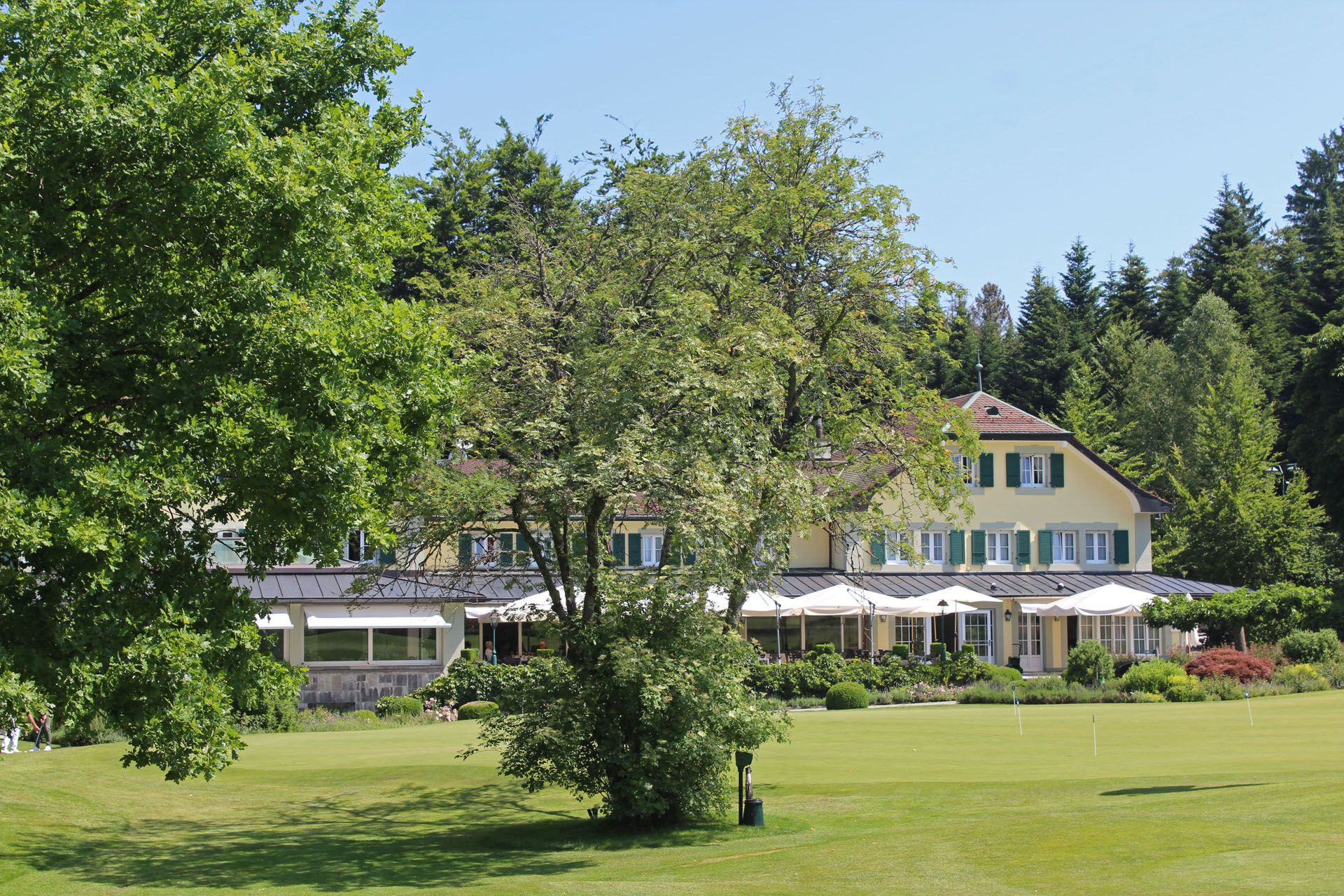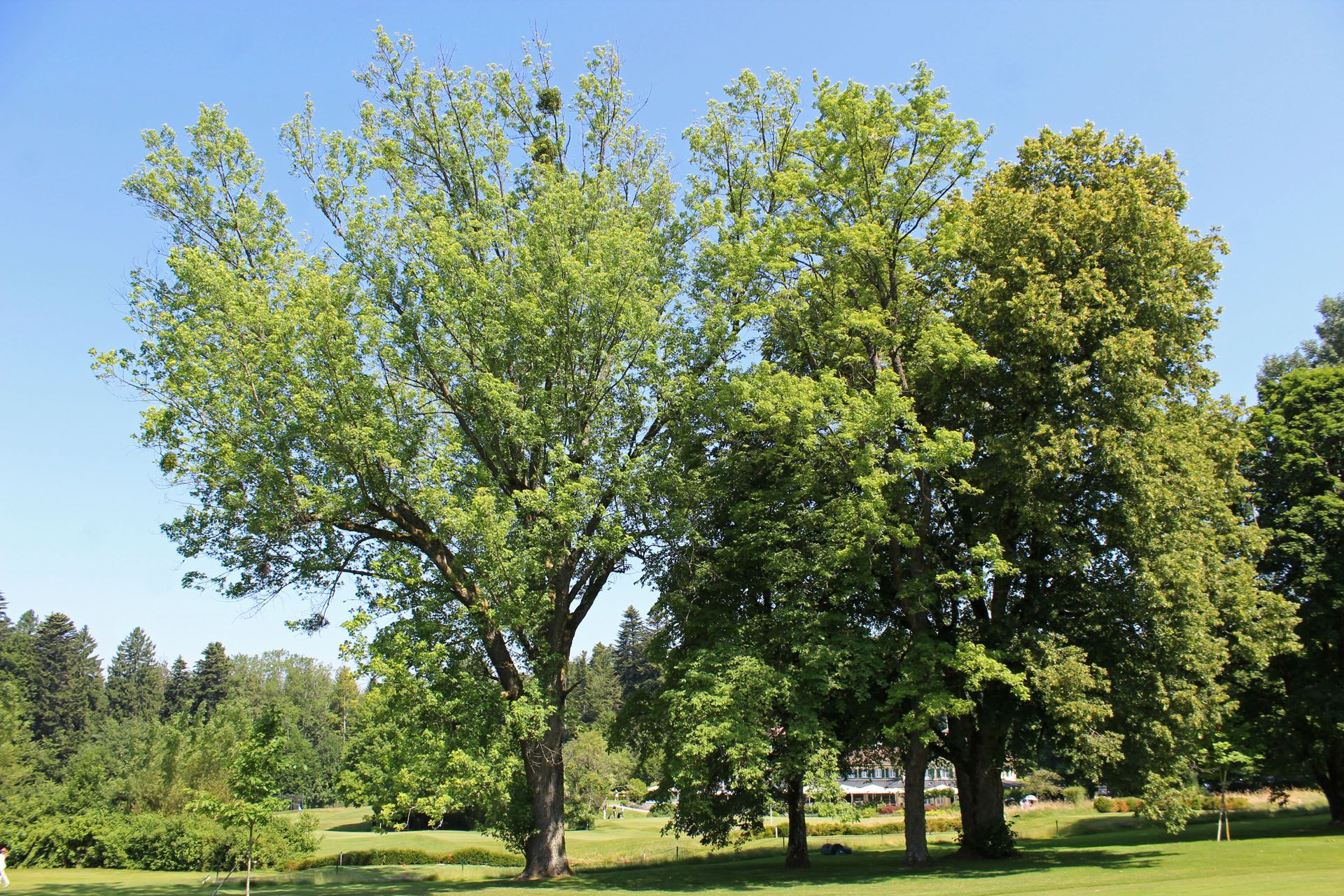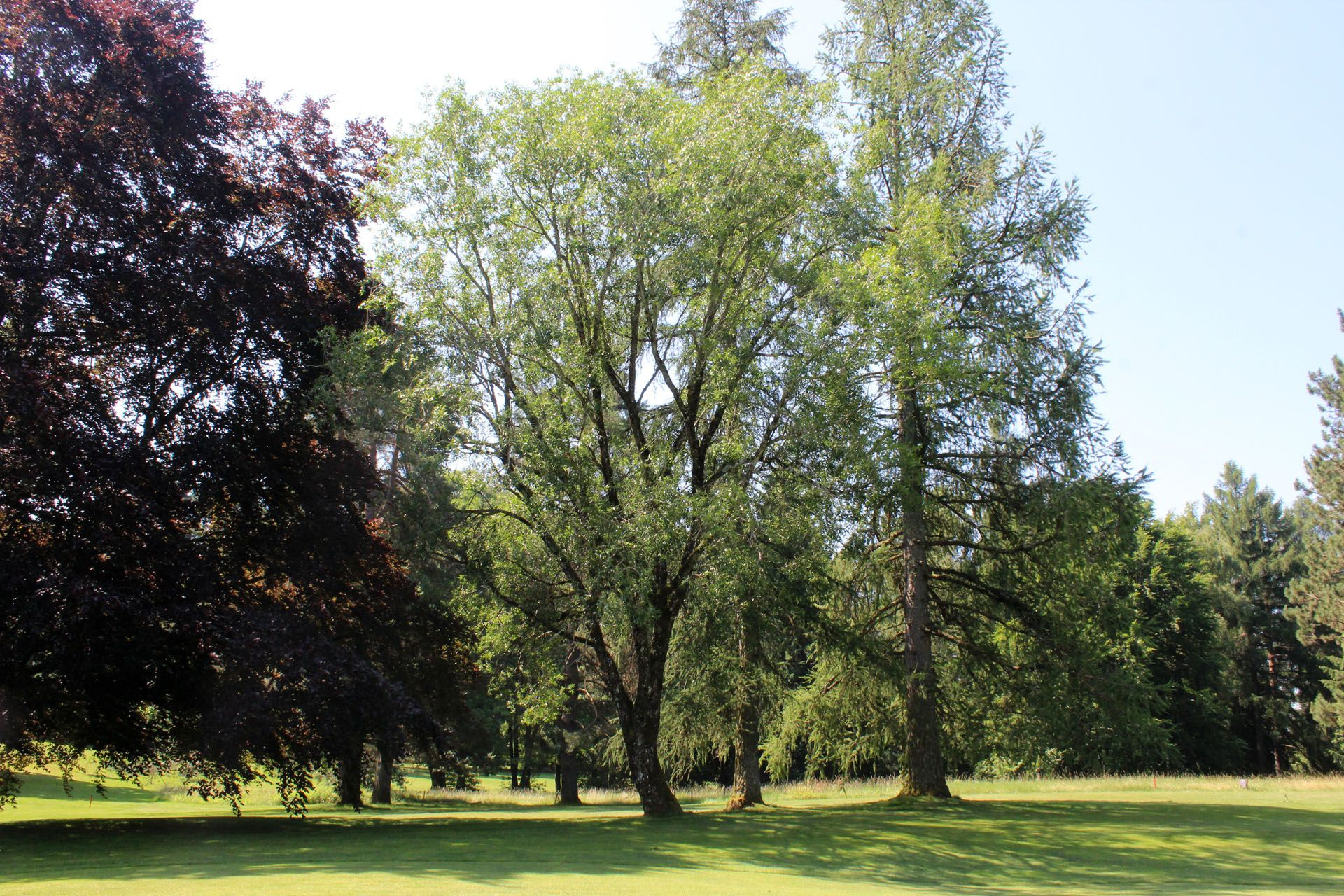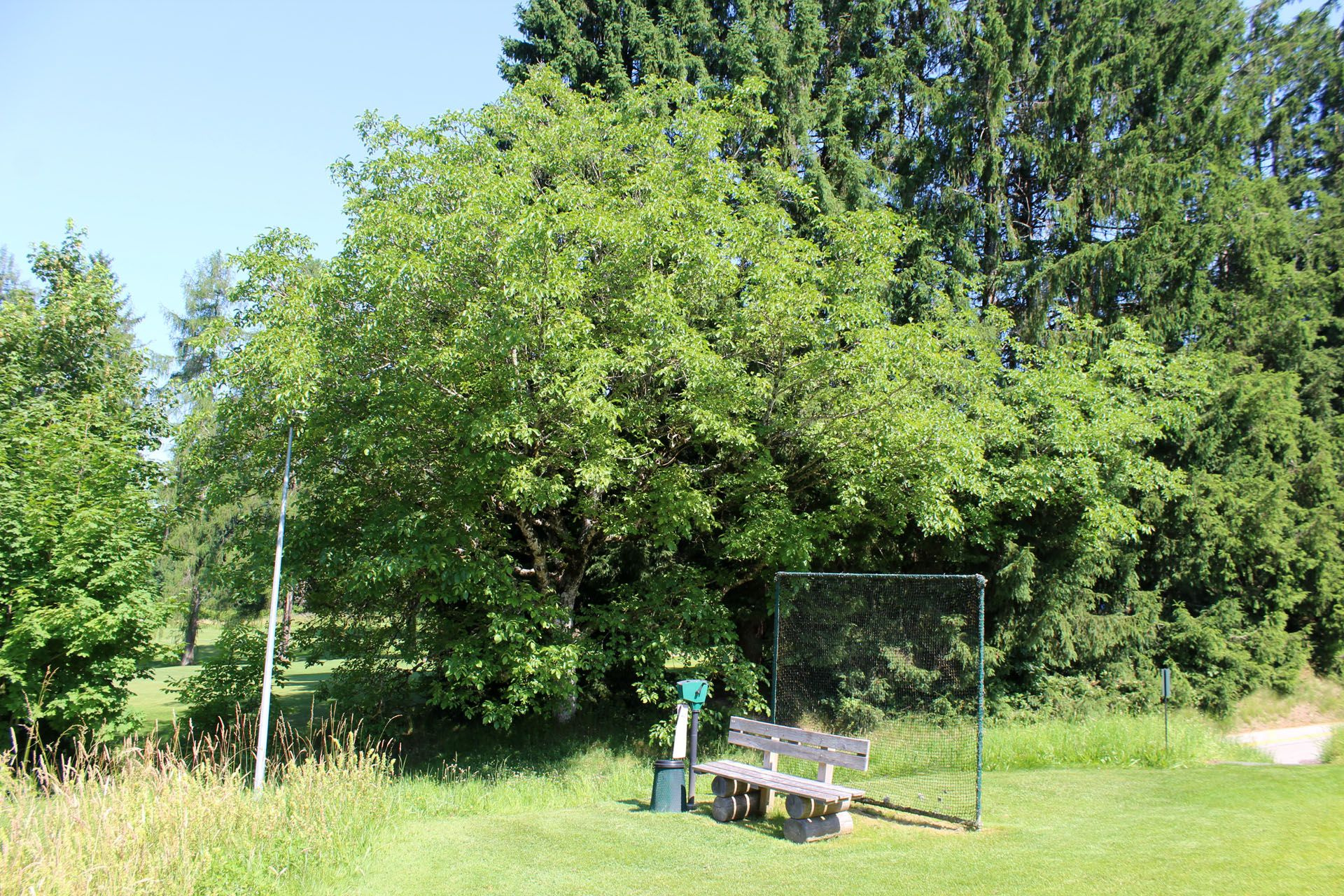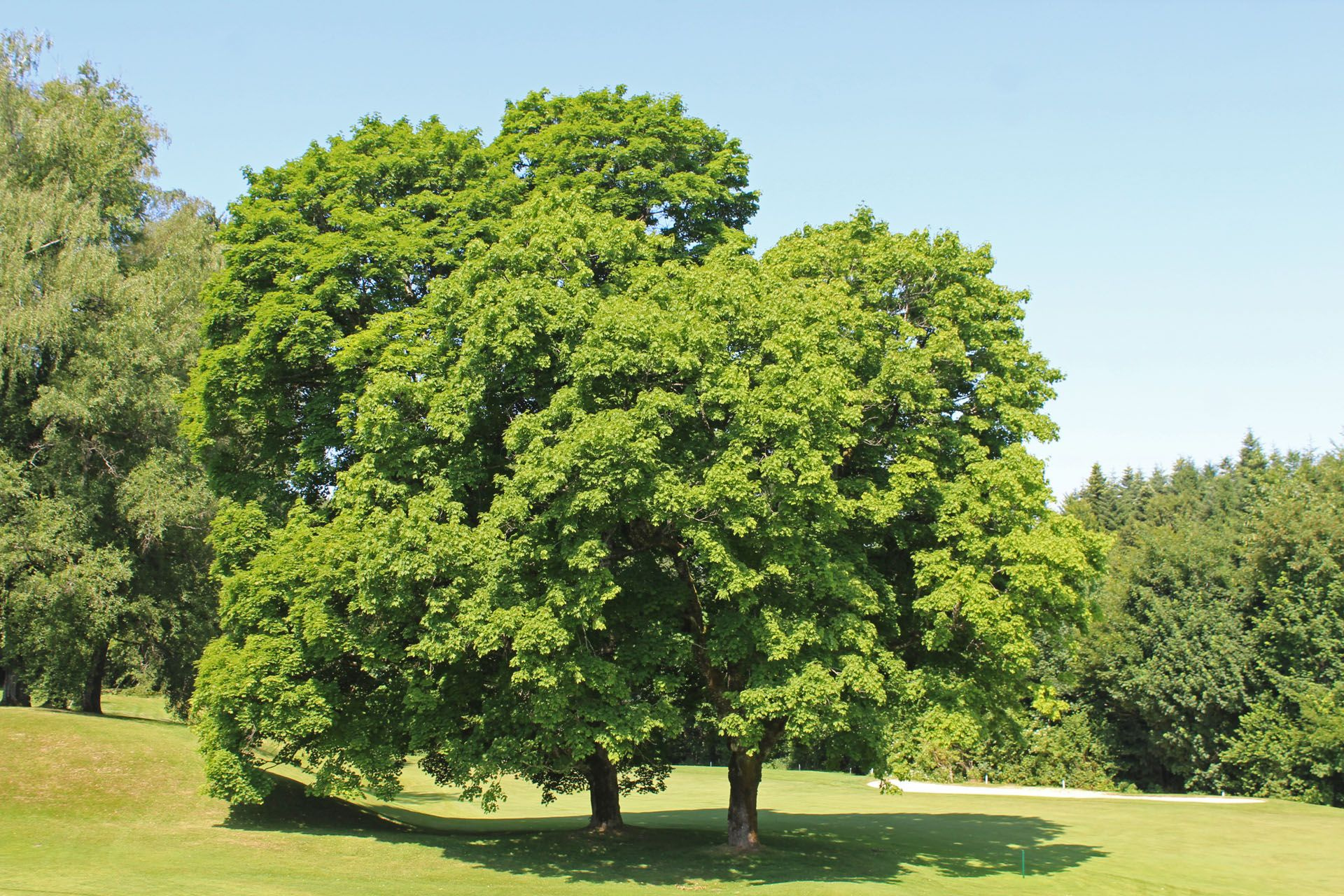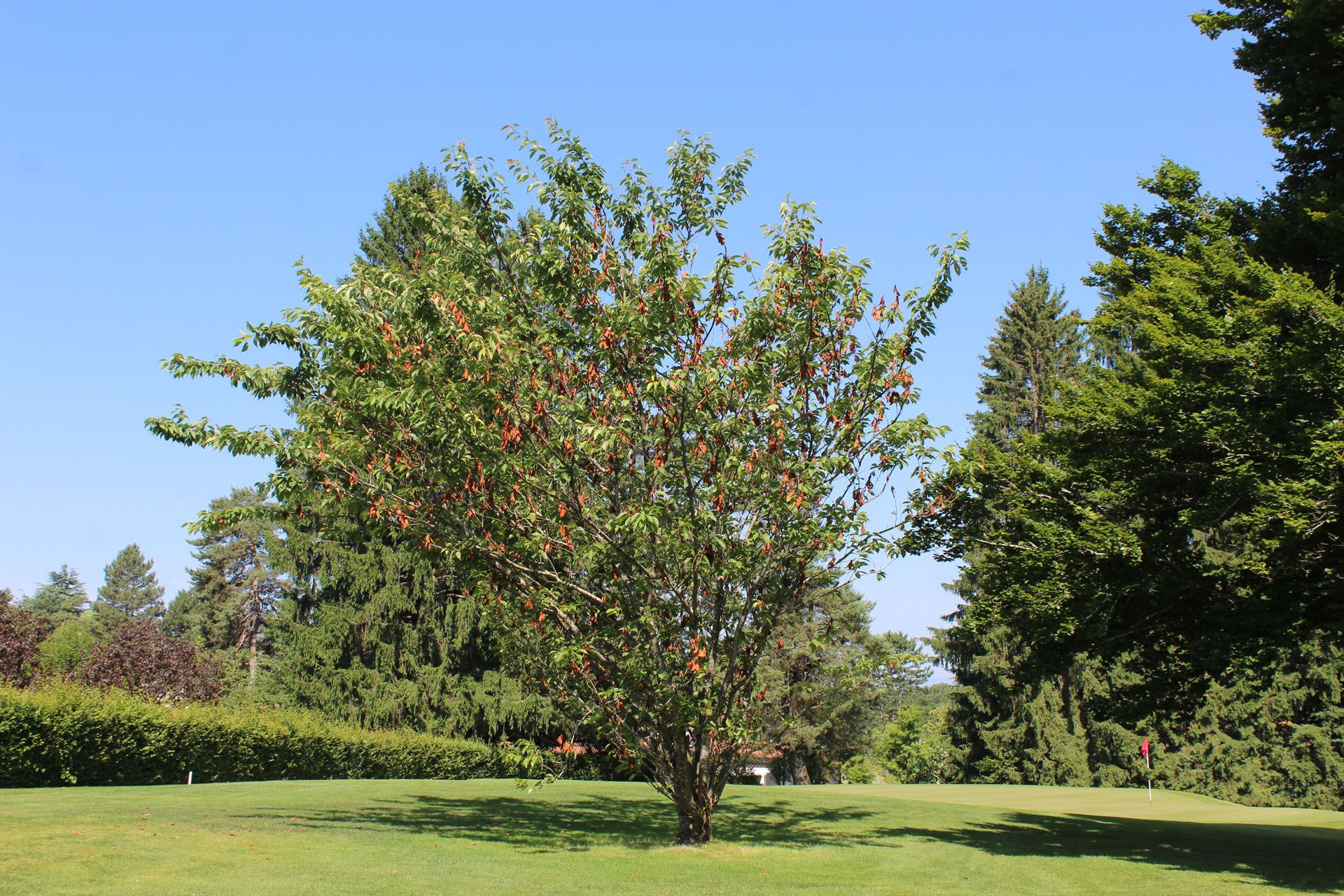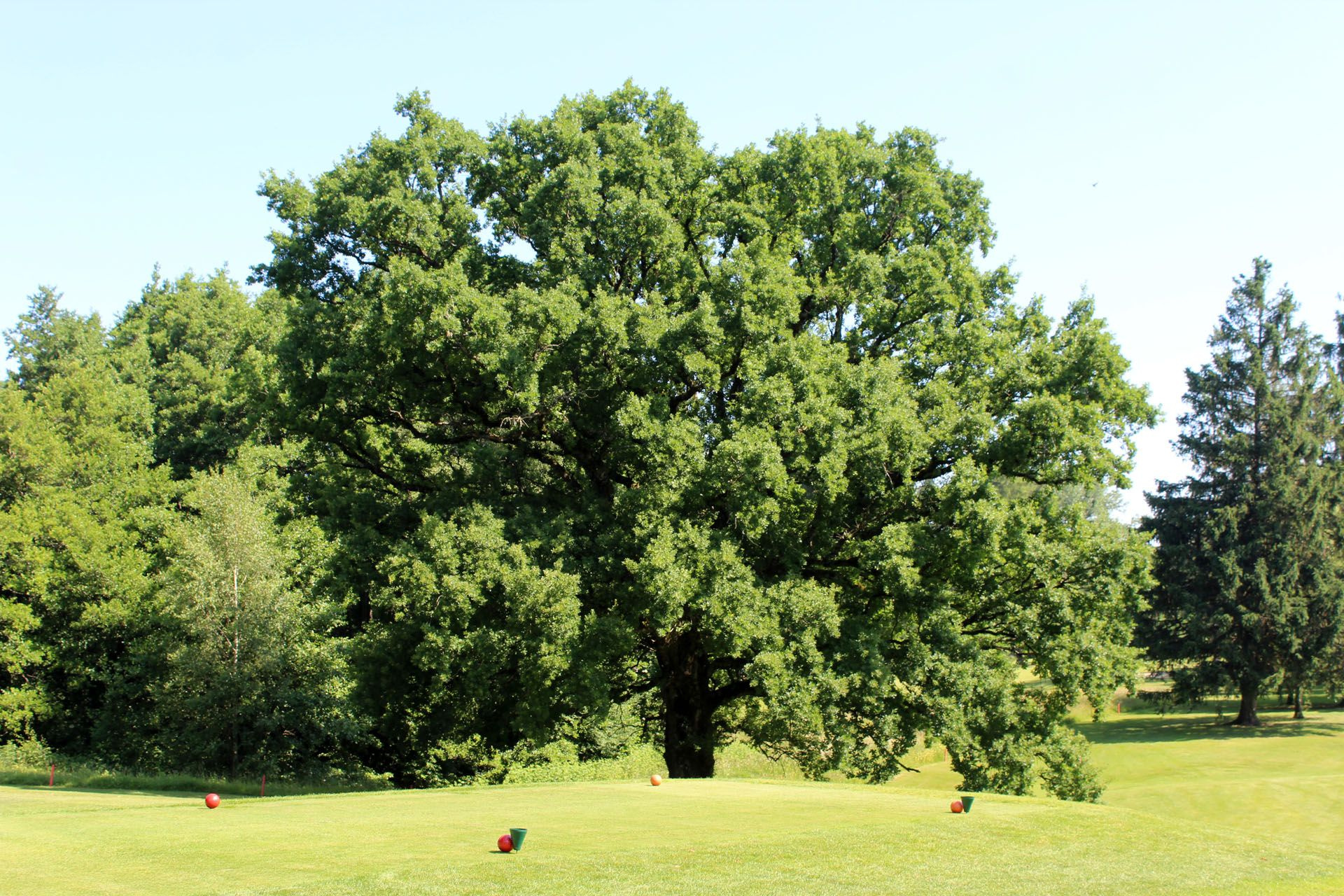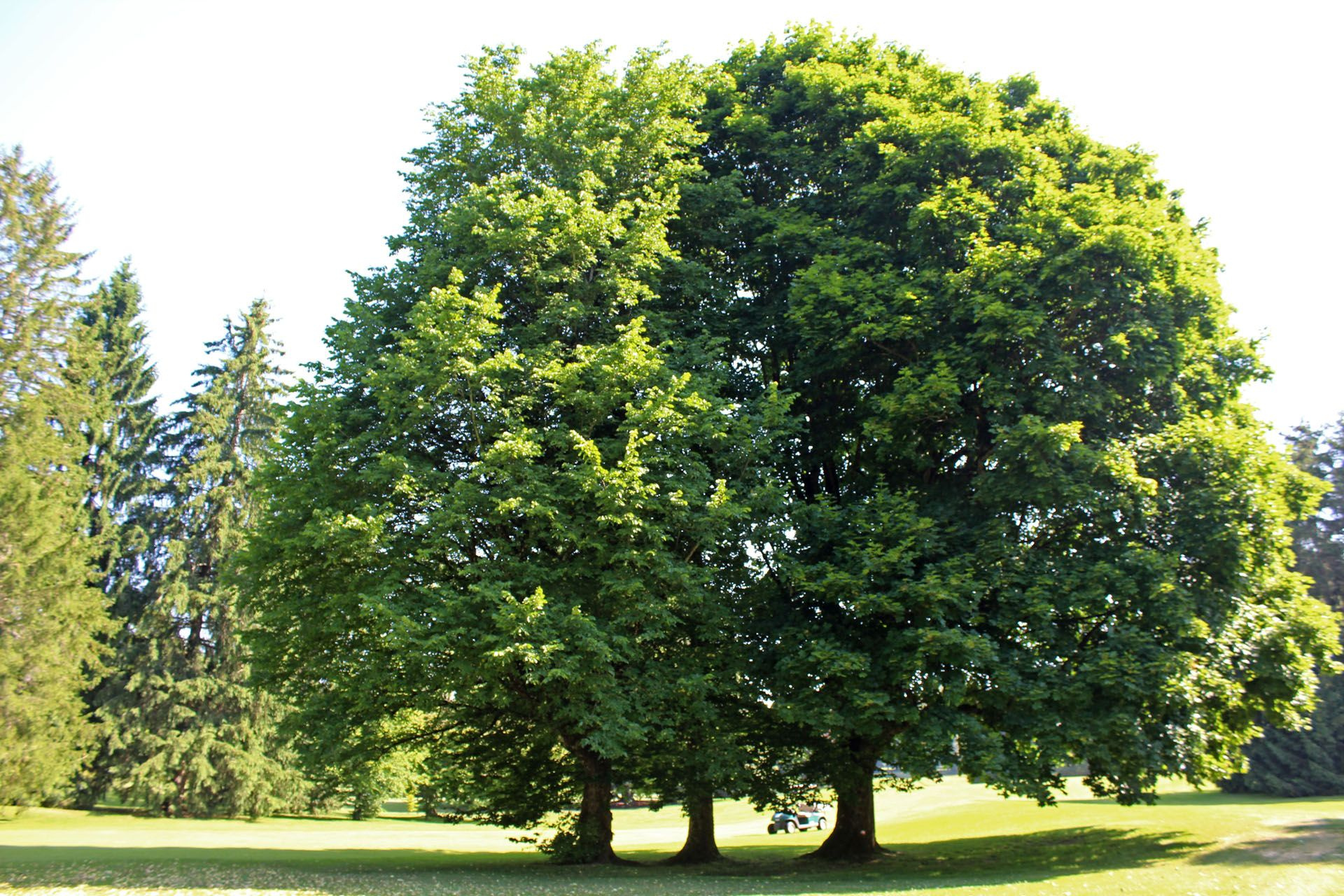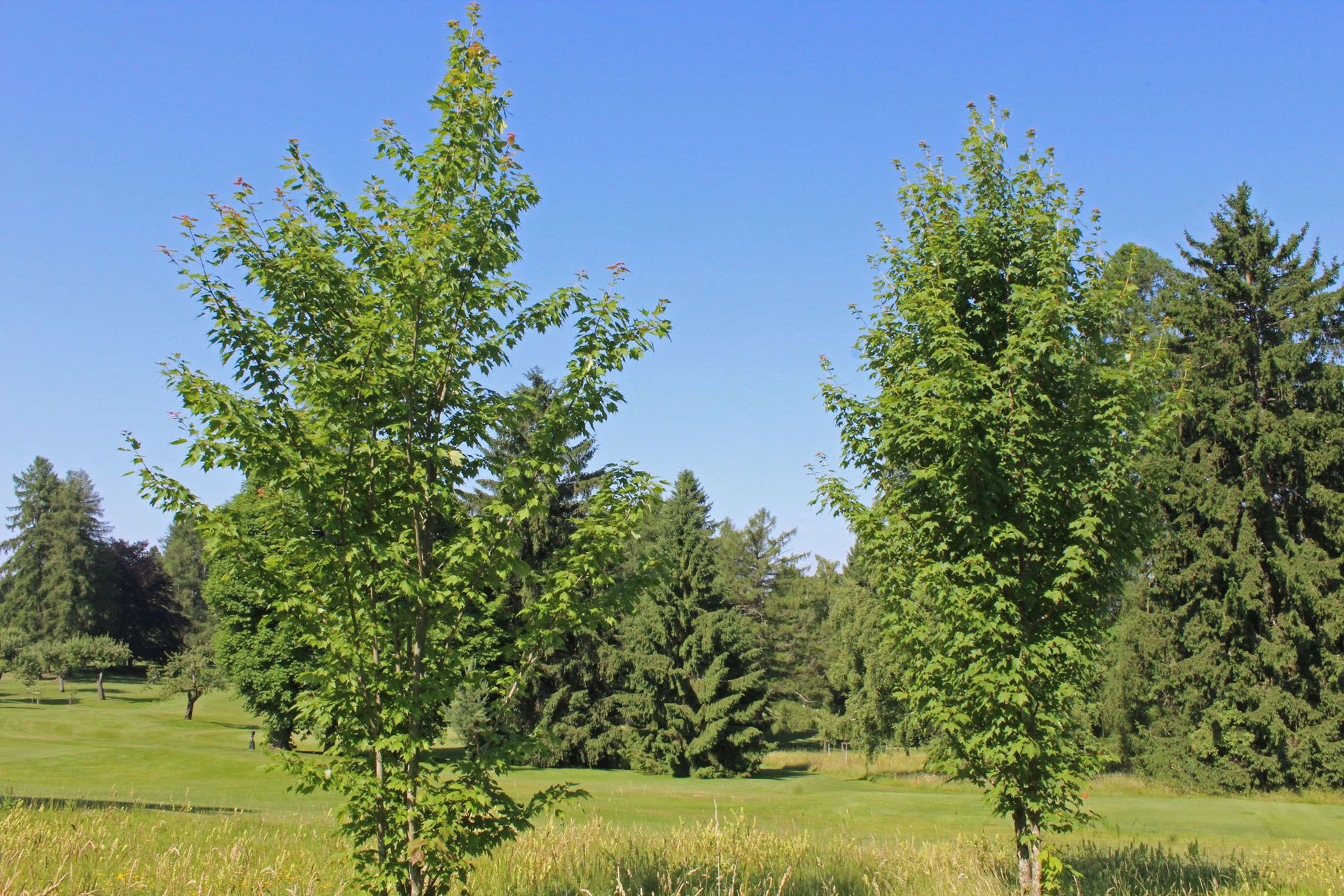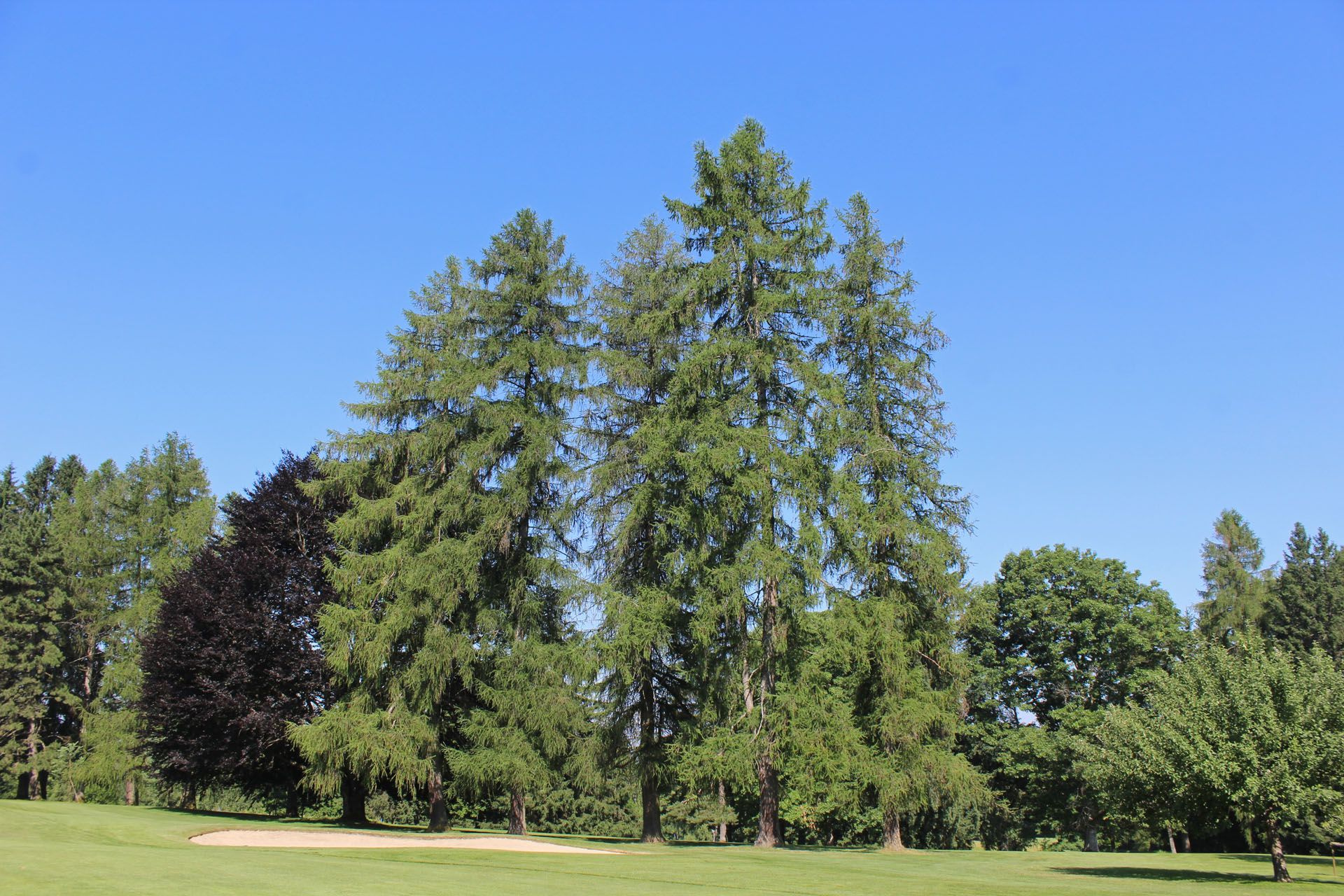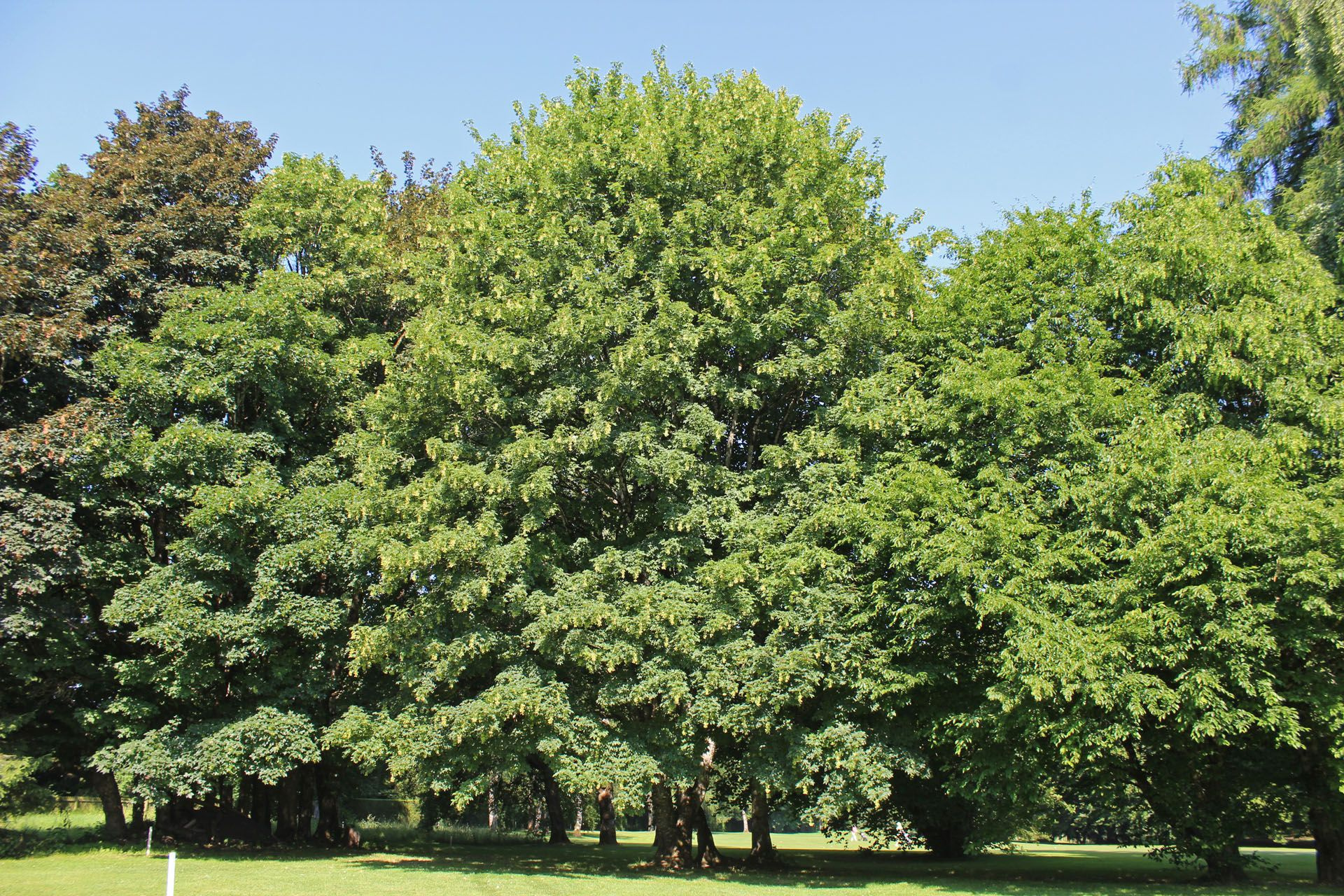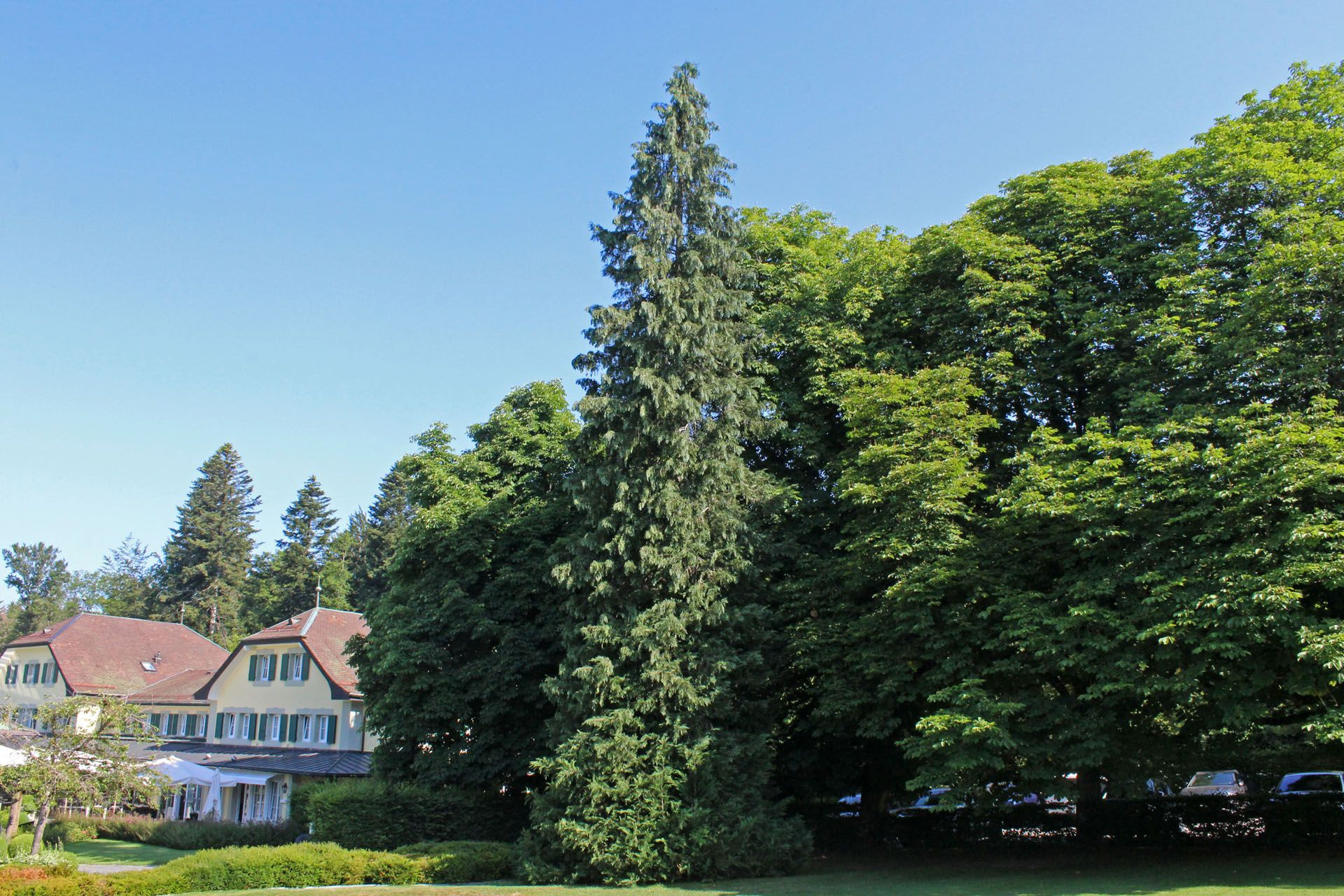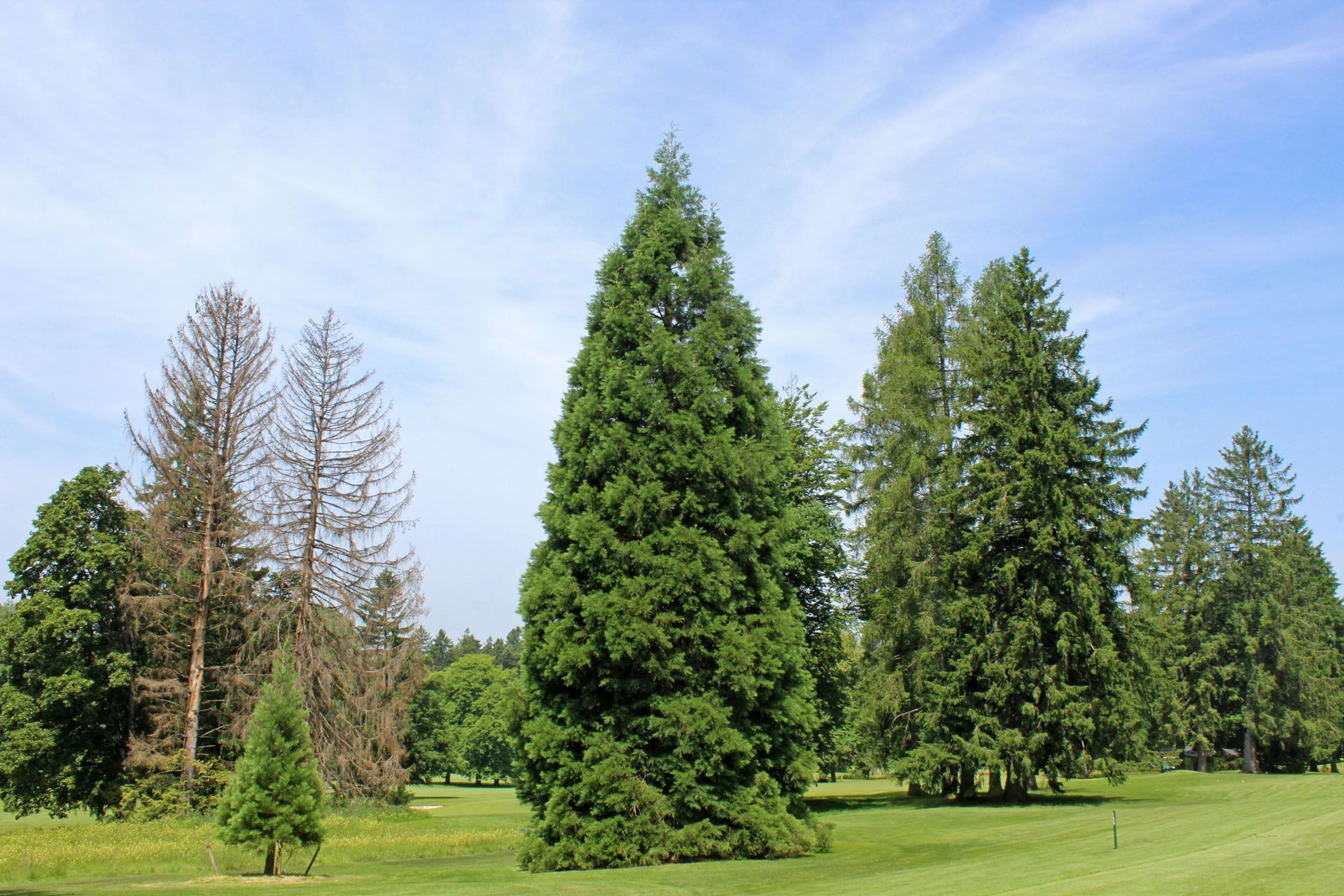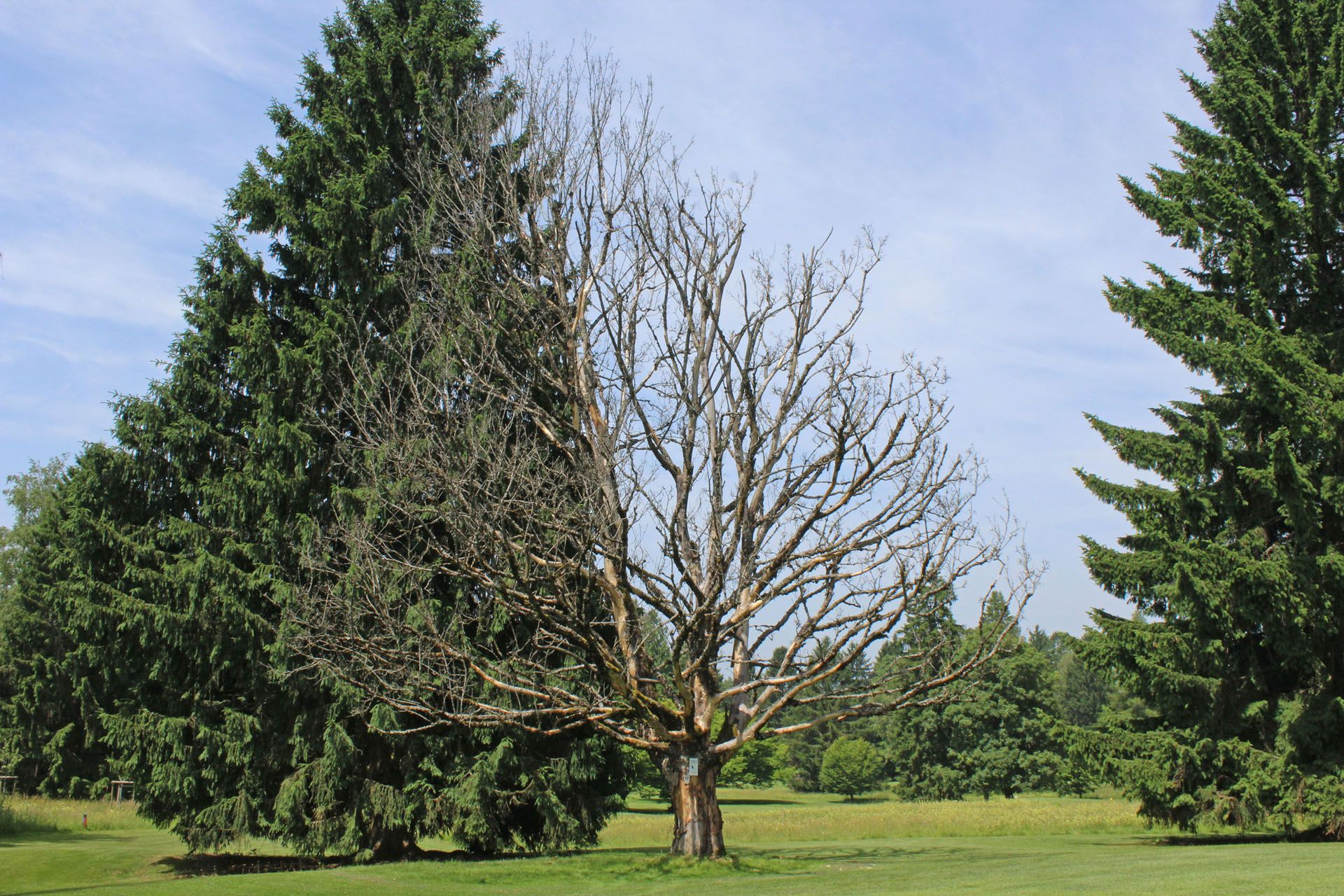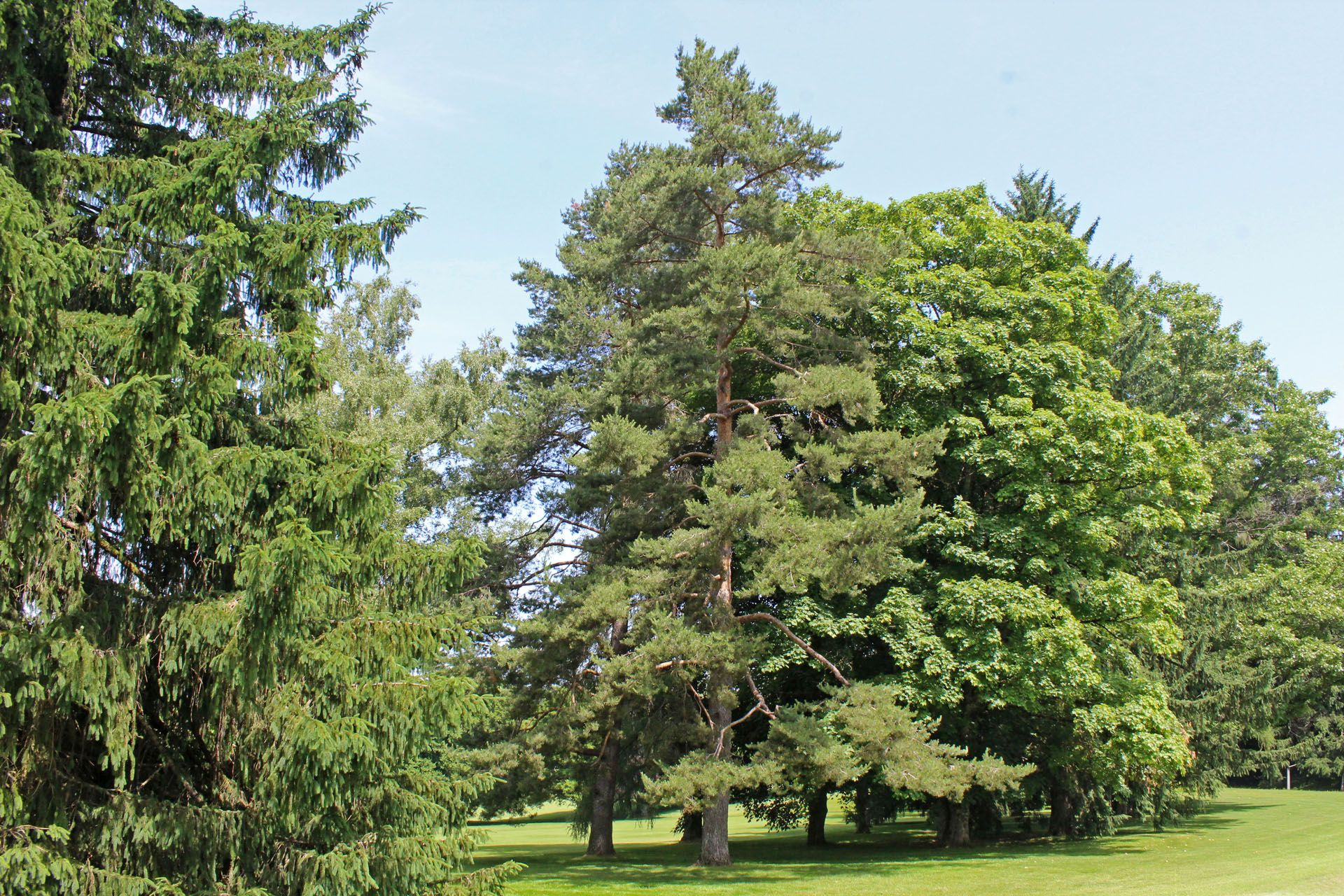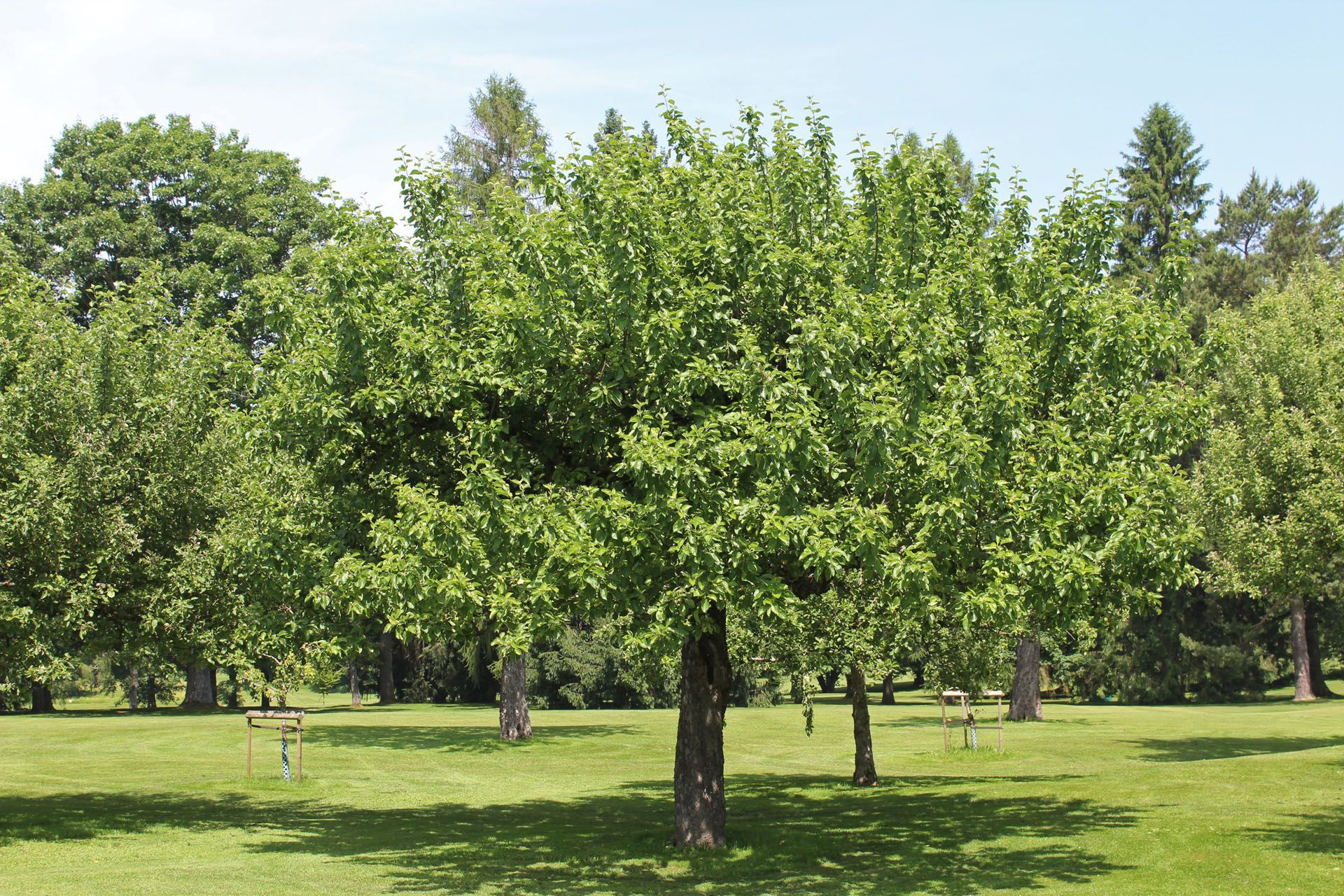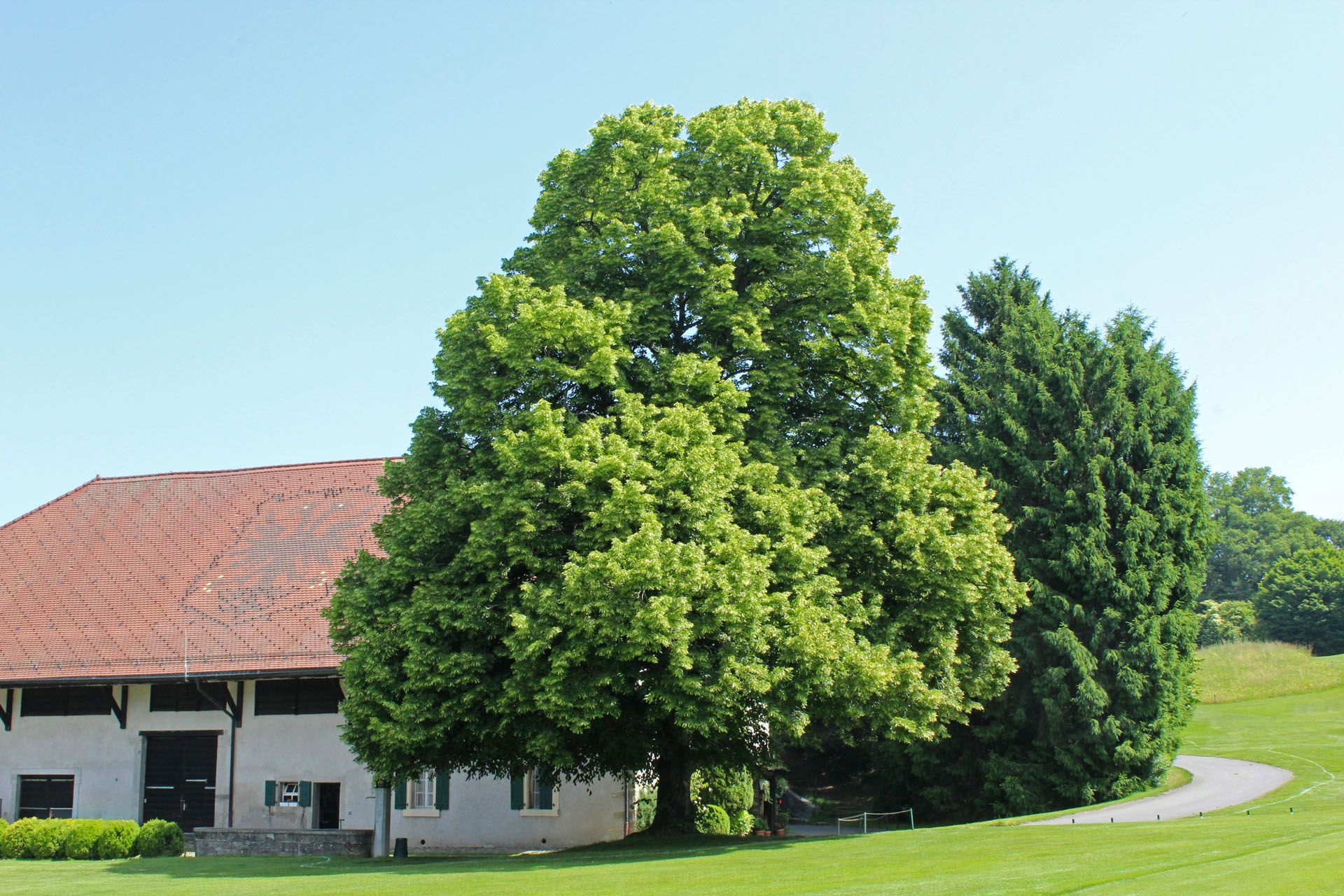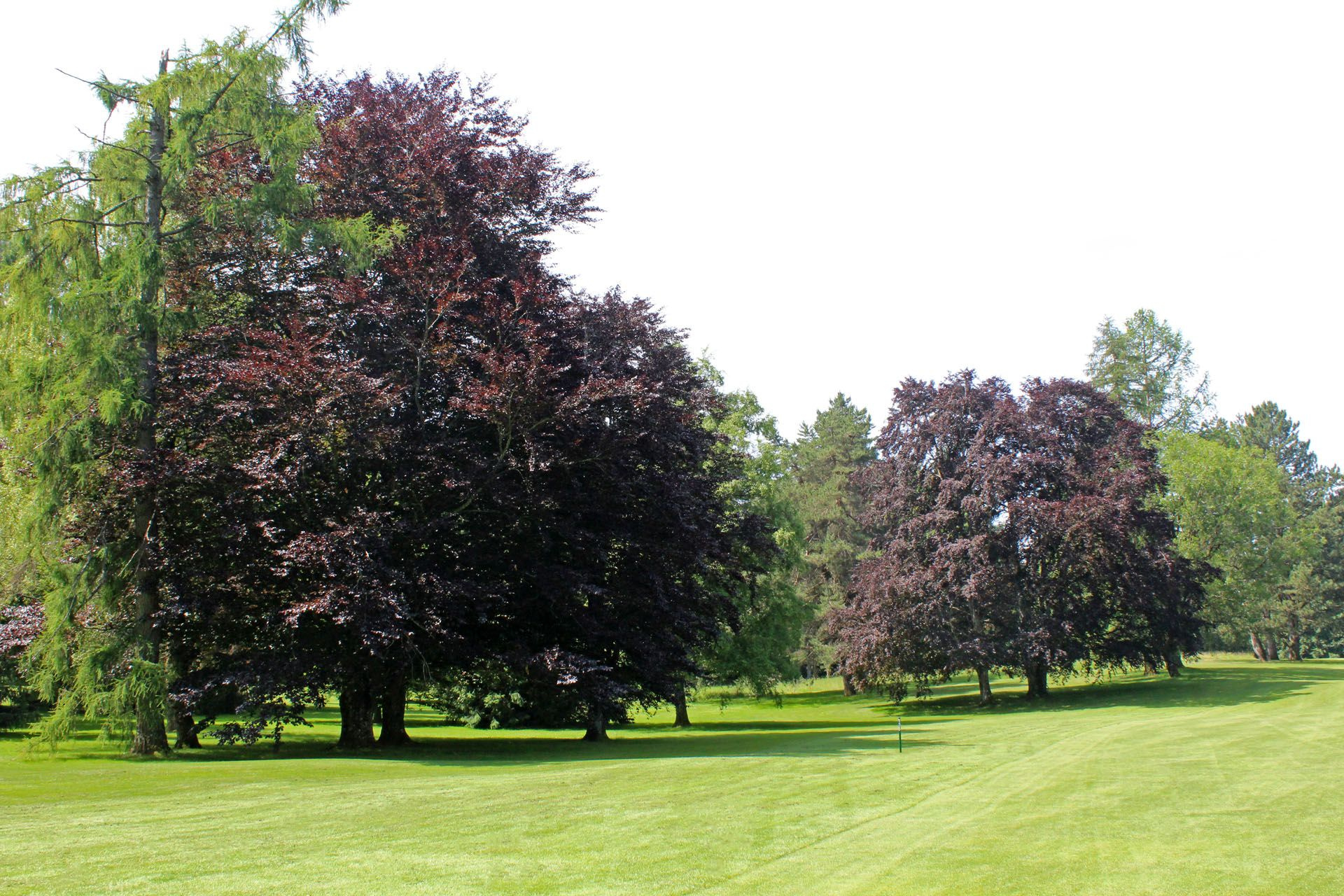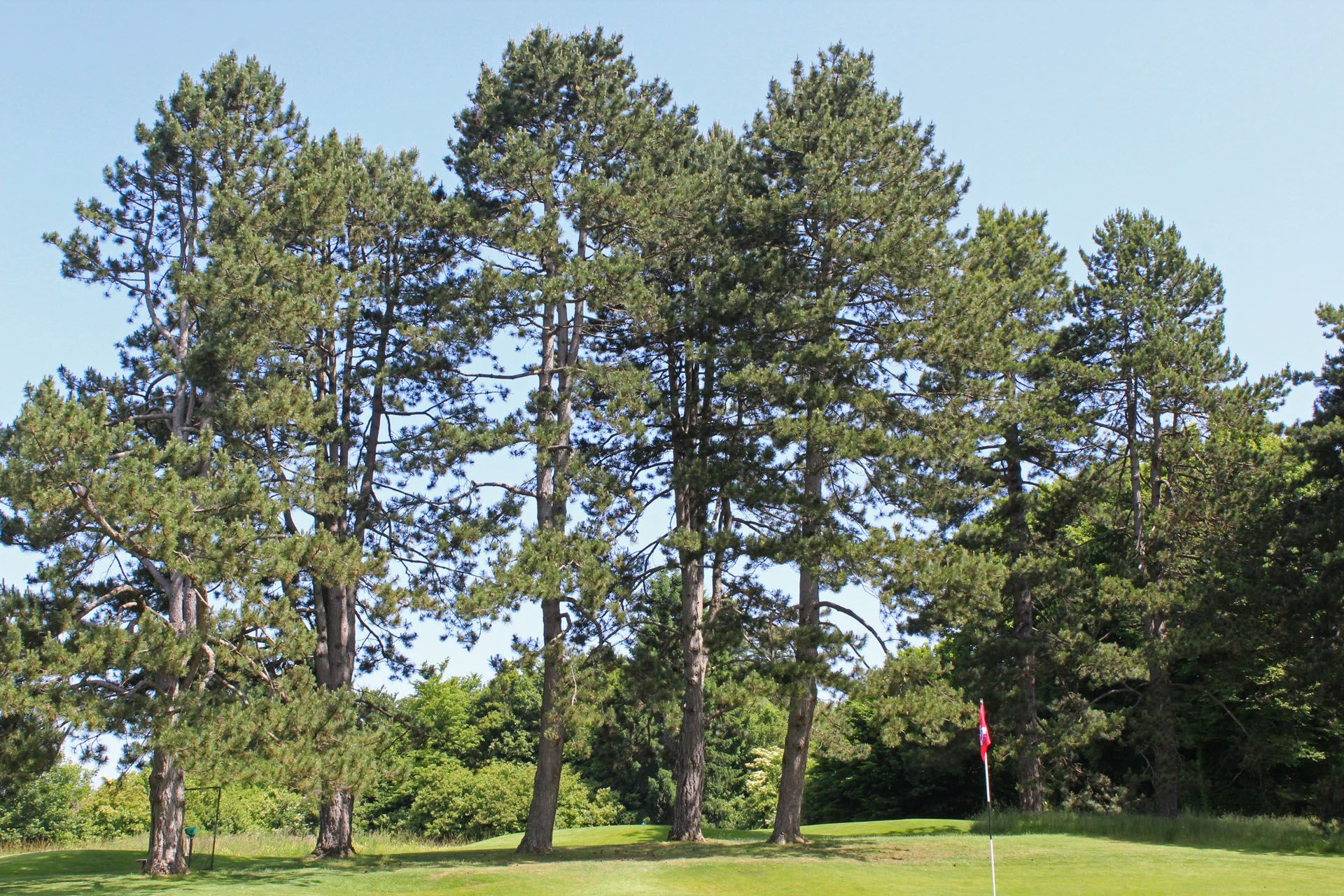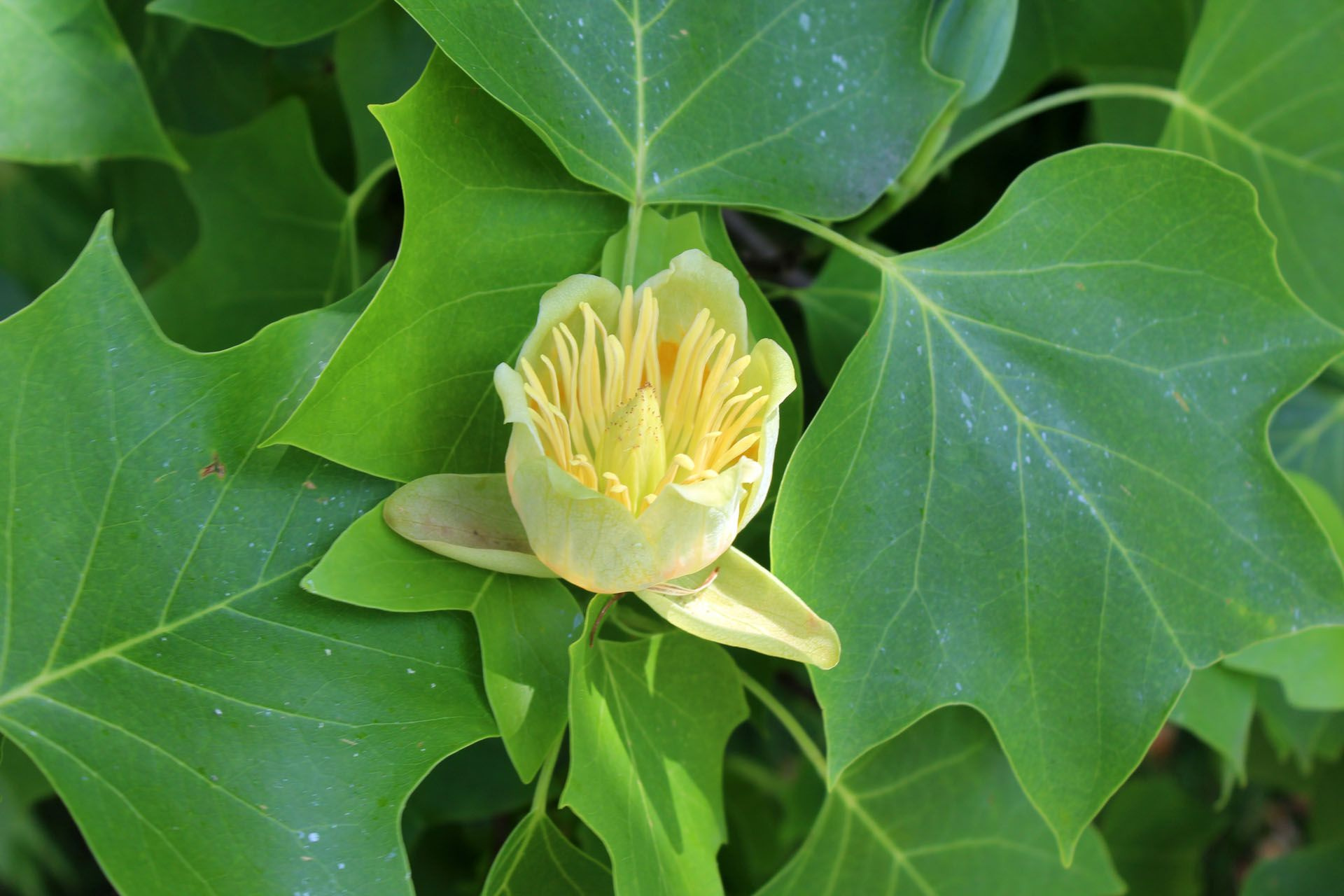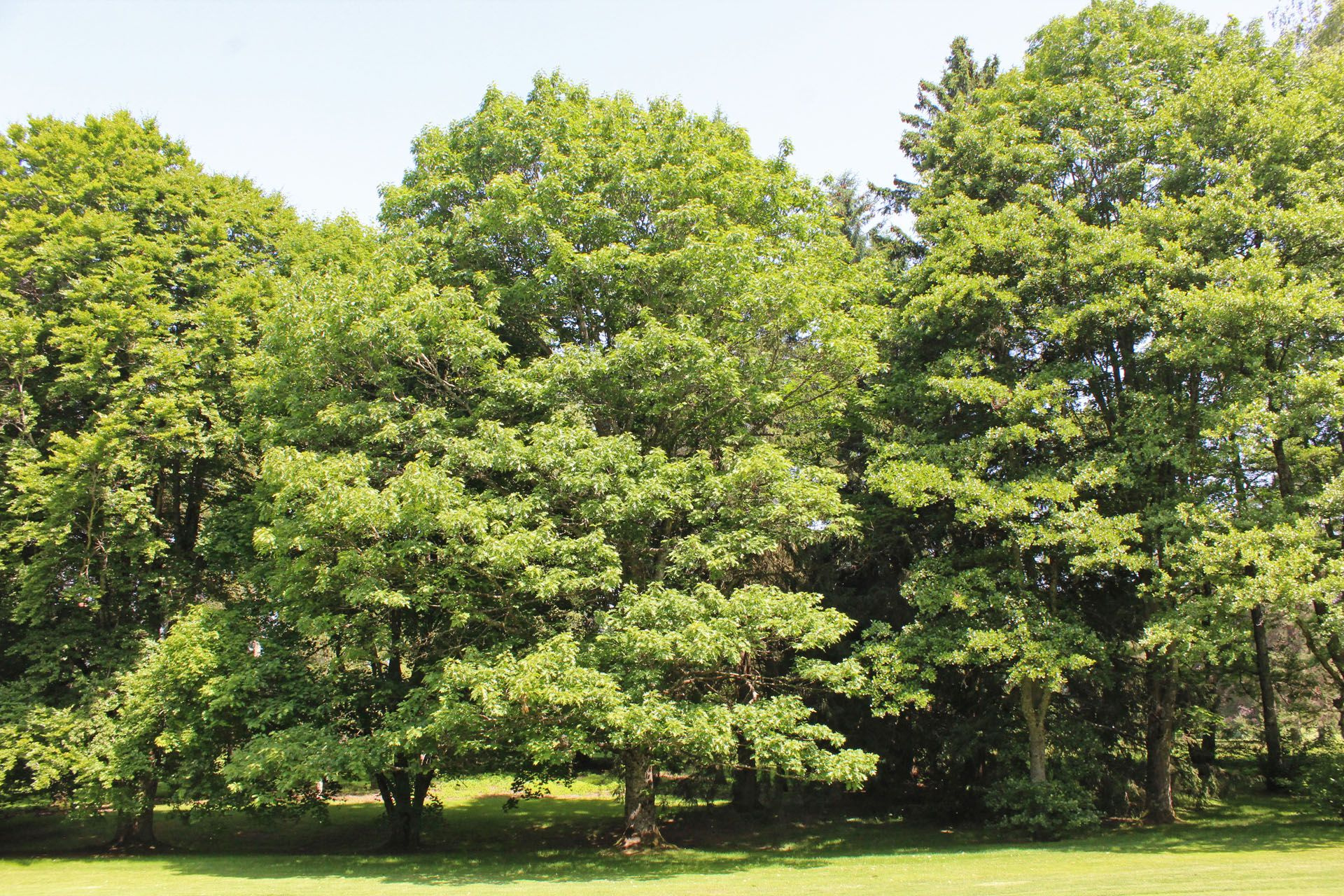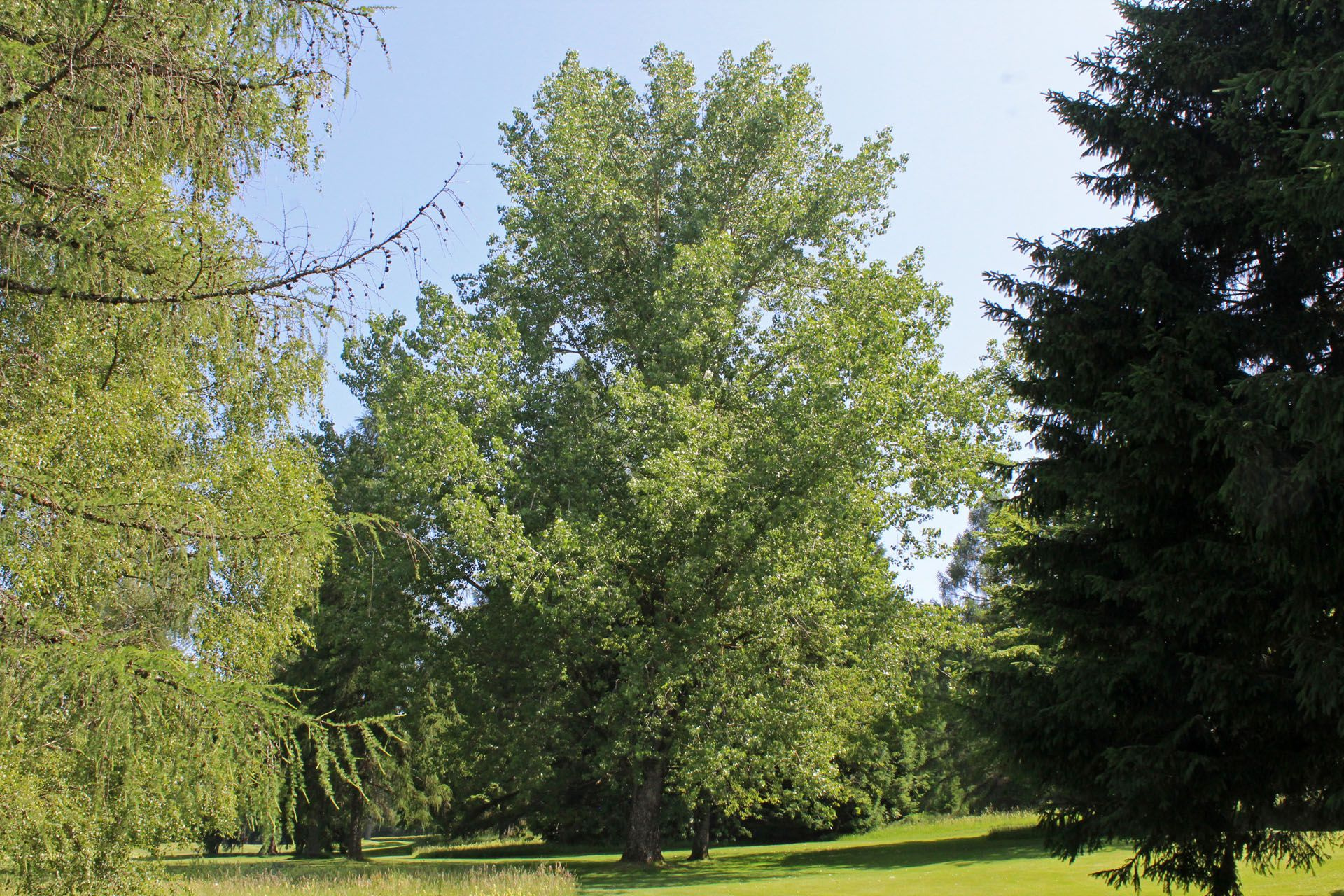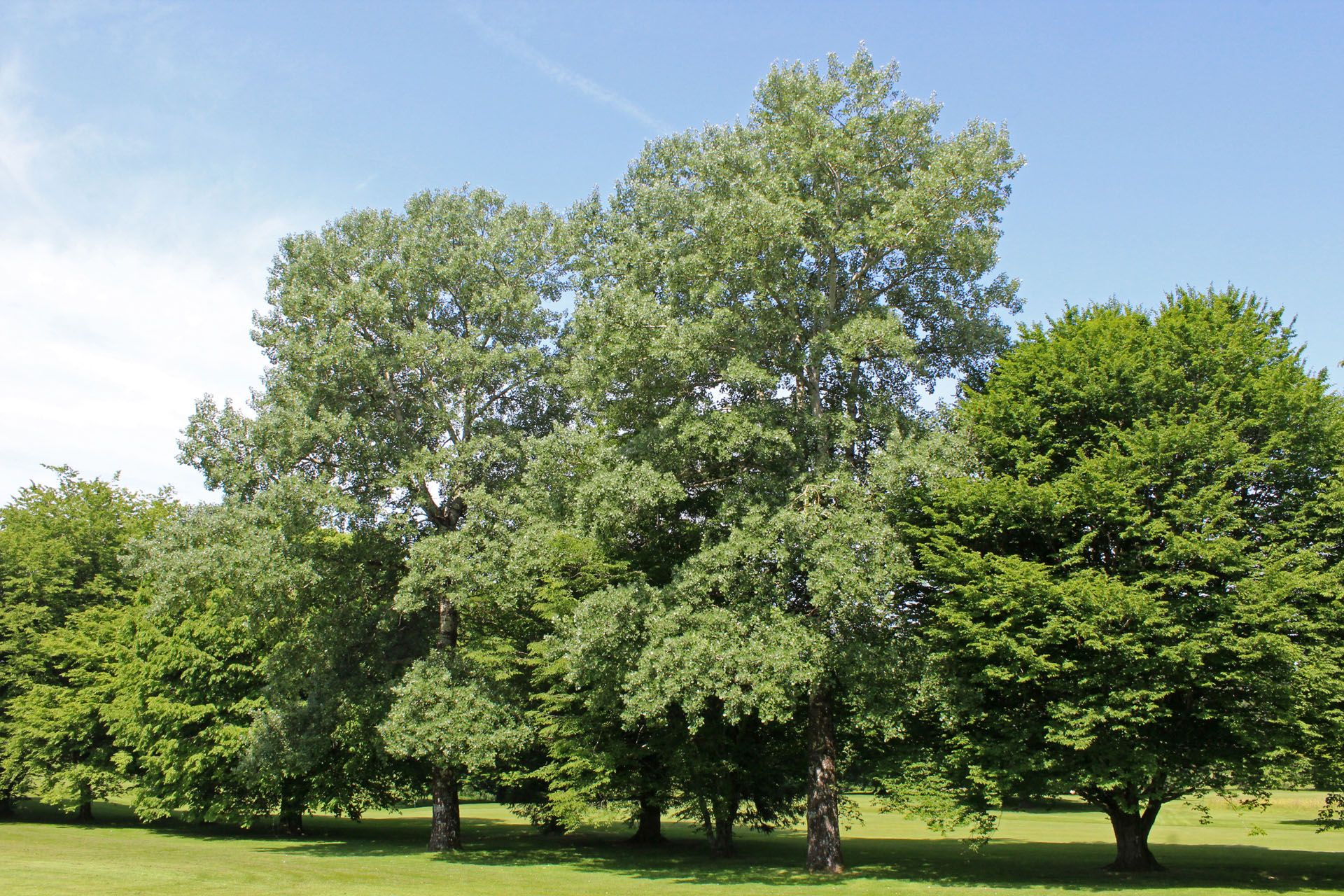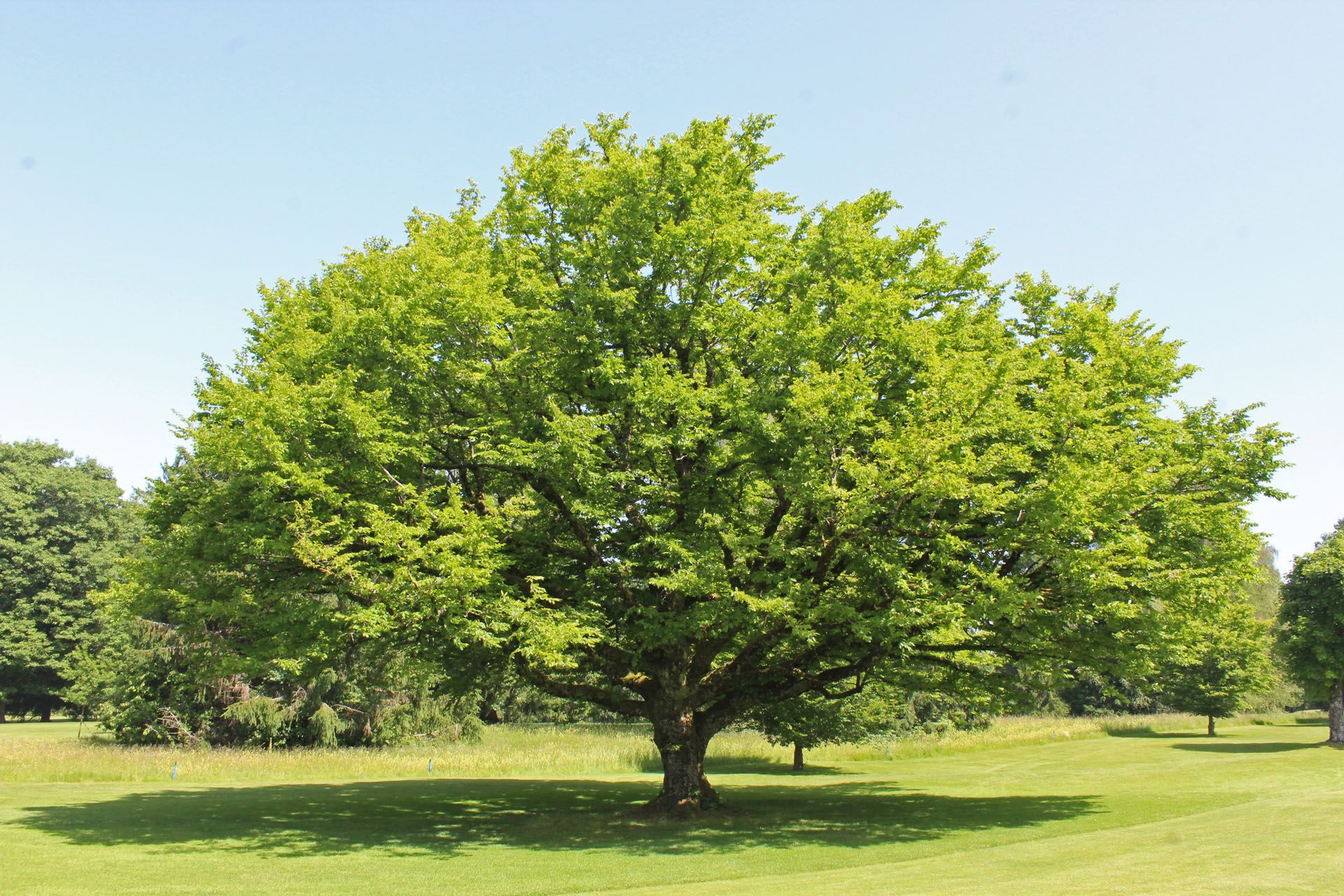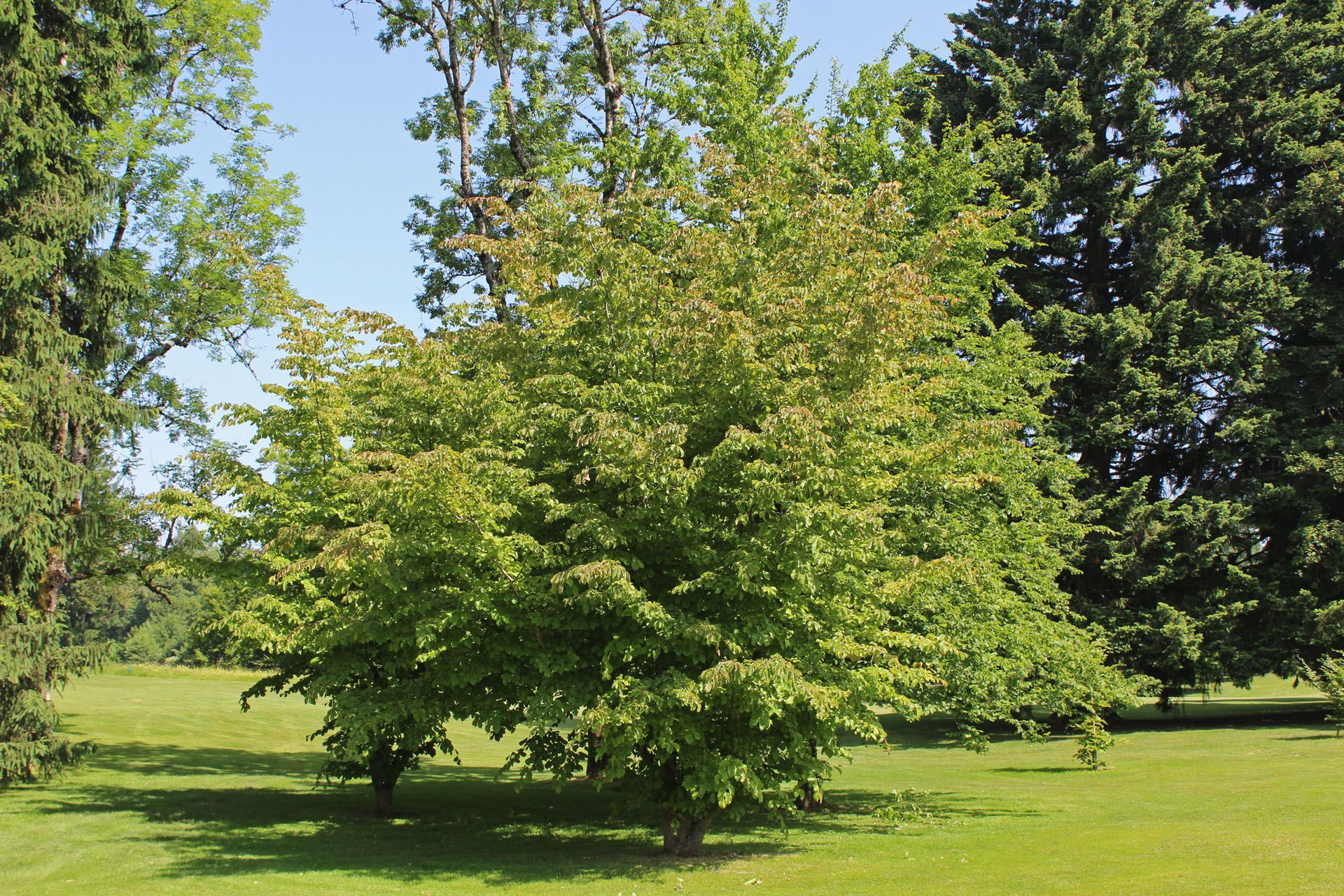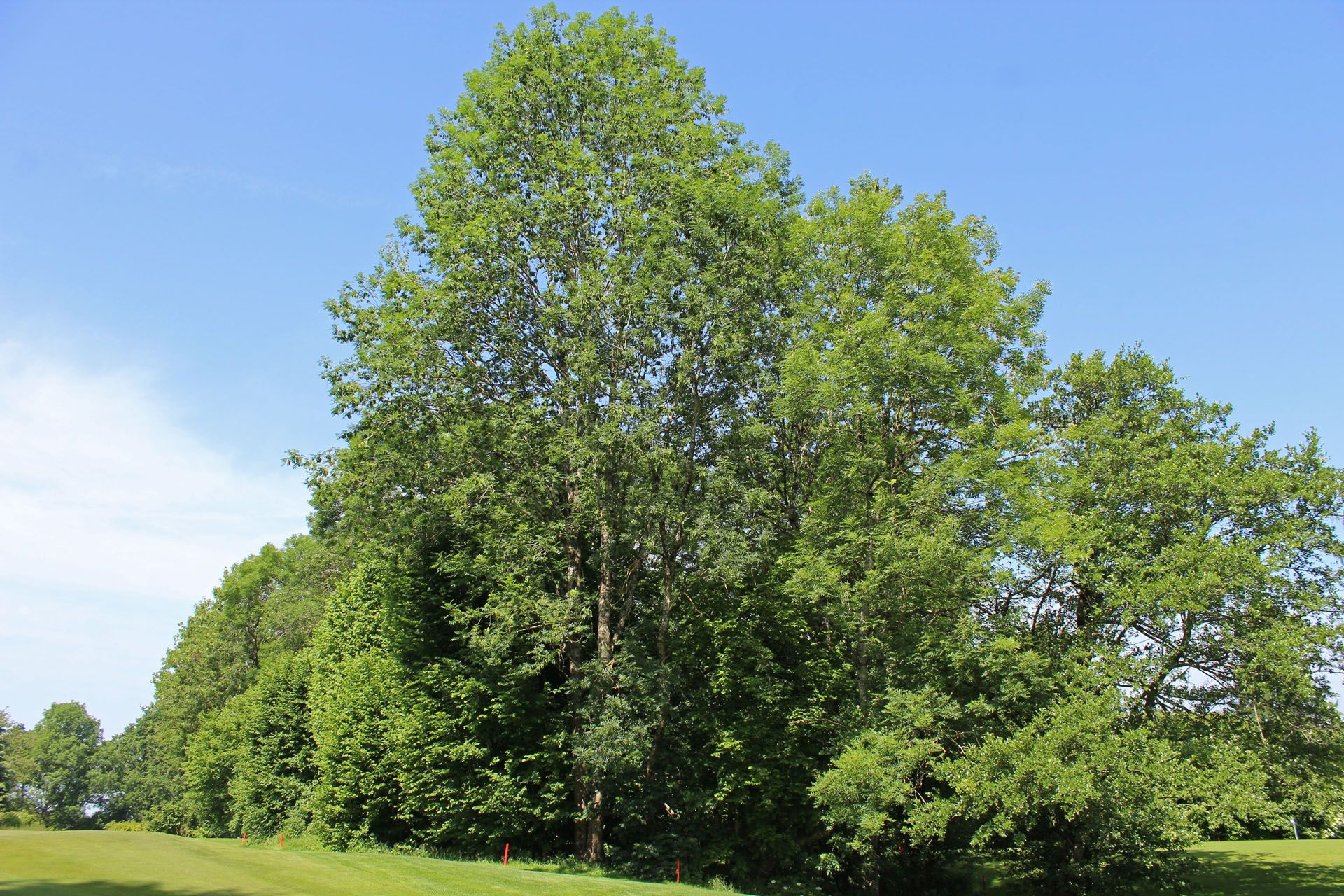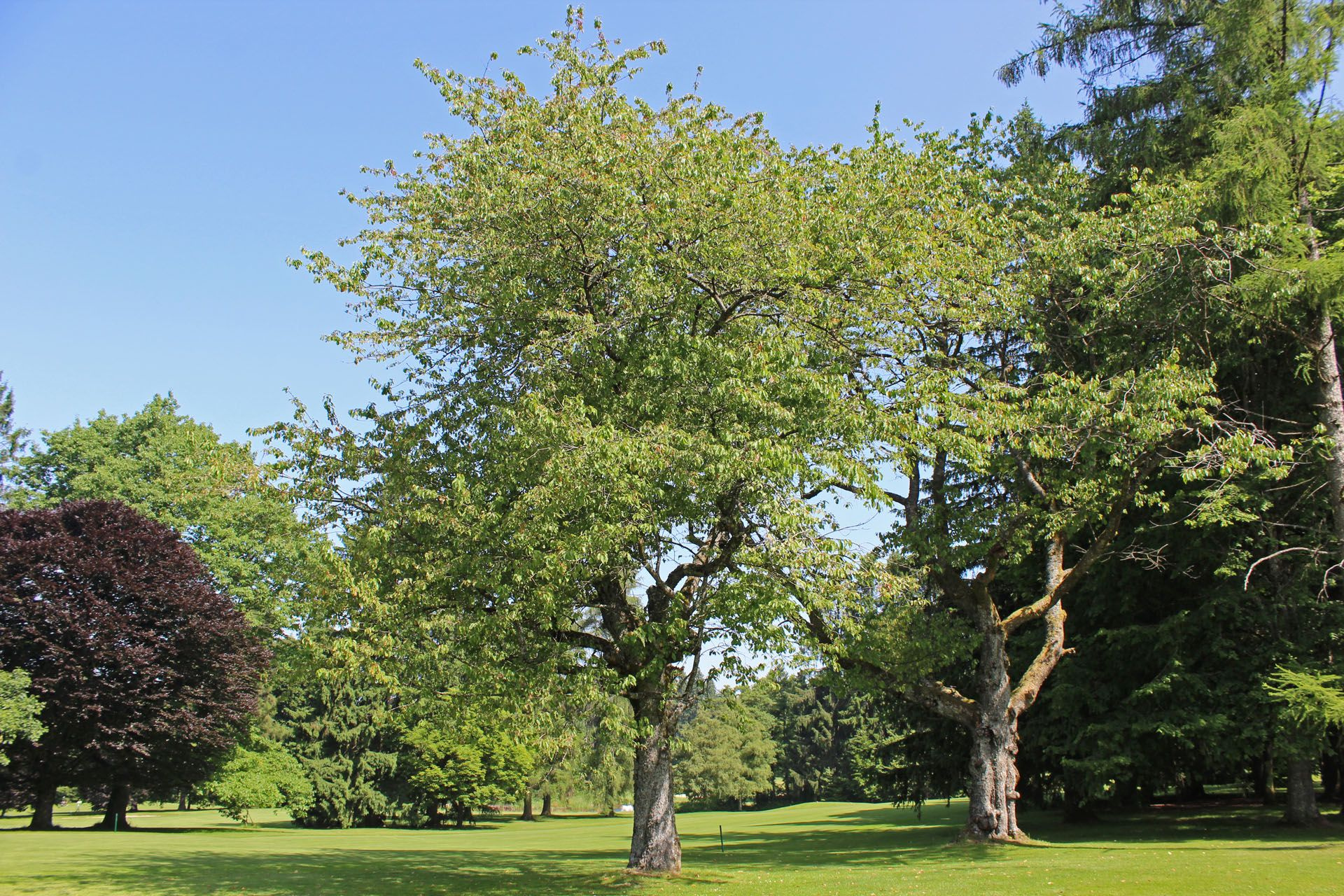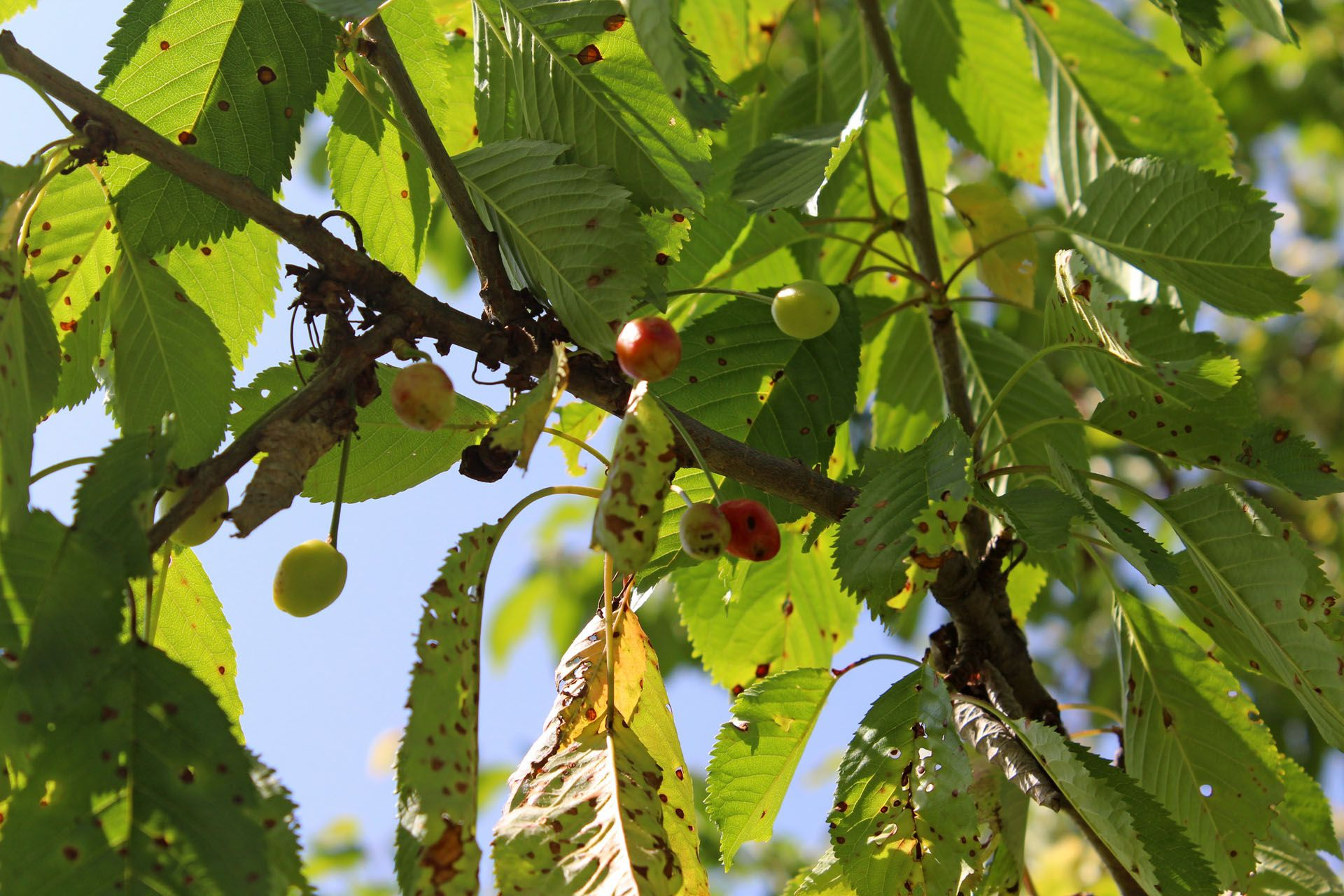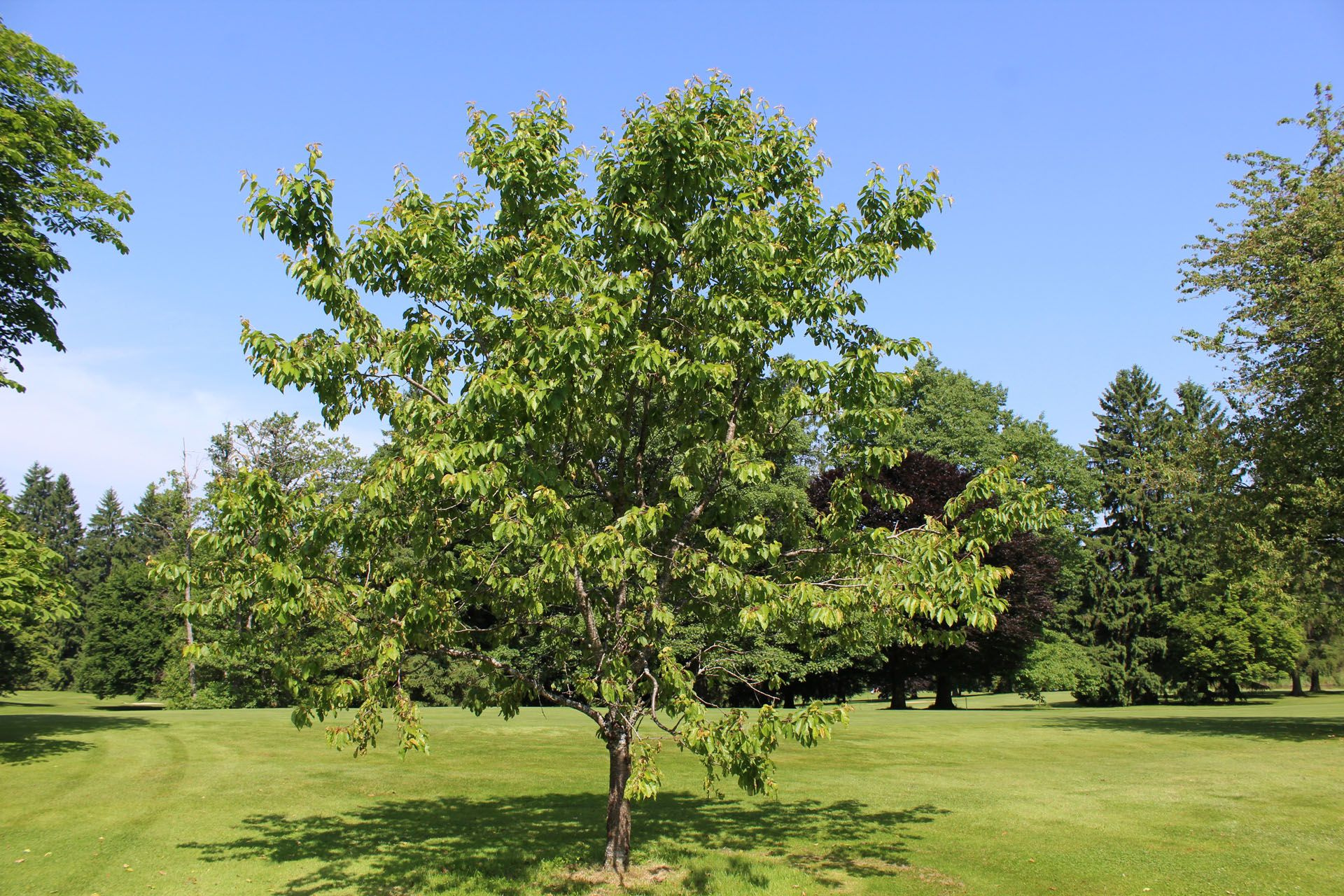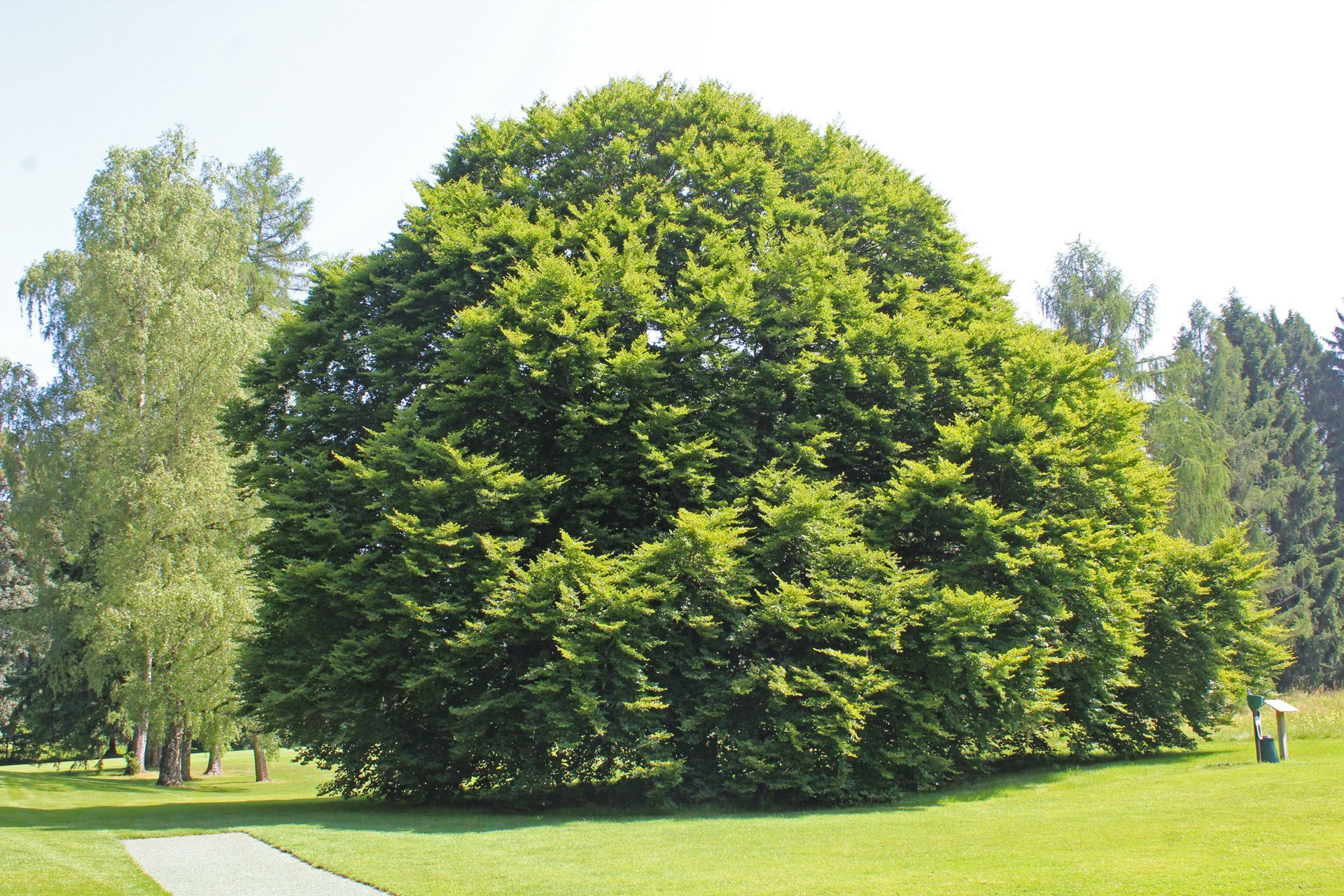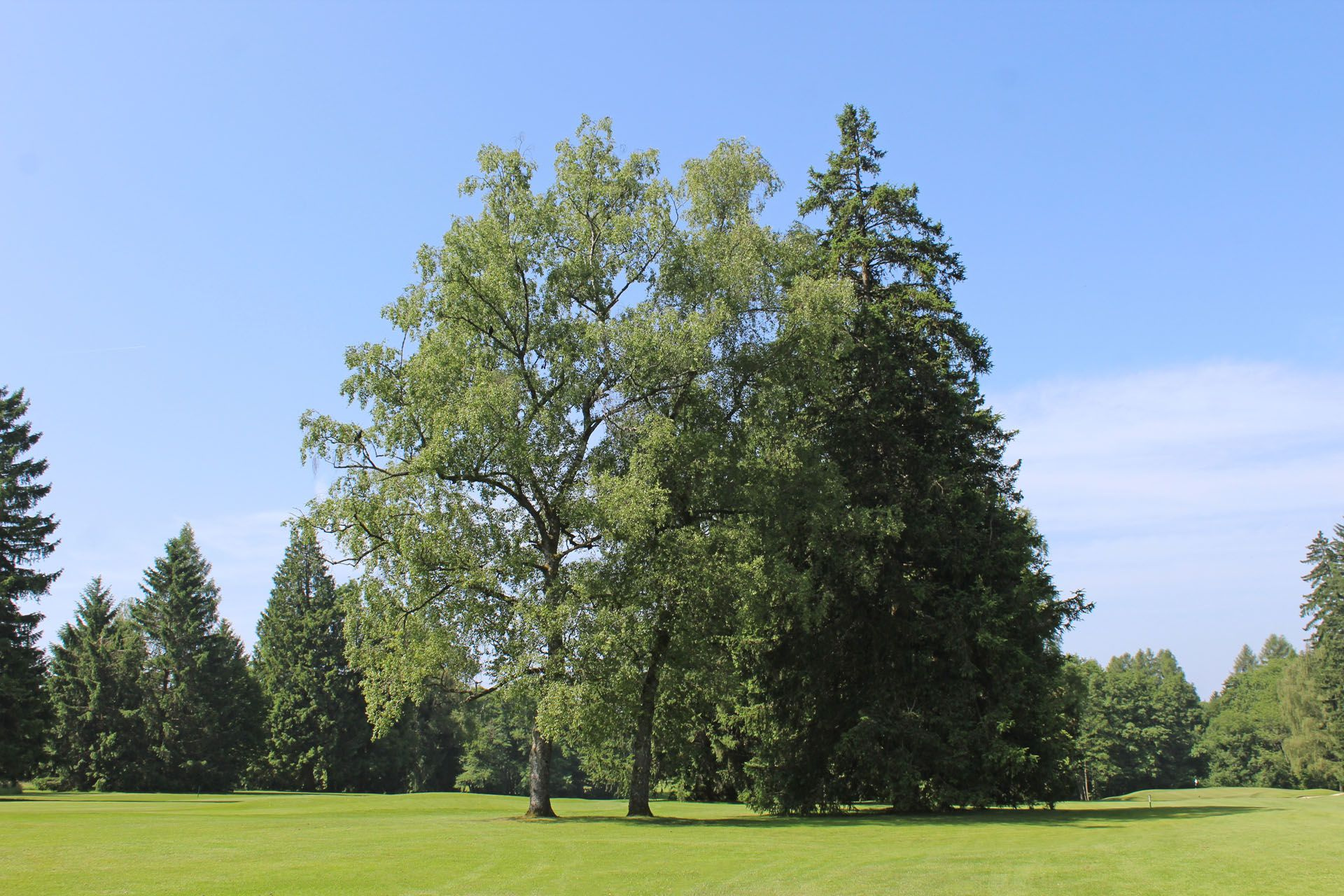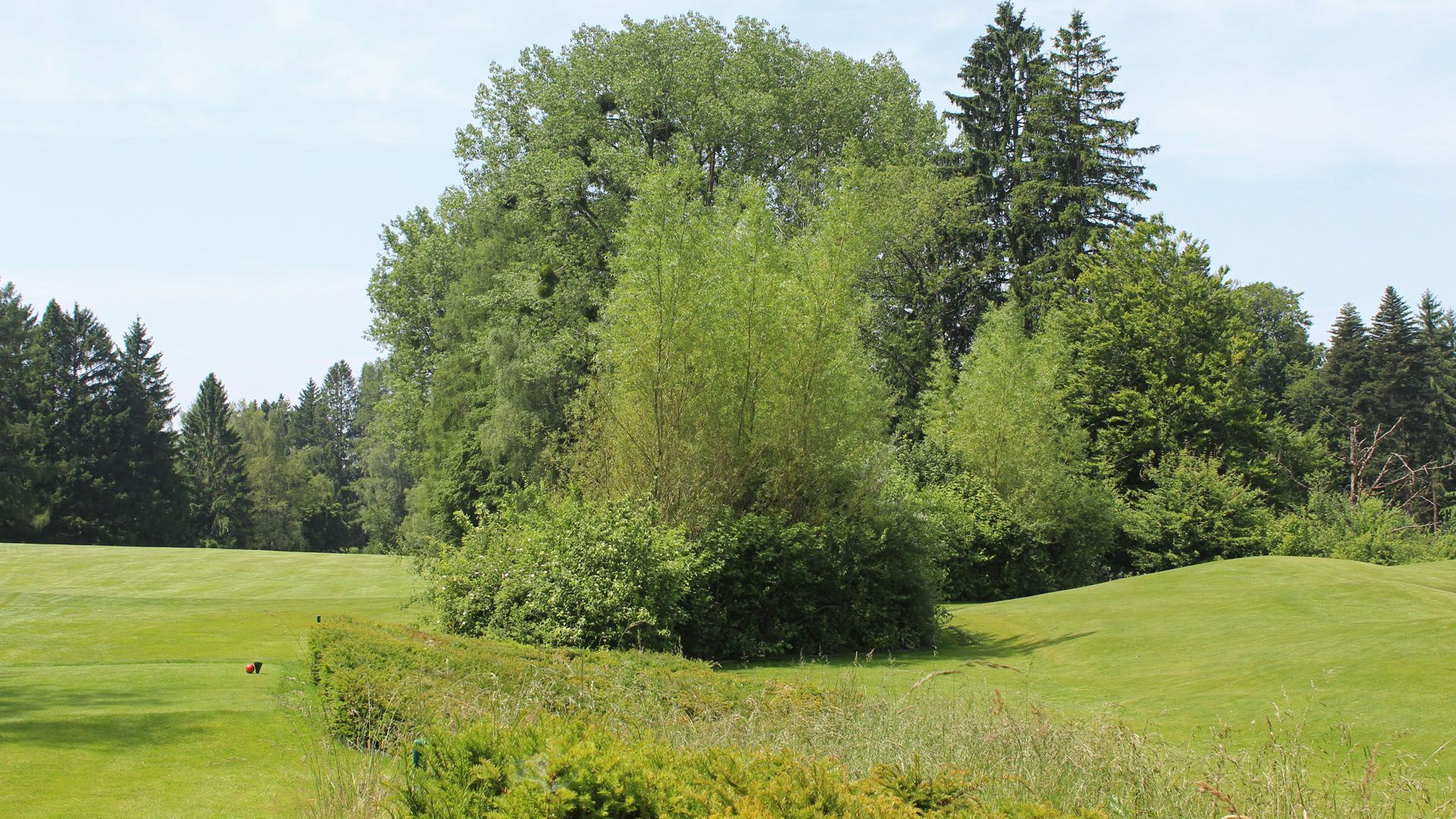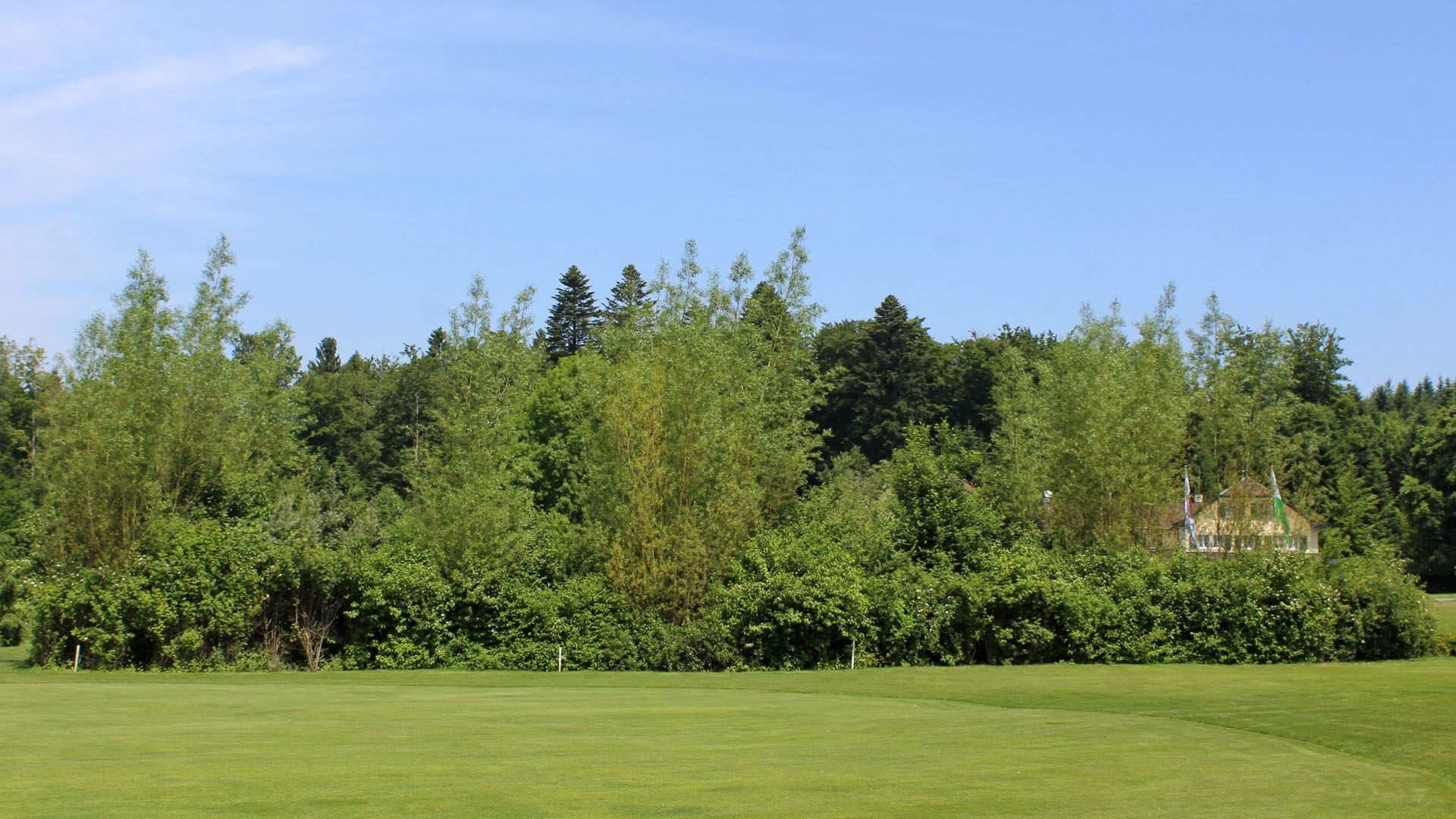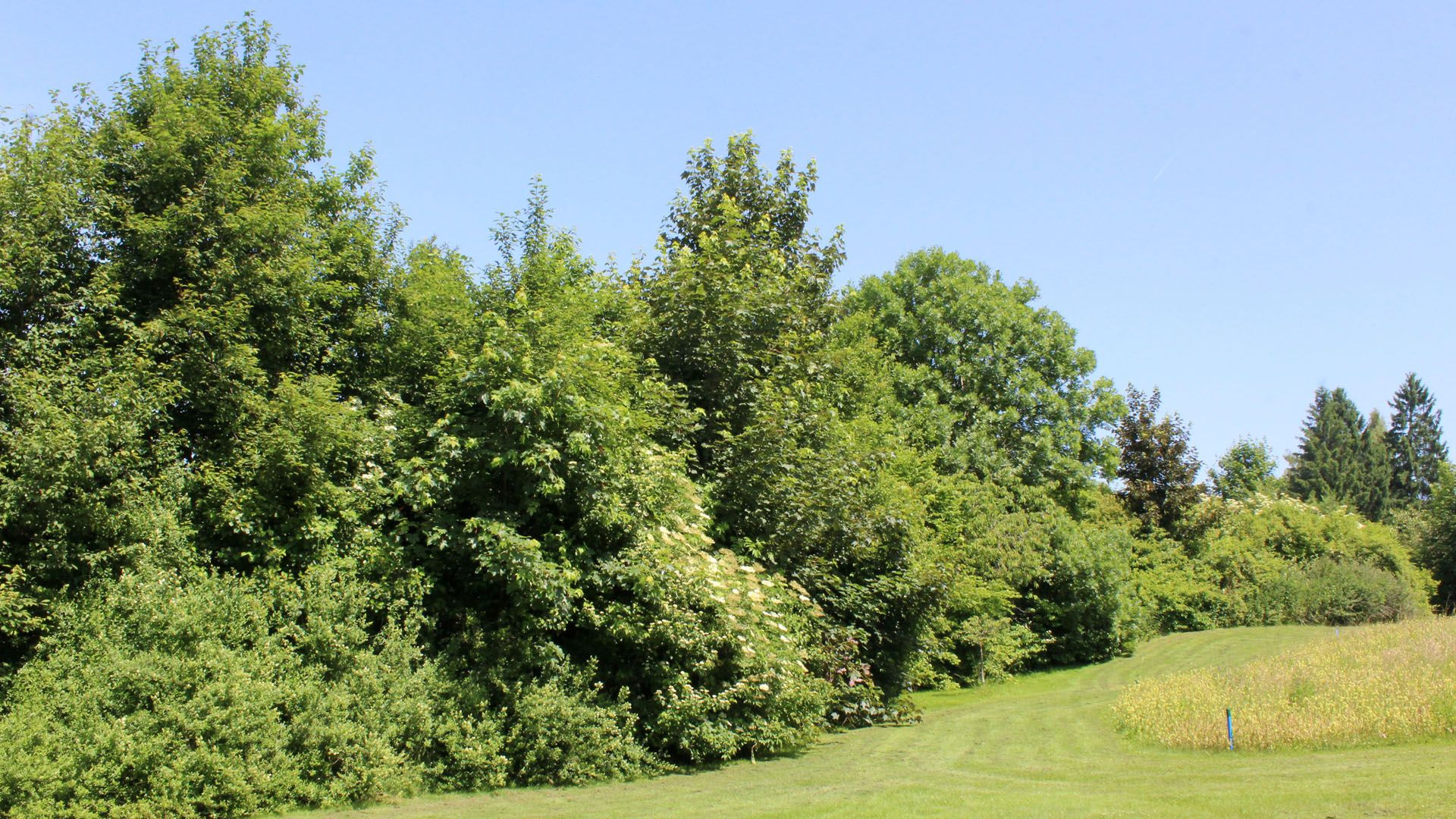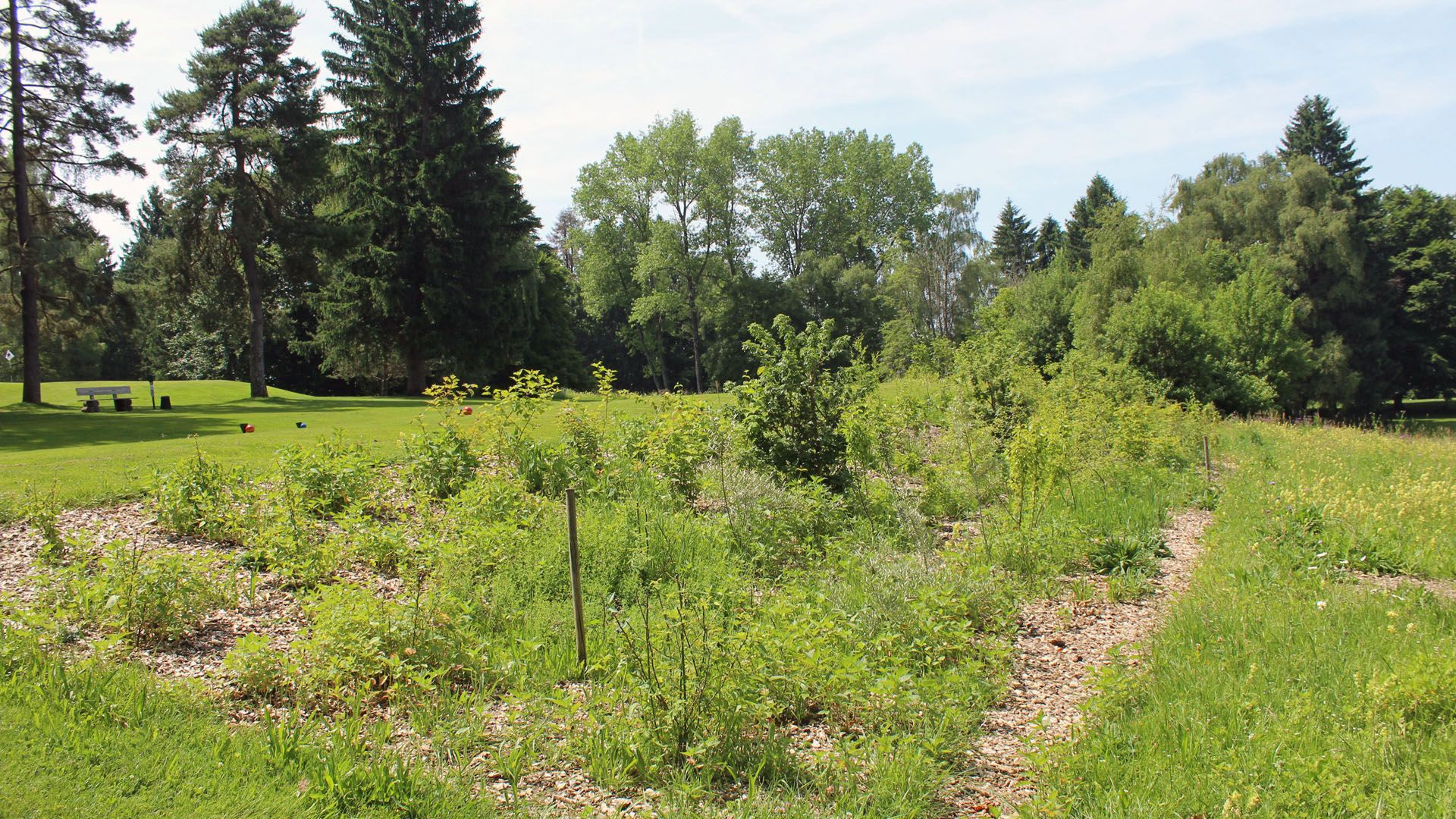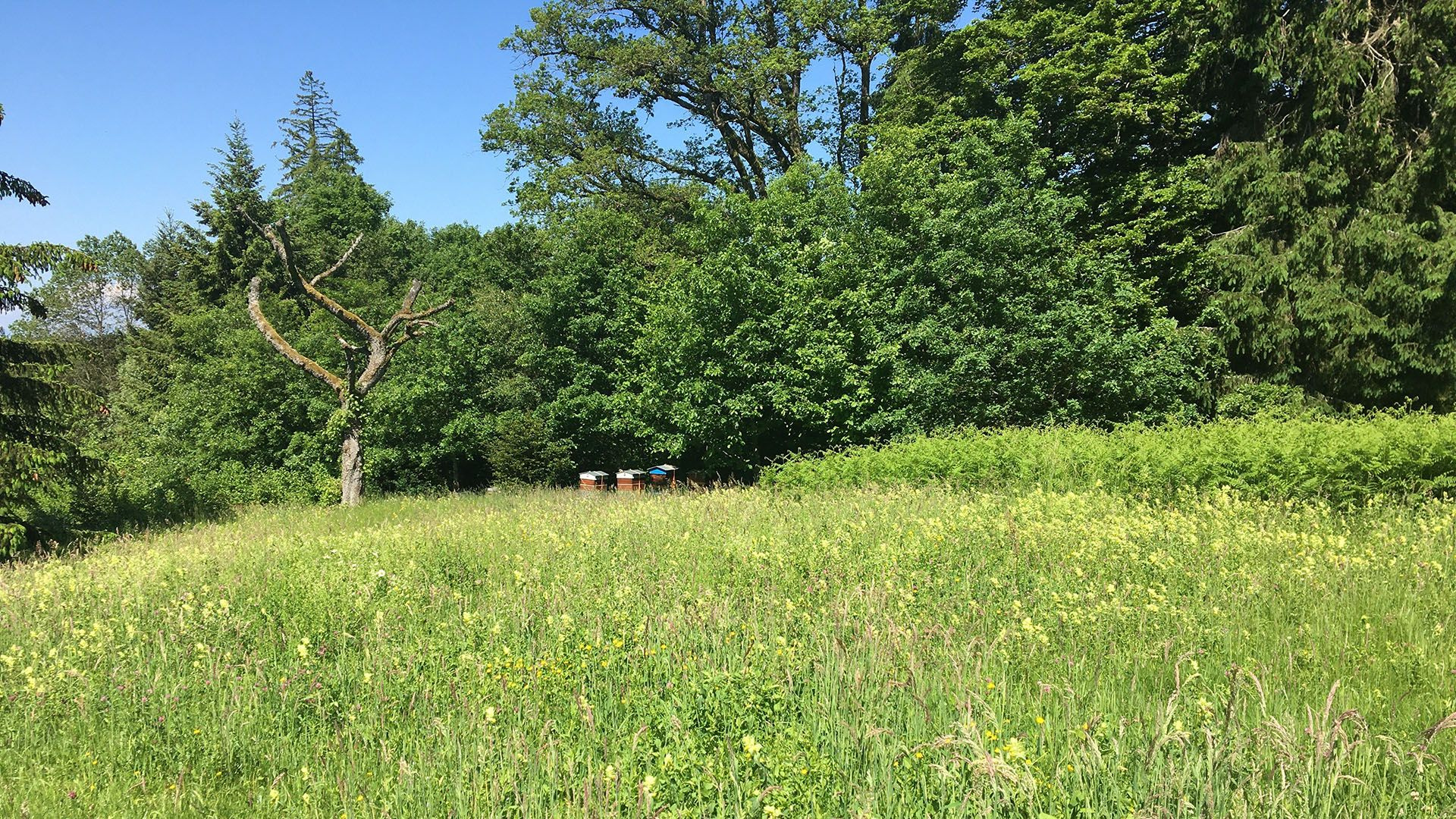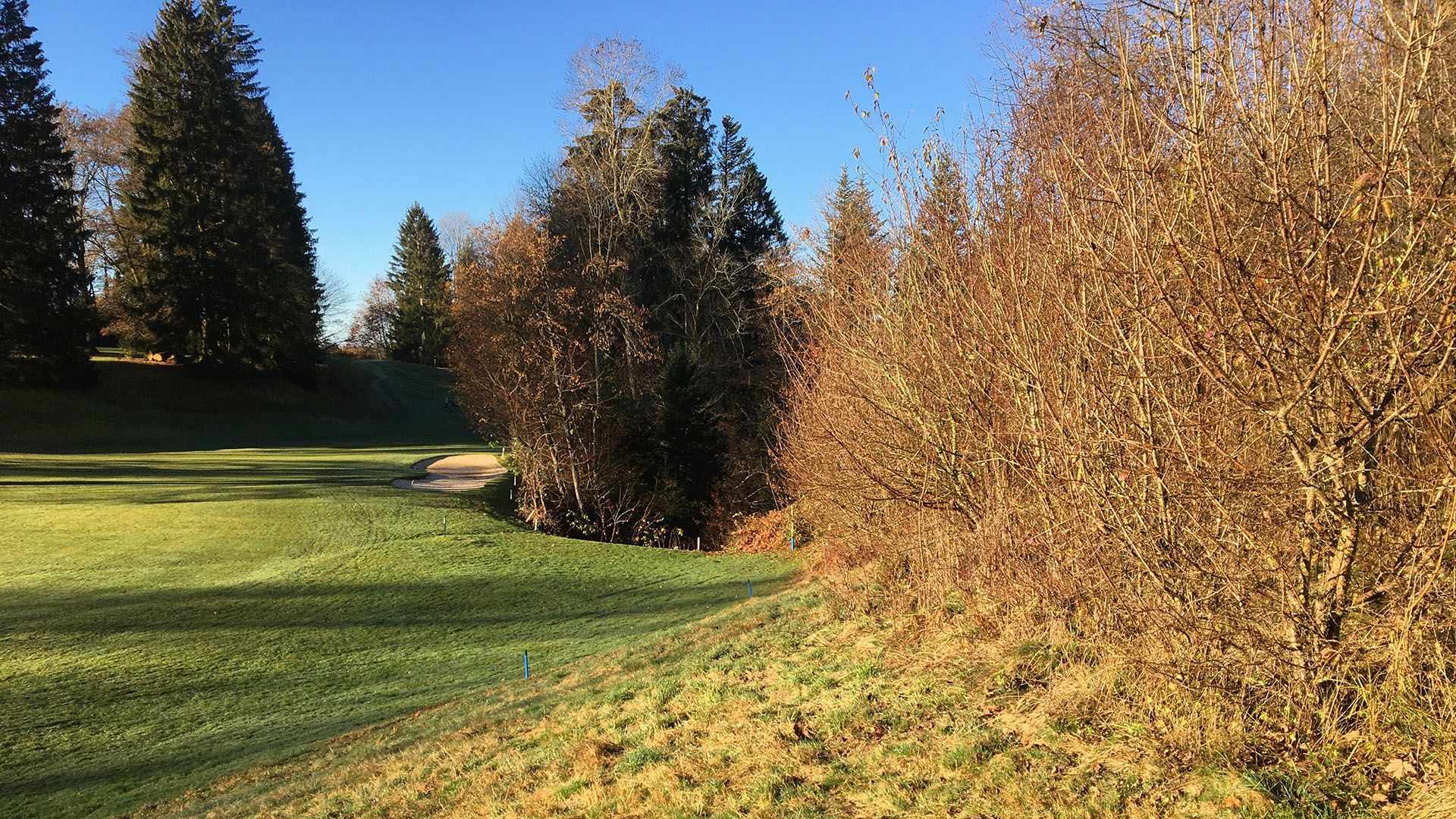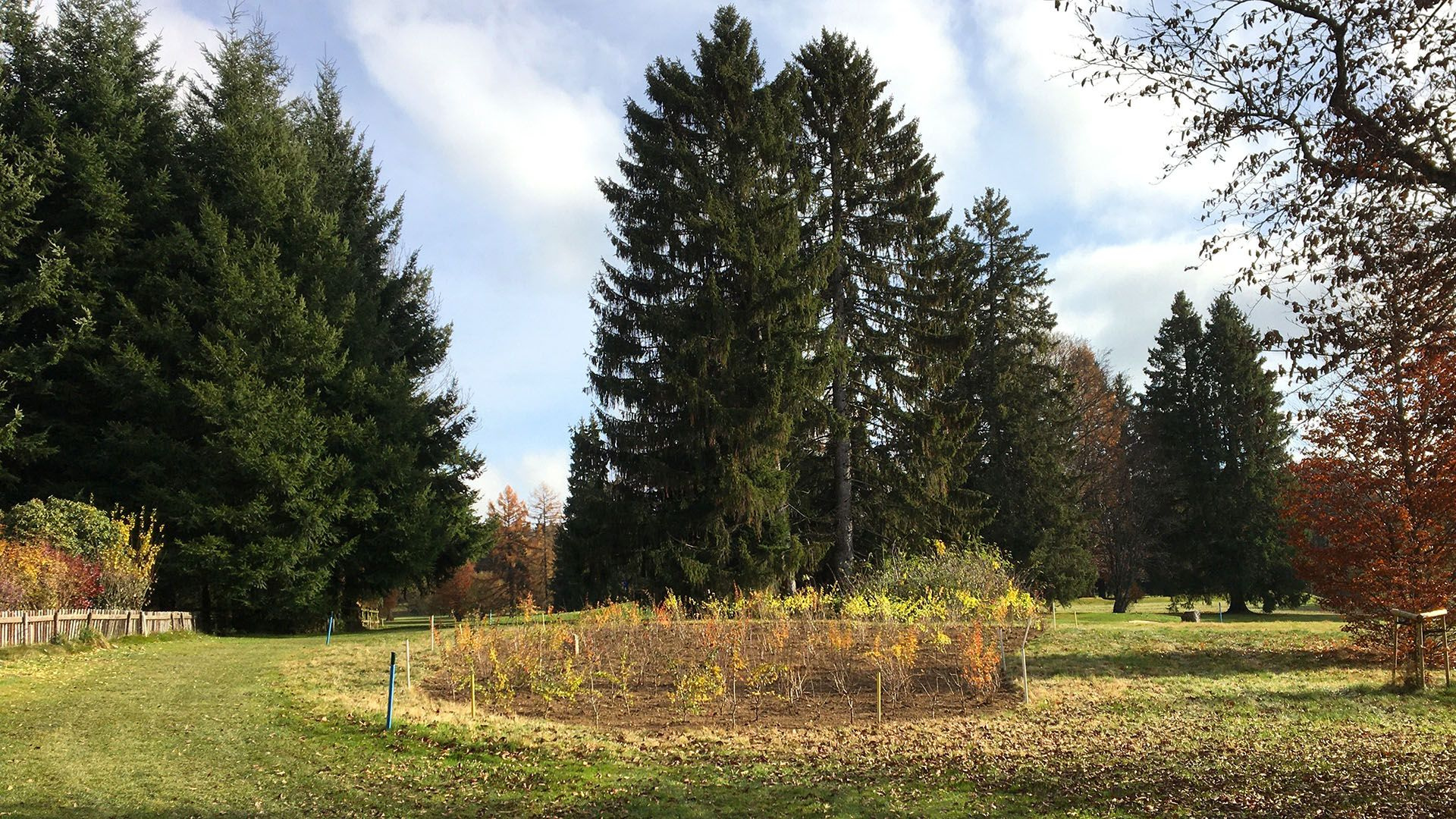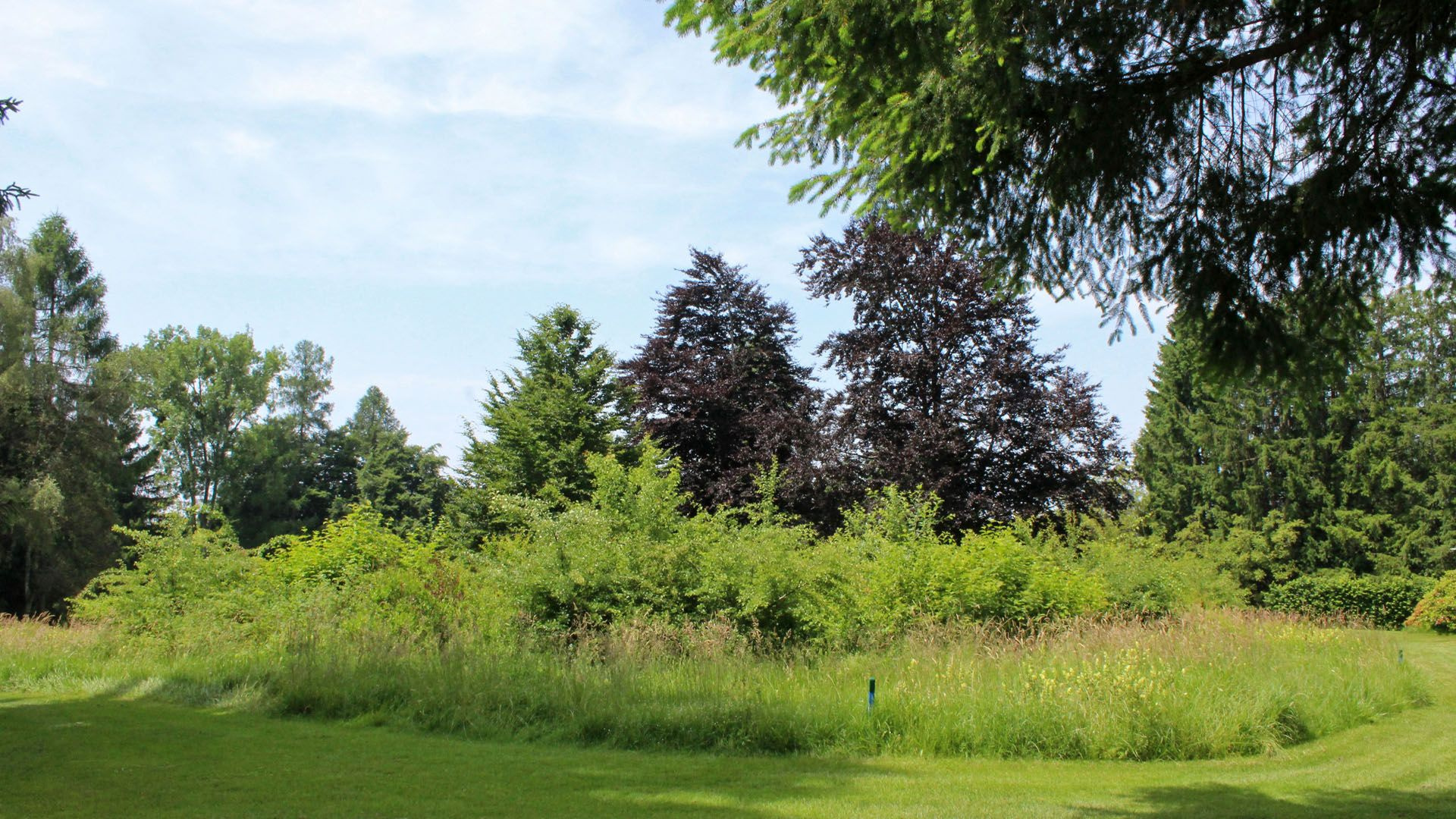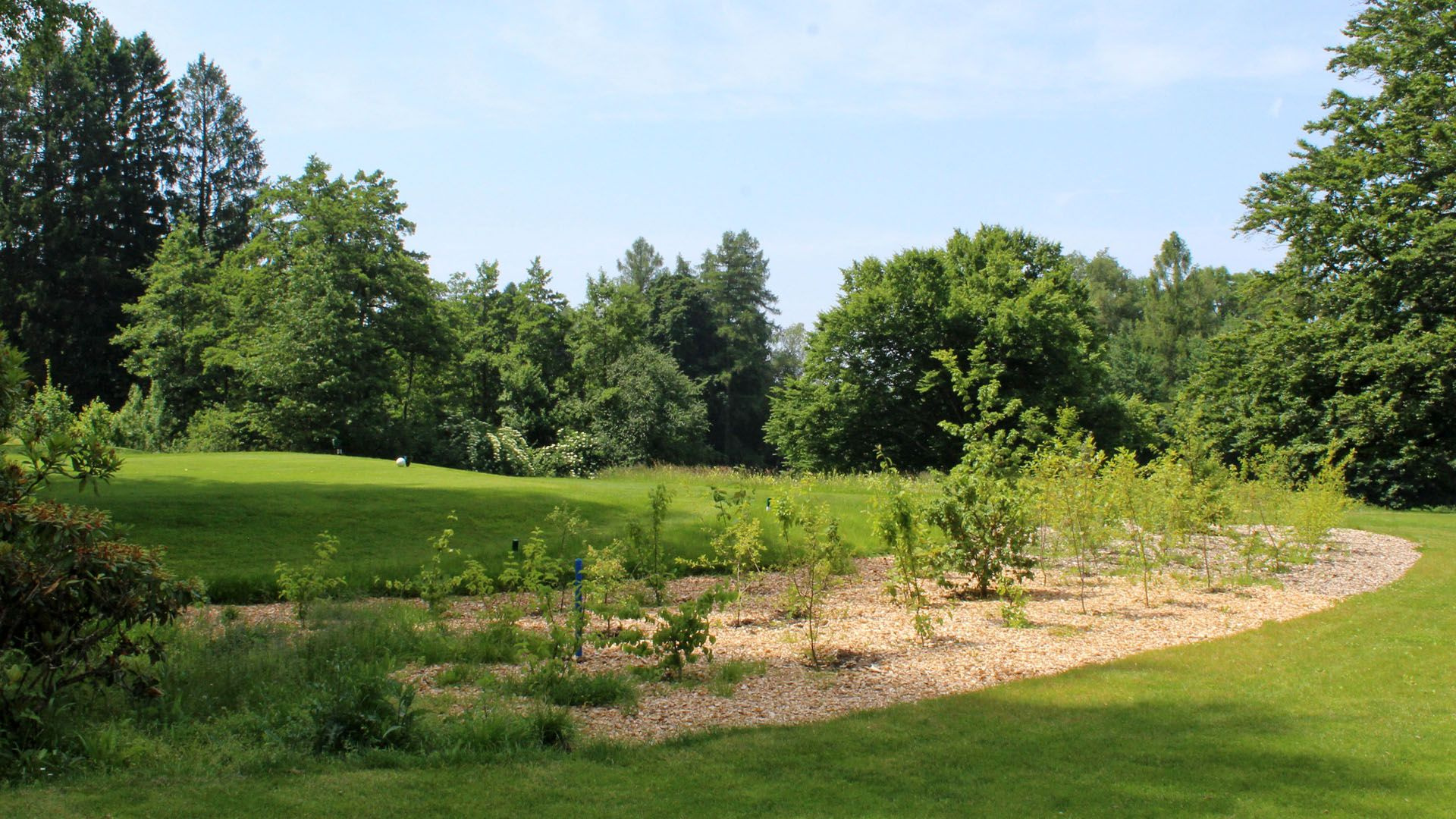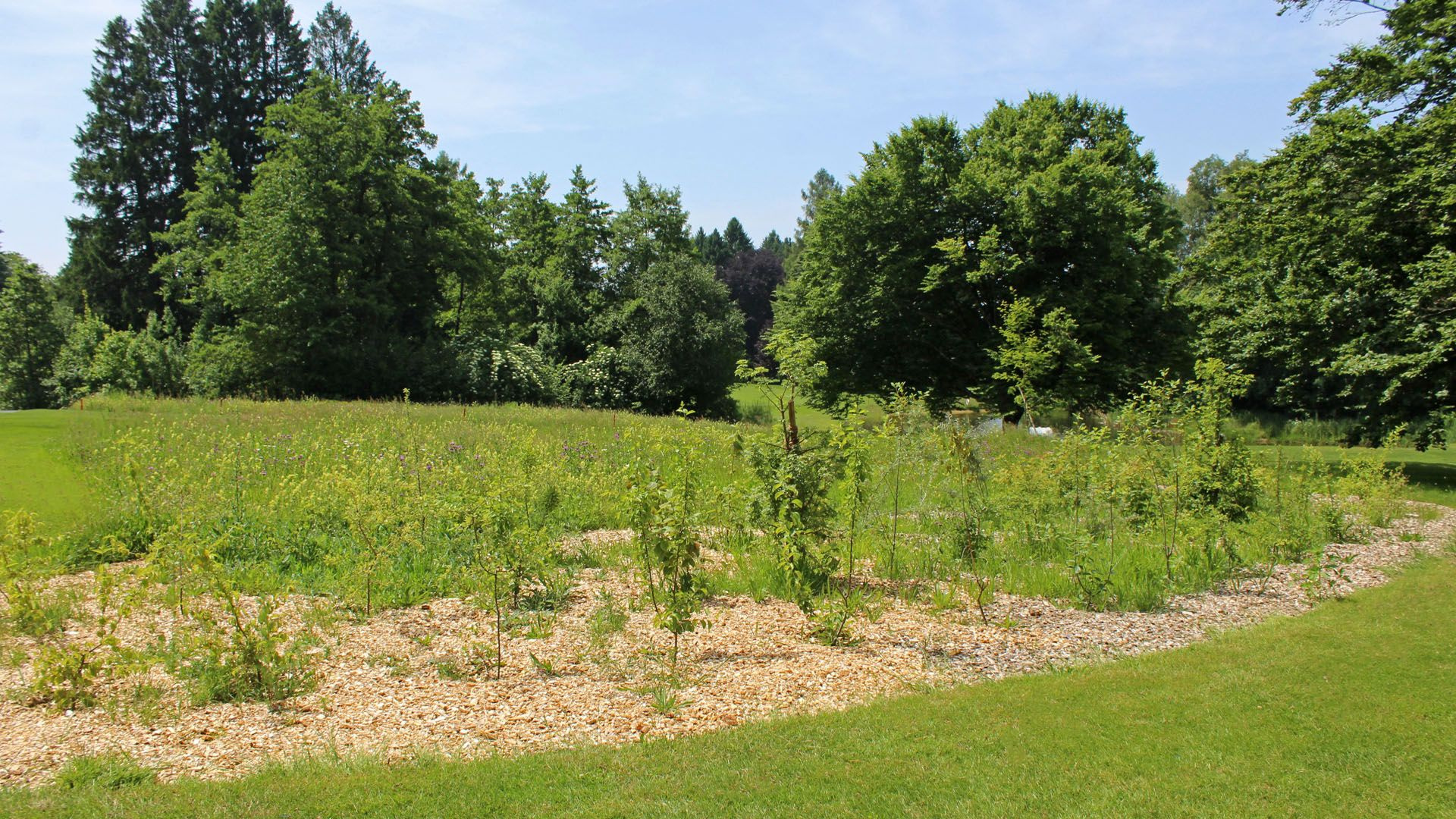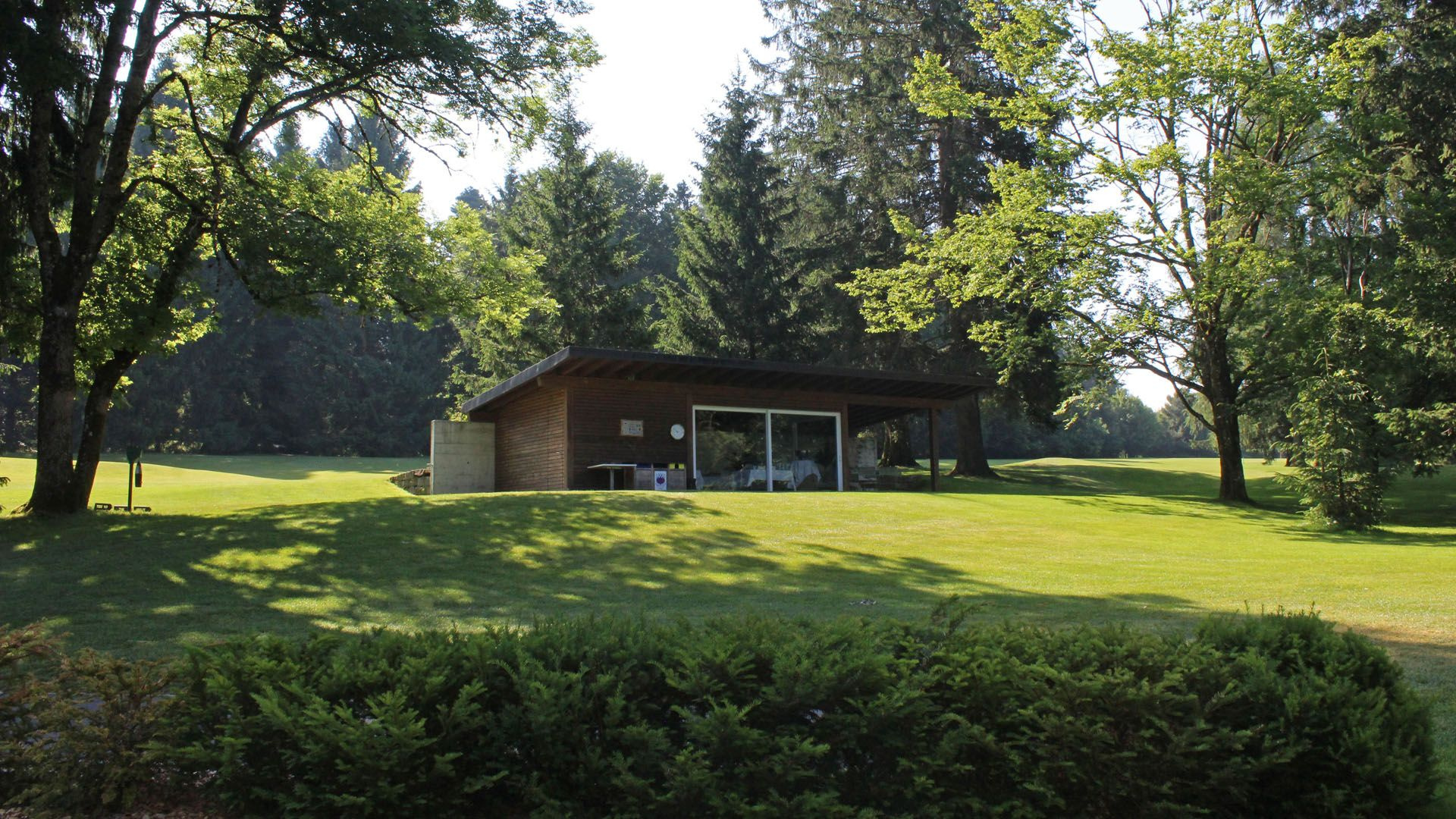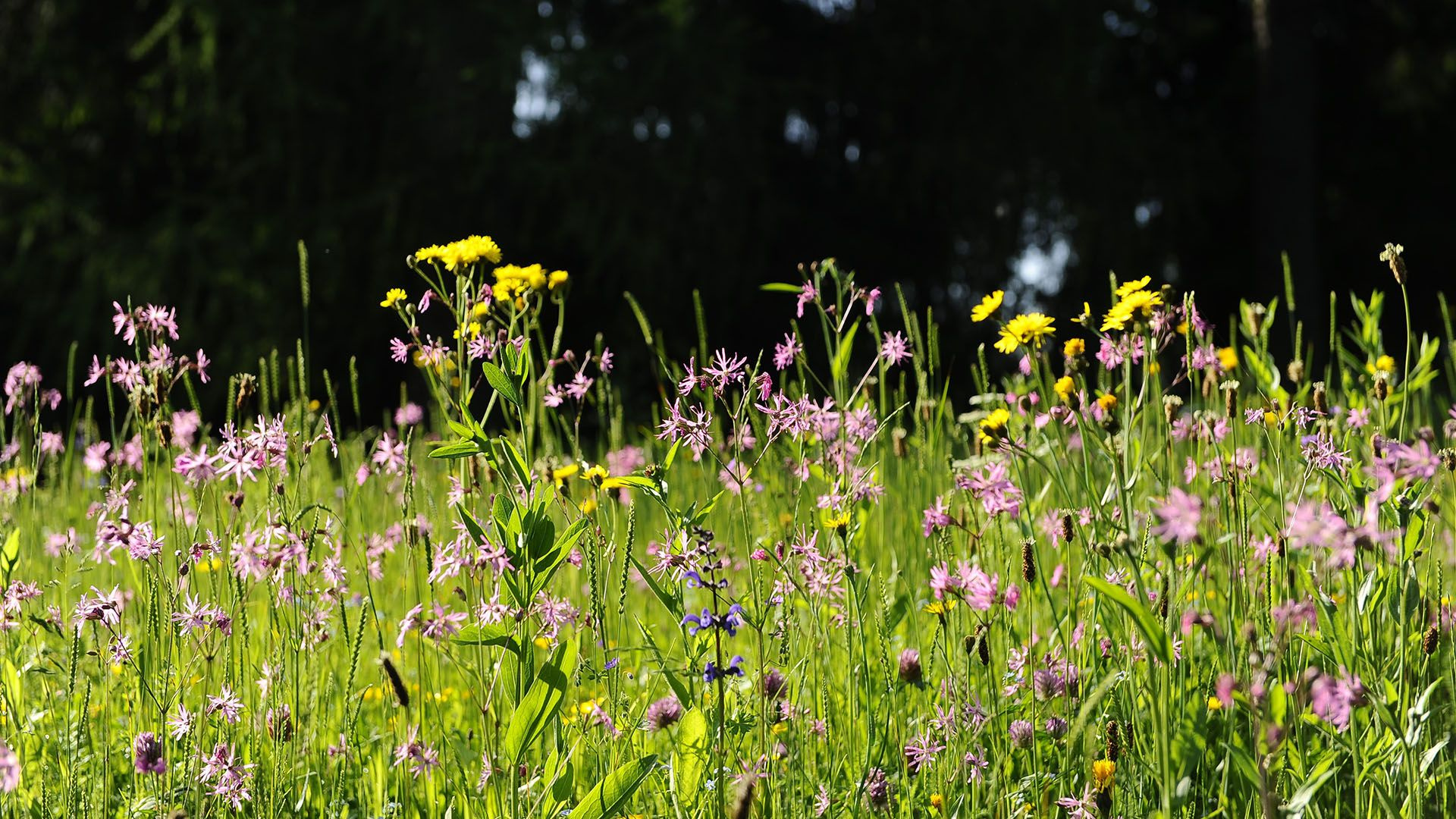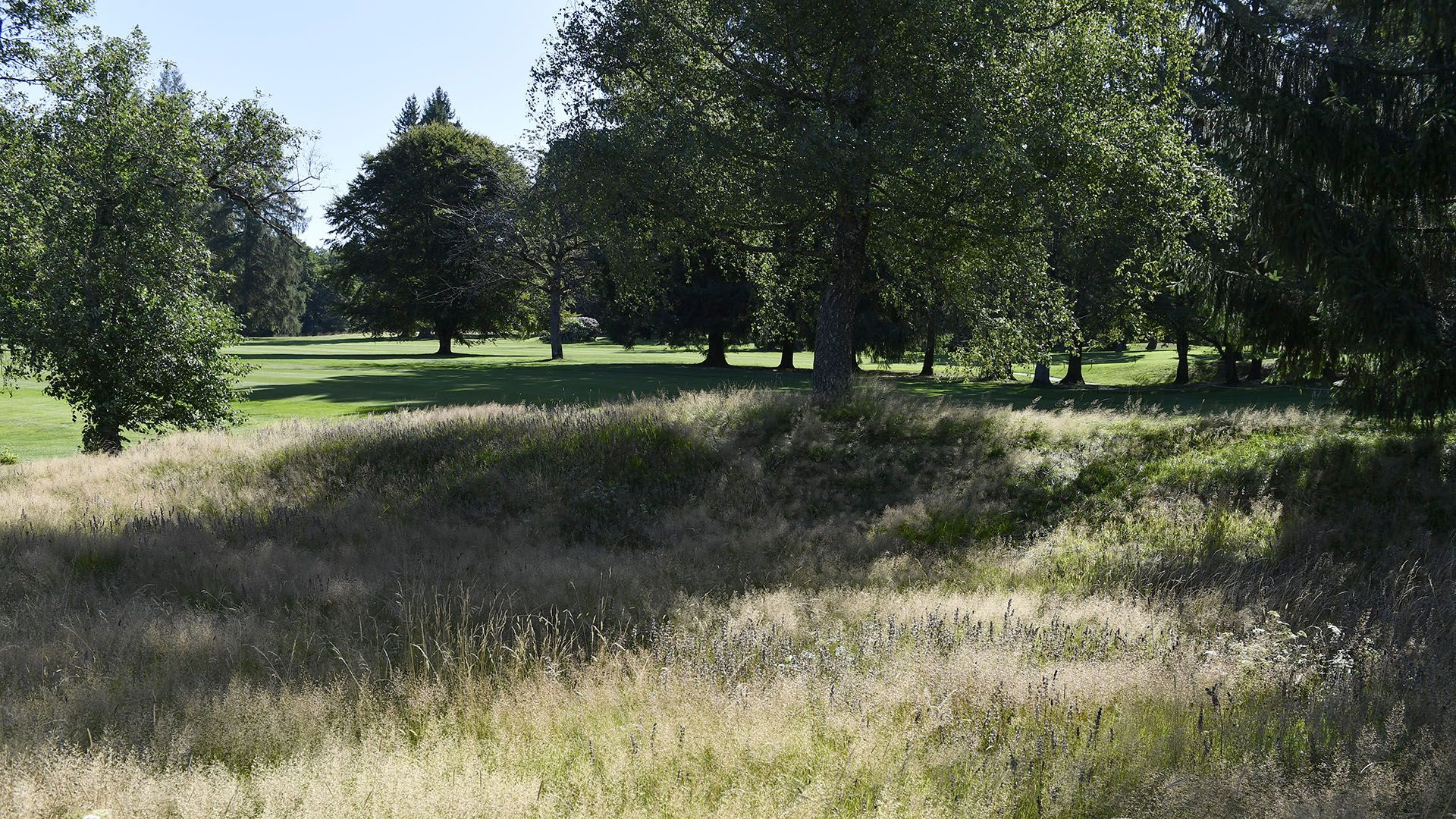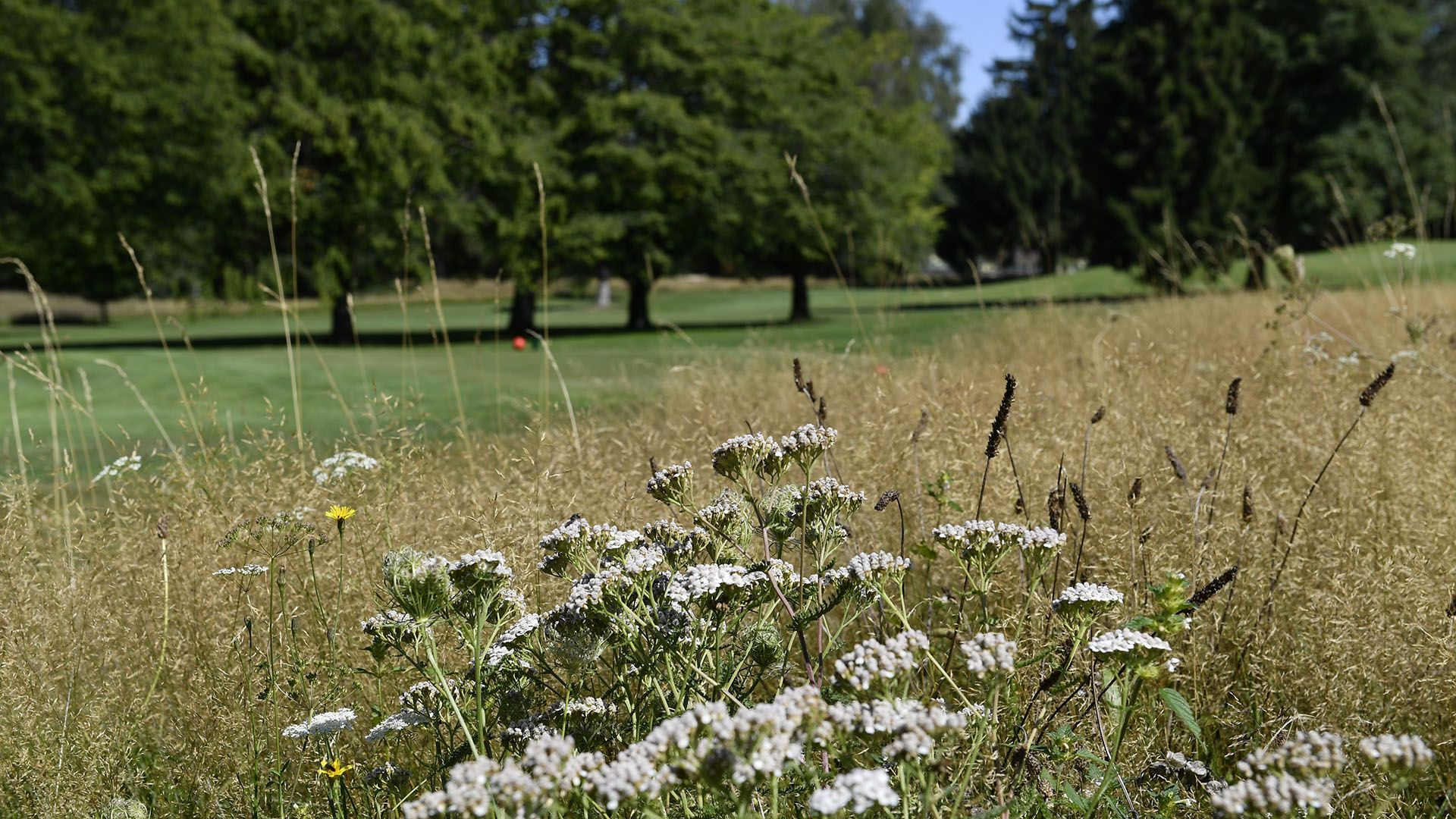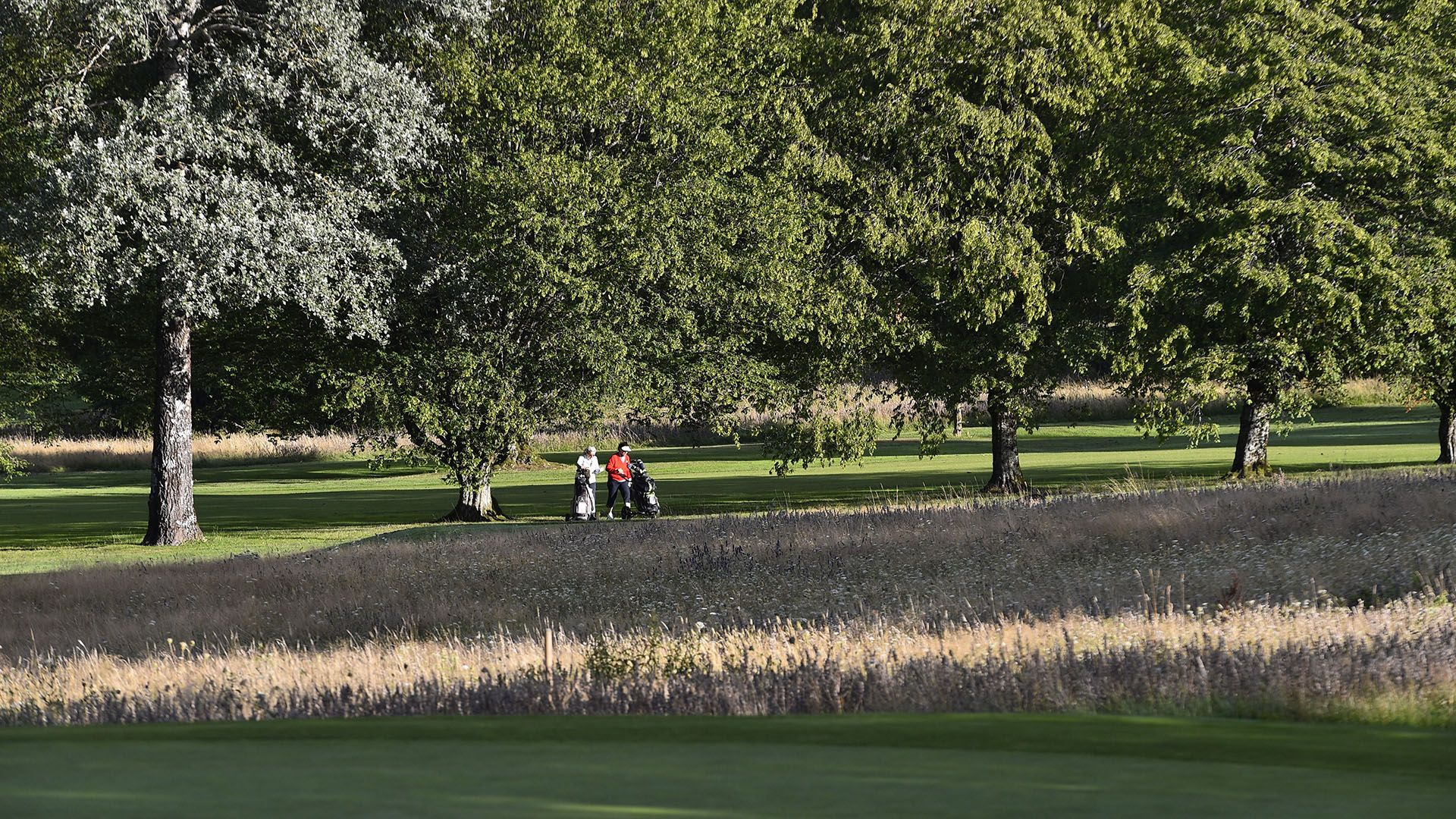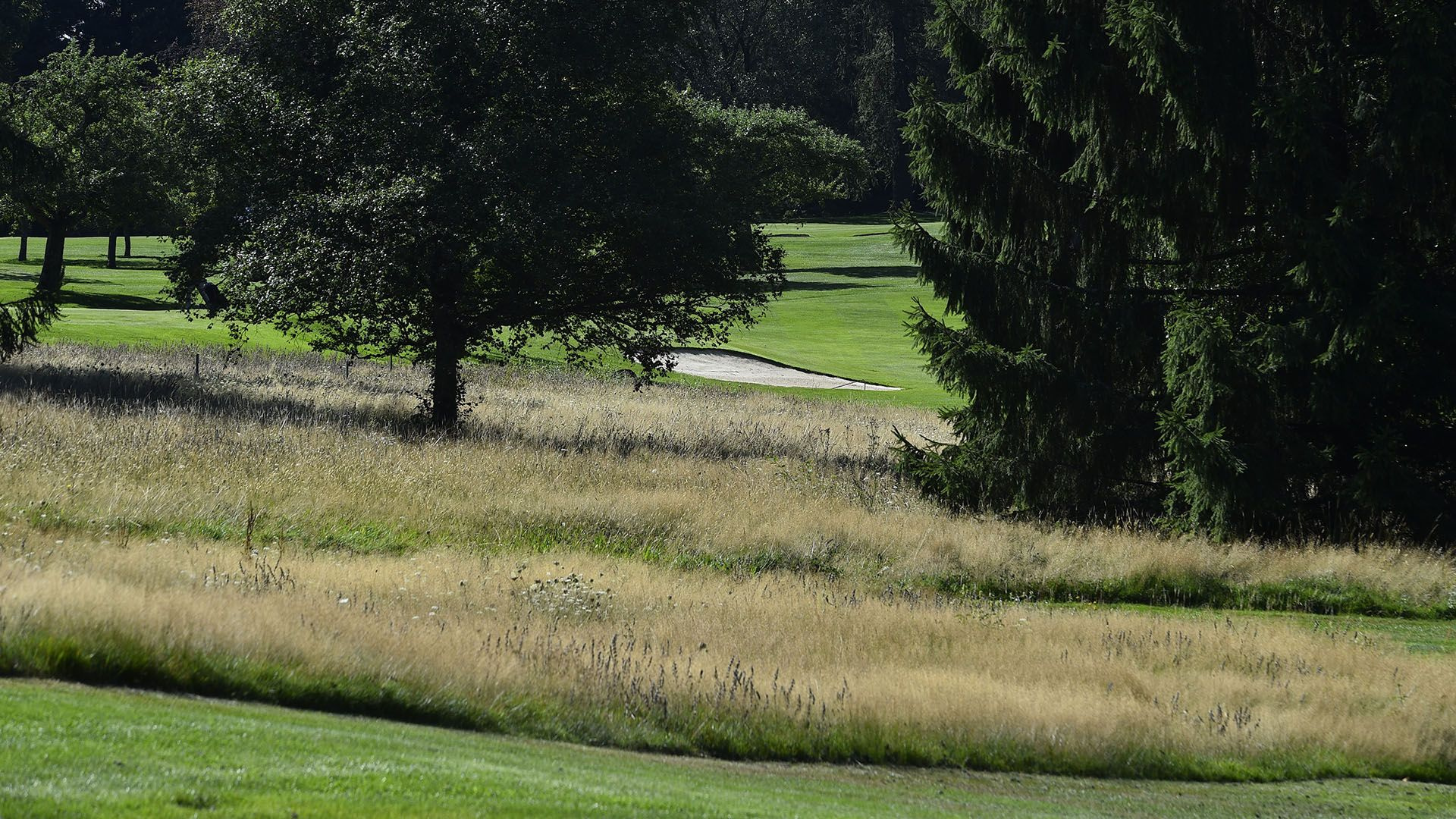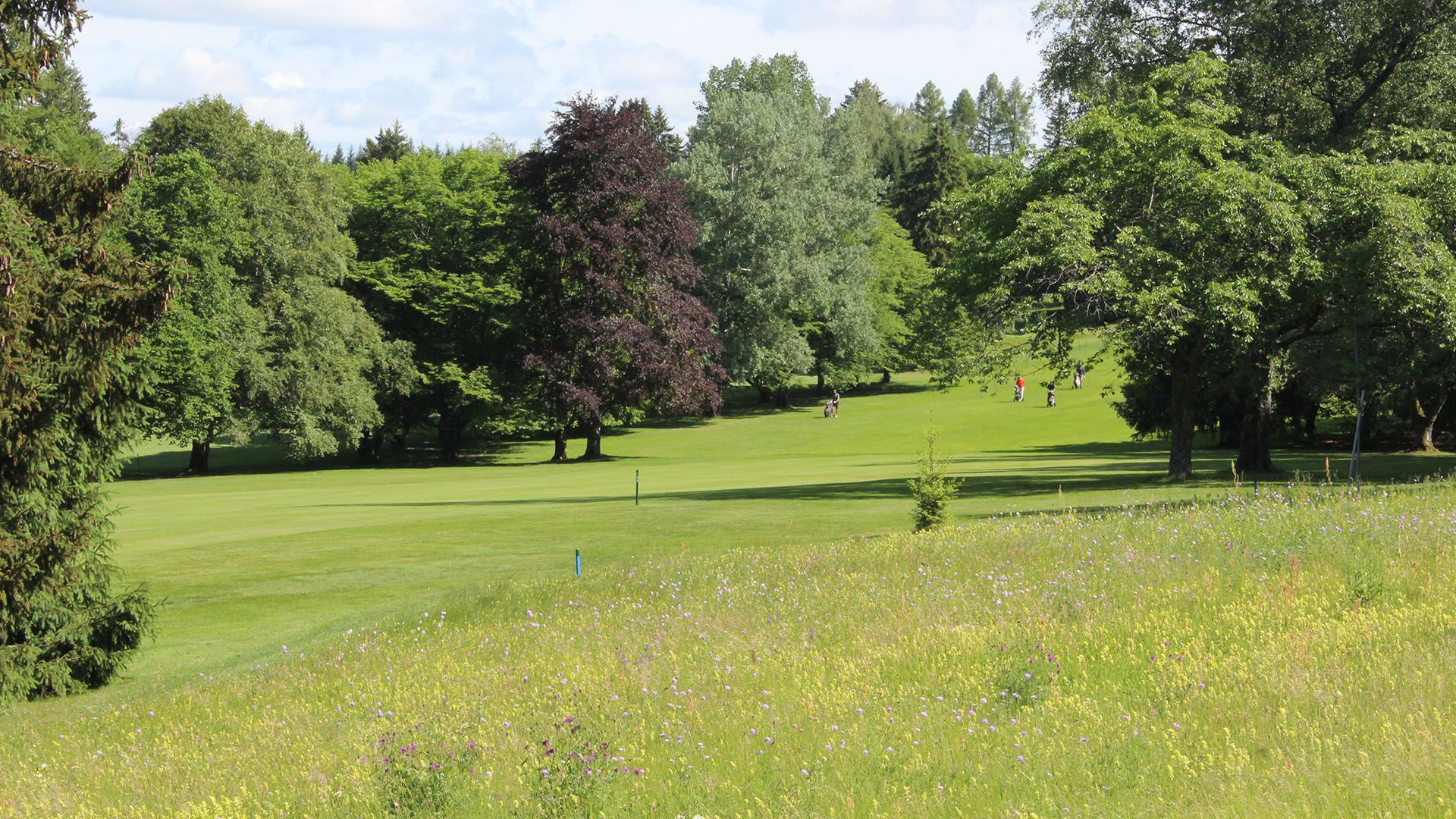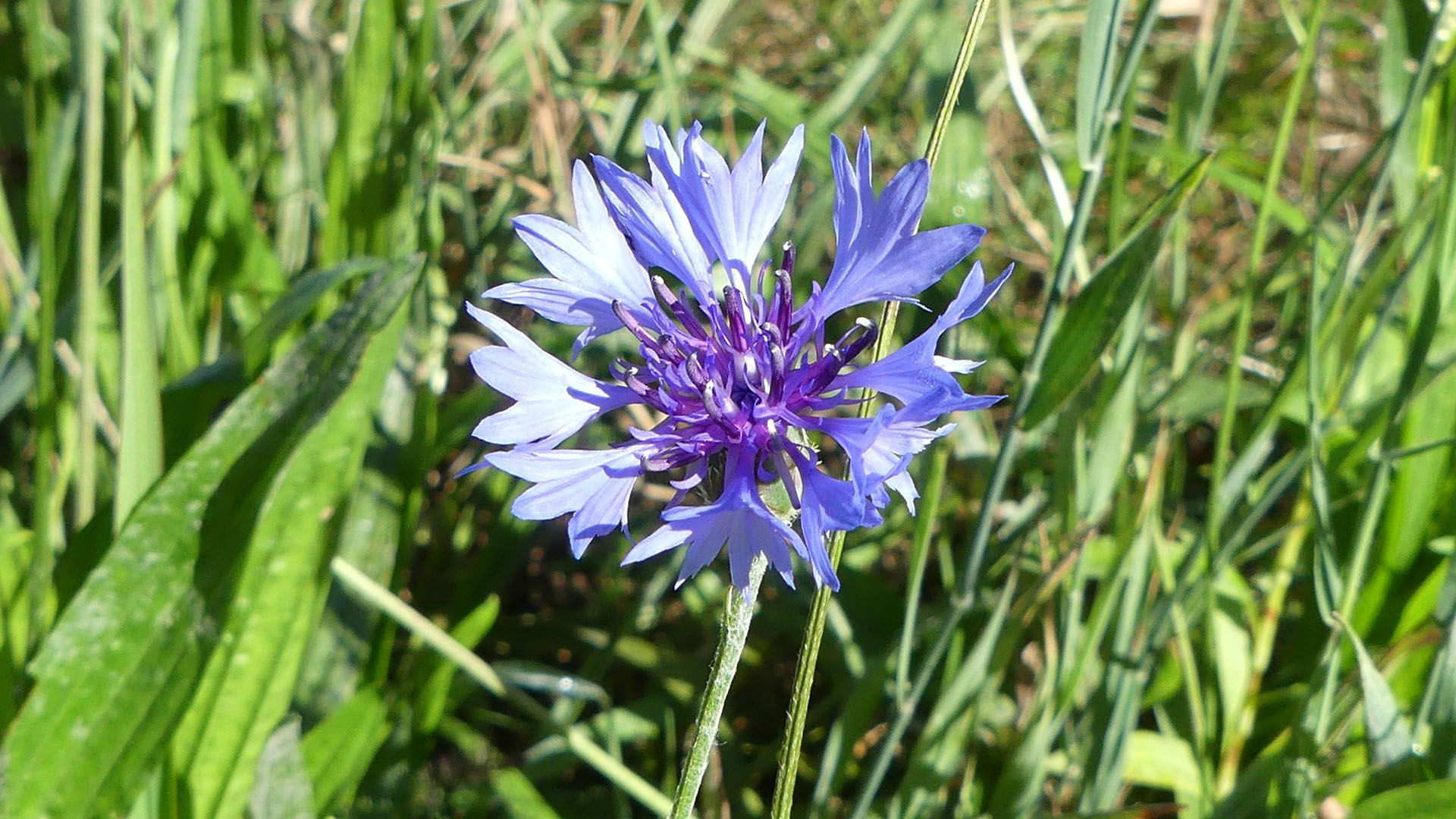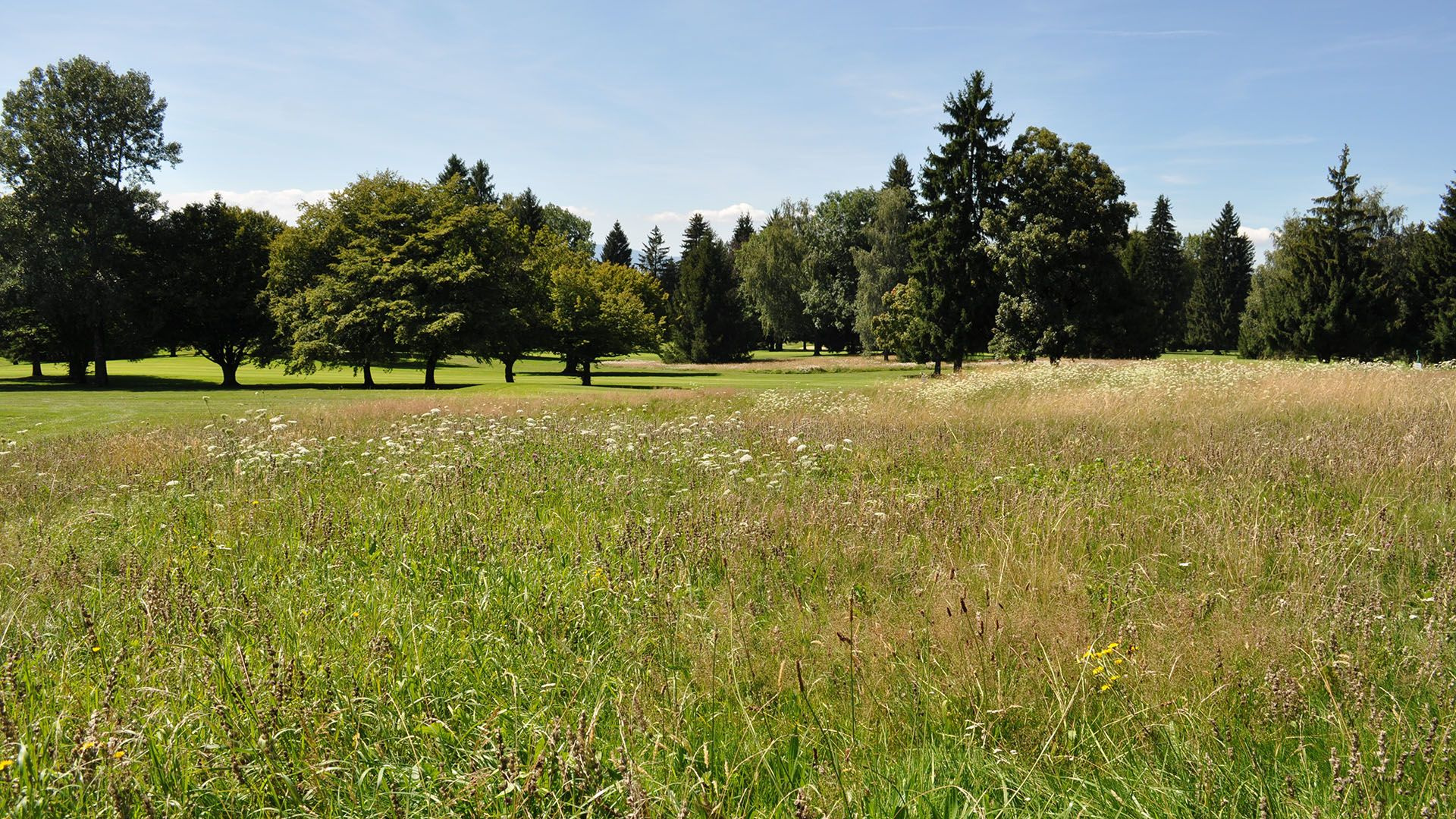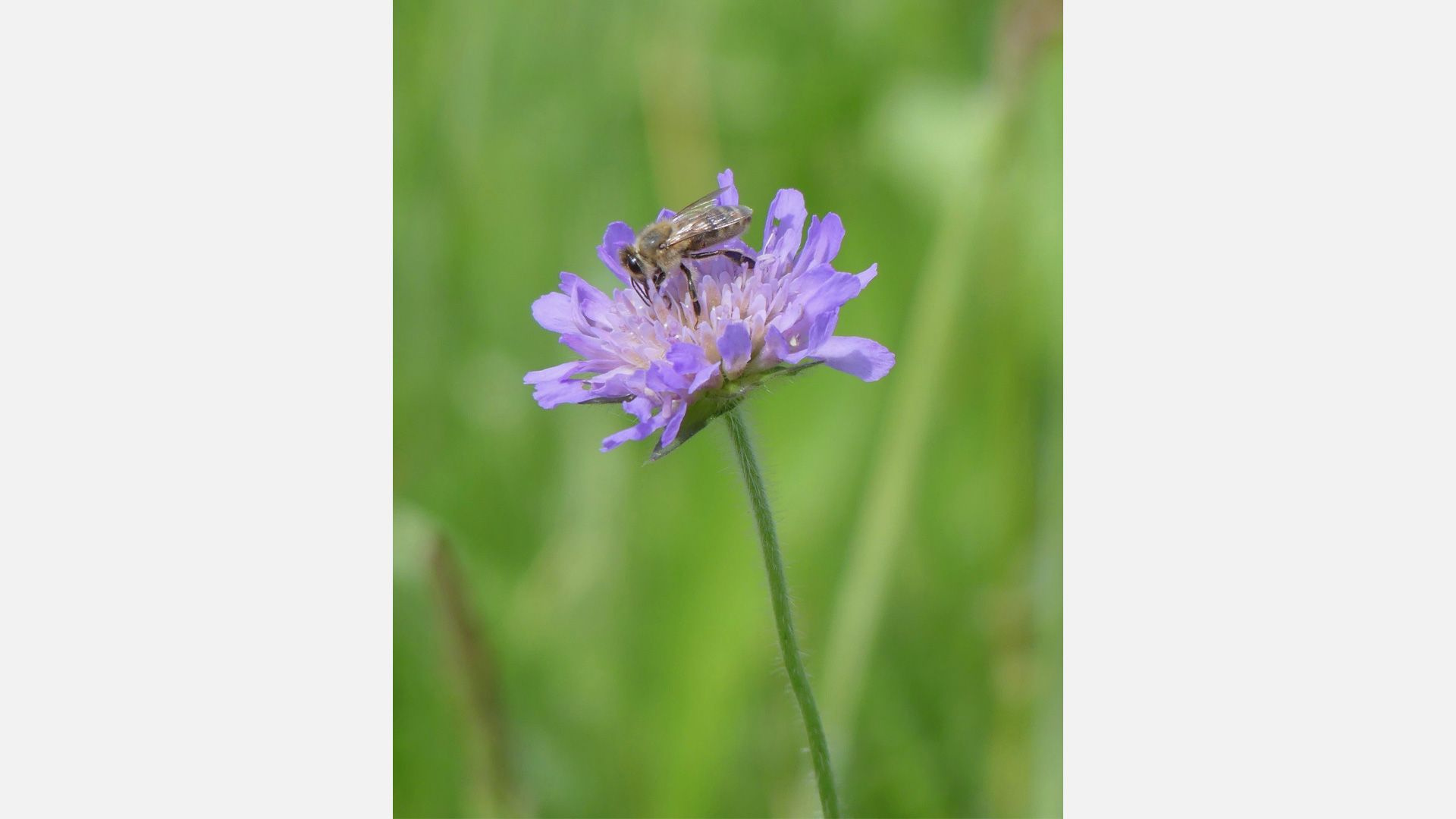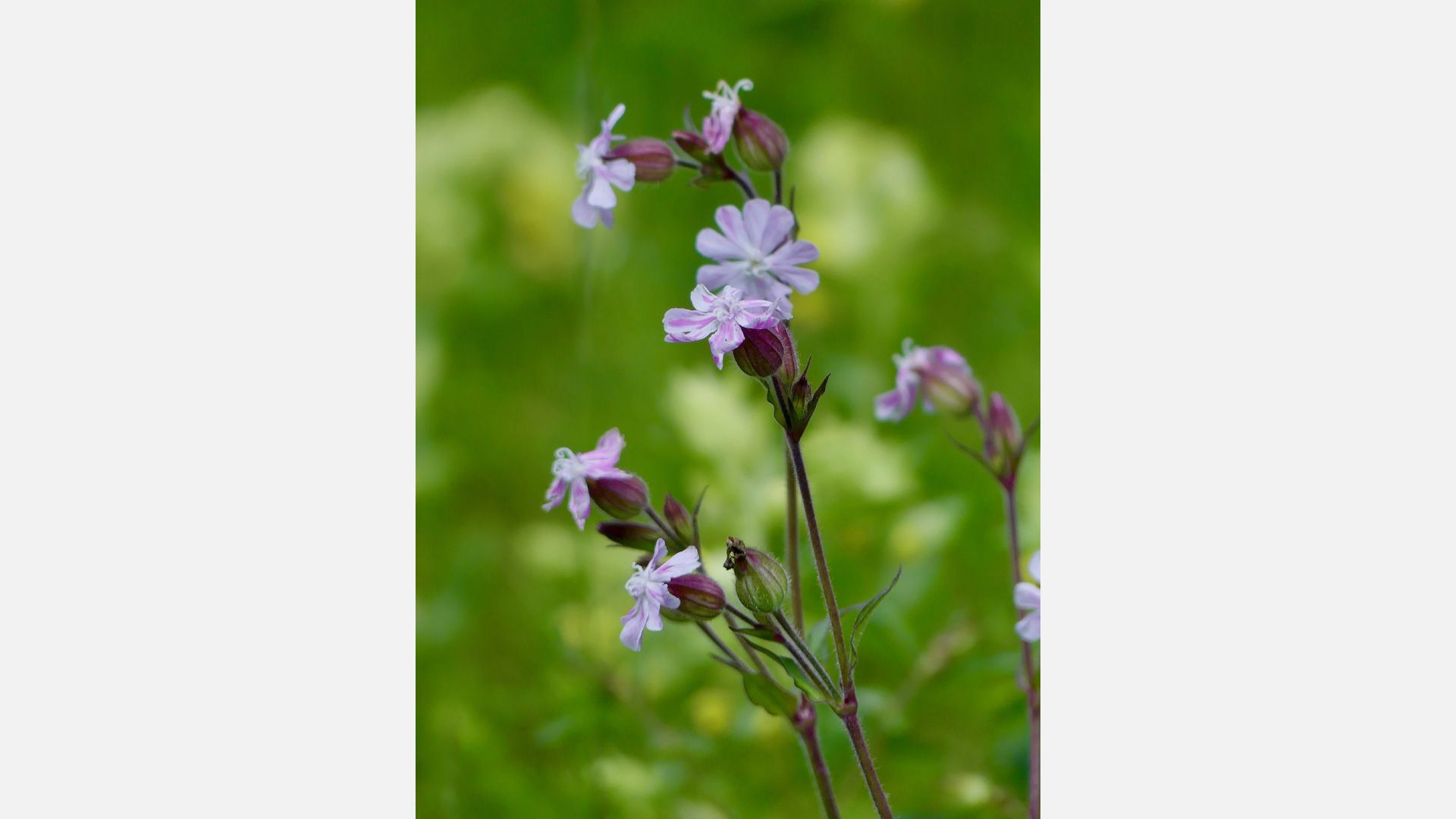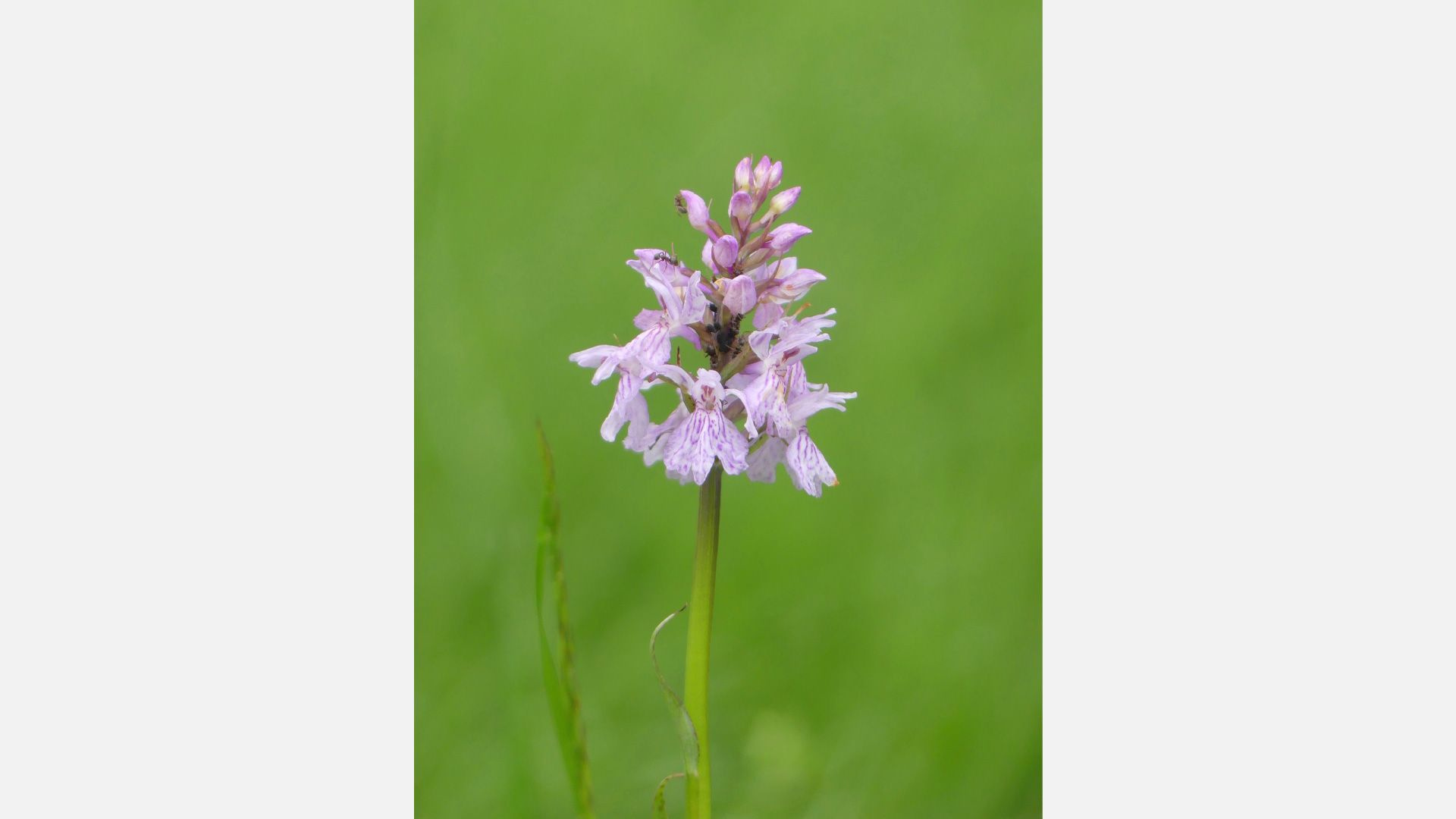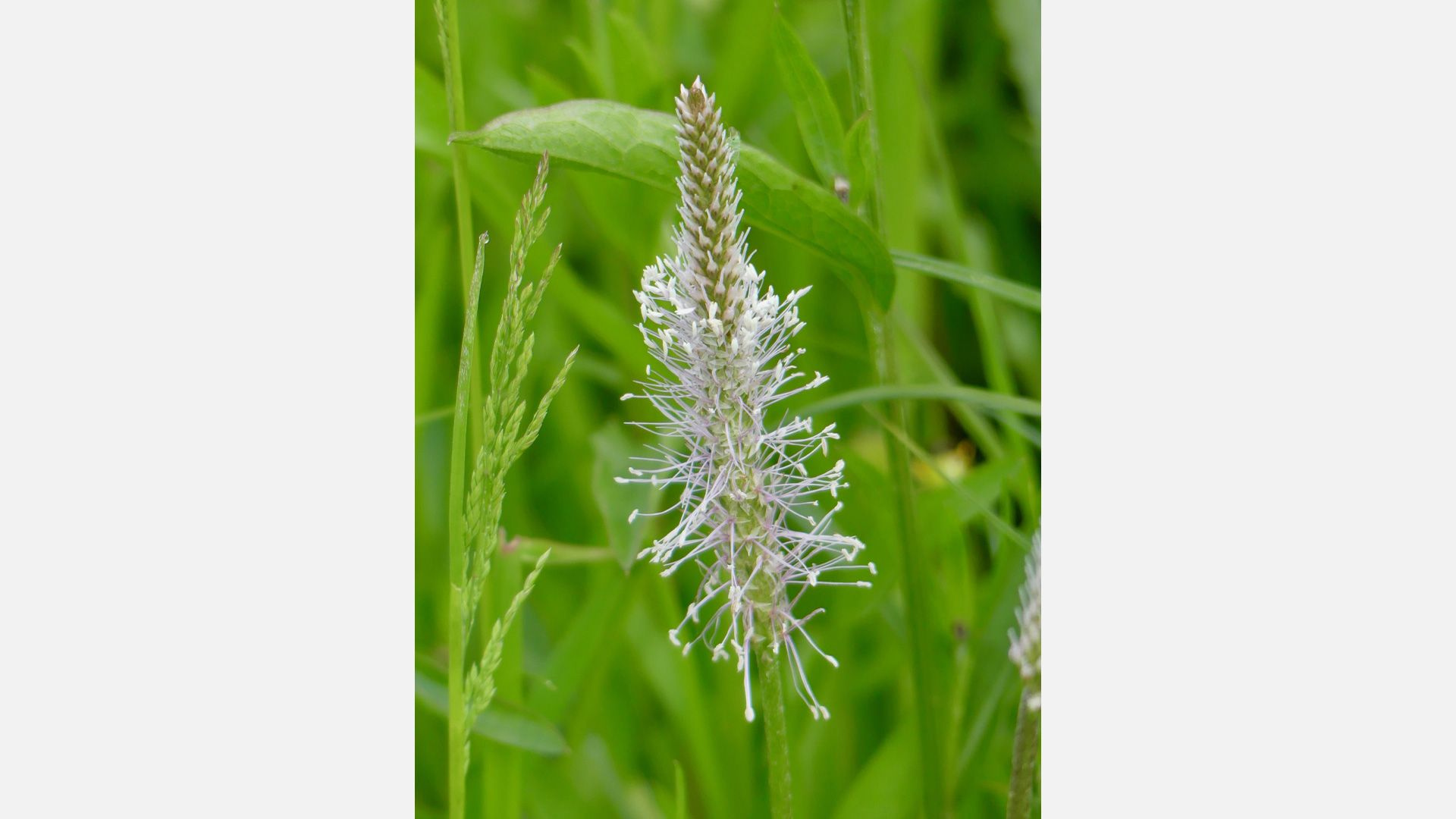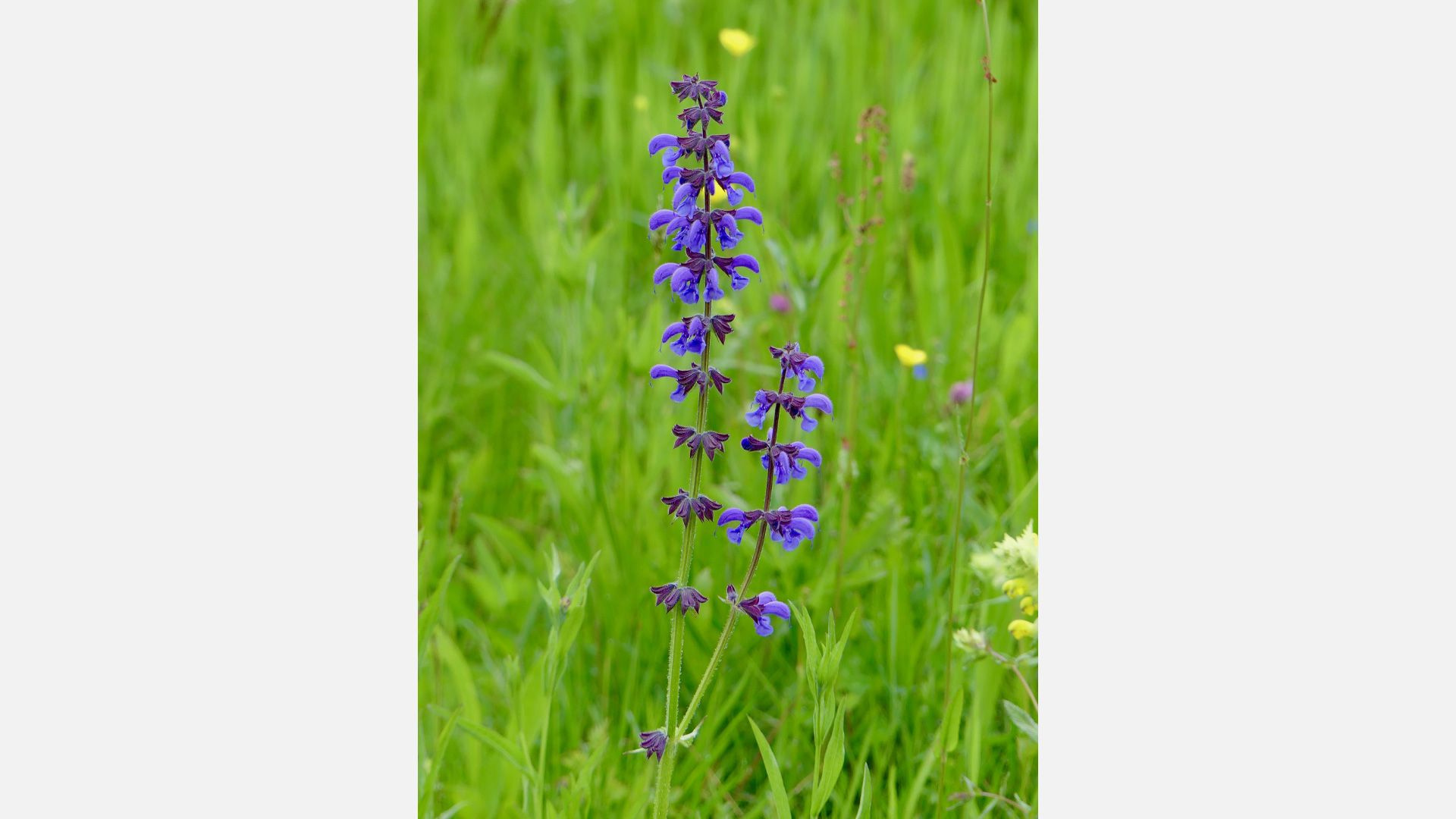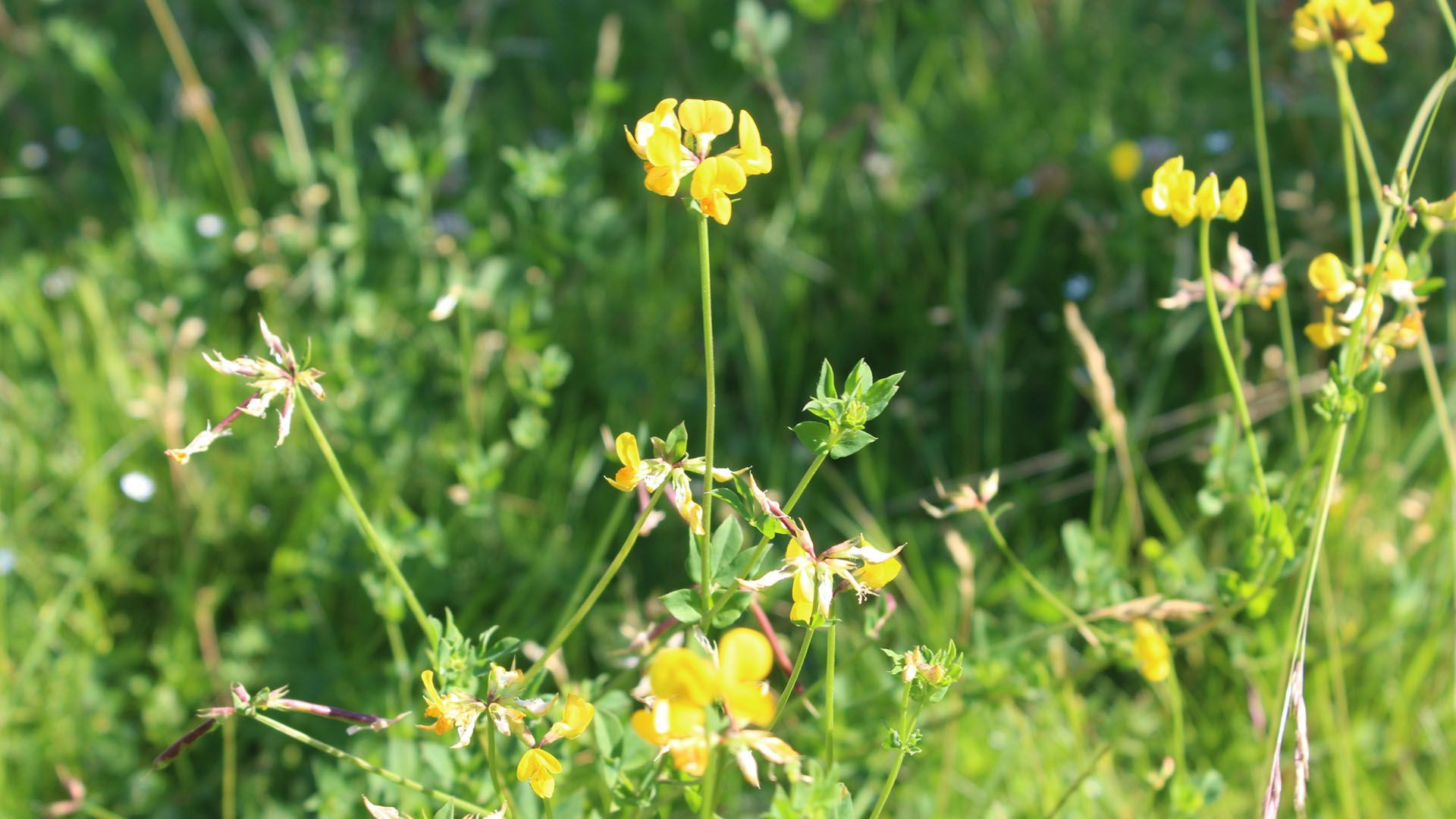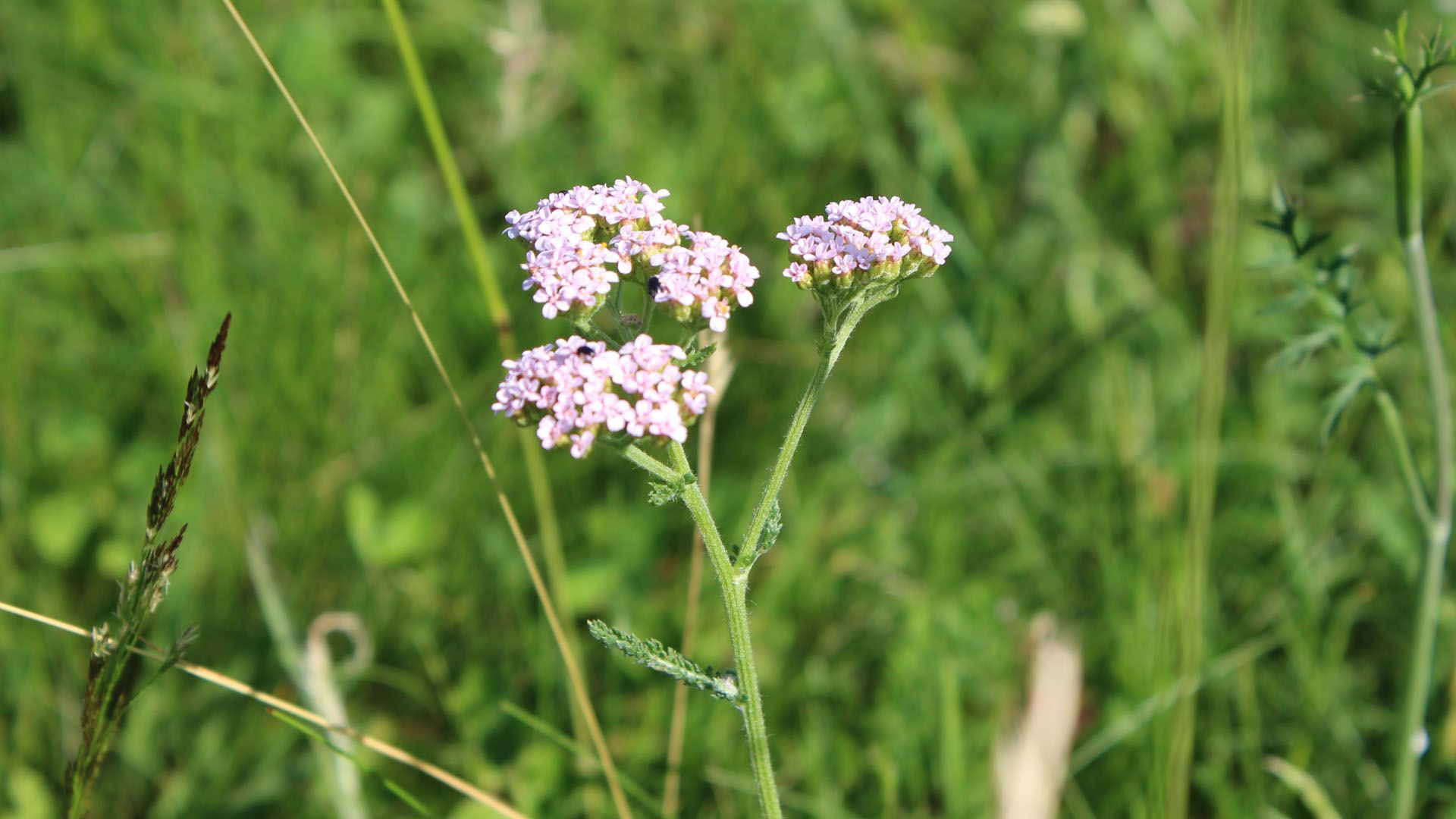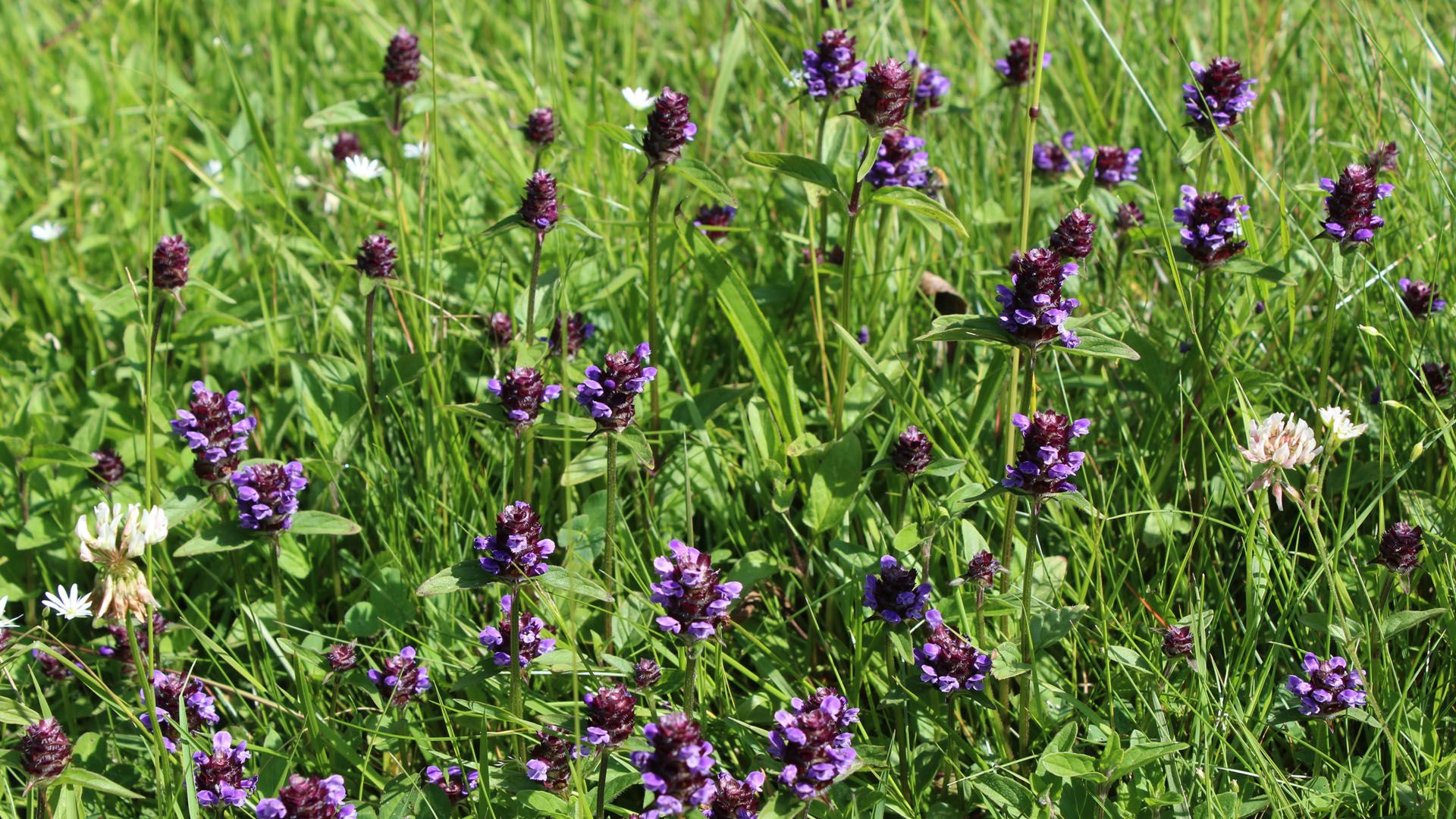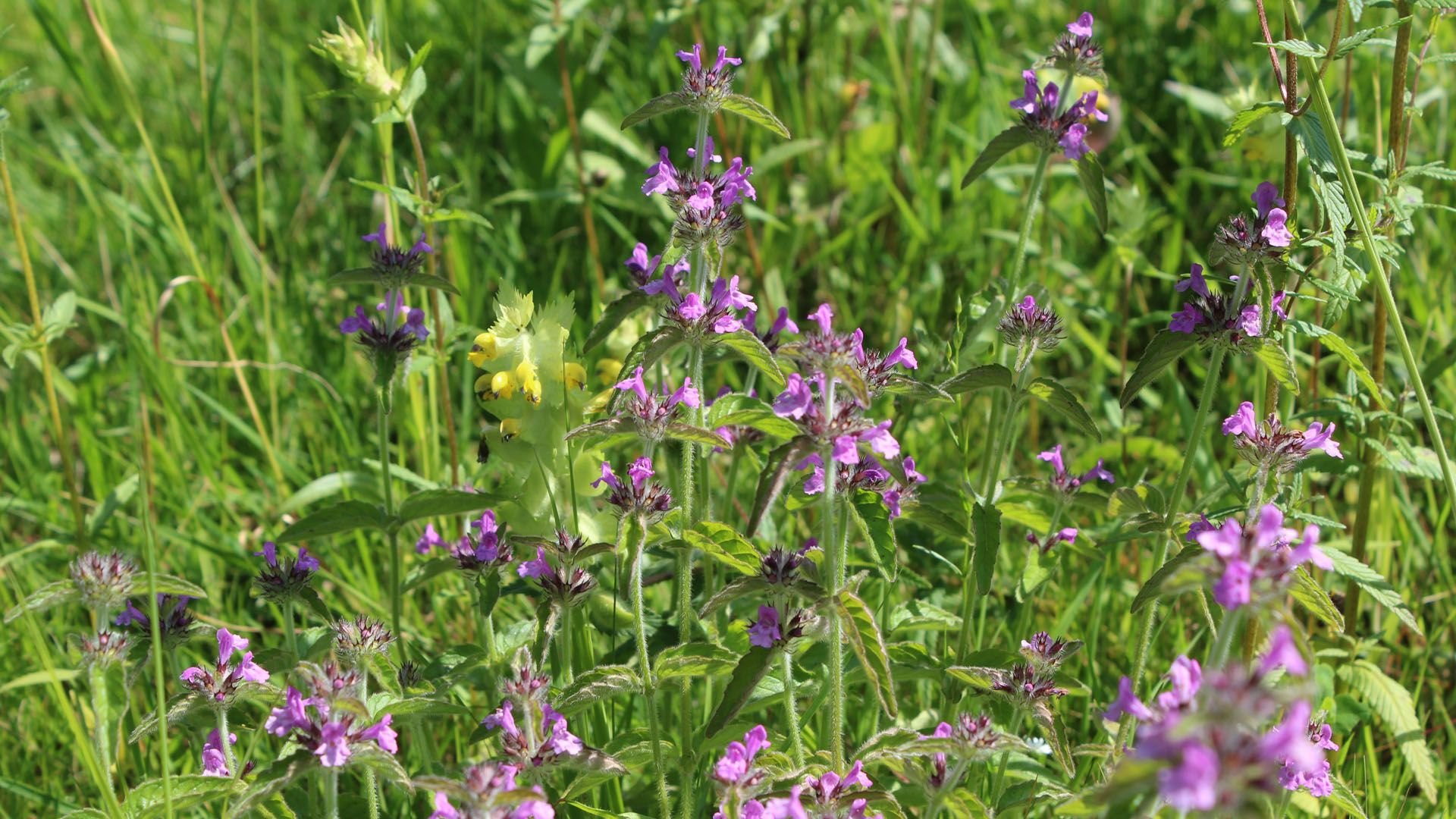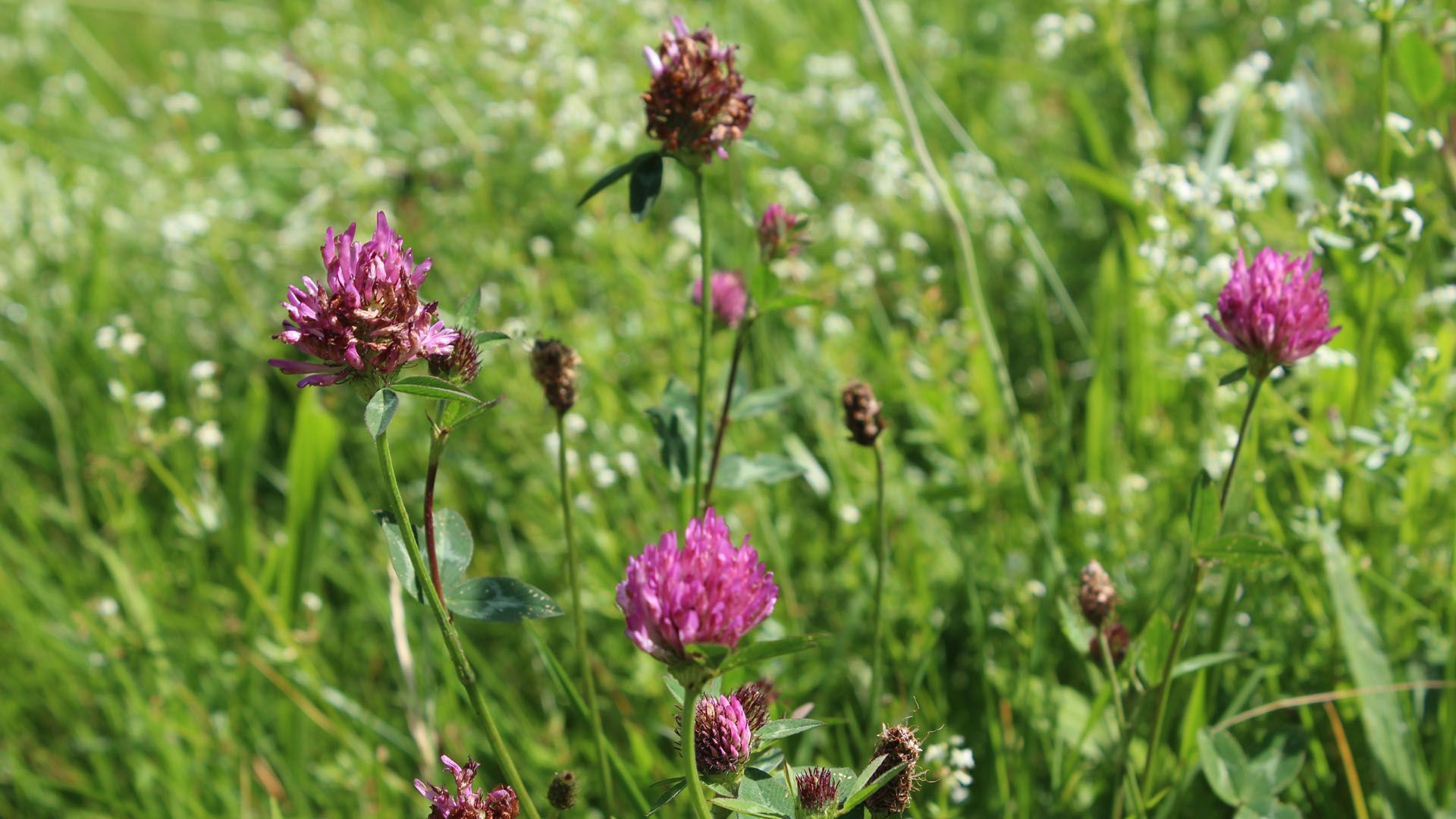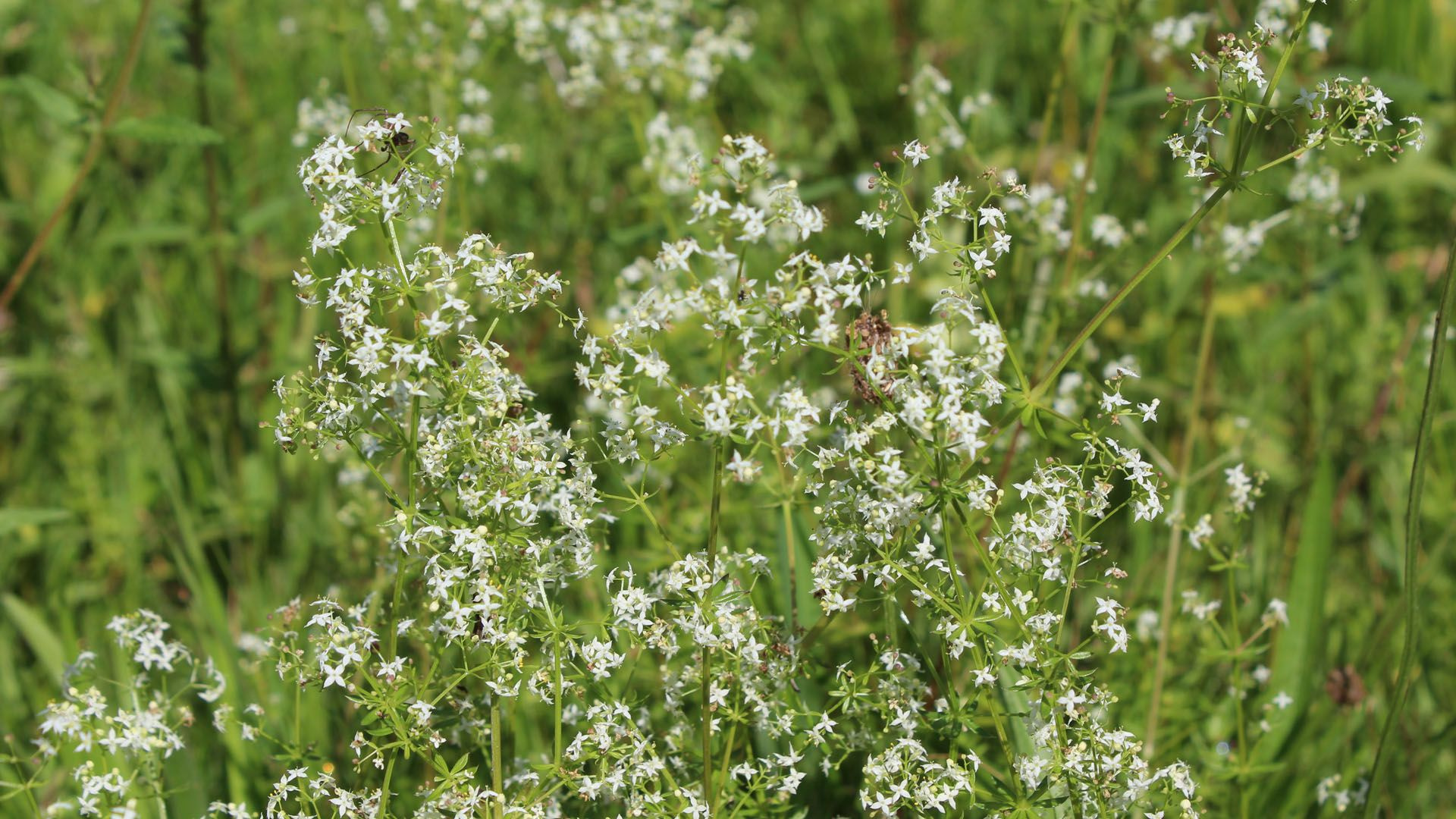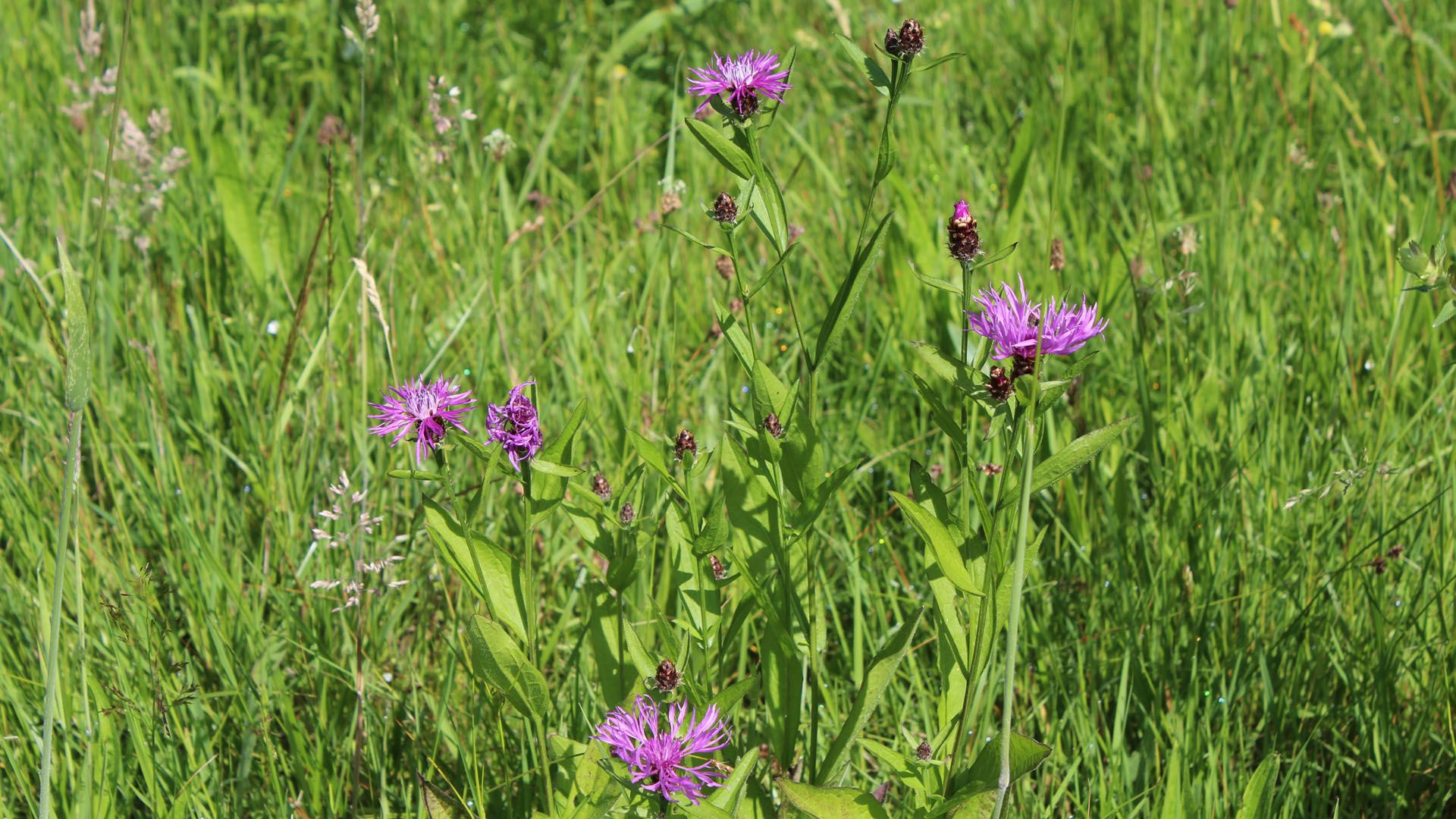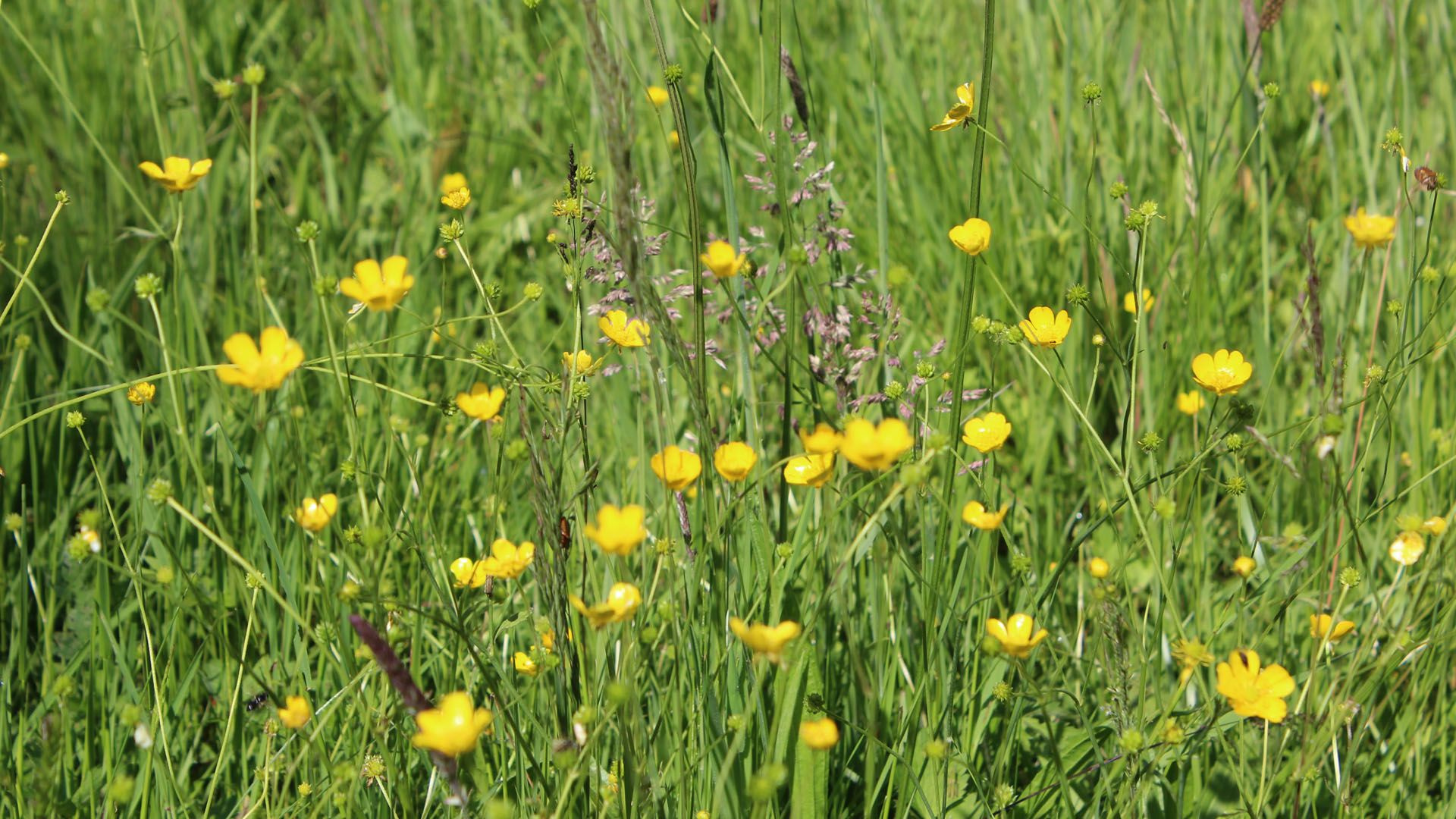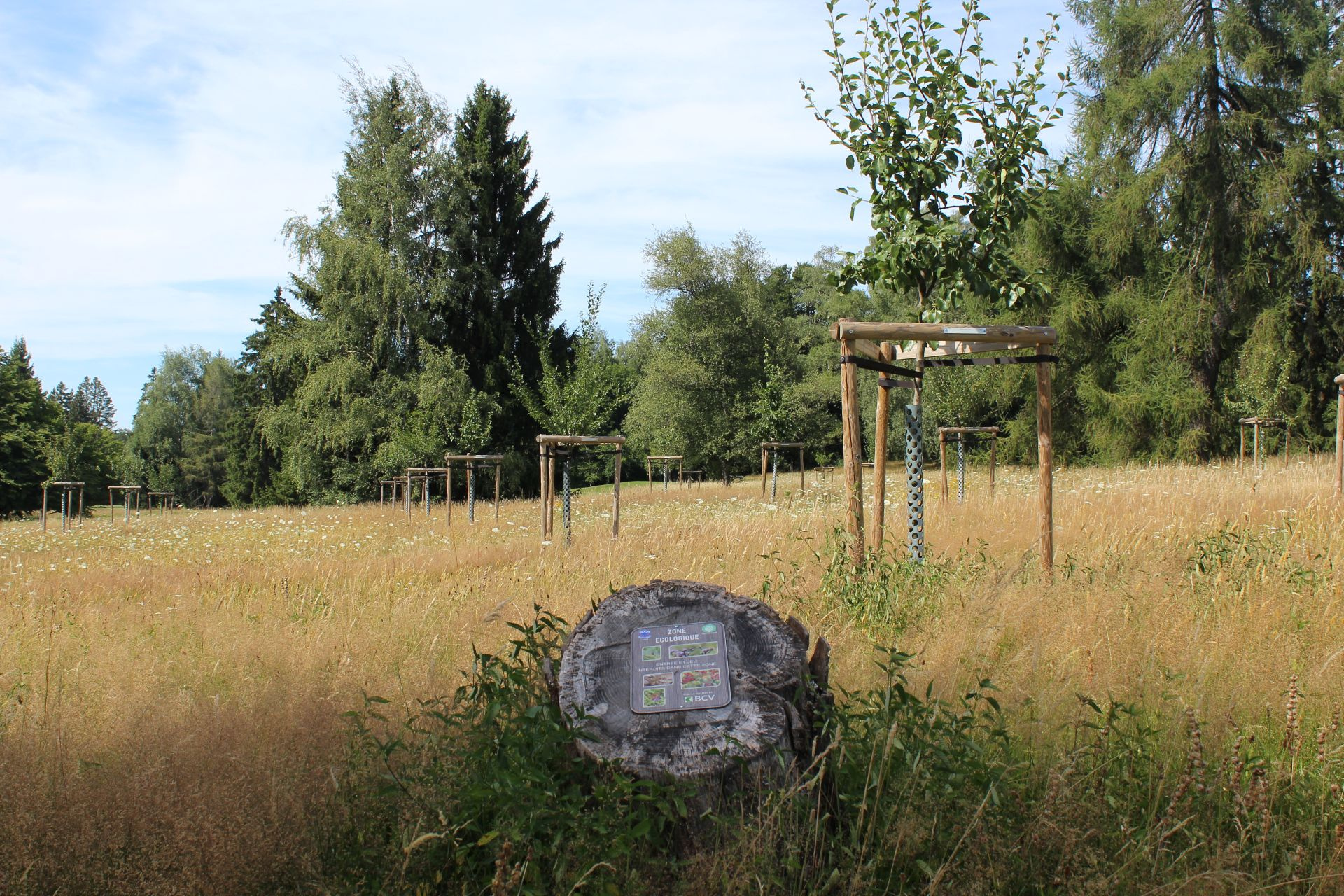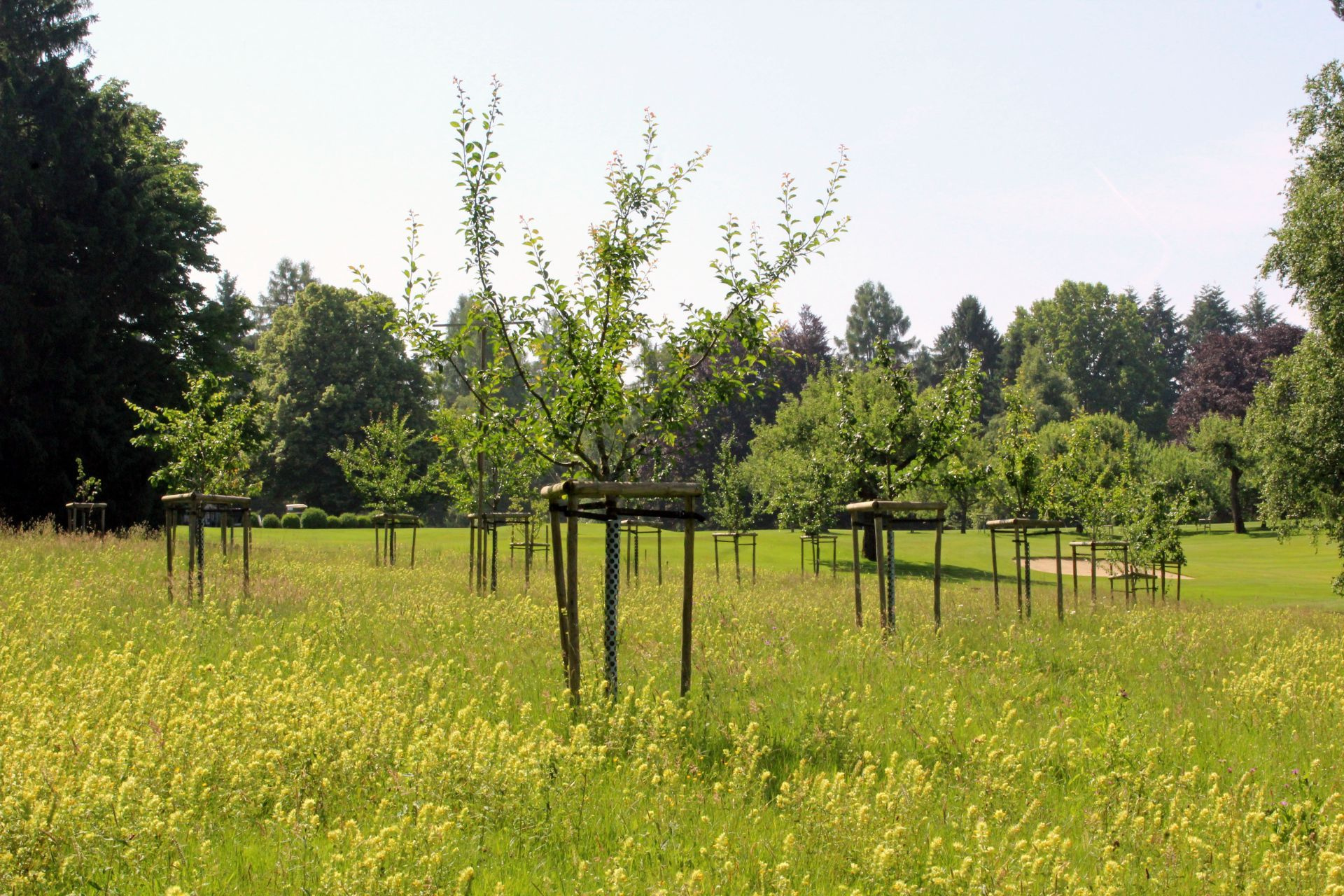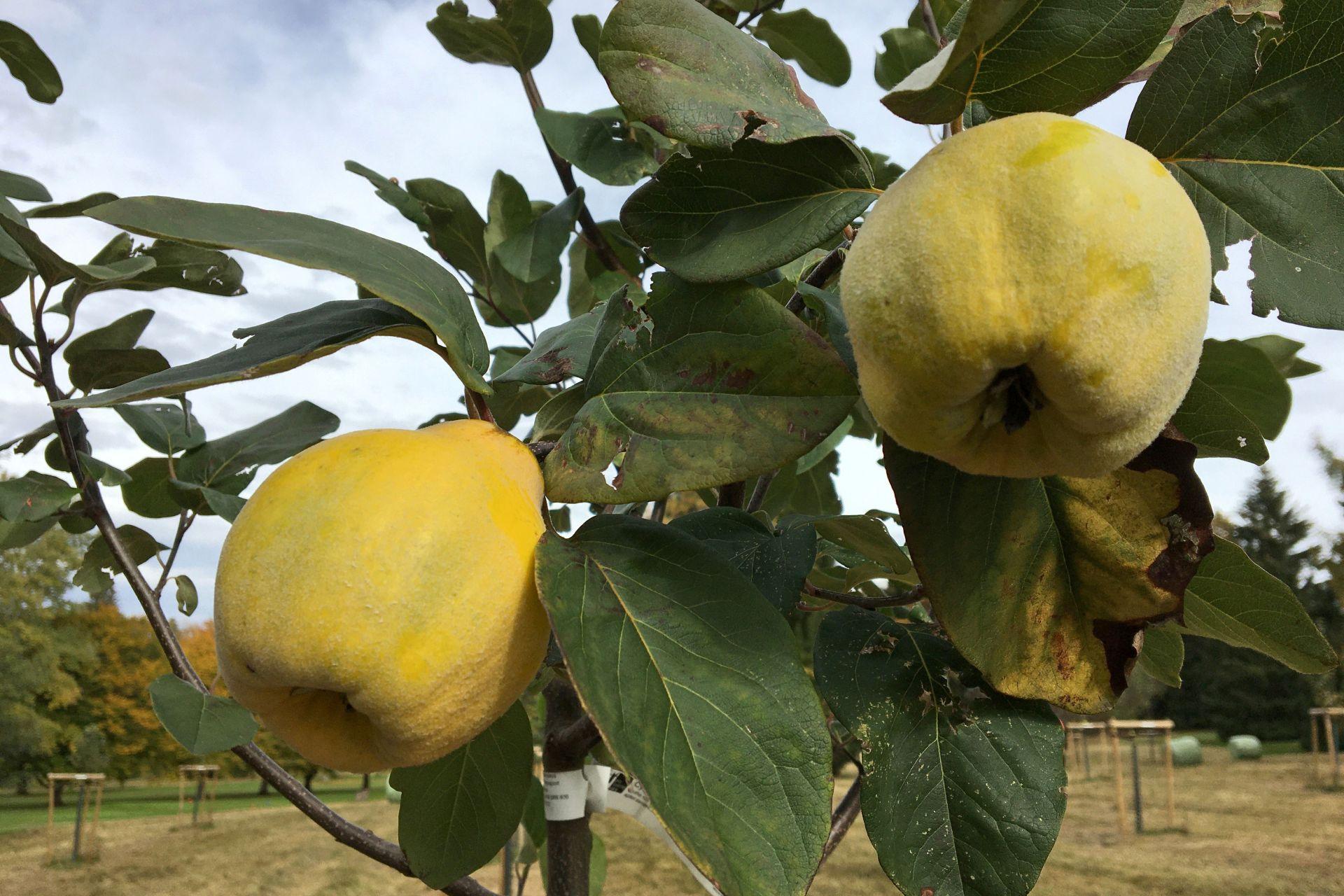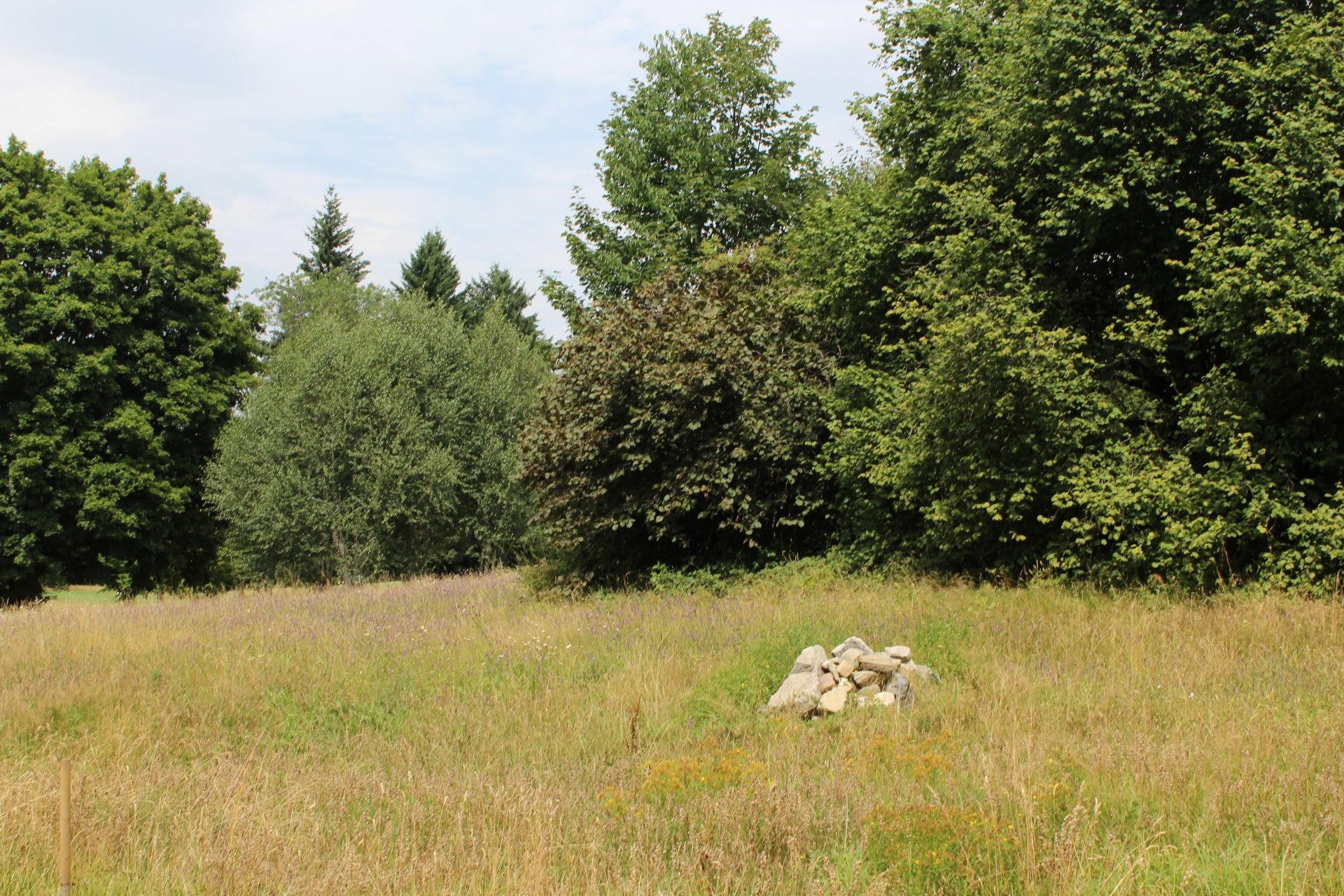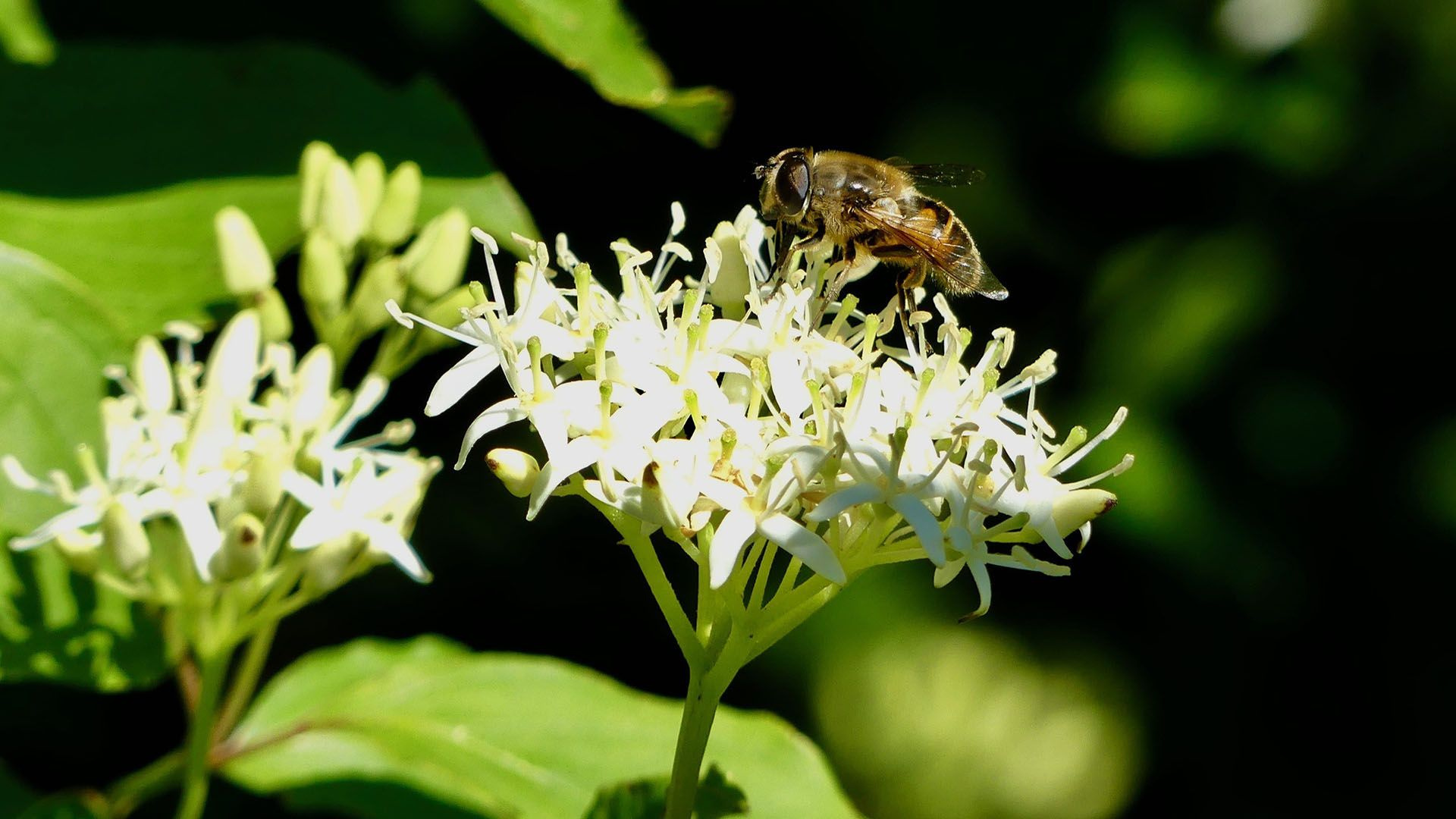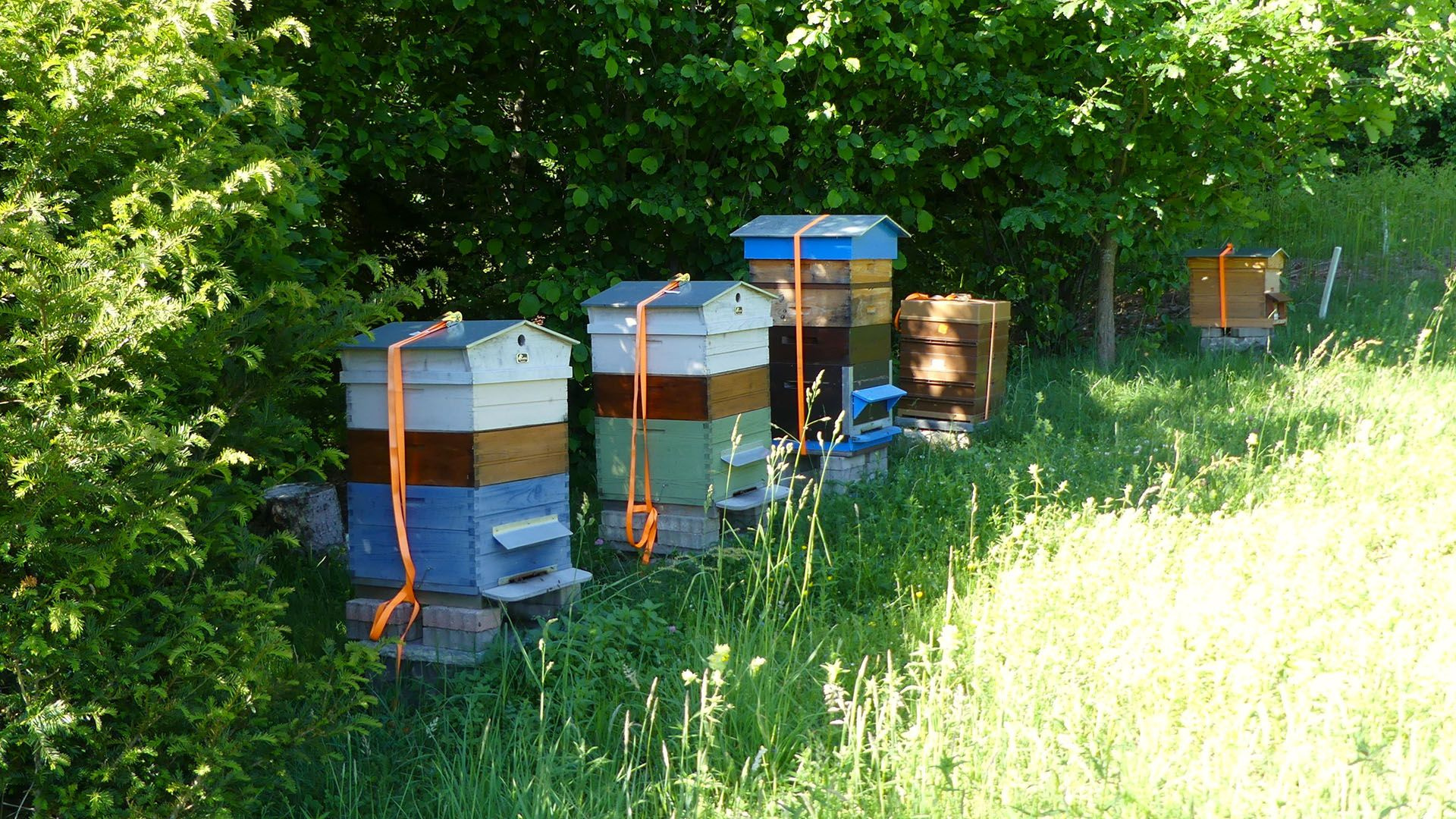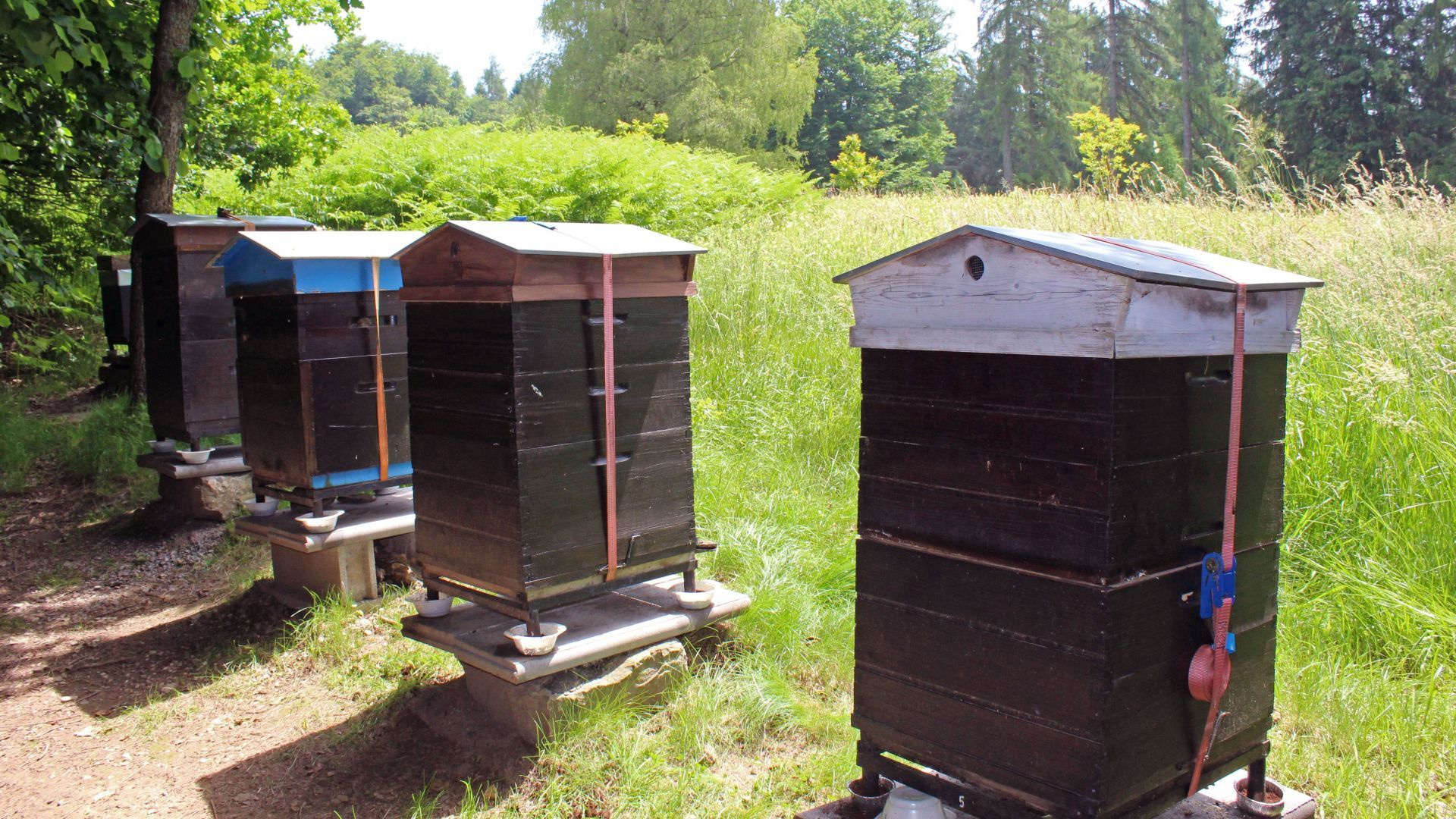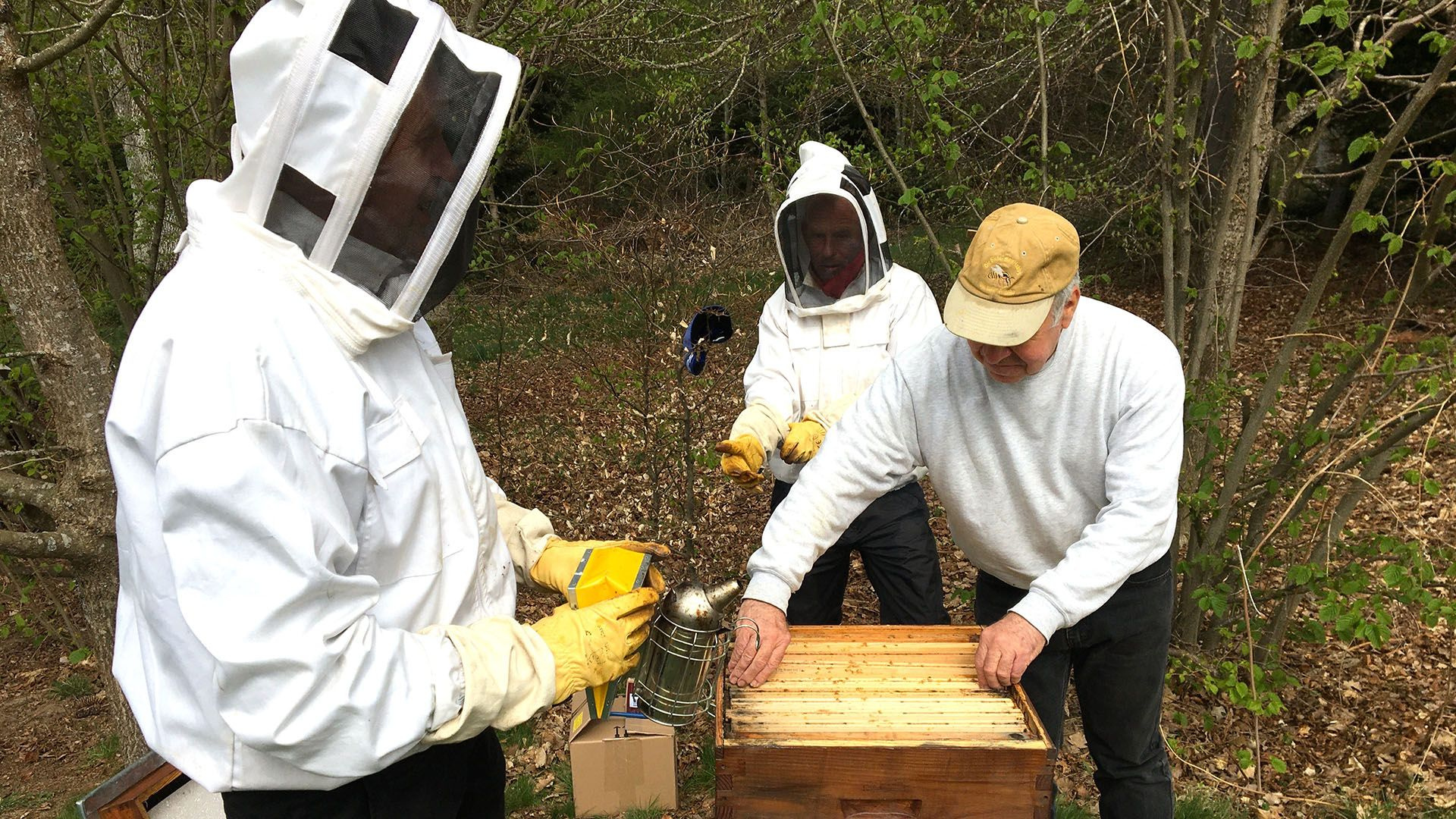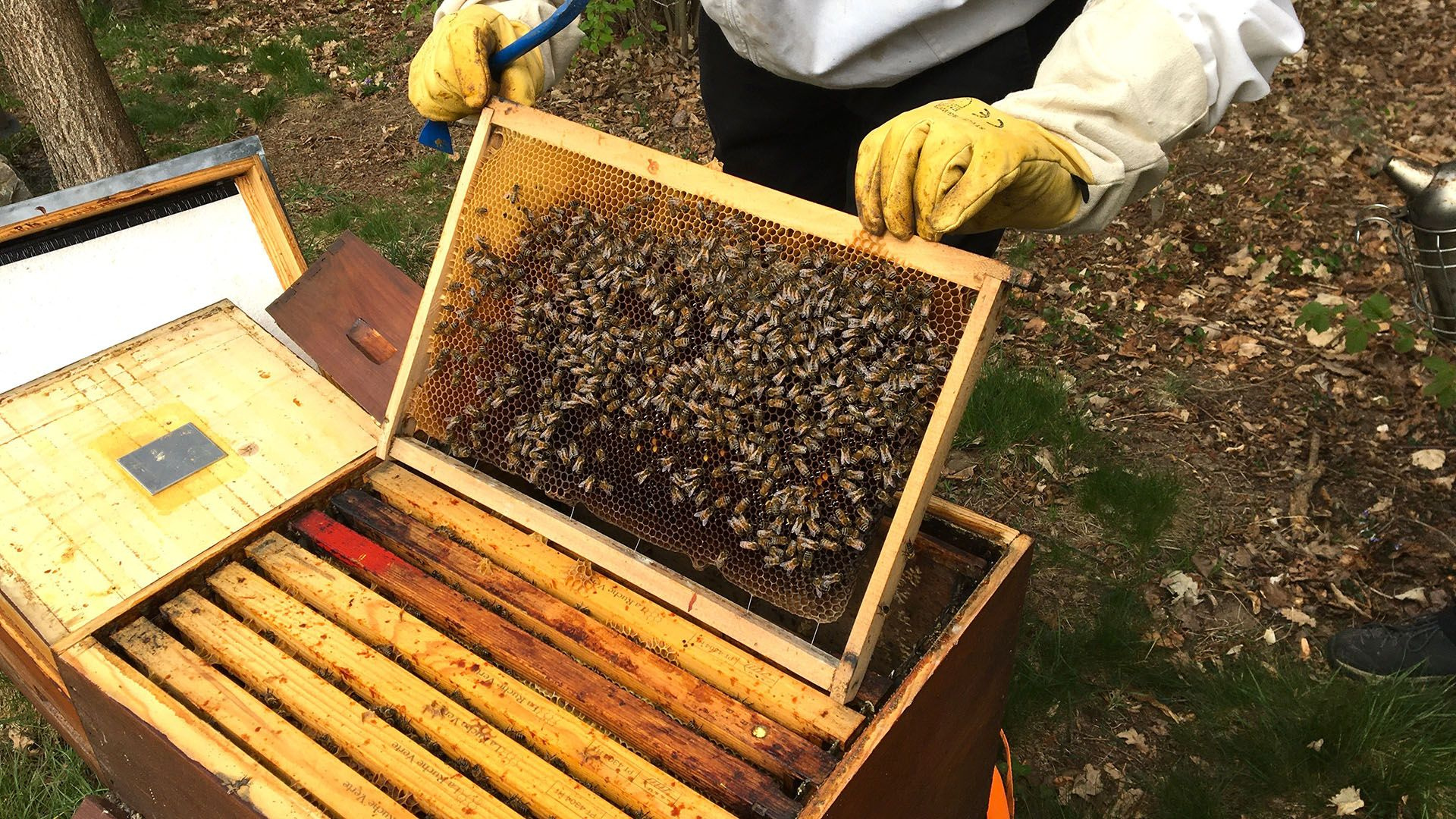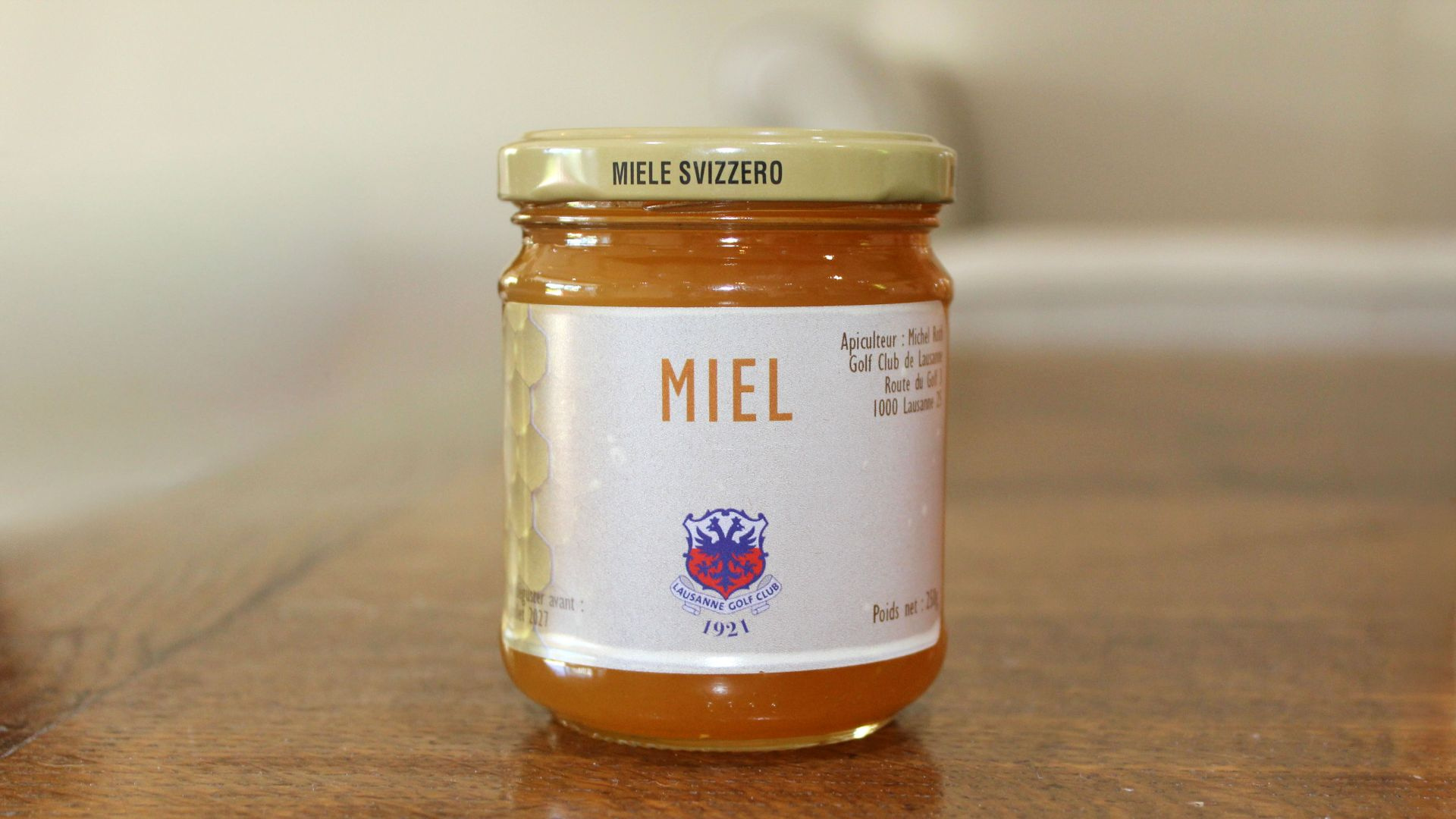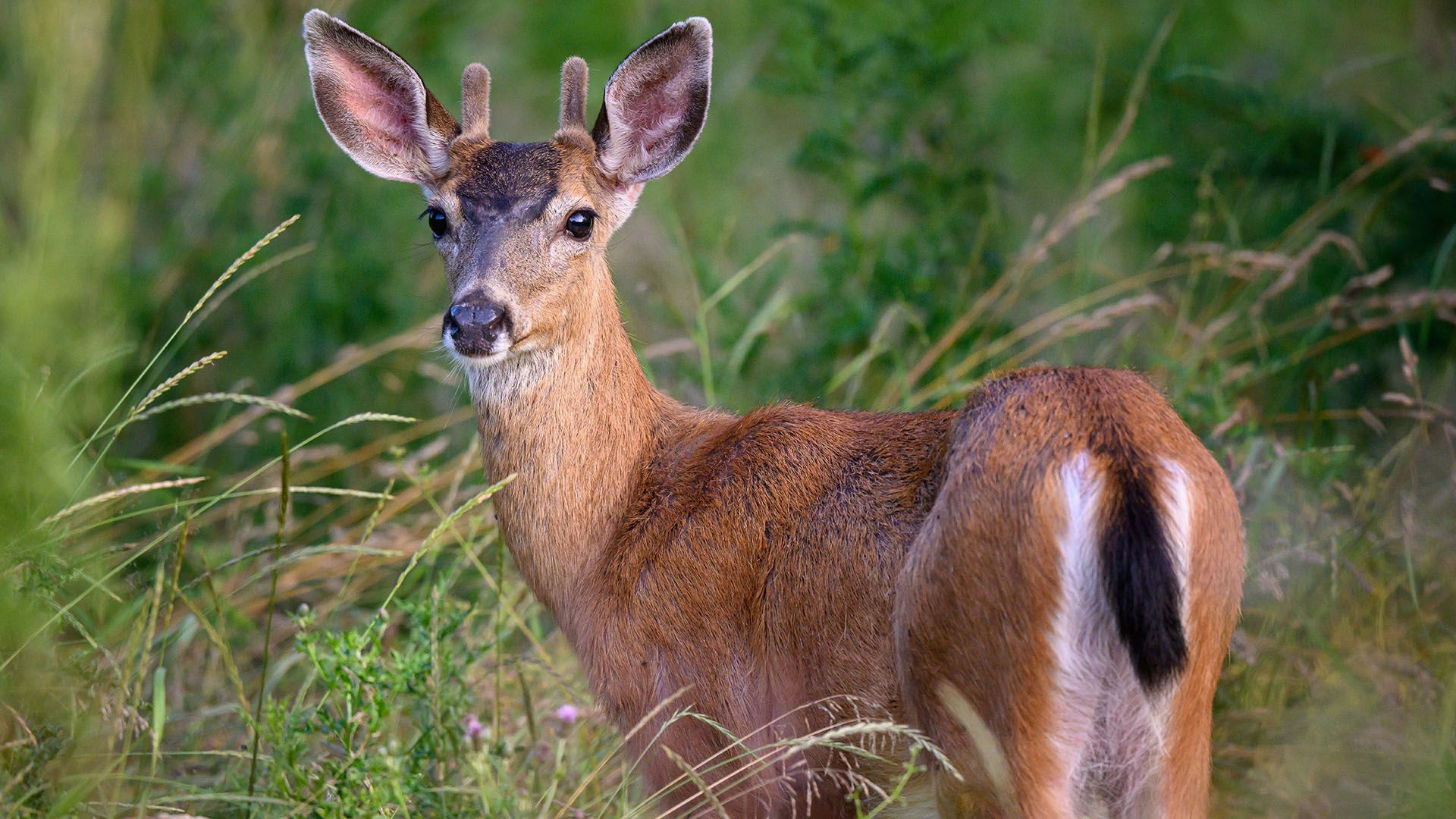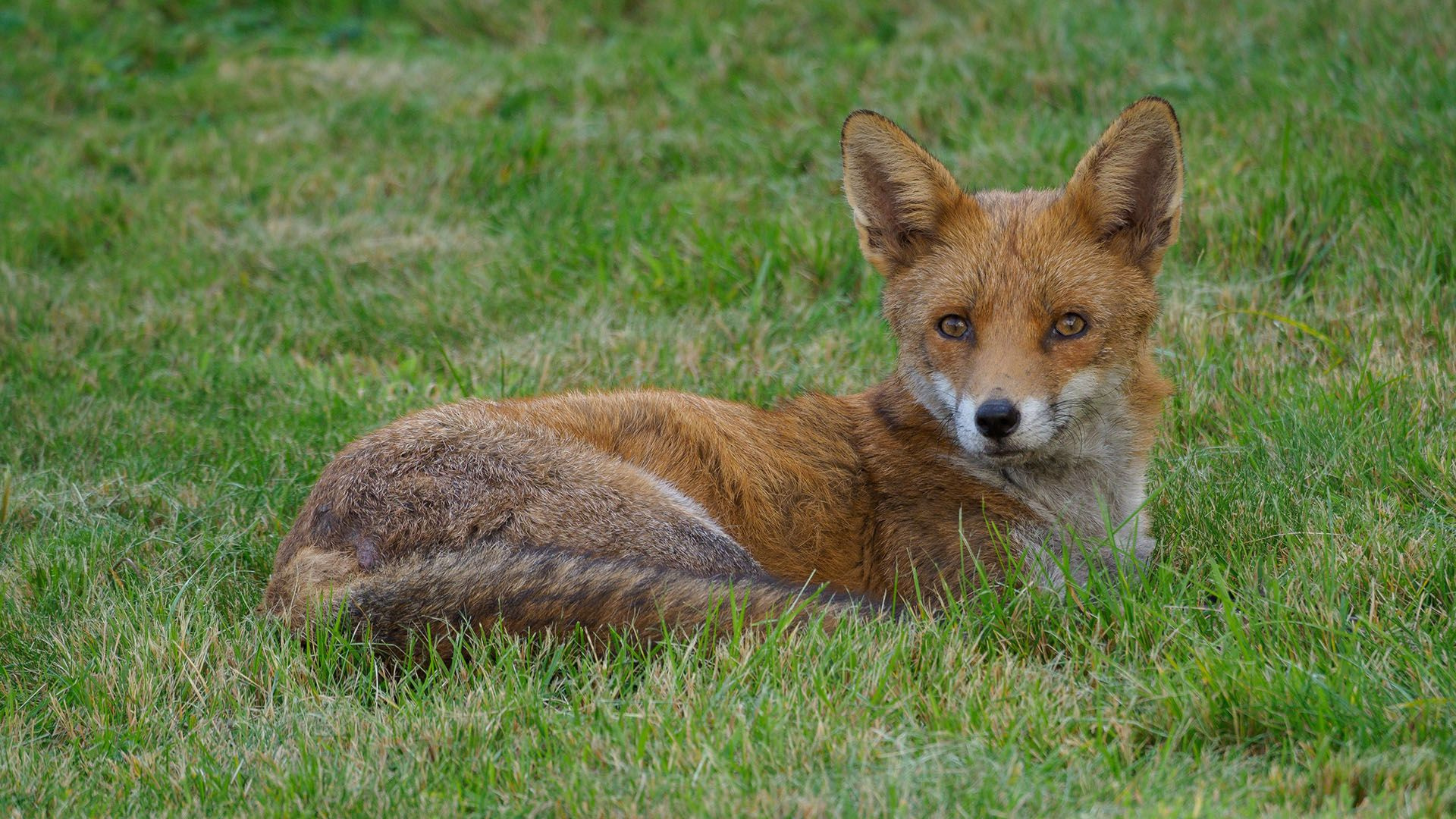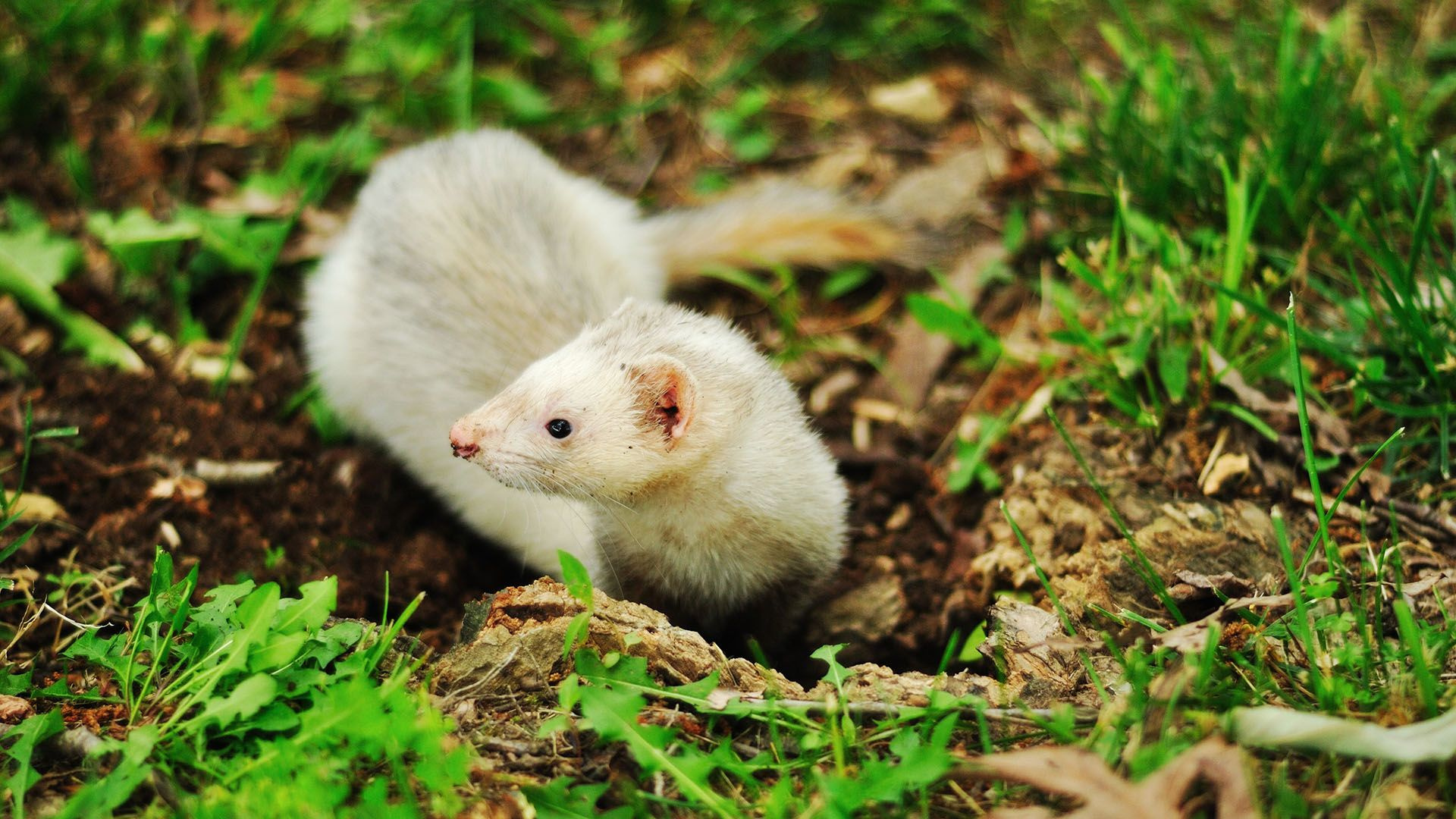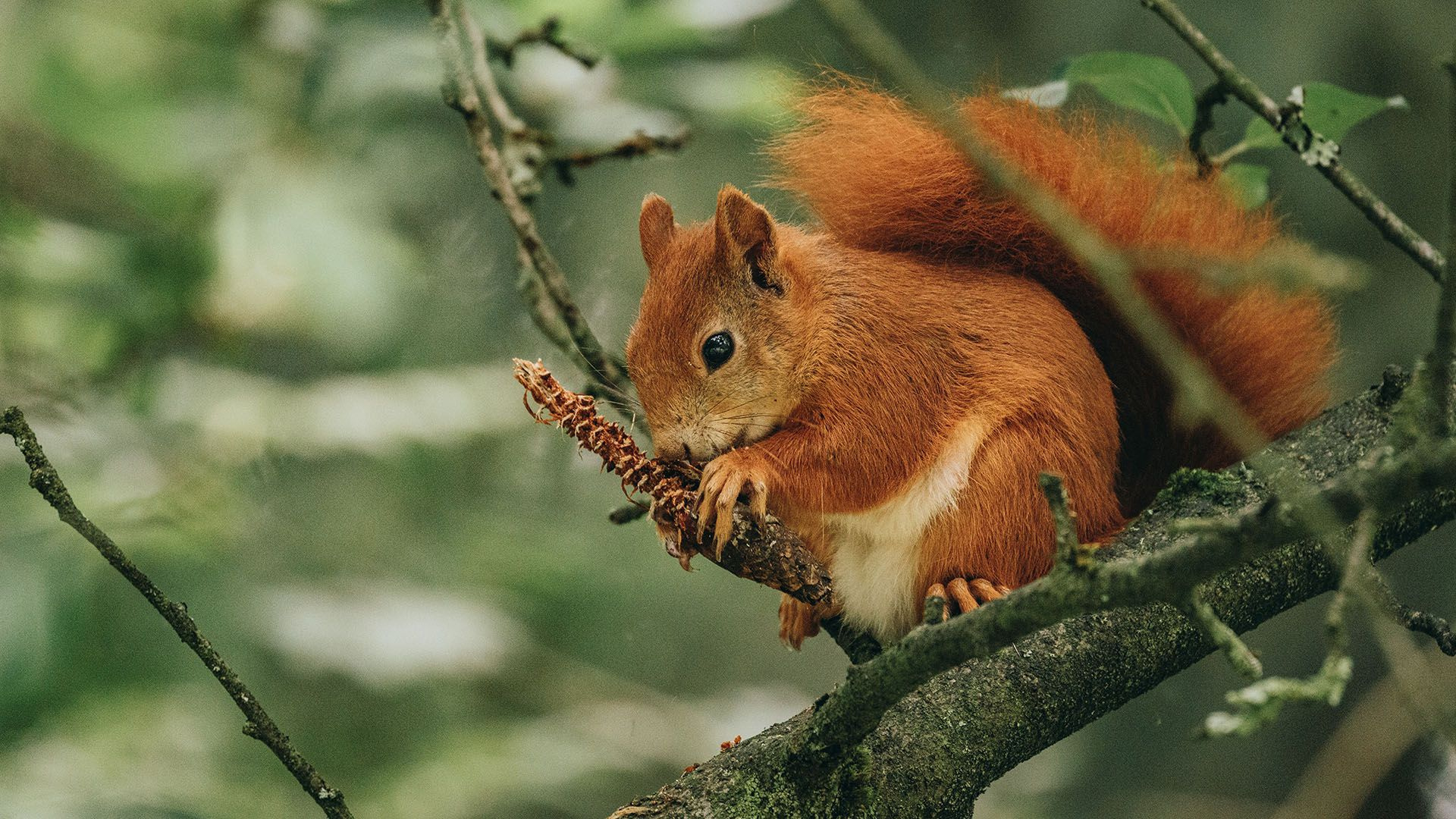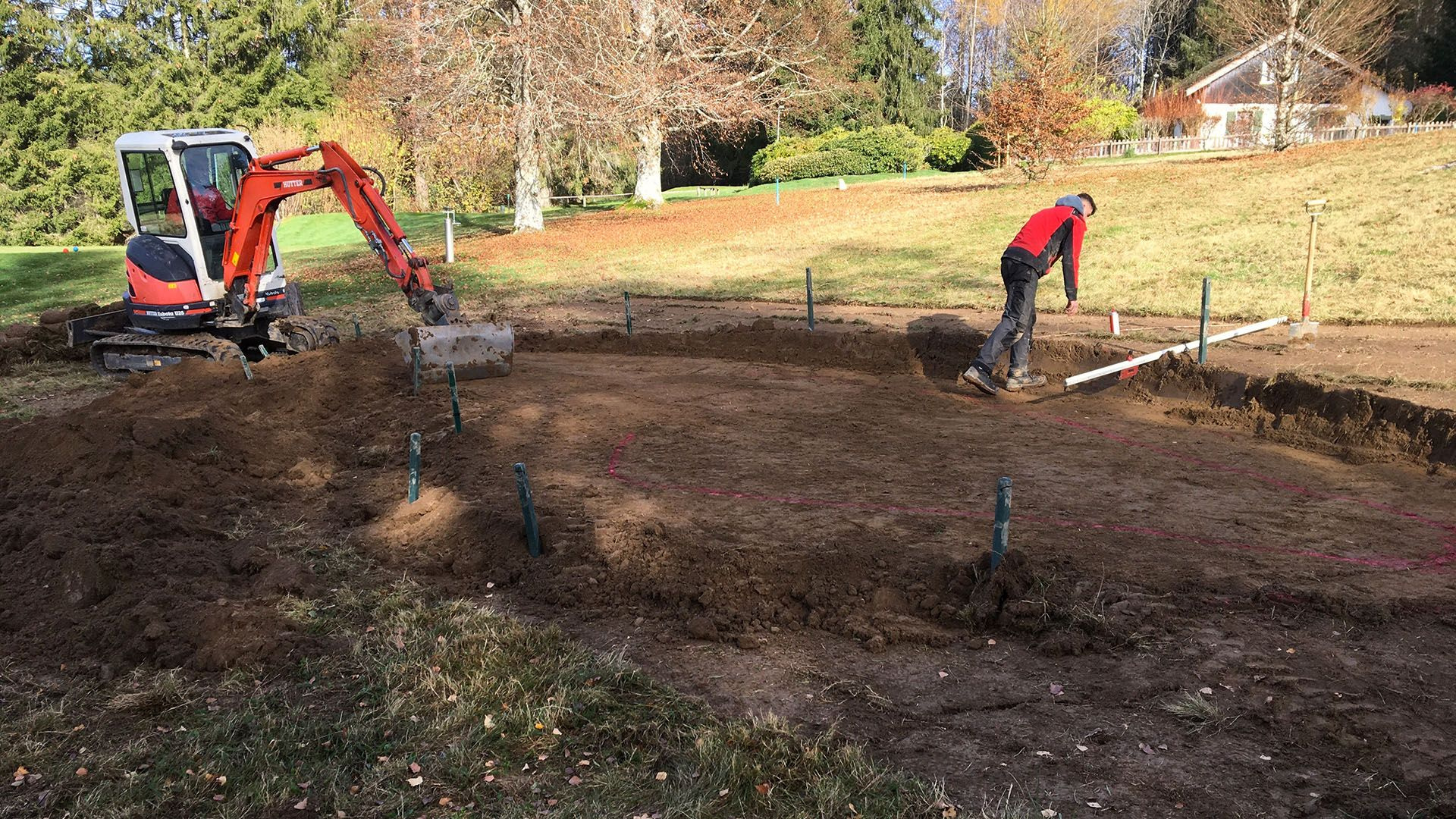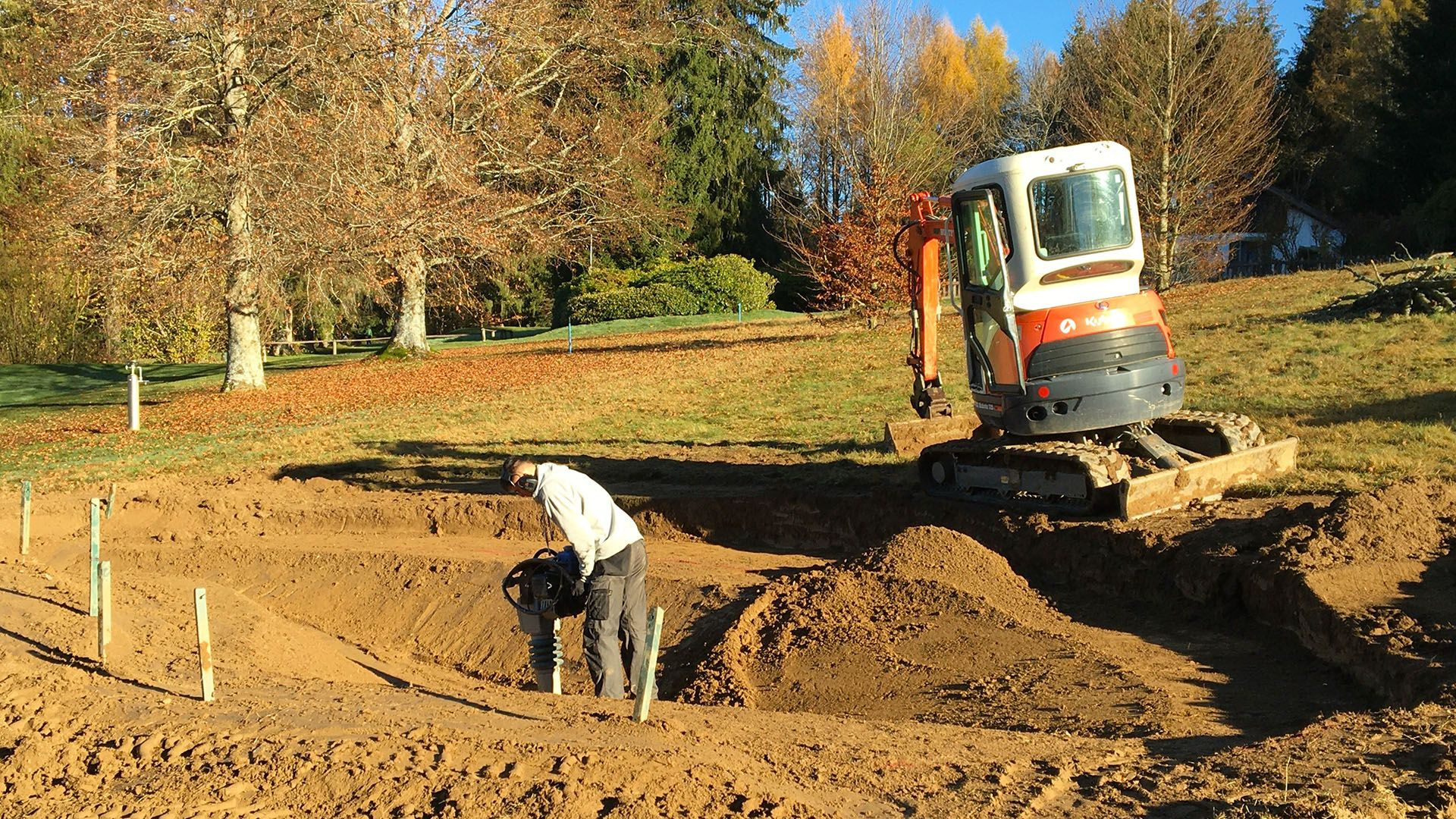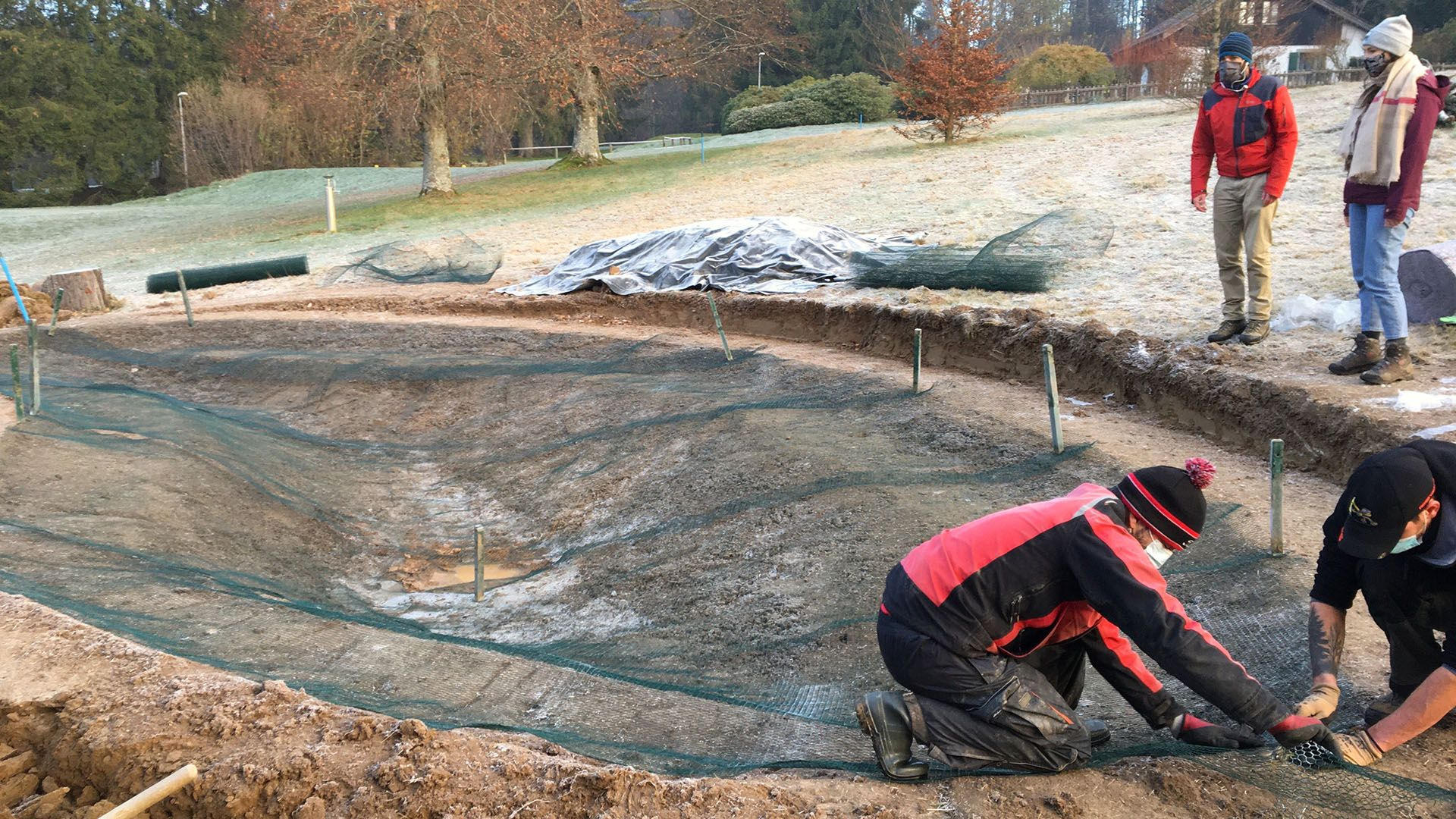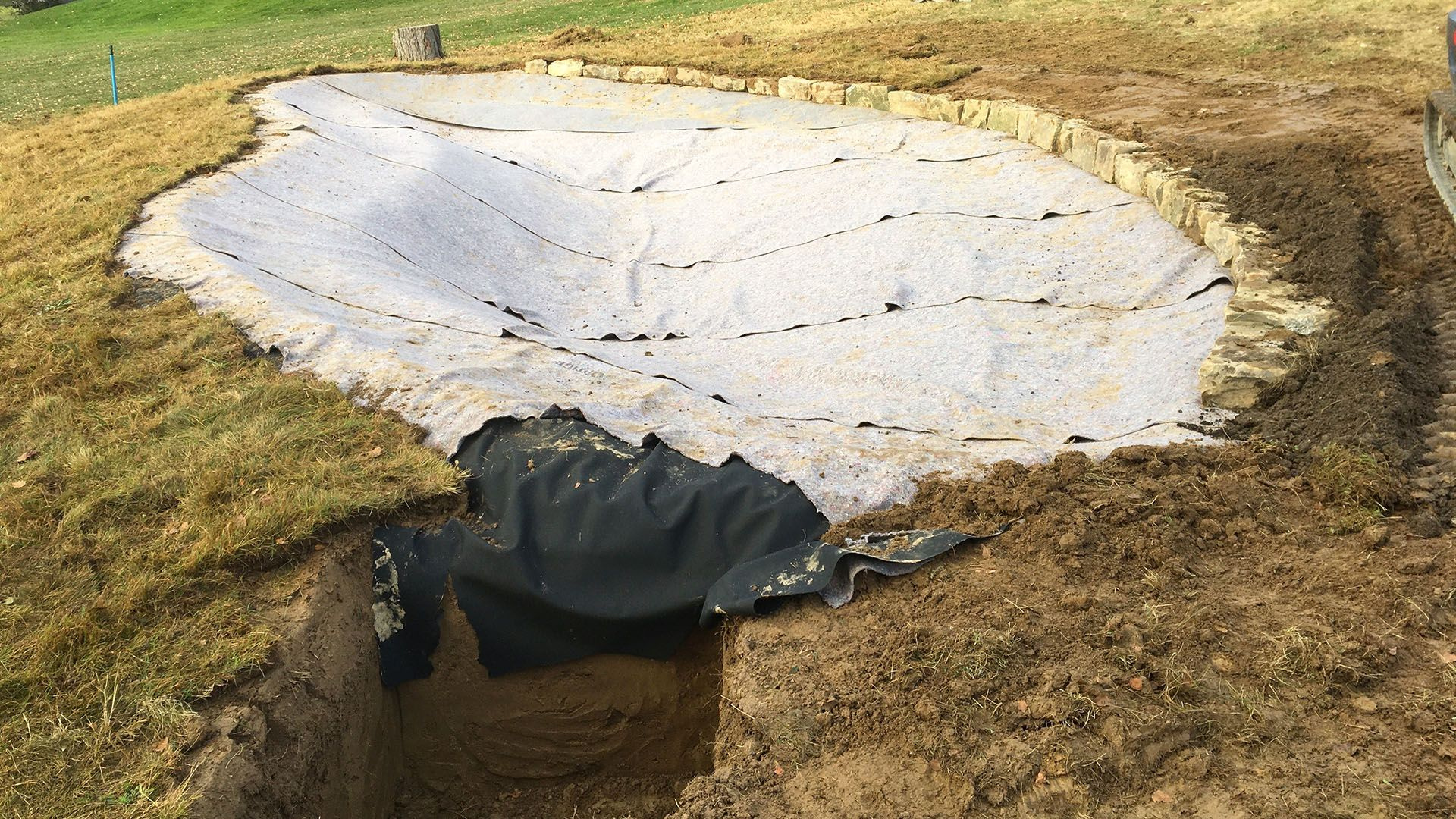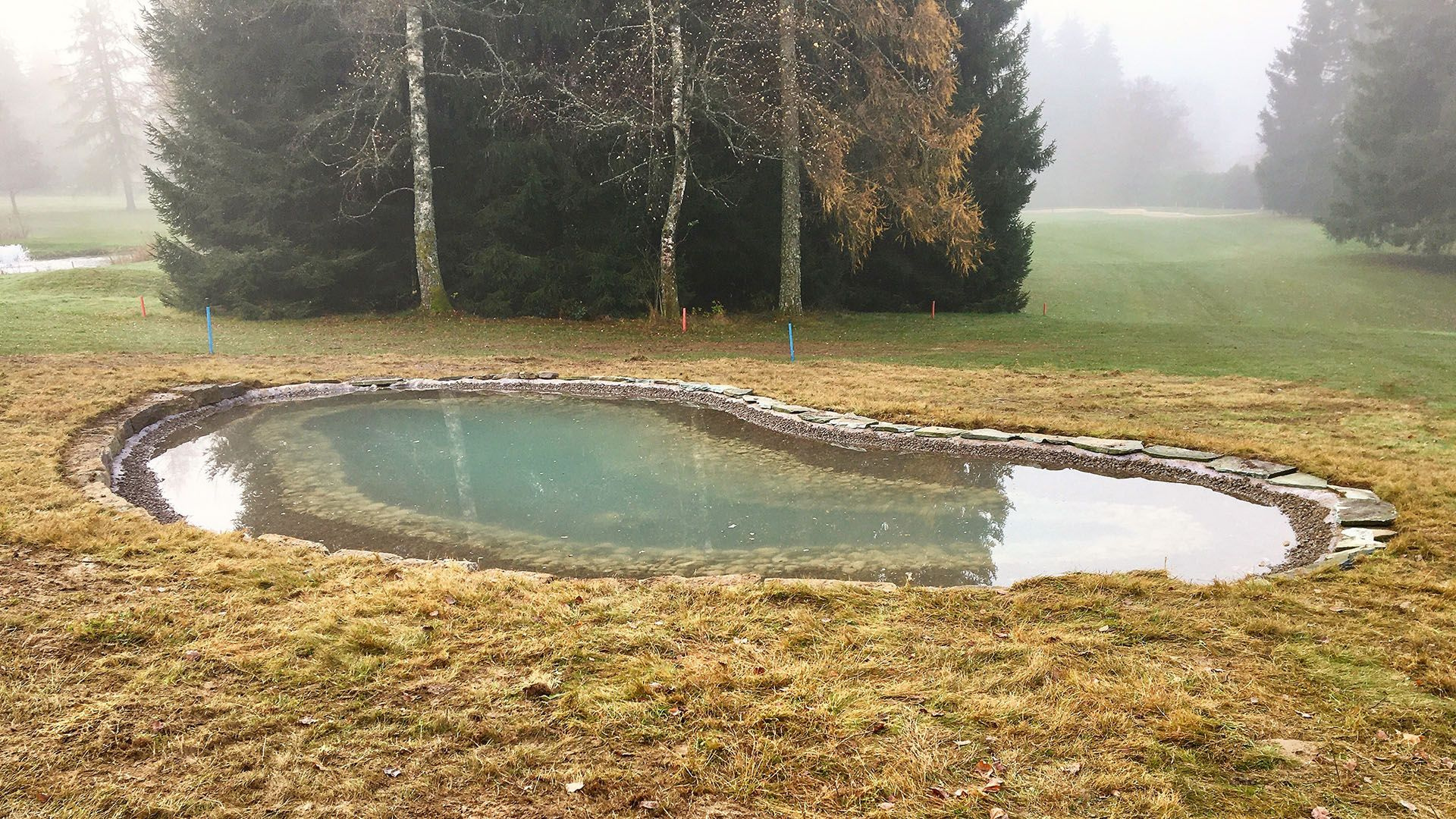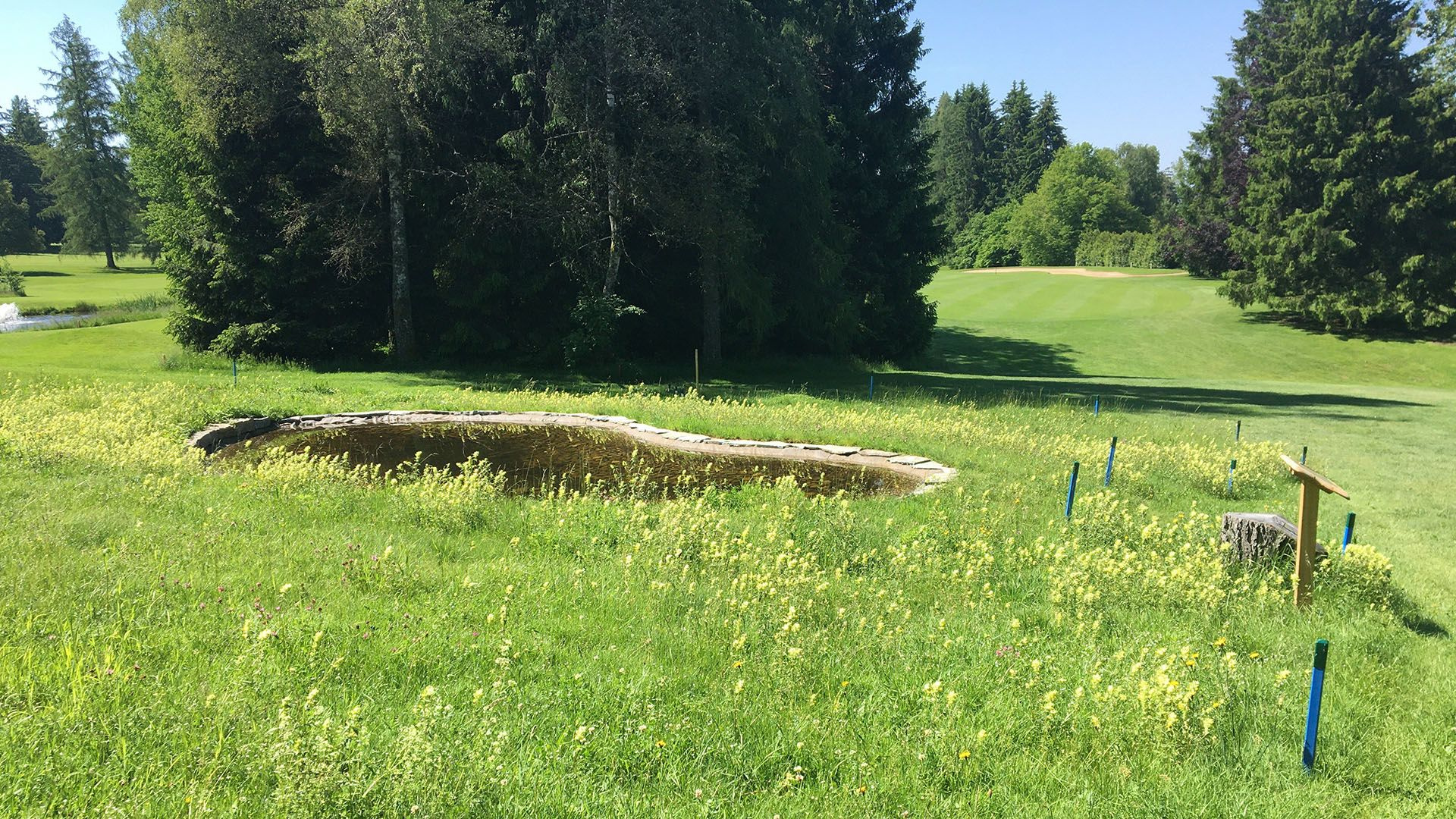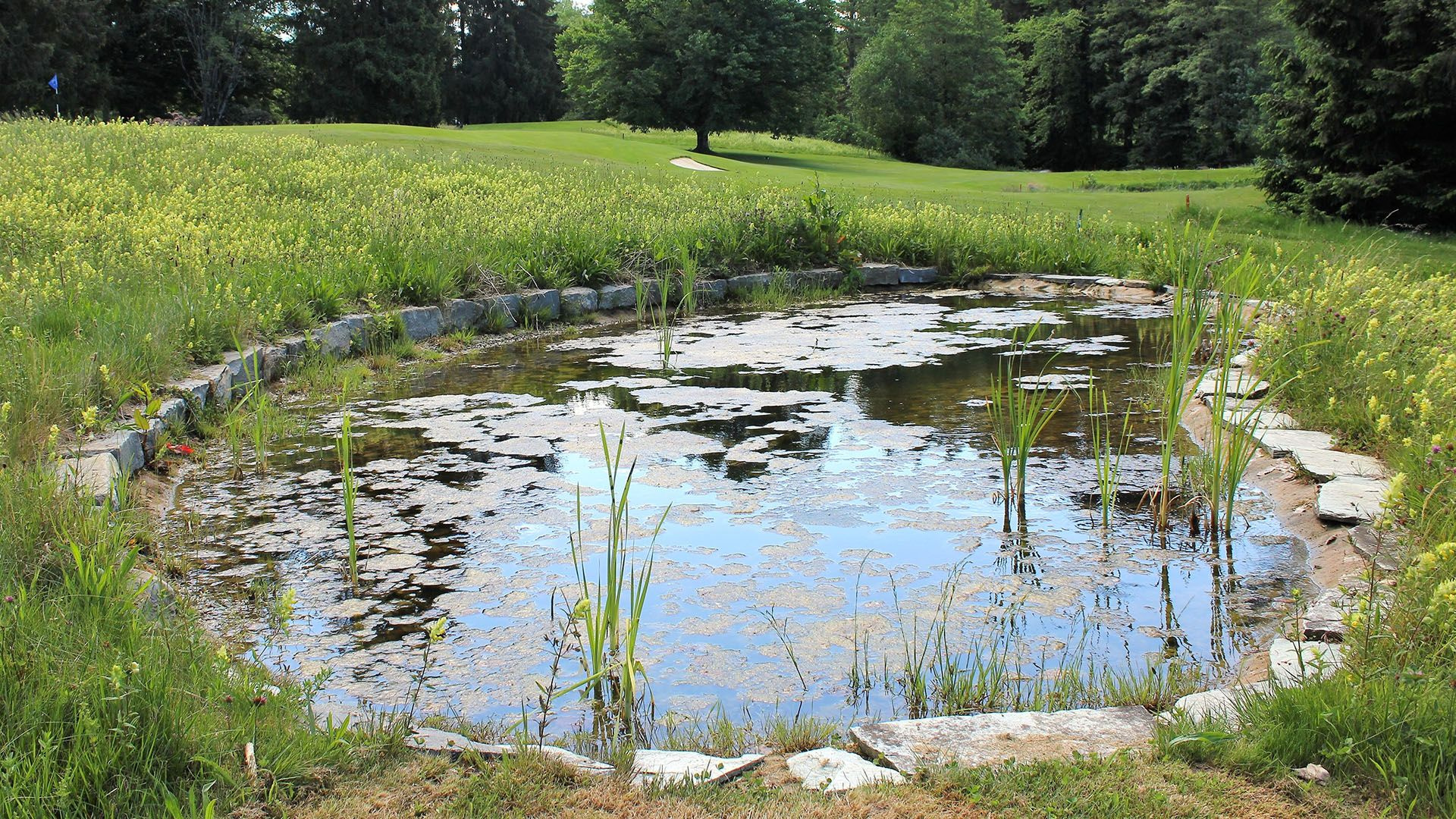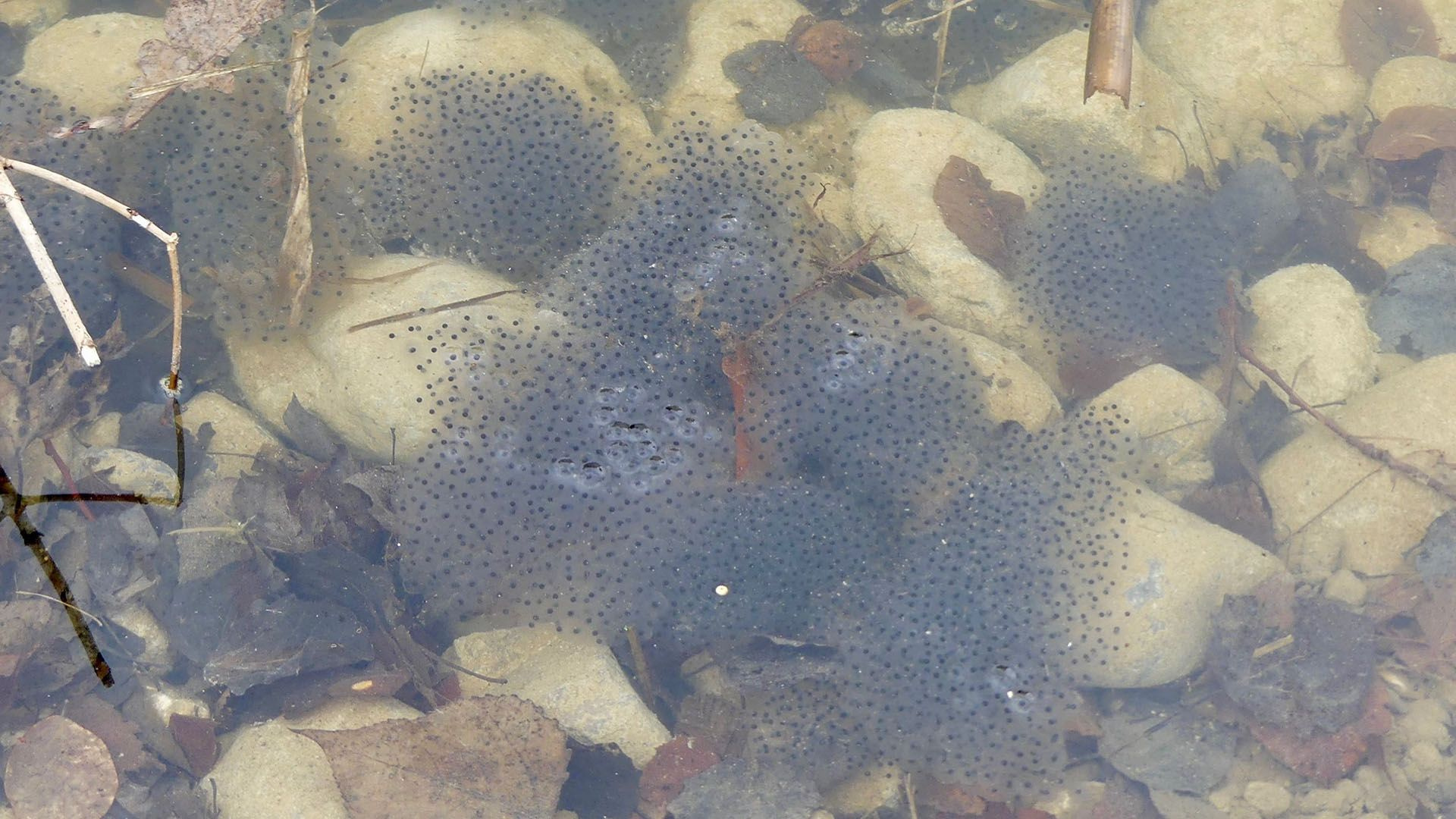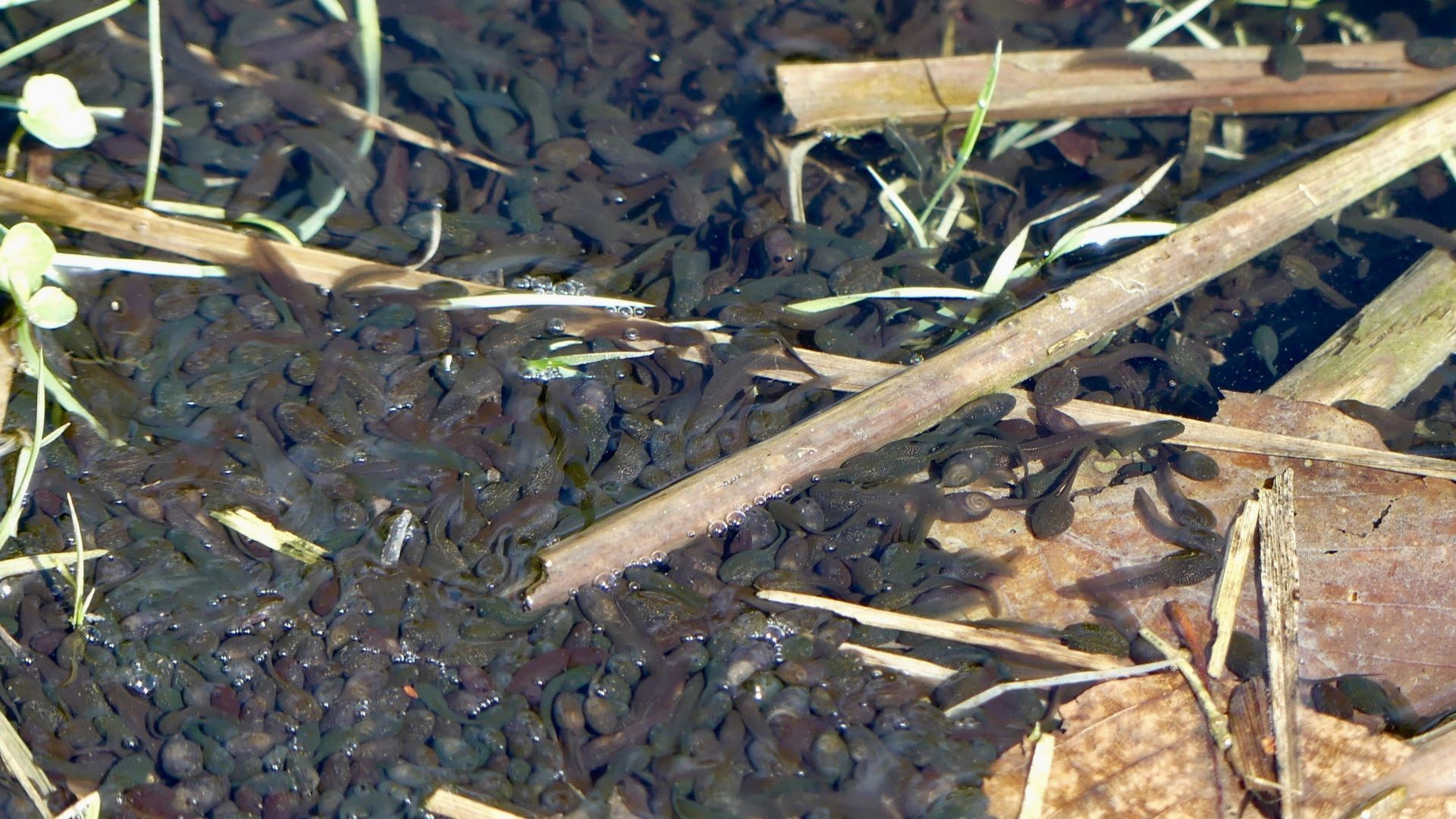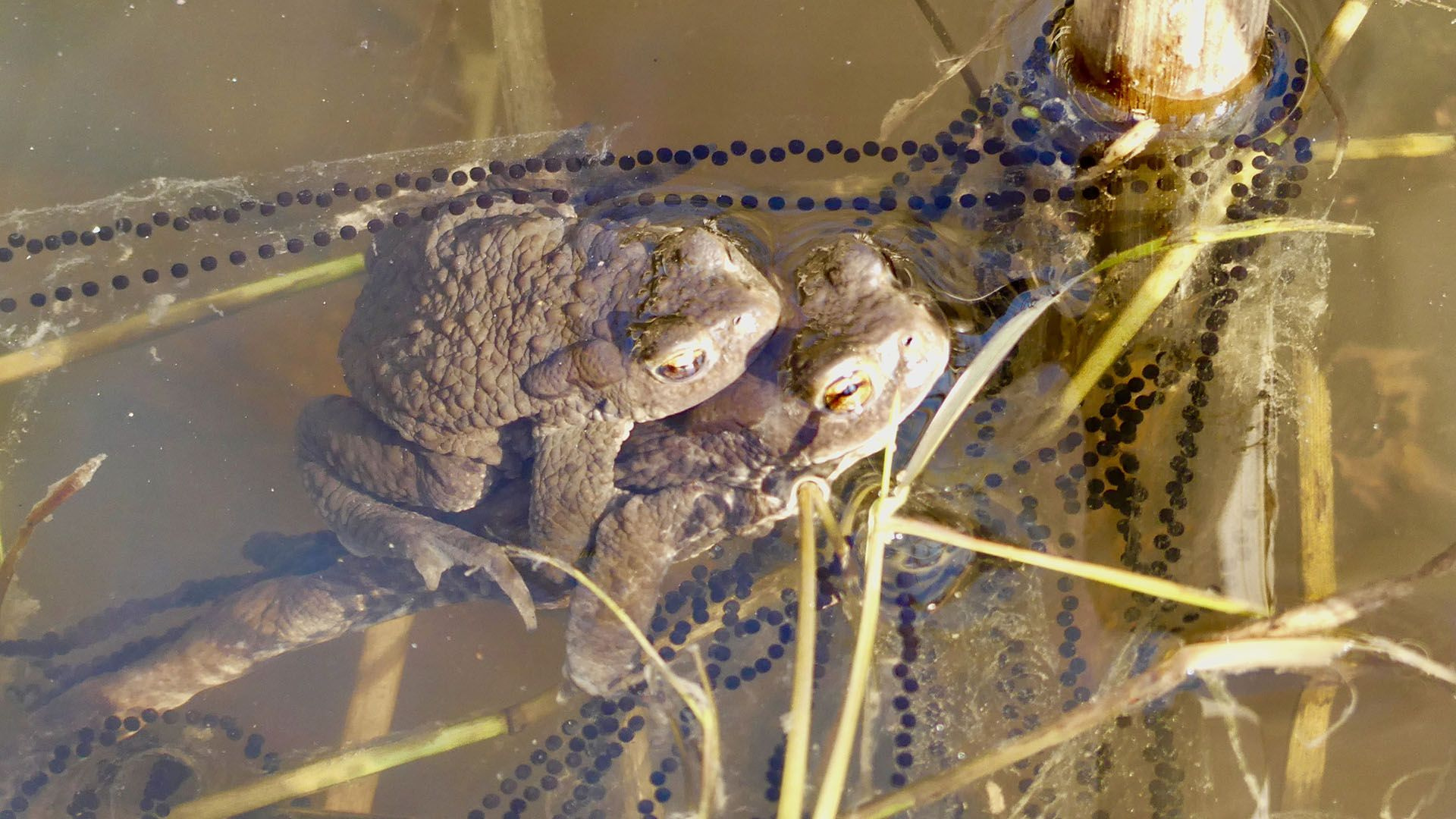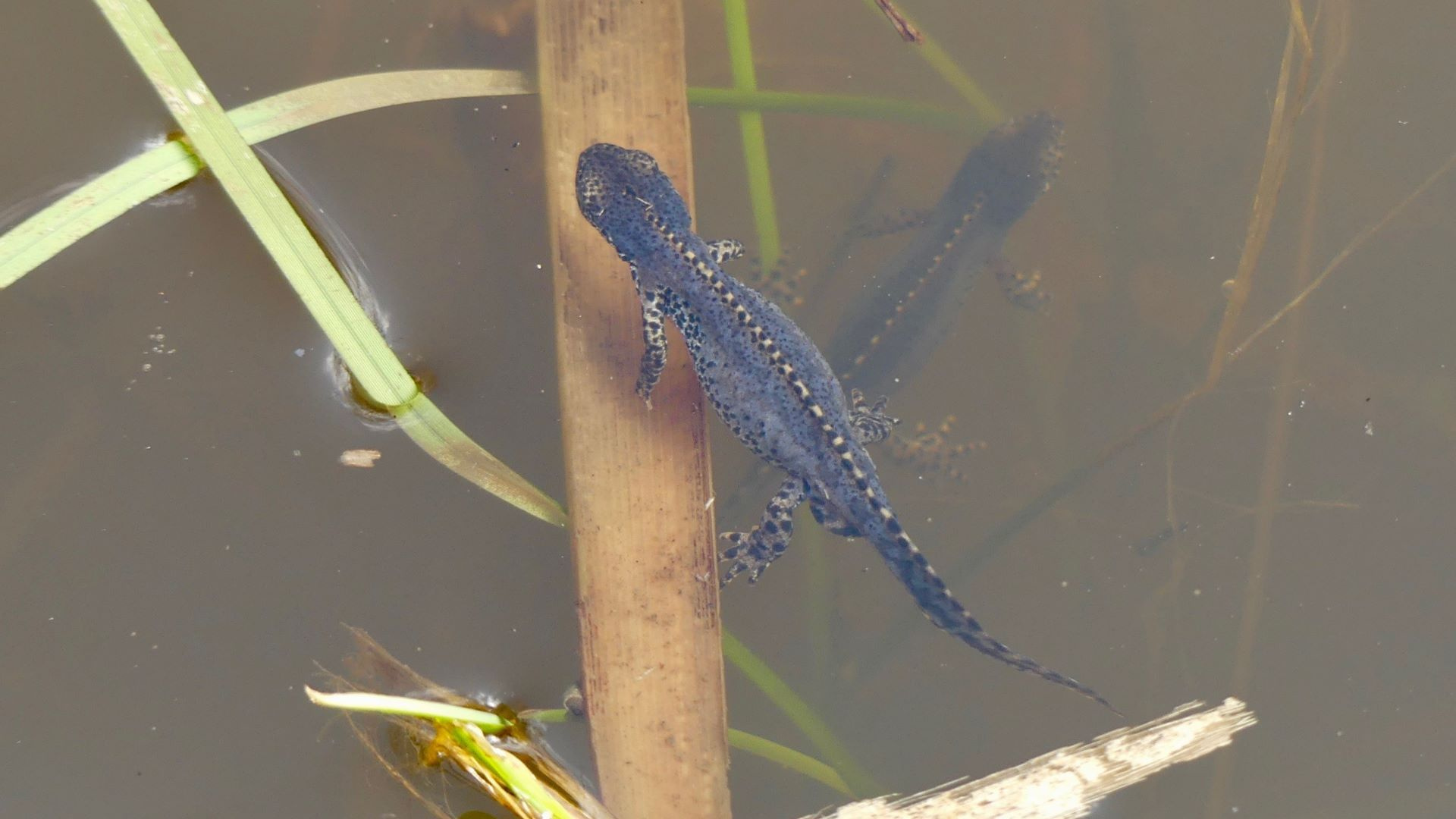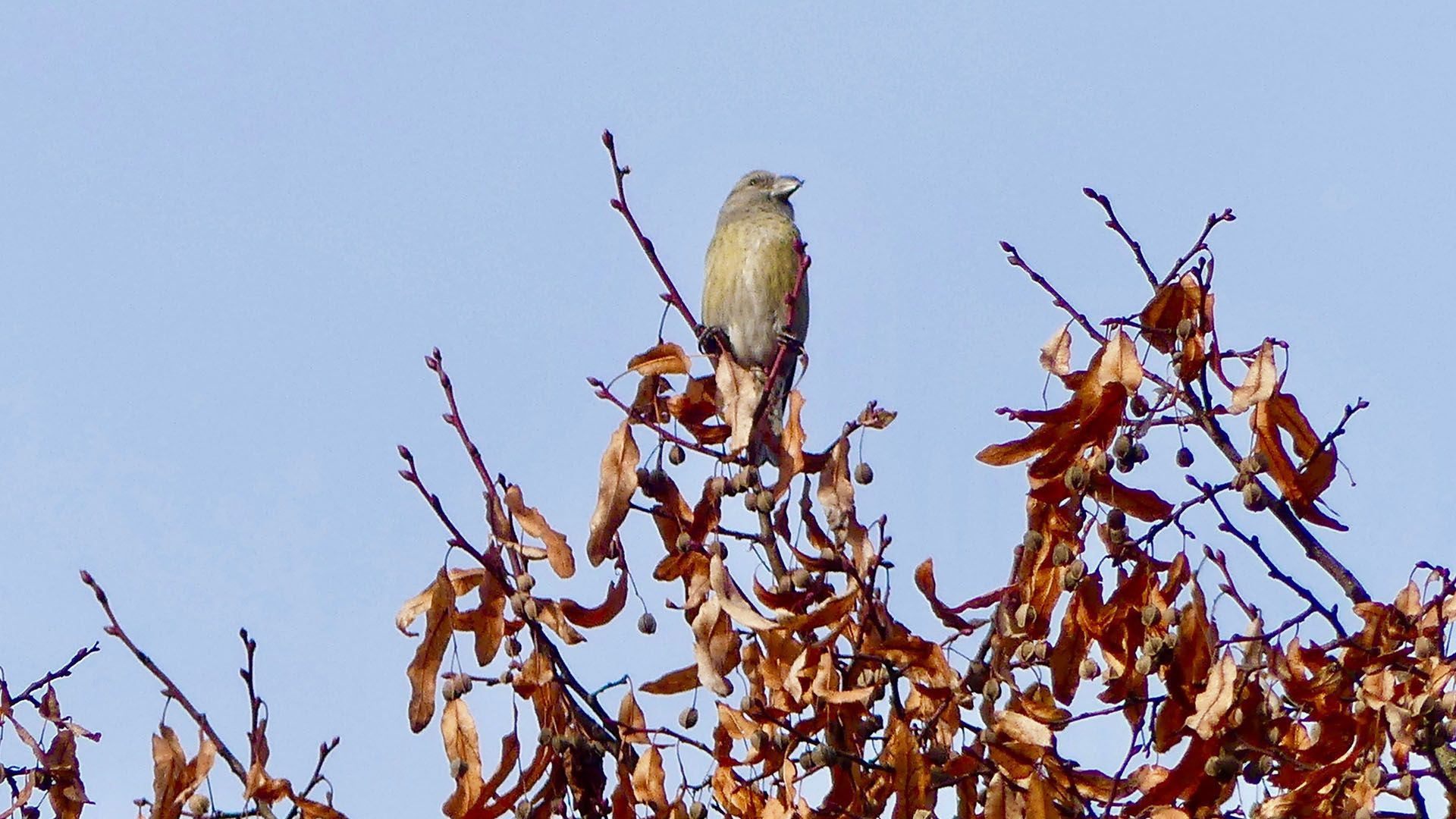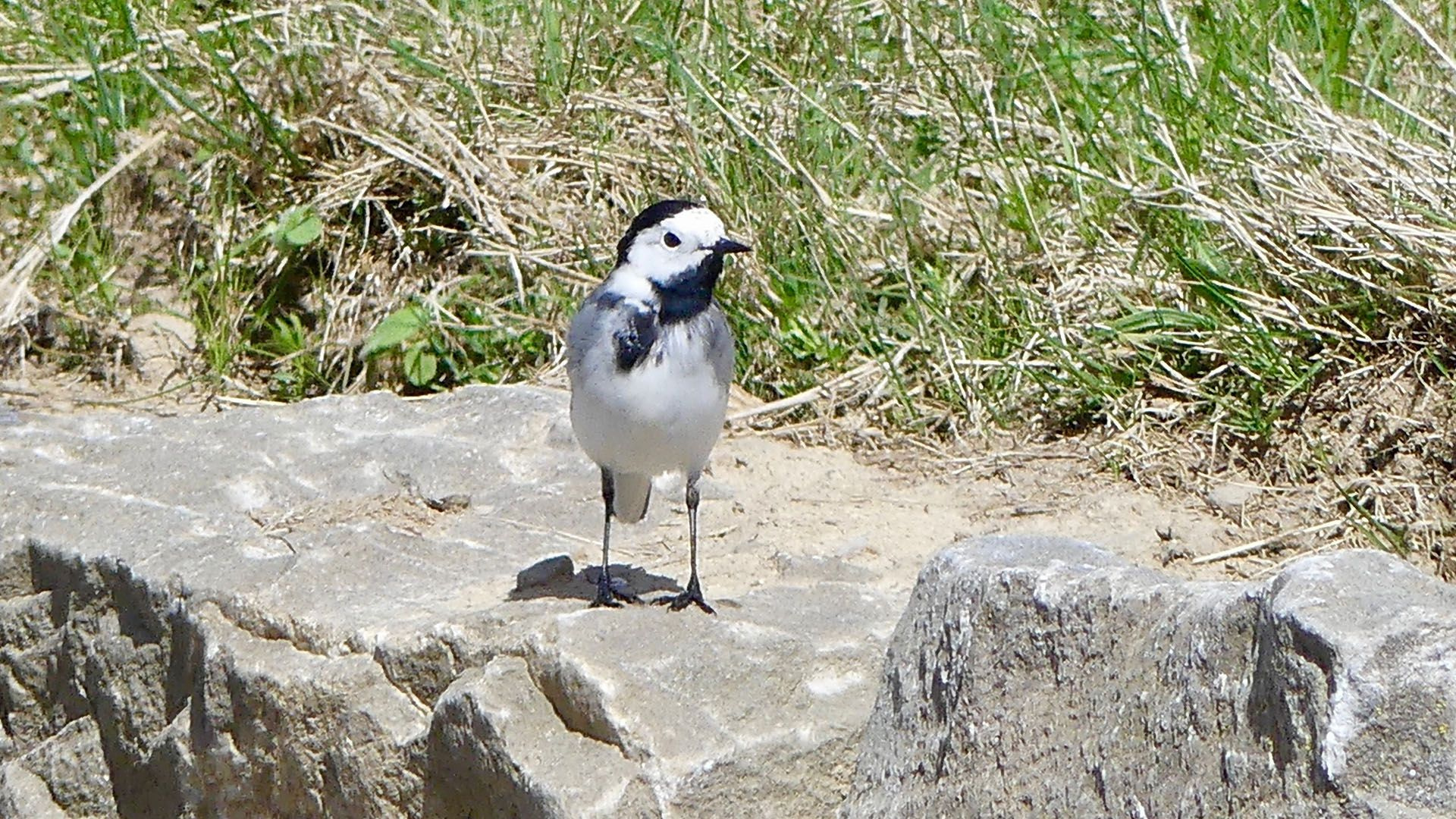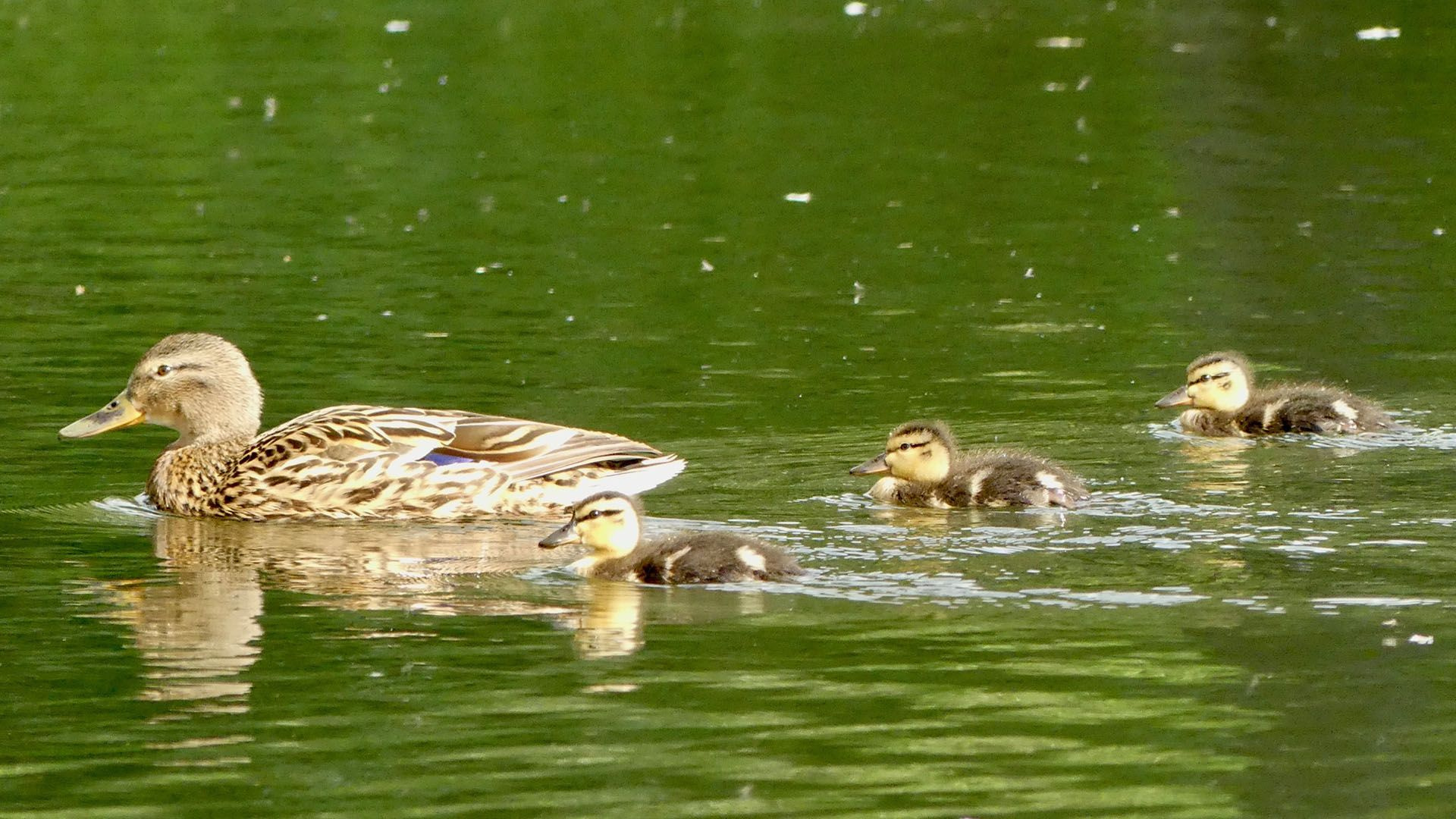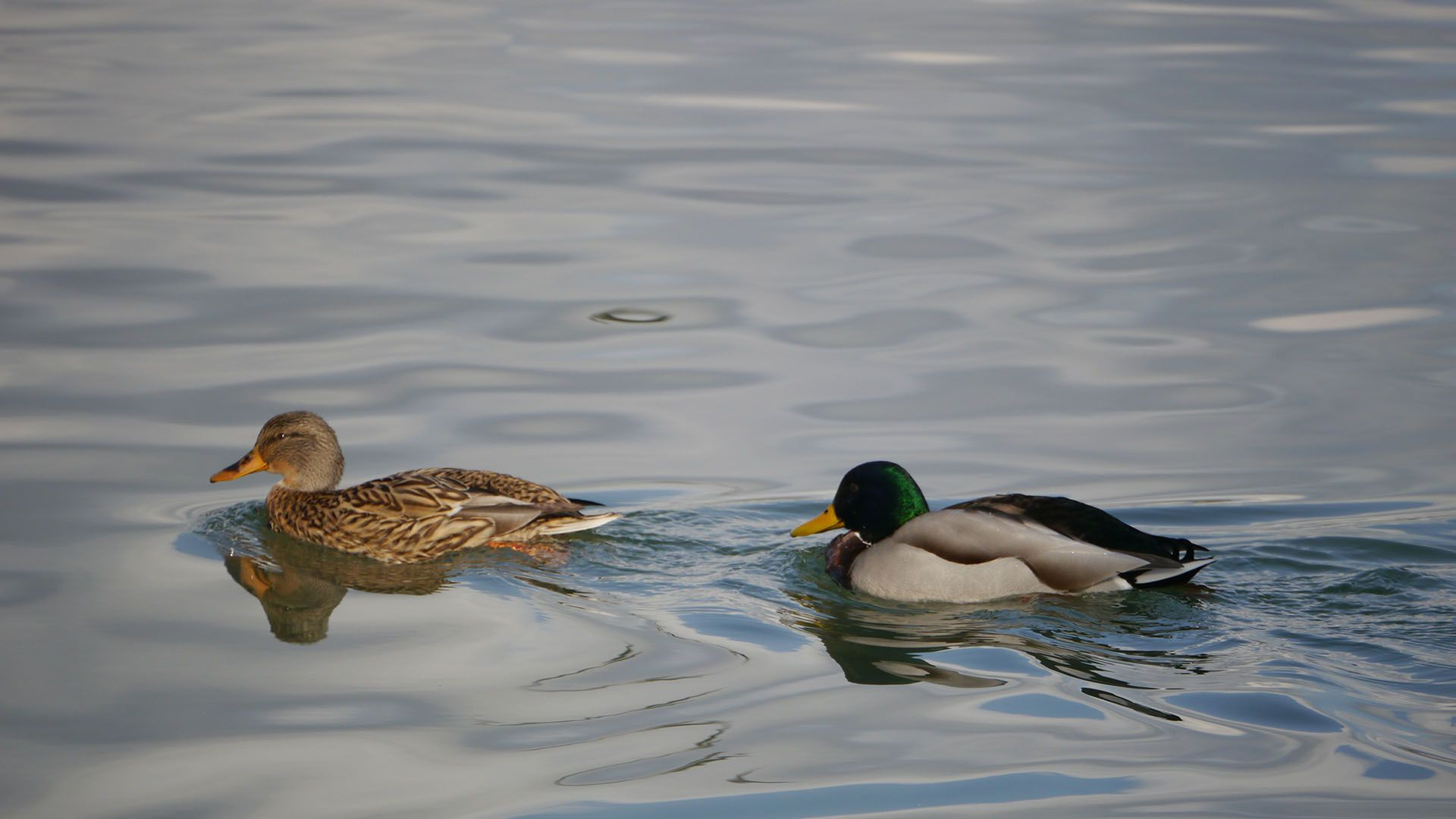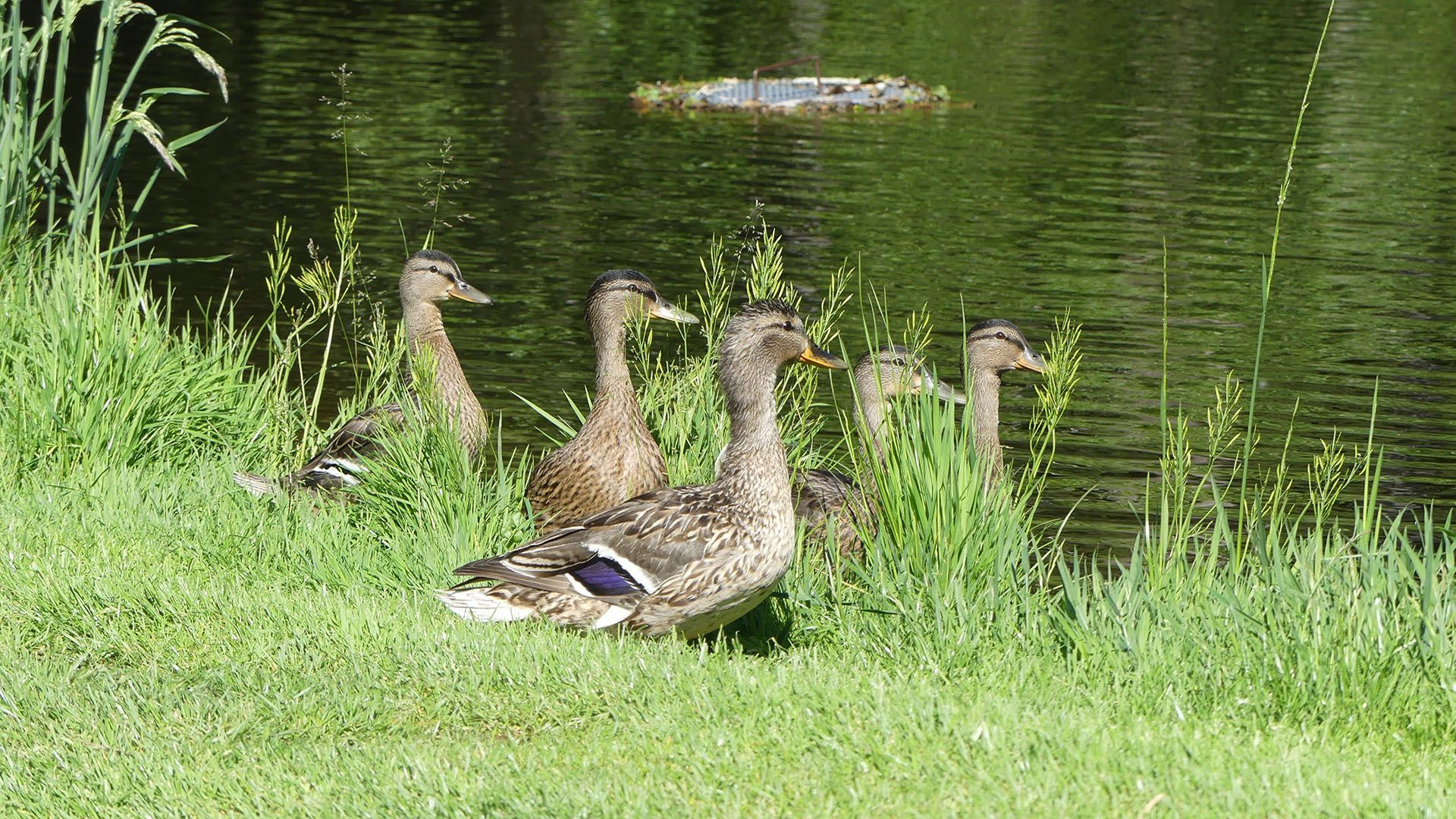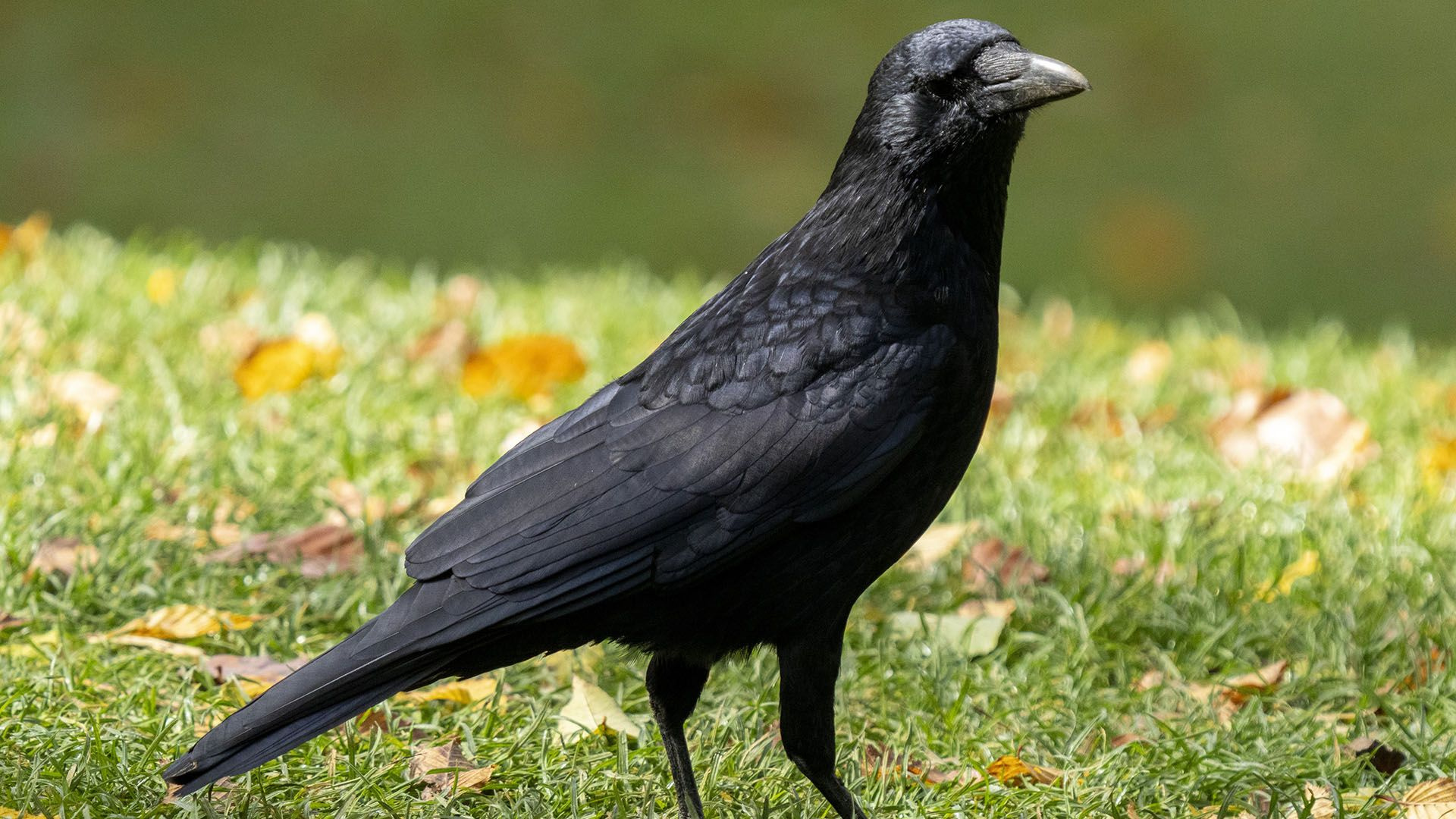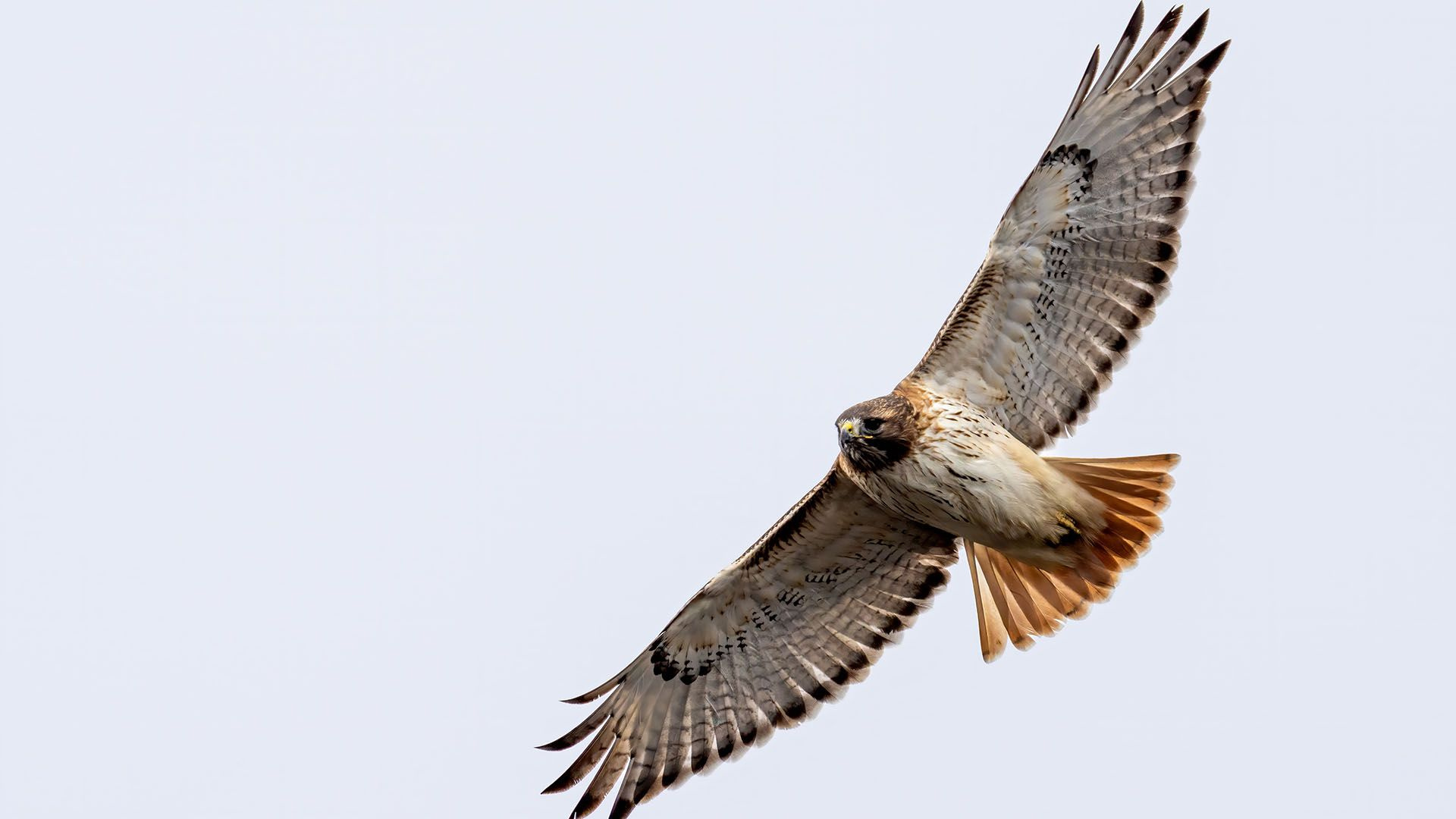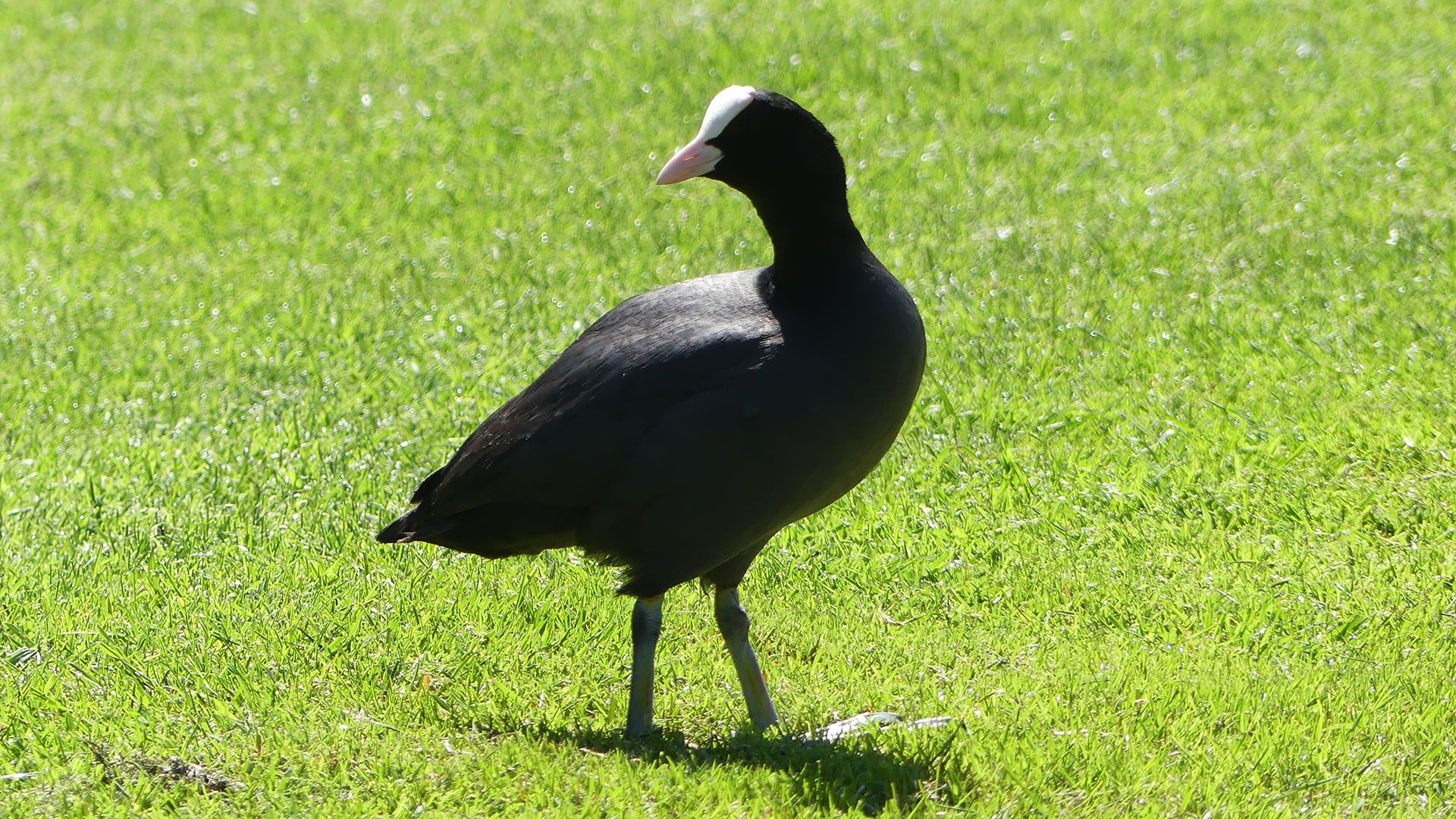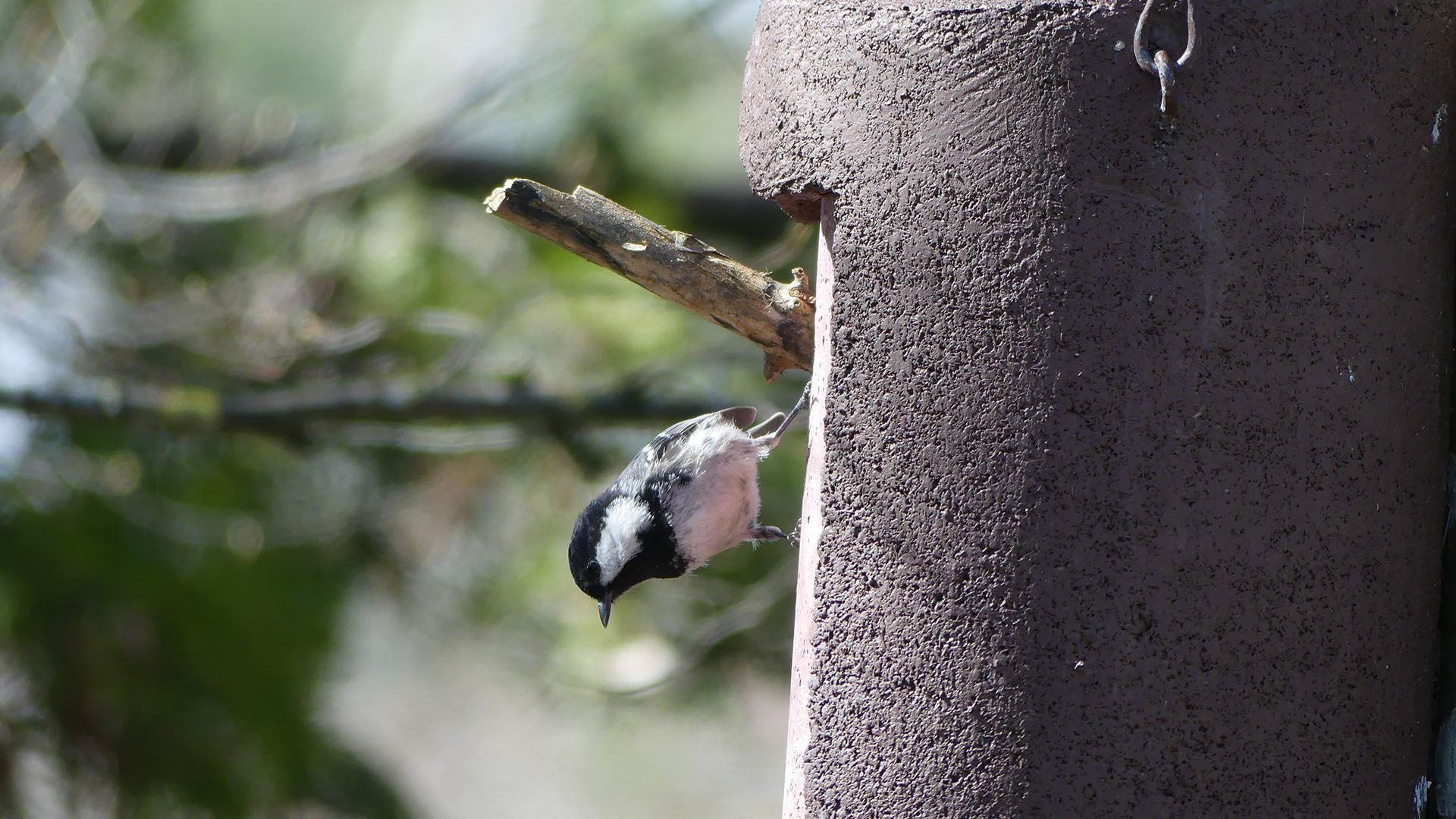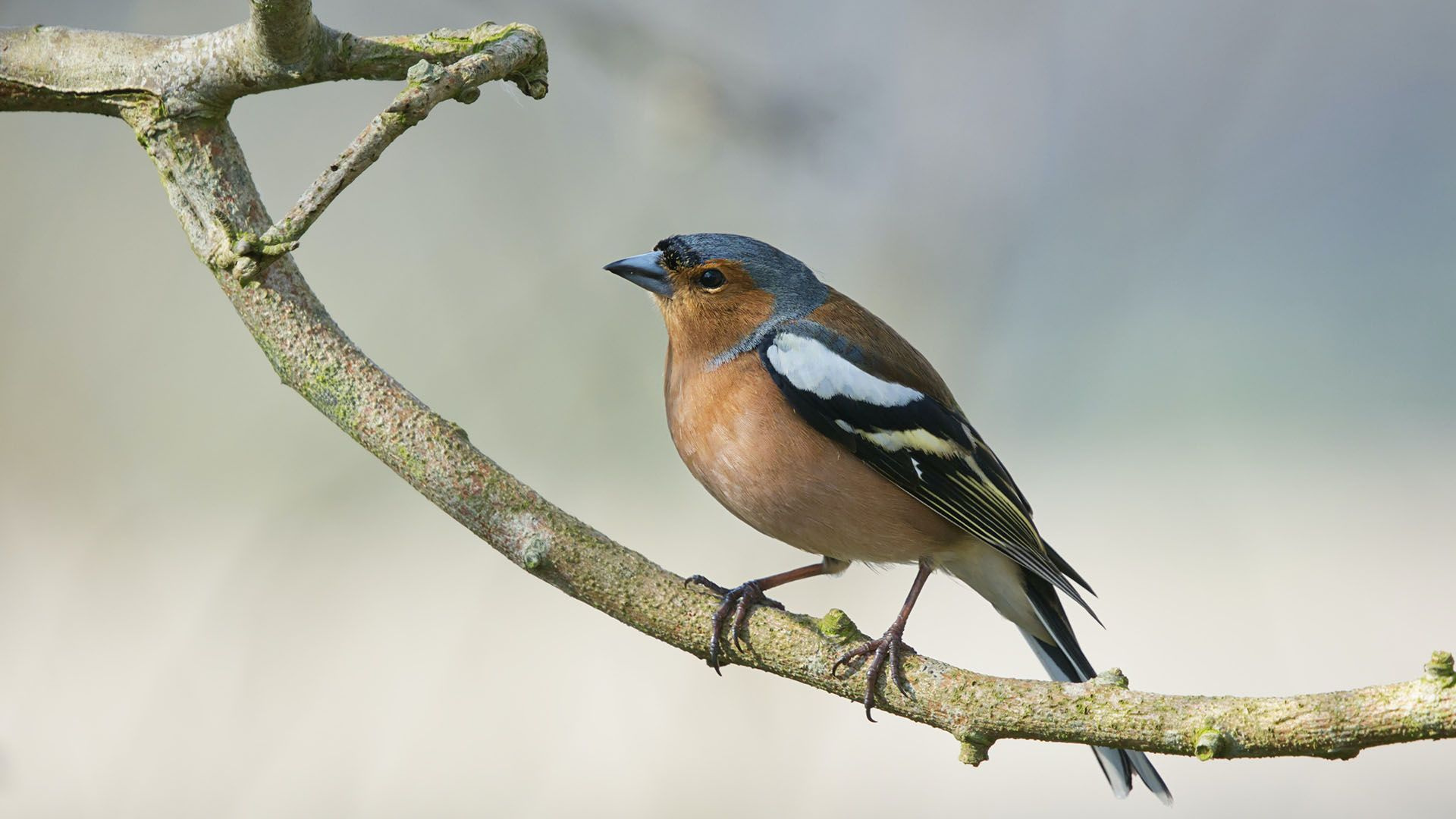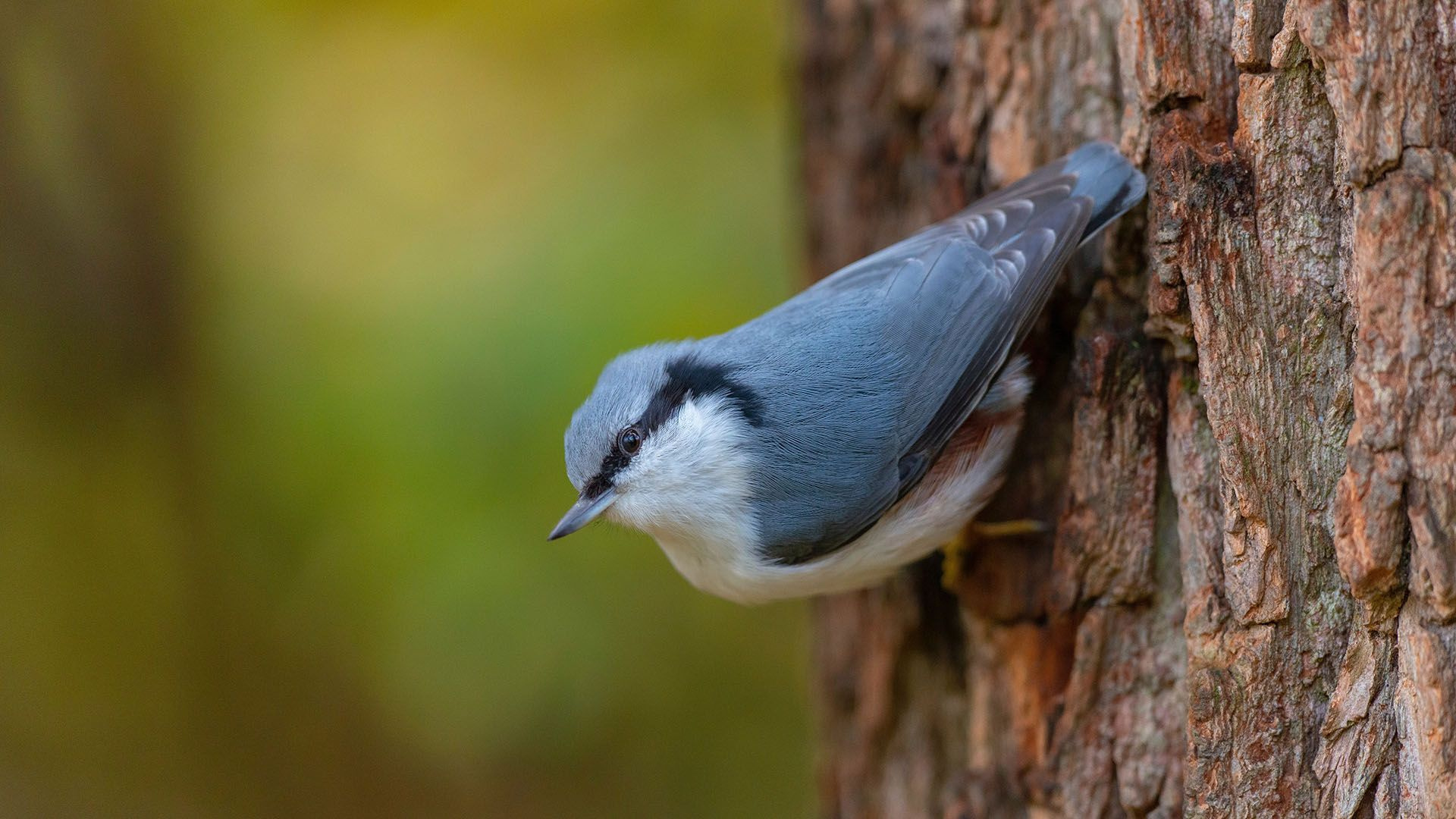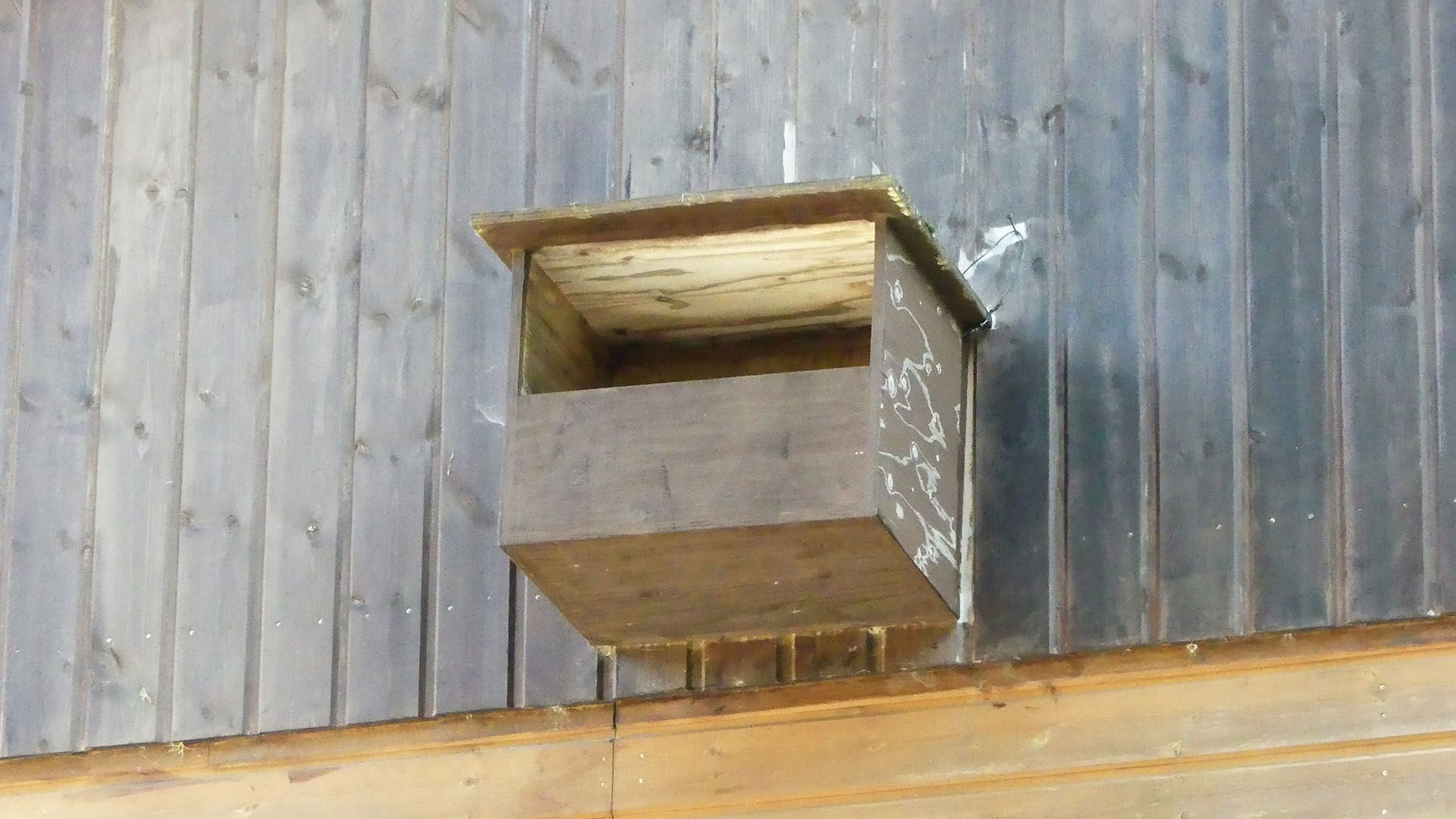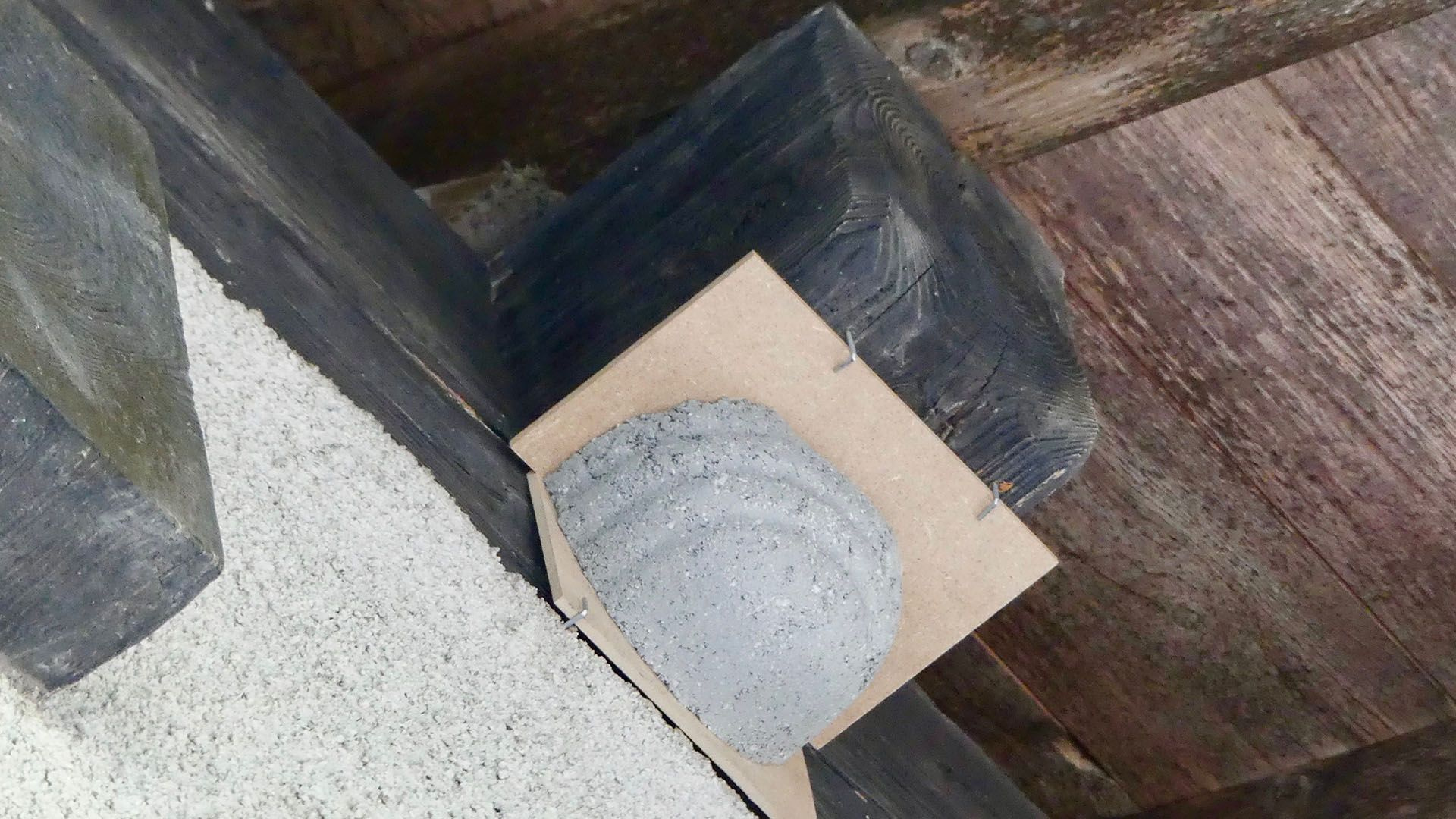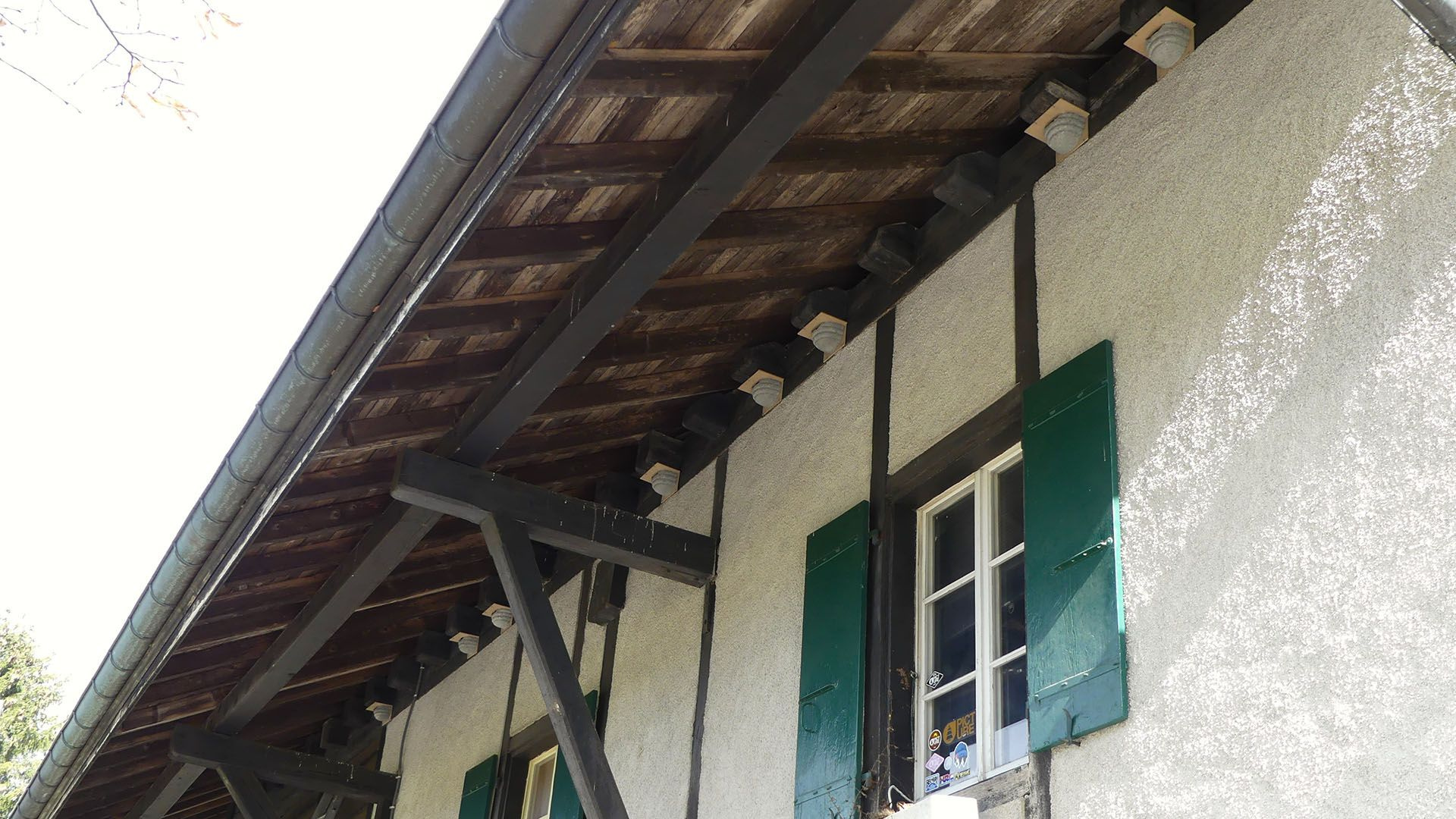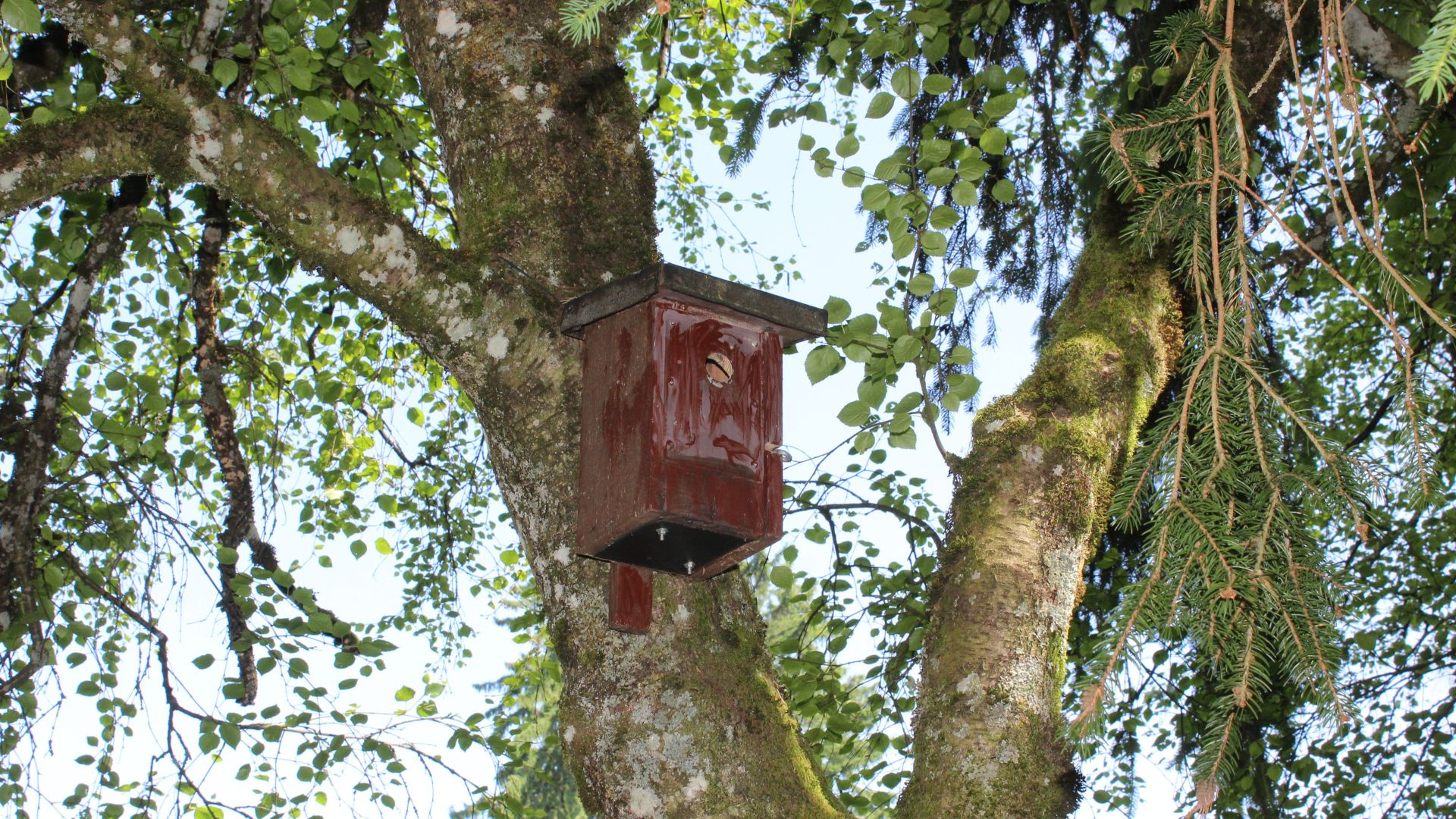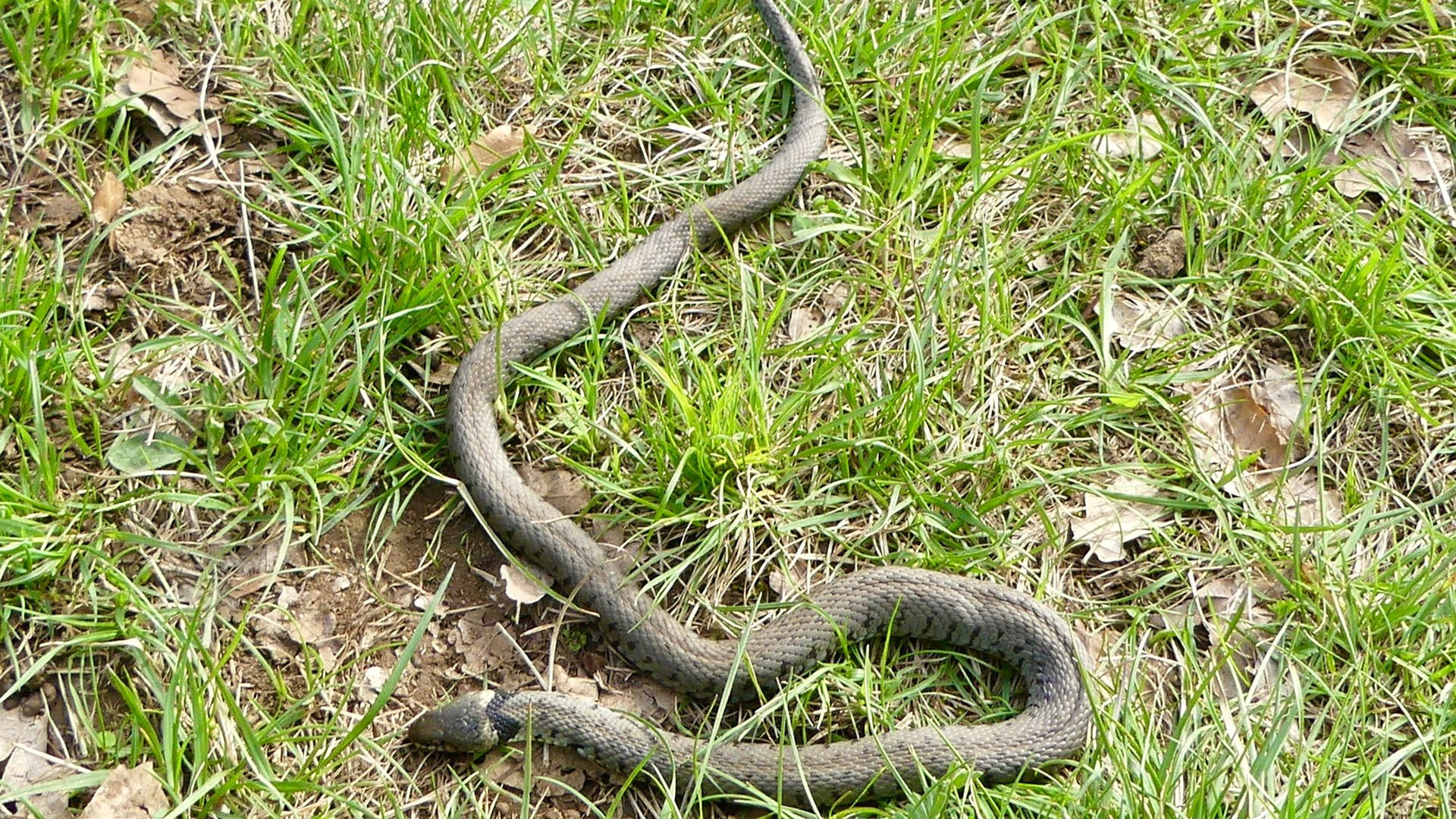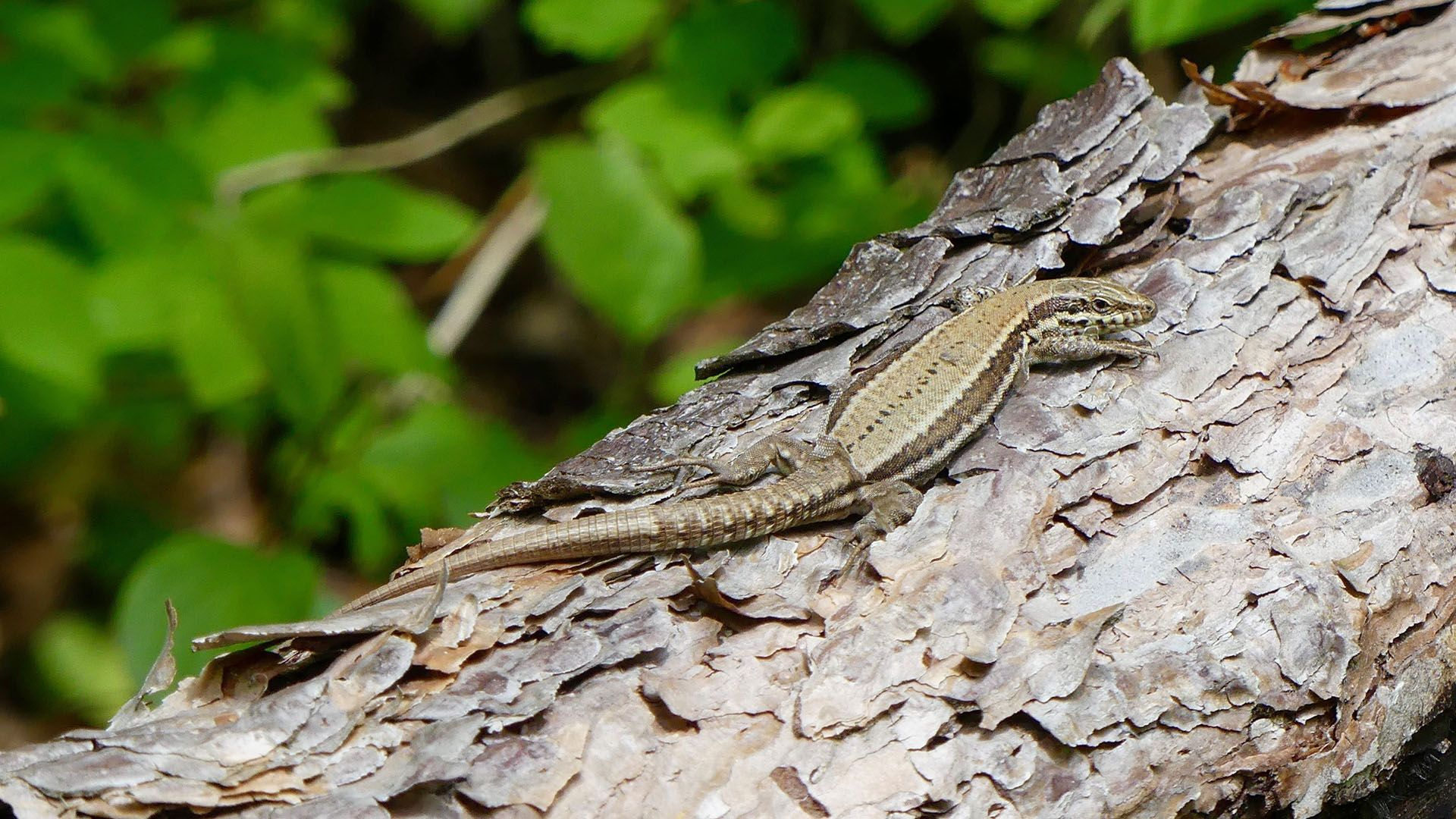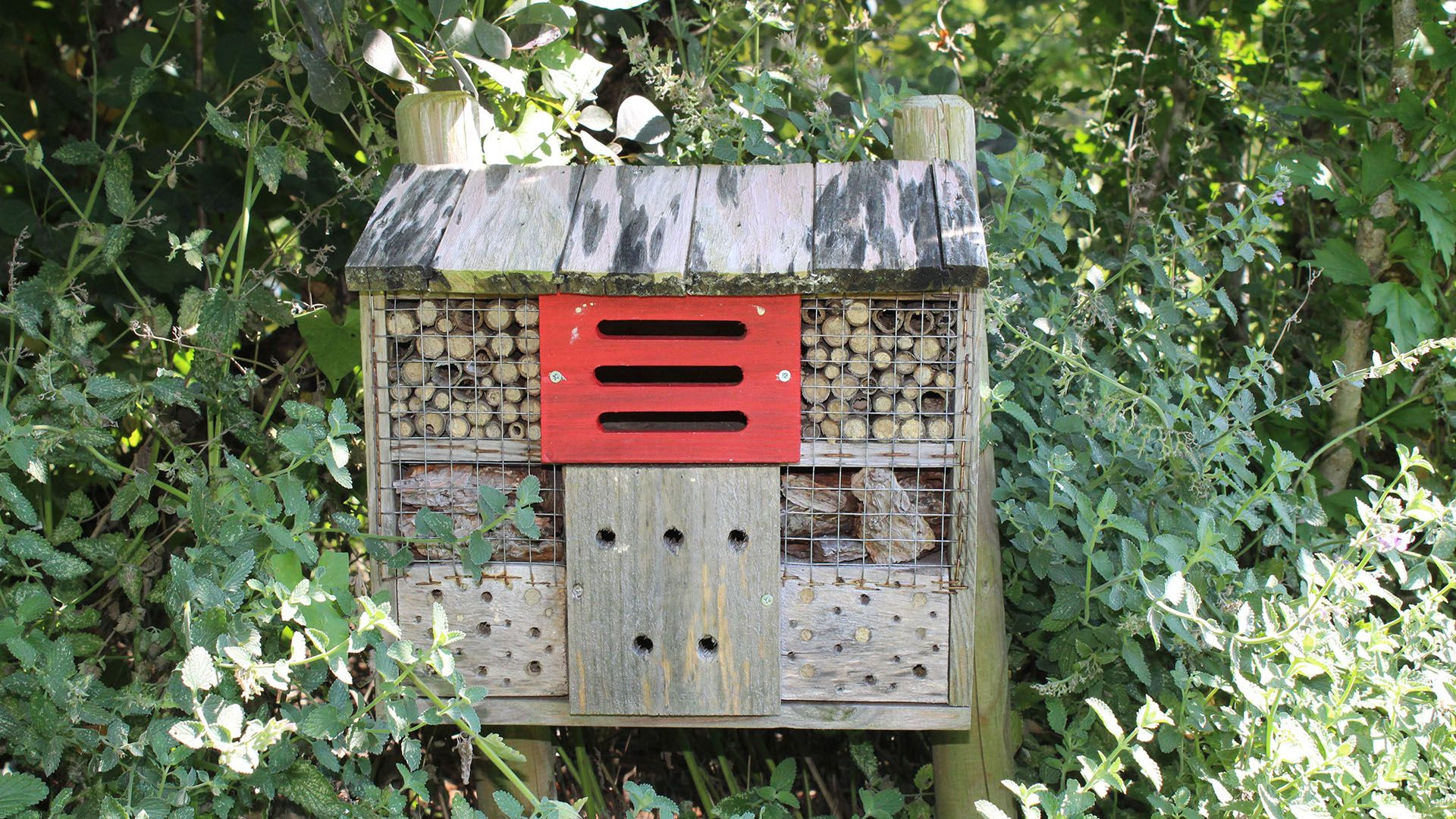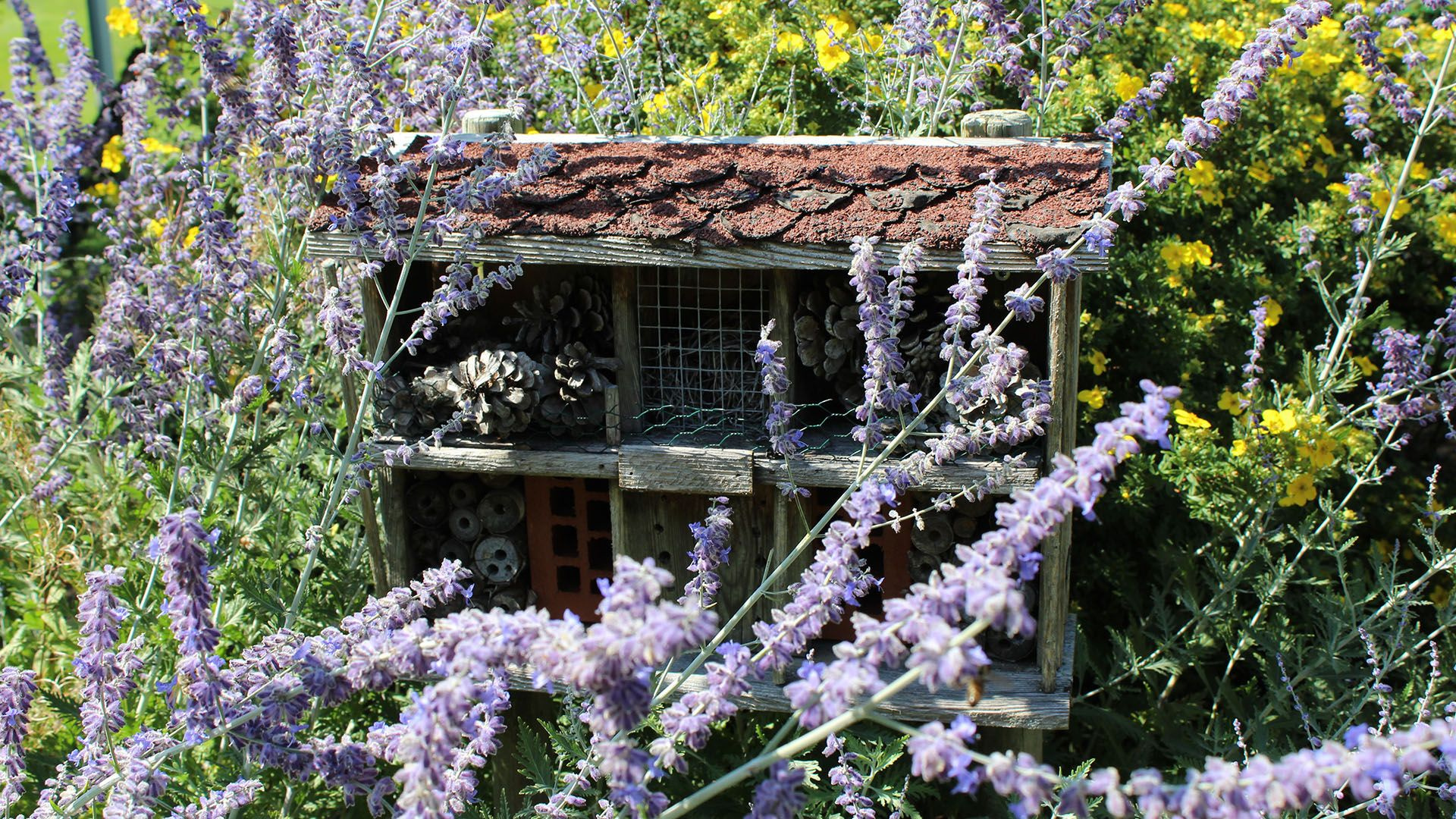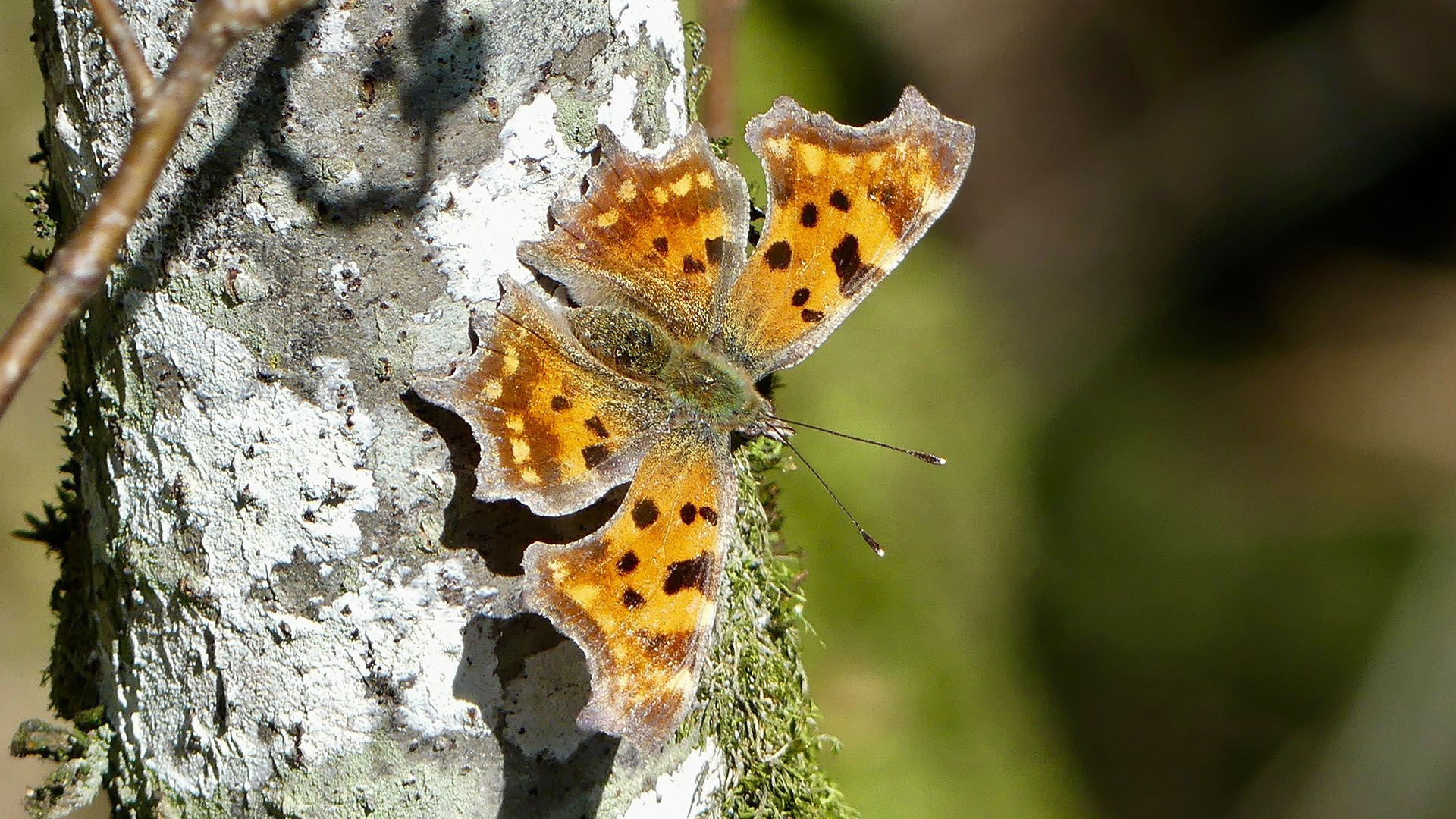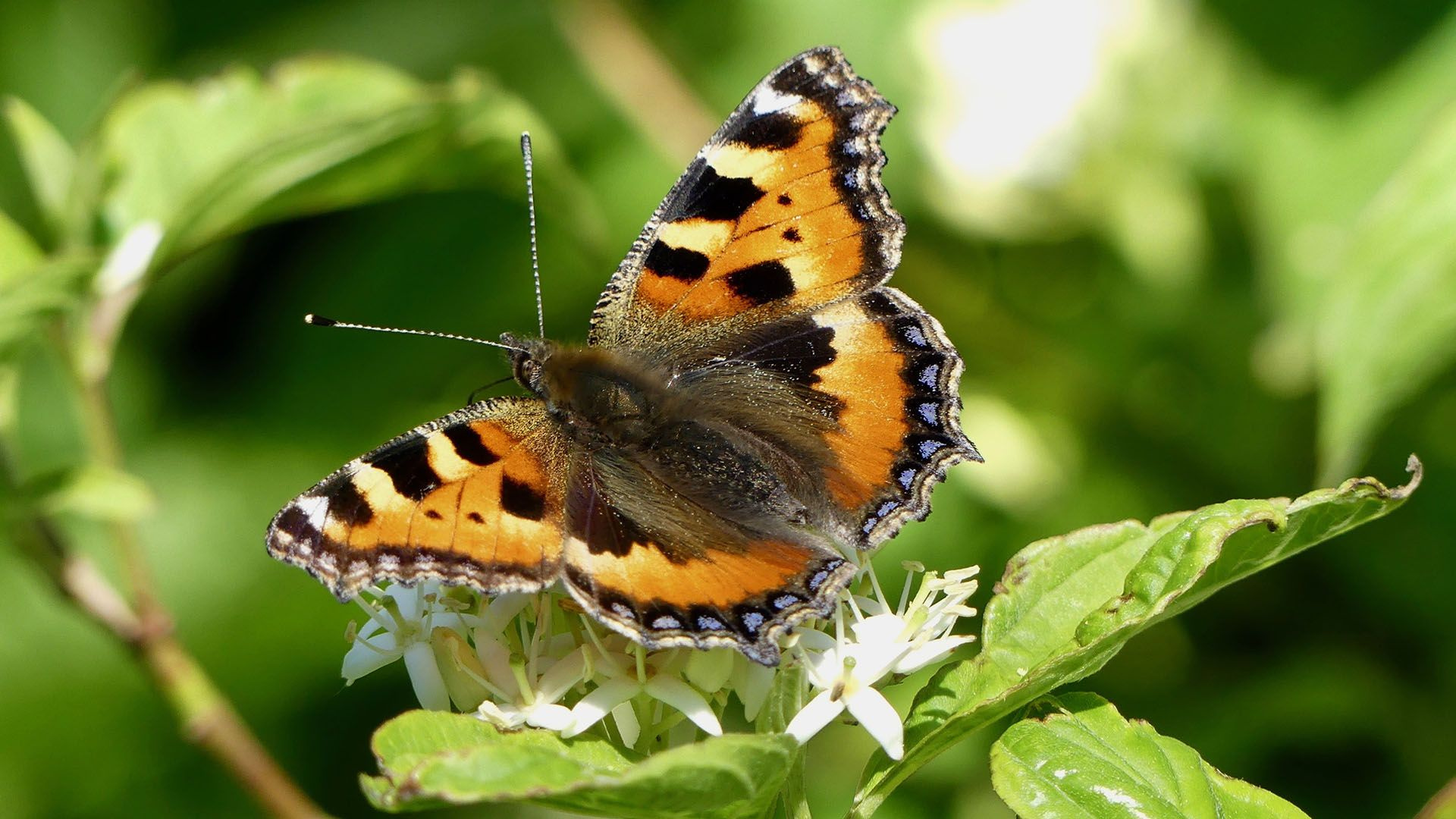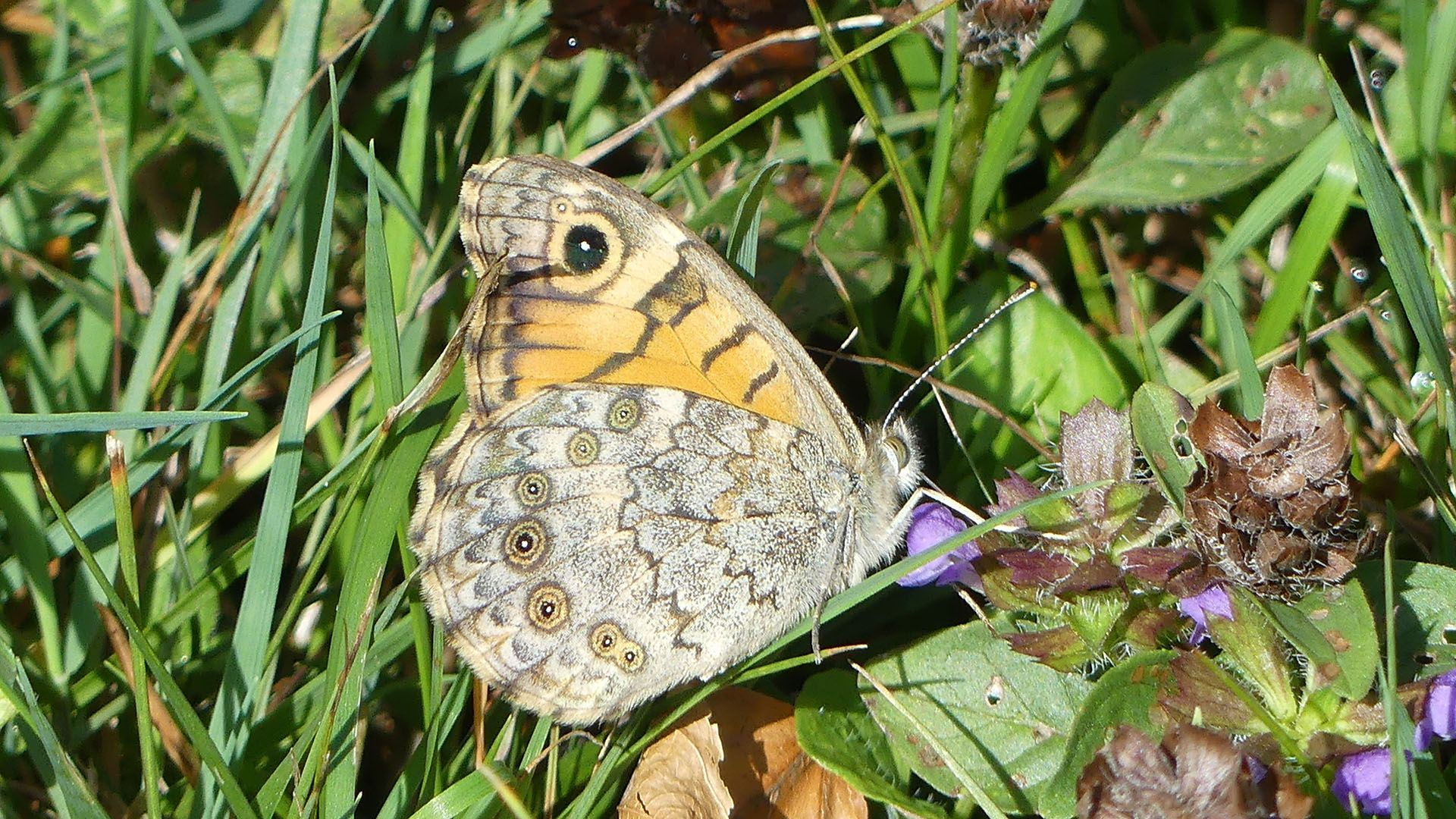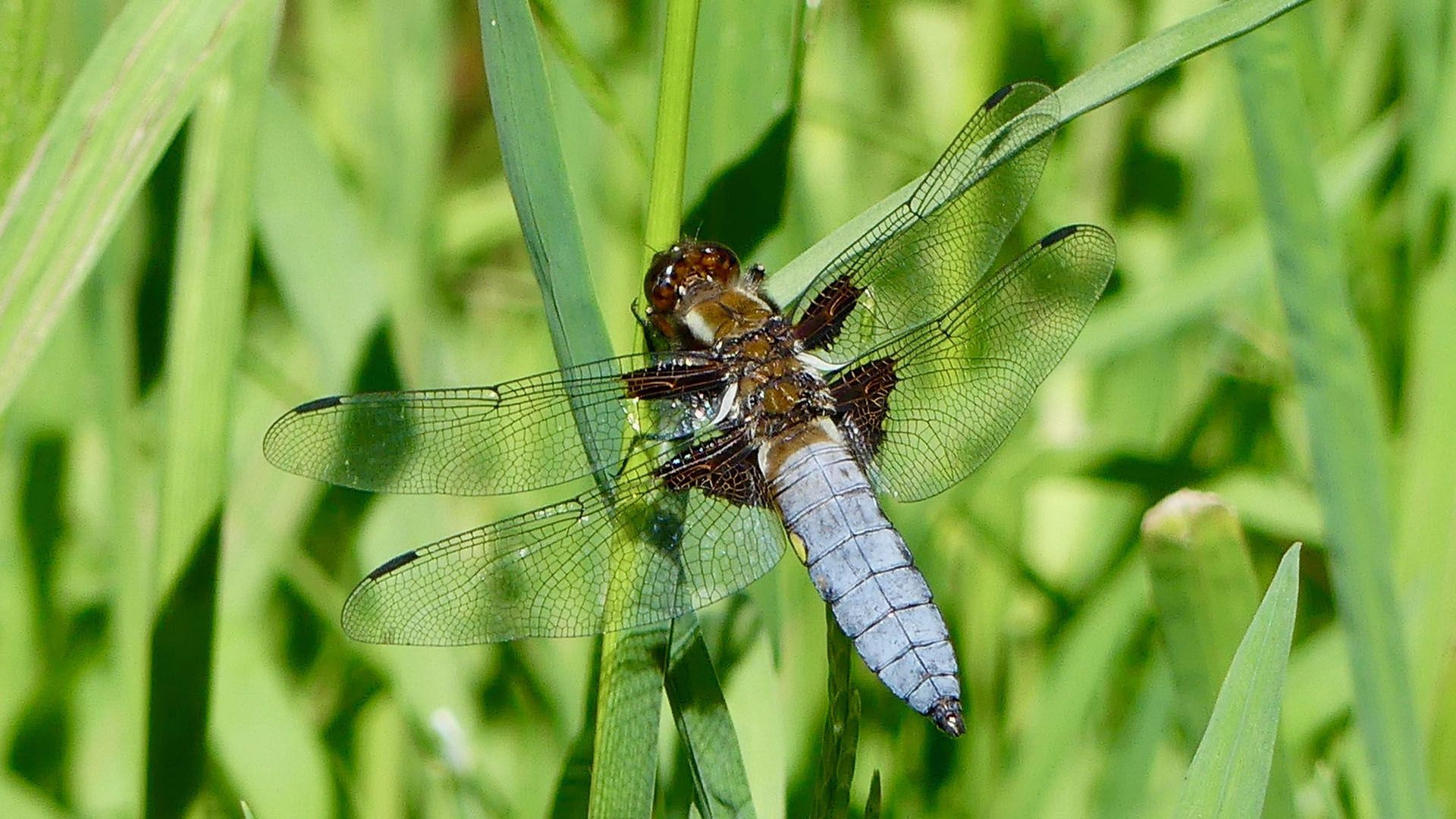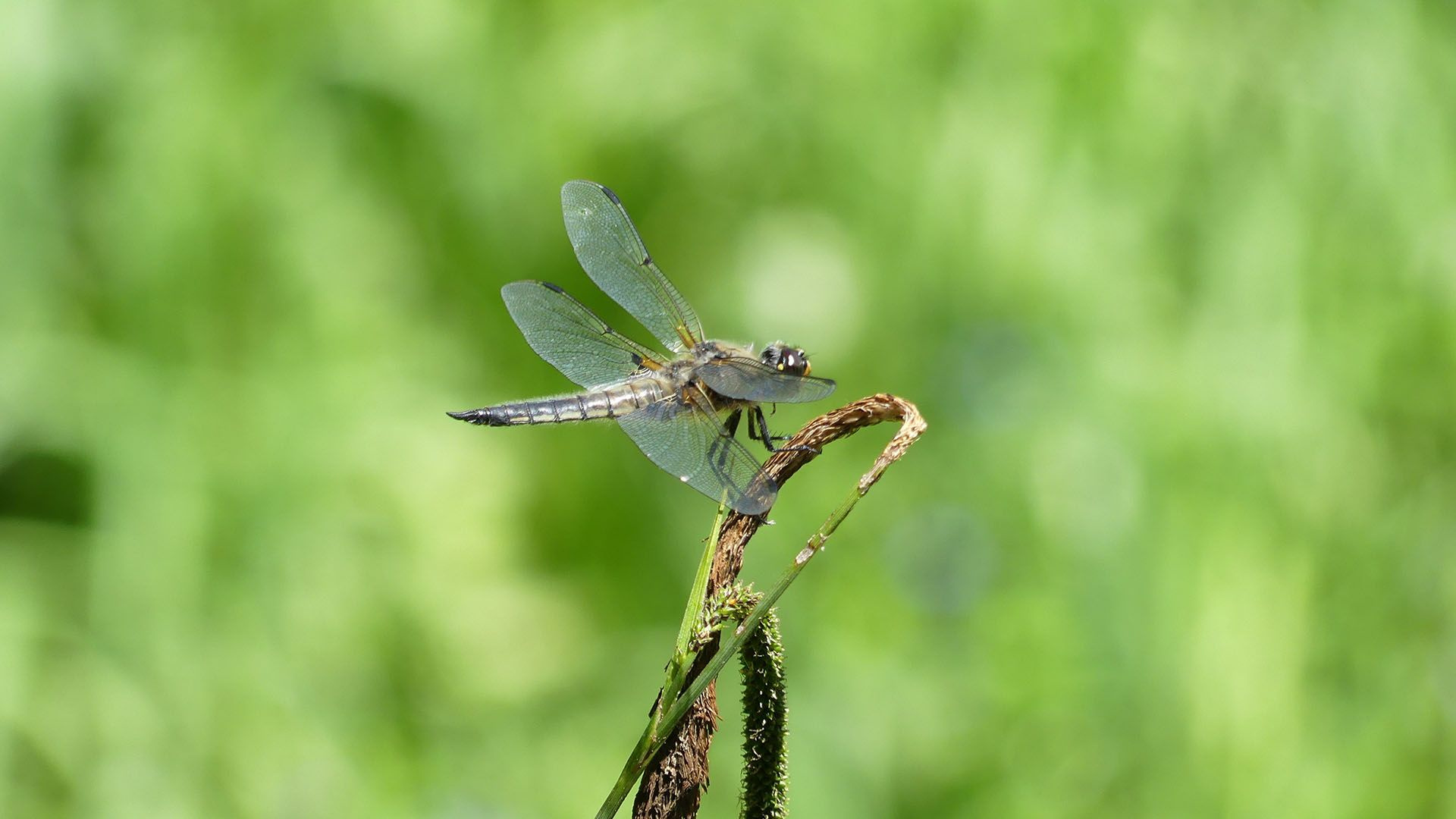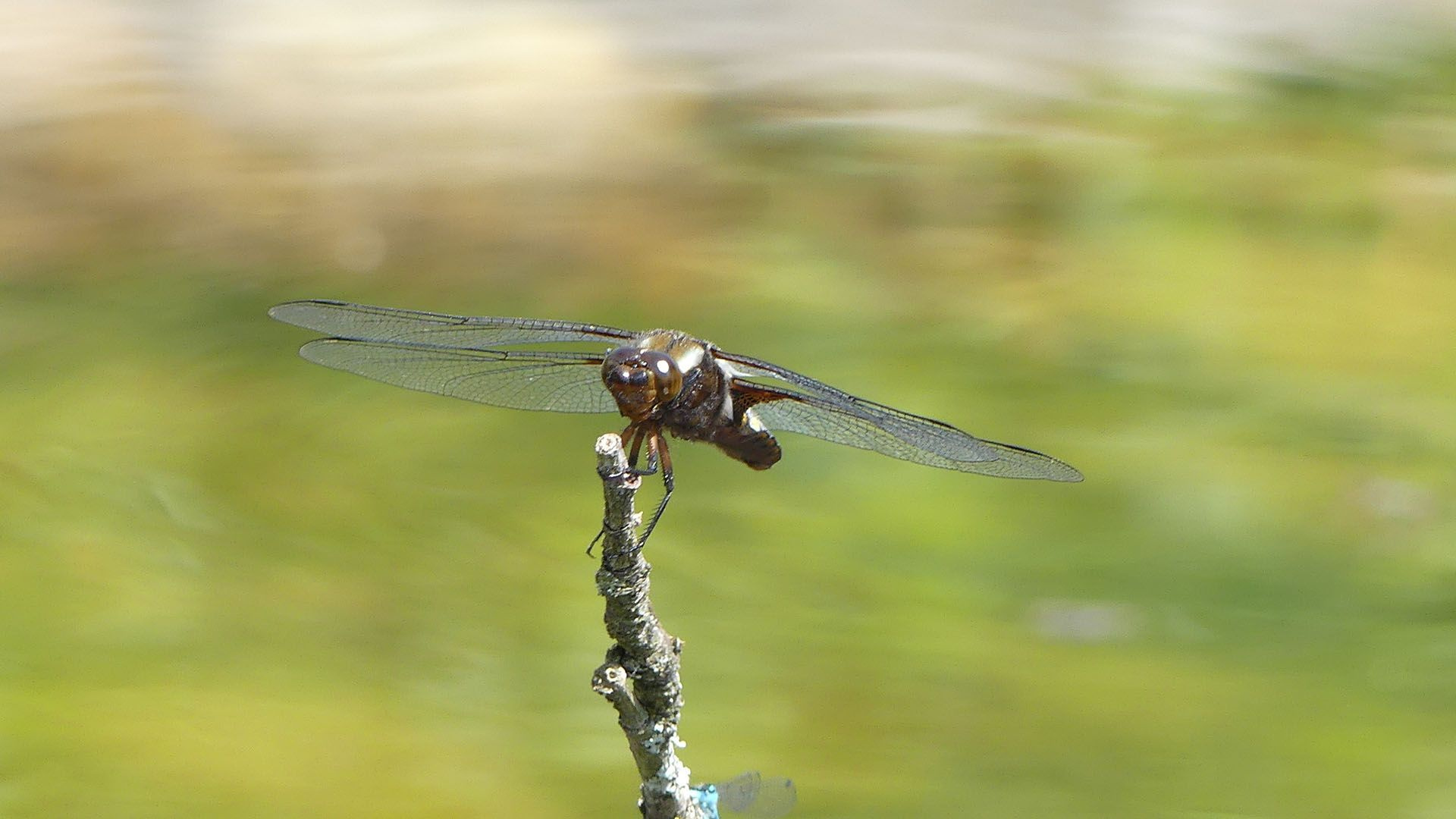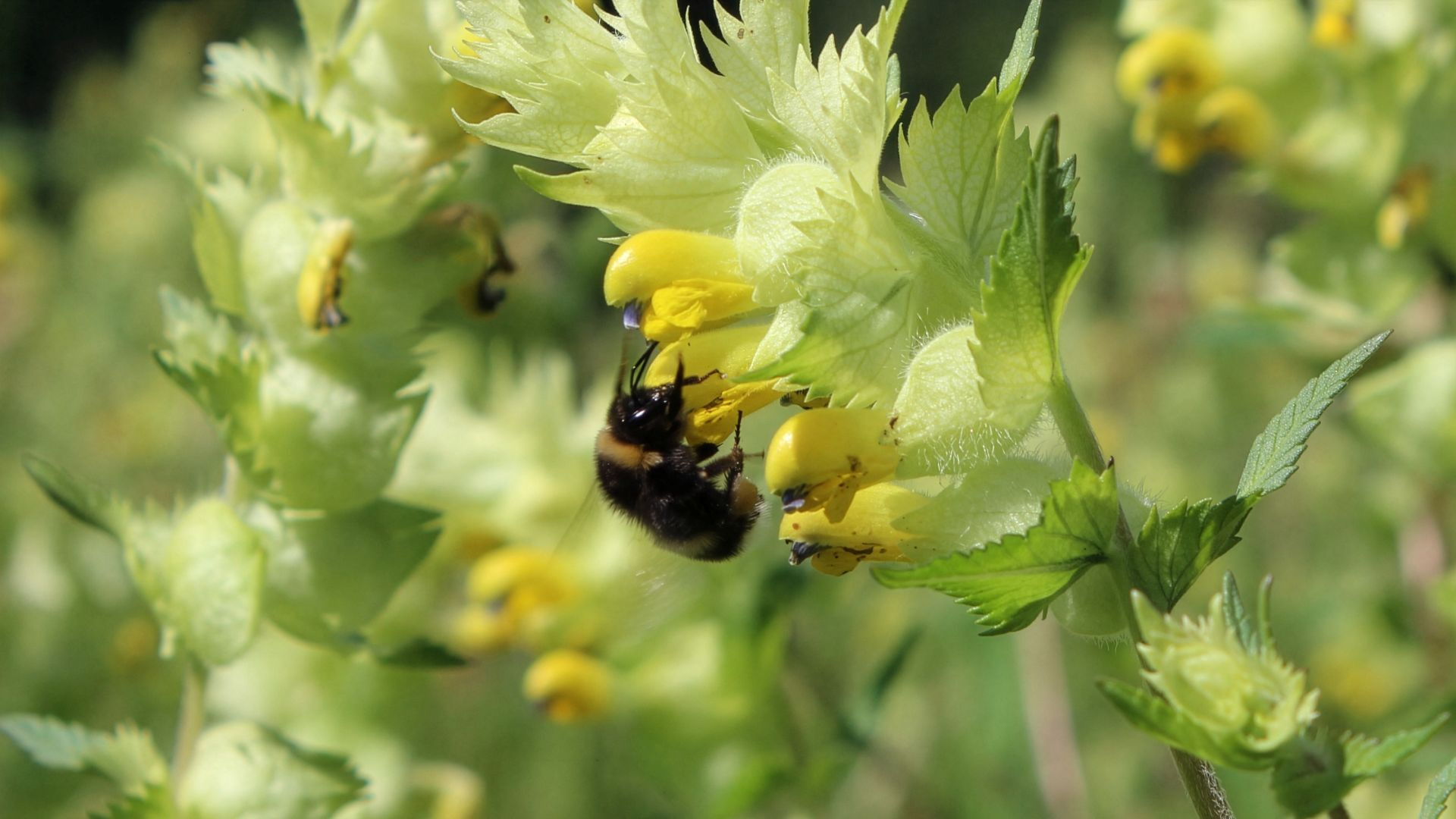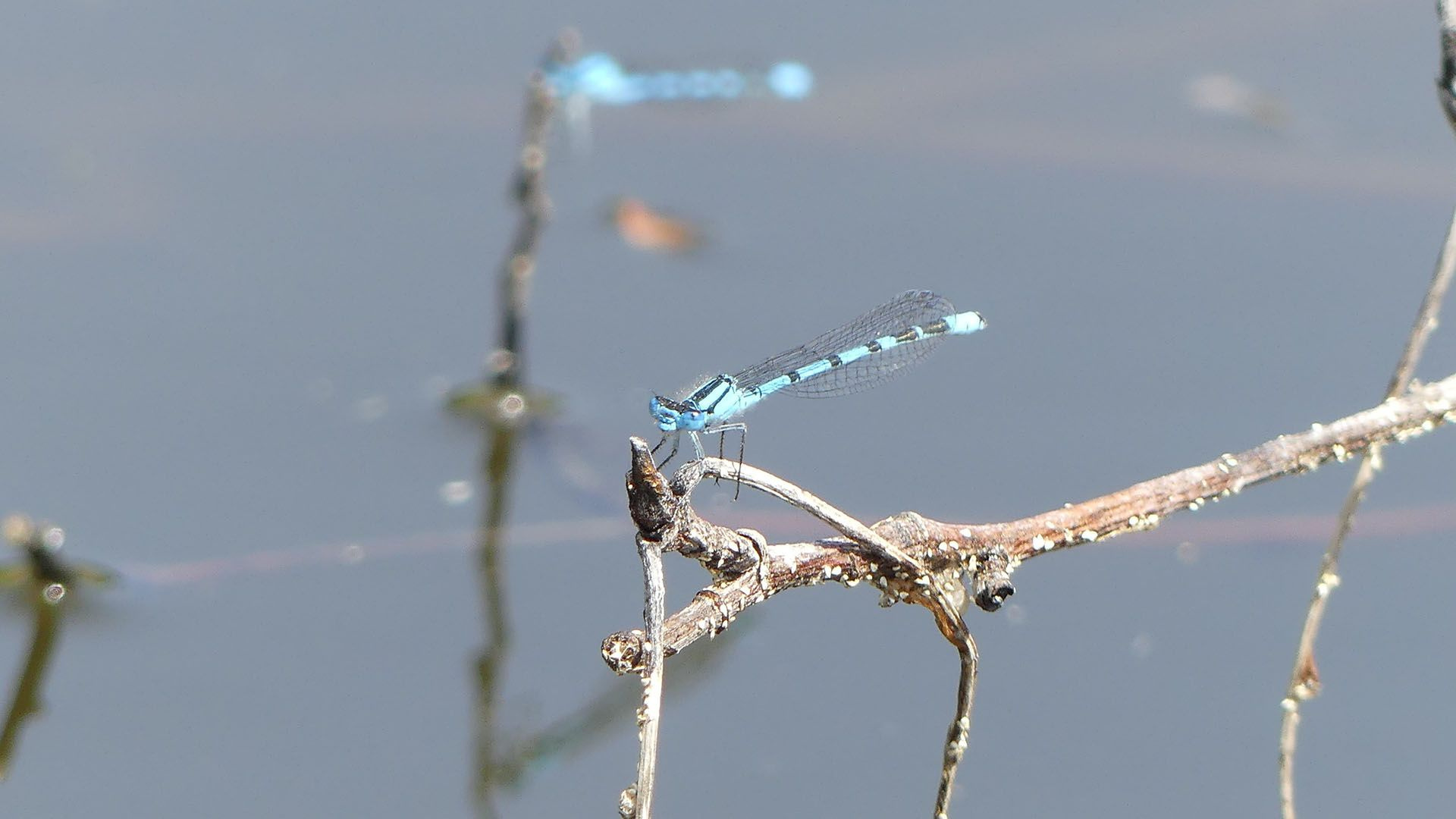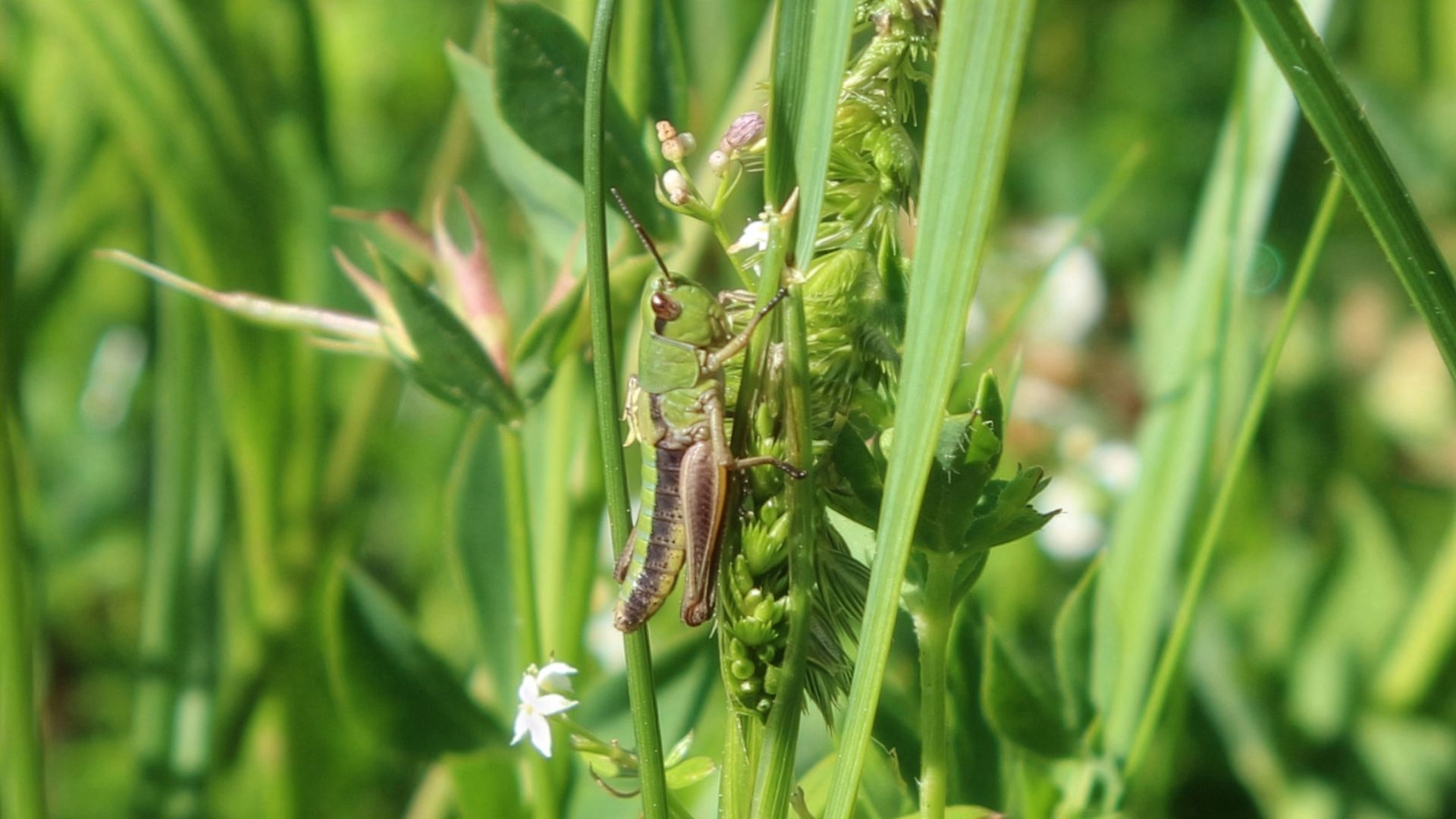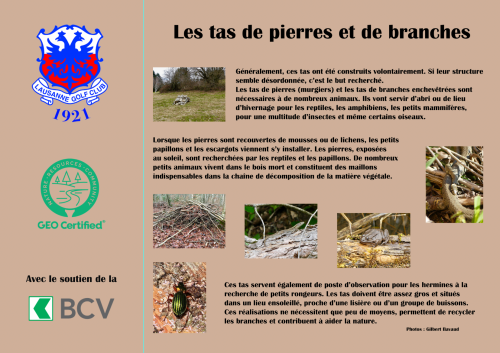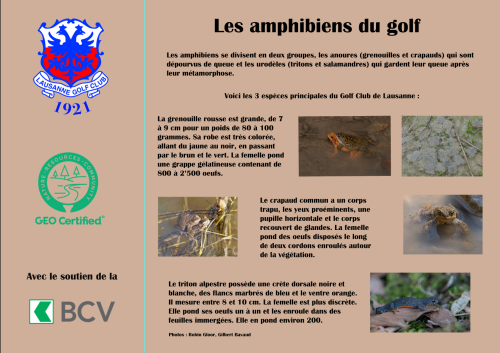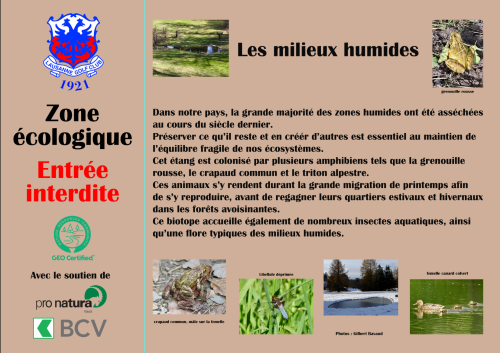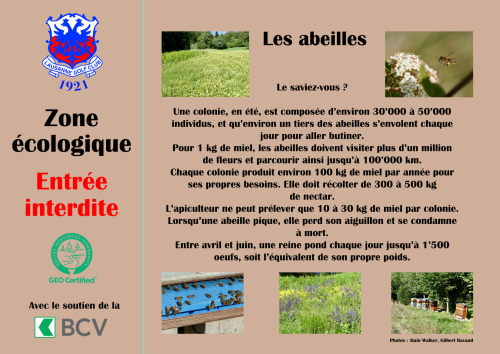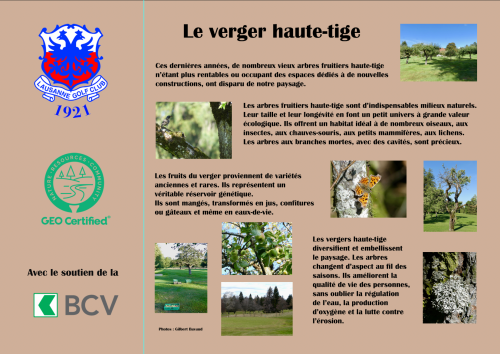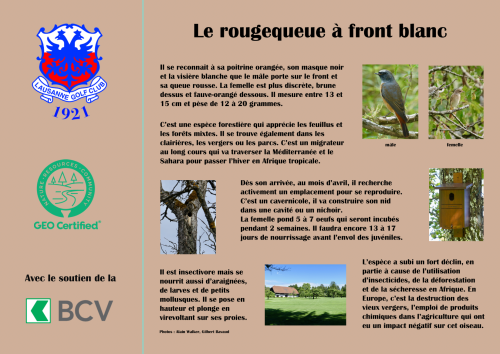Biodiversity
Trees
Trees are more than just an unavoidable obstacle. They embellish and beautify our course. They change with the seasons, each species evolving at its own pace and offering a diversity of colours, leaving the golfer no chance of tiring of them except when the little white ball gets lodged in their roots...
Since 2012, the Golf Club de Lausanne has been recording the geographical position of all the trees on the course using a GPS system, as well as their age and state of health. There are 1’599 trees (outside the forest zone) divided into 39 different species, the dominant one being spruce (454), followed by larch (209) and birch (192). This count does not take into account the trees located in the forest zone, which represents an area of around 20’285 m2 (the area behind the green on 1, the water obstacle on hole 3, the area around the lake on 16, etc.). During this survey, the trees on the course were classified into age groups according to the diameter of their trunks and their species. This inventory is necessary for planning future planting. The Golf Club de Lausanne has thus been able to draw up a multi-year management plan for the work to be carried out on its tree stock, with a view to sustainable management: planting work, as well as pruning and felling of trees on the course, is listed and planned in agreement with the relevant authorities.
Hedges
Hedges are part of the landscape. They contain native shrubs, bushes and shrubbery. They have great ecological, landscape and protective value. They are made up of a variety of species such as wild rose, dogwood, fusain, honeysuckle, hazel, viburnum, blackthorn and rowan.
Hedges provide food and shelter for a wide variety of wildlife. They also serve as nesting and wintering sites. They link natural habitats together in open landscapes.
Hedges protect crops from the wind. Their roots pump water and prevent soil erosion. They add beauty and structure to the landscape and require very little maintenance. They are easy to prune.
Flower meadows or natural roughs
Wild meadows or areas of extensive rough grass receive no fertiliser. They are mown late. There are different types depending on soil and climate conditions. Nutrient-poor, they are of great ecological value. These meadows are home to a wide variety of plants, with around forty different plant species.
Late mowing gives the plants time to complete their life cycle, as do ground-nesting birds and other animals. Insects, rodents, invertebrates and small mammals find abundant food and shelter here.
Their wide variety of colours is very pleasing to the eye. They are low-maintenance, so maintenance costs are very low.
High-stem orchard
In 2020, between holes 5 and 8, the Golf Club de Lausanne, in collaboration with Rétropomme, created a high-stem orchard with 26 old native fruit trees.
Over the last few decades, many old high-stemmed fruit trees have disappeared from our landscape, either because they were no longer profitable or because they were taking up space earmarked for new buildings.
Tall fruit trees are precious natural environments. Their size and longevity make them a small world of great ecological value.
They provide an essential habitat for many rare birds, insects, bats, small mammals and lichens. Trees with dead branches and cavities are precious.
Their fruit comes from old and rare varieties and represents a real genetic reservoir. They are eaten, processed into juice, jam or brandy.
Tall orchards diversify and embellish the landscape, changing appearance with the seasons. They improve the quality of life in the areas they occupy, not to mention their contribution to oxygen production, water regulation and the fight against erosion.
Piles of branches and stones
These piles have generally been built deliberately. If their structure appears disorganised, this is the intention.
Piles of stones (murgiers) and tangled branches are necessary for many animals. They provide shelter or wintering places for reptiles, amphibians, small mammals, a multitude of insects and even some birds.
When the stones are covered with moss or lichen, small butterflies and snails will settle there. Stones exposed to the sun are sought after by reptiles and butterflies. Many small animals live in the dead wood and are essential links in the chain of decomposition of plant matter.
These piles also serve as observation posts for ermines looking for small rodents. The piles should be fairly large and located in a sunny spot, close to a border or a group of bushes. These projects require very little effort, allow branches to be recycled and help nature.
Bees
Many people keep bees for many reasons: the most important being the production of honey. But it can also be used to obtain many other by-products from the hive, such as wax, royal jelly, pollen and even venom !
Nevertheless, bees play a key role in pollination, the fertilisation that is essential for the sexual reproduction of flowering plants. Pollination involves transporting the pollen grains produced by the plant's male organs (anthers) to the female organs (stigmas). The wind, certain birds and small rodents, but above all insects, mainly wild or domestic bees, provide this service and make up the small community of pollinators.
Bees, the guarantors of biodiversity
If bees were to disappear completely from the face of the earth, mankind could rapidly run out of food. It is estimated that around a third of the fruit and vegetables consumed by the world's inhabitants depend directly or indirectly on bee pollination.
Beehives
The Golf Club de Lausanne installed its first beehive in 2016. A year later, the Ladies' Group donated 2 additional hives. In 2019, an additional hive was installed with a swarm collected behind the green of No. 6. Following the multiplication of 2 hives in 2020, we currently have 5 hives.
They are located to the right of the tee box on No. 12, on the edge of the forest and the flower meadow. This type of environment encourages bees by offering them a greater diversity of vegetation. Production is generally around 50 kg per harvest, with a peak of 108 kg in 2022.
Michel Roth, our beekeeper, and David Hall, our fountain keeper, are in charge of our hives, along with Laurent Liatard, our head greenkeeper.
From the hive to the honeypot...
The first step is to collect the frames containing the honey, smoking the bees so that they can work in peace and quiet, and removing the bees from the frames by shaking or brushing them off with a brush.
The second stage consists of removing the film of wax blocking the honey-filled cells. This is done with an uncapping knife, cutting through the layer of wax. The sealing wax released during this phase is recovered and used to make candles.
To extract the honey, the frames are placed in an extractor, a kind of centrifuge which, thanks to its very high rotation speed, ejects the honey from the cells by throwing it against the walls.
When it comes out of the extractor, the honey contains impurities. A double-filtered grid removes various particles of propolis, wax, cappings, bees' feet and pollen.
Once filtered, the honey must rest for a further 4 to 5 days in a maturing tank at a temperature of at least 20°C to remove the last impurities. This scum is then removed. The honey can then be put into jars.
Mammals
The natural riches of our land are inexhaustible. Here are five mammals that are known, but whose interesting features are often overlooked.
Known ? The squirrel, the fox and the roe deer are certainly well known, but not the ermine, whose furtive appearances are not always easy to identify or bats which are rather inactive during the day. And there are others; it's up to us to open our eyes.
The red squirrel
This friendly little animal loves tall trees. It's a good climber, its agility is proverbial, and our terrain provides it with an ideal living environment.
This cute hazelnut-eater doesn't hesitate to feed on the occasional brood of nestlings. Of course, most of its food comes from seeds, such as beechnuts, acorns and chestnuts, which our tall trees provide in abundance. Occasionally, it also eats mushrooms and perhaps fruit. In winter, its coat becomes thicker and its colour changes from red to dark brown. Since it lives in trees, it is logical that it will find its predators there, first and foremost the marten, which can pursue it mercilessly, but do we have martens on our land ? That's the question.
It is obviously in the trees that it builds its home, made of small branches and twigs, lined with moss and dry leaves, it is placed high between two branches. It settles inside this large ball with one or even two openings. It sometimes chooses an abandoned crow's nest, which it adapts according to its specific needs. In autumn, he starts to stock up for the winter and, in spring, the female gives birth to 3 to 6 young.
The deer
At the start of the 15th, behind the white balls, you can feel something stirring. Something is happening. A roe deer appears, looks up at the surprised golfers, and trots off in the direction of the Jorat woods. An unexpected, poetic appearance, as harmonious as a sonata.
Like the stag and the ibex, the roe deer has come a long way and almost disappeared from our regions at the end of the nineteenth century. Better regulation of hunting has enabled the species to rebuild its numbers.
It is very shy, but it tolerates human proximity well if there is enough space for it. This is the case in our region. It is a nocturnal animal and usually spends its day in the forest, hiding in a thicket or a young fir stand, or deep in a bush. It could also be on a golf course, as we have seen, but that's pretty rare! In the evening, it comes out of the wood and grazes in a meadow. This is where it is easy to spot. It feeds on grass, of course, but also on all kinds of plants, leaves, buds and mushrooms. It needs a varied diet.
Roe deer are monogamous, rutting at the end of summer and giving birth to one or two kids the following spring.
Only the male, known as the brocket, bears antlers. They grow in winter and fall off in autumn. It seems difficult to determine the age of a brocket from its horns.
The ermine
The ermine has a very elongated, cylindrical body. It measures around 25 cm plus 10 cm for the tail, which is black at the tip. A spectacular feature is that in summer, its coat is beige, with a light-coloured belly. In winter, the ermine has turned white, except for the tip of its tail, which remains black.
They are incredibly lively, stopping suddenly, standing up on their hind legs, observing their surroundings and continuing their run. It is a predator. It hunts incessantly, its favourite prey being mice, rats and voles, but it can capture animals larger than itself, even hares, it seems.
The ermine takes up residence in any cavity. A mole hole that it enlarges, a scree, an old wall, a hollow tree or under a stump. In spring, the female gives birth to 5 or 6 young.
The fox
The fox is an extraordinary animal, capable of adapting to any situation and an unrivalled coloniser. Logically, it was obvious that the fox should settle on our route. The opposite would have been astonishing. We have already been able to observe fox cubs : a ball is thrown to them, a youngster takes it in its mouth, disappears into a thicket and returns a moment later without the ball. This highlights its adaptability, particularly to humans. Its presence can sometimes be a cause for concern as it is a vector for certain diseases, in particular echinococcosis or fox disease. The fact remains that it is a superb animal, the flamboyant red of its coat and its bushy tail delighting us at every sight.
It is a carnivore, but it knows how to vary its menu according to circumstances. It does not disdain fruit and also finds its happiness in rummaging through household waste. It has been seen near the pond with a duck in its mouth. On the other hand, it does not worry cats.
In spring, the fox gives birth to 4 or 6 cubs, which remain well sheltered in the burrow. They begin to emerge after four weeks and stay with their parents throughout the summer. The cubs disperse in autumn.
Bats
We are entering the realms of mystery, amazement and the unexpected. Are there bats on our route, how many species, are there few or many ?
A biologist from the CCO (Centre de Coordination Ouest pour l'étude des chauves-souris du Canton de Vaud) installed two receivers that record the ultrasounds they emit and help them find their way through the night. These receivers remained in place for a week, providing astonishing information. 420 signals were recorded, emitted by 6 different bat species, including the Bechstein's bat, identified for the first time in the area.
Two bat shelters and 5 nest boxes were then installed along the route. There are plenty of surprises in store...
Amphibians
The small pond between holes 14 and 15 is not a water reservoir for the Golf Club de Lausanne, but a breeding ground for the region's amphibians. It is located in an ecological zone, close to the forest, to offer visitors, red frogs, alpine newts and other common toads, a place to lay their eggs protected from walkers or players with perfectly natural water of good quality. The pond is filled only by rainwater or, if necessary, by a small amount from the tap at 14, if this is really necessary.
These same amphibians have been using the ponds on 15 for many years to lay their eggs in the spring. The water in these ponds comes from a small stream that runs partly underground through several holes on the course, from rainwater and also from run-off from several greens. Red frogs and common toads enjoy the vegetation around the edges of ponds to lay their eggs, strings for the toads and clusters forming a gelatinous carpet for the frogs.
In Switzerland, 90% of wetlands have been drained or channelled. Amphibians - frogs, toads, newts and salamanders - are unfortunately paying a heavy price. Over the last 30 years, more than half of all amphibians have disappeared and more than 70% of native amphibians are on the Red List of Threatened Animals. Even though some years are very good, the situation remains alarming. Our pond is therefore making a modest contribution to preserving these species and the associated biodiversity.
The construction of this pond was made possible by a financial contribution from Pro Natura.
Birds
What kind of conditions do we provide for birds on our playground ? We can take heart from the fact that the environment for birds is good, even very good, as shown by a study carried out with the help of a specialist. Over the fifty hectares of our grounds, the visit enabled us to see or hear many species of birds that take advantage of all the interesting environments. The diversity of this environment allows many species to live in good conditions. In addition, the installation of fourteen nest boxes for small passerines has made the site even more attractive.
Here is a portrait of some of the species found on the site, starting with the most ubiquitous of all, the carrion crow.
The carrion crow
Well-known by golfers, this is undoubtedly the cleverest bird in the winged world. Can we talk about intelligence ? Almost. What bird can open a zip ? What bird is capable of adapting so well to man, whose intentions it can identify perfectly. If he displays a certain benevolence, the crow will approach him, albeit cautiously, hoping to take advantage of it. On the other hand, they understand what a gun is and will keep their distance. In the countryside, they quickly get used to scarecrows and other devices designed to keep them away. Now let's talk about its name. It is the crow, not a raven as is often said. The crow is a member of the corvidae family, like the rooks and ravens to which it is closely related.
What does it eat ? Its taste for sandwiches from golf bags is well known, but otherwise its diet is incredibly varied. She looks for anything that can provide her with a few calories, especially seeds, waste, fruit and small animals. The ducklings on the 15th suffer year after year.
Crows build their nests high up in the trees, and our grounds are home to many nests. Couples stay together for life and generally raise 5 chicks a year. The chicks leave the nest after 4 to 5 weeks. This is a sedentary bird, meaning that it will stay with us throughout the winter, which also means that it will find food.
Generally speaking, its abundance is a problem. Its natural predators, the peregrine falcon and the goshawk, are too few in number to limit its numbers significantly. Shooting them is pointless, as neighbouring populations would immediately fill the gaps. So what can we do ? Let's eat our sandwiches without delay !
The mallard duck
Hole 15 and its ponds are a source of anxiety for many golfers. However, as a pleasant compensation, every spring a brood of mallard ducks can be seen here. The pair find ideal nesting conditions here. There are bushes for shelter and water and mud for food. By splashing about, the mallard discovers the seeds, invertebrates and aquatic plants that suit it.
Pairs form during the winter. The female lays around ten eggs in a nest that she has built and hidden in the marsh vegetation or in the meadow bordering the pond. It is unlikely that she uses the floating nest box that can be seen on the small pond. There are around ten ducklings in the brood, a number that seems high but should be revised downwards, as there is a high level of juvenile mortality due to bad weather and predation. The young all have the same plumage, resembling that of the female. Wild, tame or semi-tame? For hunting reasons, farmed mallards were released from 1970 onwards, fundamentally altering the population as a whole by introducing behaviours that were certainly friendly, but not at all in keeping with the wild. It is not natural for ducks to come and beg for food from passing golfers. The fact remains that this duck is abundant, especially since hunting pressure has decreased.
About predation...
There can be no healthy natural environment without predators. Predation is an essential part of life in nature. After disease, lack of food and accidents, it limits a population that is too large. What would happen if all the mallards reached adulthood and reproduced ? The crow, on the other hand, has no predators that have a significant influence on its population. Their abundance is becoming very disturbing. So let us remember that while nature is beautiful, it is not good.
The torchepot nuthatch
The torchepot nuthatch is reminiscent of a woodpecker, as it is often seen running up tree trunks. Its climbing skills are even superior to those of woodpeckers, and it is also capable of descending upside down, which neither woodpeckers nor creepers can do. It finds its food by exploring the bark, where it finds numerous insects and larvae from all over the world. It also eats plants, seeds and acorns, which it stores and hides in the crevices of the bark. It often forgets about them, which makes other birds happy. It nests in tree holes; old woodpecker nests whose openings it reduces with mud. As we have seen, a nest box is a welcome addition, as the nuthatch nests exclusively in a cavity. Once the female has chosen her home, she empties the debris she finds there and builds her own nest. Interestingly, the bird fills in the gaps with mud. Between 6 and 8 eggs are laid, and the female incubates them for an average of 15 days. The couple feeds the young for around two weeks, after which the family leaves the nest and never returns. The little nuthatch does not stray far from the nesting site, provided there is enough food. The following spring, the pair, which remains together for life, will occupy the same cavity.
About nest boxes...
Nest boxes are only accepted by birds that nest naturally in cavities. This is the case for chickadees, nuthatches and black flycatchers. The bird wants to build its nest according to its instinct, so it must be emptied after use. There is also no need to bring food into the nest. Blackbirds, finches, greenfinches, warblers and many other species nest in bushes and build their nests sheltered by foliage. They will never use a nest box. Nest boxes are important, even vital, for many bird species. Without them, the kestrel would struggle to maintain its numbers.
The hobby falcon
Does it nest on this birch tree, at the start of the 5, in an old crow's nest ? Perhaps it does. What's certain is that you can spot it from time to time on the course. It is a privilege to be able to admire it, flying down the fairway on 4 at full speed, like a state-of-the-art fighter jet. The hobby falcon is a predator. It feeds on small birds that it catches in flight, likes to chase swallows but also captures large insects such as dragonflies and cockchafers. The eggs, usually three, are laid fairly late, in June, taking advantage of the departure from the nest of crows or wood pigeons earlier in the season. The hobby falcon is a migratory bird, and its menu consists largely of prey that is absent from our regions in winter. This is why it leaves our country in October and returns in April. During the winter, it will take up residence in East Africa and as far south as Southern Africa.
About migration...
We have seen that some species remain in our country all year round. Others leave at the end of the summer for warmer climes. One or two billion birds leave Europe for Africa and return the following spring to nest. The causes of these migrations are still a mystery. It seems that temperature and food are not the only explanations. Be that as it may, you can't help but be amazed when, in spring, birds weighing just a few grams return after travelling 5 or 8’000 kilometres.
The tree chaffinch
The most common bird in Switzerland is the... no, not the sparrow, but the tree chaffinch. And by far; while the sparrow is always found near human habitation, the tree chaffinch colonises forests and parks. It can be found wherever there are trees, up to an altitude of 2,000 metres. Our terrain is no exception, and you can often hear its trill, a rather monotonous but joyful song that gives it its reputation for cheerfulness. The chaffinch makes do with the smallest of groves to build its nest, placed on the fork of a branch. Well camouflaged in the middle of the foliage, it is a bowl of twigs and tangled dry stems. The bottom will be lined with moss, feathers and horsehair, providing good insulation. The female lays 4 or 5 eggs in the nest; when the weather is favourable, she may raise a second clutch. The chicks are fed for a dozen days, then the family leaves the nest and the young become independent three weeks later.
What about nest boxes ? Nest boxes are of no interest to the chaffinch, as its instinct is to build its nest in the open air, despite the superior protection that a nest box would offer against both predators and bad weather.
The white-fronted redstart
It can be recognised by its reddish tail, orange chest, black mask and the white visor that the male wears on his forehead. The female is more discreet, grey-brown above and orange-fawn below. It measures between 13 and 15 cm and weighs between 12 and 20 grams.
This is a forest species that likes deciduous or mixed forests. It can also be found in clearings, orchards and parks.
It is an insectivore but also feeds on spiders, larvae and small molluscs. It sits high up and dives, swooping down on its prey.
As soon as it arrives in April, it actively looks for a place to breed. It is a cavernicole, and will build its nest in a cavity, a crack in a wall or a nest box. The female lays 5 to 7 eggs, which are incubated for 2 weeks. They will need to feed for a further 13 to 17 days before fledging.
It is a long-distance migrant that crosses the Mediterranean and the Sahara to spend the winter in tropical Africa.
The species has suffered a sharp decline, partly due to deforestation, drought and insecticides in Africa. In Europe, the destruction of old orchards and the use of chemicals in agriculture have had a negative impact on this bird.
Kestrel
Walking in the countryside you can often spot a bird the size of a pigeon, flying in place, as if suspended from a wire. It is a kestrel, and this particularity is called holy-spirit flight. It is hunting, it has spotted a prey in the grass. It's probably a vole or one of the other small rodents it feeds on. It waits for the right moment to drop down on it, grab it and carry it away. Or not, as it doesn't always succeed.
It is the most widespread bird of prey in our region. Although its numbers fell sharply in the middle of the last century, it has recovered in recent decades and made up for some of its losses. The population of "criblettes", as the bird is known in the countryside, is currently on the rise. There are two reasons for this : there is enough prey available. Warm, dry springs and summers encourage the proliferation of small rodents. These favourable conditions seem to have prevailed in recent years. In addition, the increase in the number of nesting boxes has significantly favoured the species. What proportion of young kestrels come from nest boxes or natural nests ? Perhaps the nest boxes first. As for natural nests, these are the old nests of magpies or crows, with the disadvantage of being subject to bad weather and disturbance from other birds, or even predators, such as martens. These natural nests are generally installed on isolated, overhanging trees, often fir trees. As for nest boxes, they are beneficial for the species. They are installed on the walls of agricultural sheds, such as the machinery shed on our golf course.
Ouch ! Ouch ! What's wrong with this nesting box ? Laid about 10 years ago, it has never interested a single hawk. There it is, shiny as a whistle, useless, hopelessly empty, unless... unless next year, perhaps, it finally finds tenants. Pairs form towards the end of winter; the nest is chosen and the eggs, 5 or 5 eggs, are laid at the end of April or beginning of May. The female incubates the eggs for around thirty days. The brood stays in the nest for 5 weeks, so it is at this time that the abundance of prey is crucial. After fledging, the young still depend on the adults for about a month. Then comes a period of great uncertainty. The family disperses, and the inexperienced young are subjected to the horrors of life, with only half surviving. The survivors carry the hopes of the species and, who knows, will lay their eggs in the nesting box at the Golf de Lausanne.
Reptiles
Reptiles belong to the phylum of vertebrates. They have a variable temperature and a body covered in scales. Crocodiles, snakes, lizards and tortoises are all reptiles.
In recent decades, the numbers of native reptile species have declined in large parts of Switzerland. The habitats of many species have shrunk, lost quality or been fragmented, resulting in reduced populations. There are many reasons for the loss of habitats, both in terms of quality and quantity: housing developments and the associated roads, the continuing intensification of agriculture and the processes that would naturally create or maintain habitats favourable to reptiles. Typical habitats along watercourses, such as overflow areas, are being reforested and no longer renew themselves. In some places, avalanche barriers and constructions designed to prevent rocks from falling are also contributing to the reforestation of environments that were once very favourable for reptiles.
Interesting environments such as extensive heaths, dry stone walls and stone heaps are being eliminated, either because they represent an obstacle to the use of machinery or because they do not correspond to the Swiss sense of tidiness. With the disappearance of small structures and extensive biotopes (hedges, bushes, etc.), reptiles are also disappearing from farmland. For aquatic species such as the ring-necked snake, the loss of wetlands and, consequently, of amphibian populations, has had a further negative impact.
Currently, 11 of the 14 indigenous reptile species are on the red list and are more or less highly threatened.
At the Golf Club de Lausanne, you can find wall lizards, viviparous lizards, fragile orvets, ring-necked snakes and, perhaps, a few agile lizards.
Insects
Insects are invertebrates belonging to the Arthropoda phylum. They have a body in three parts: the head, thorax and abdomen.
The head has compound eyes and antennae, the thorax has three pairs of jointed legs and two pairs of wings, and the abdomen is made up of segments. The body is covered in a hard material called chitin.
Insects interact with humans in many ways. Some are pests of our crops or forests, others can transmit serious diseases or infections. But many are useful, allowing pollen to pollinate plants, serving as food for many animals or by decomposing matter.
The life cycle of insects goes through several transformations, moults and metamorphoses.
As with many other animals, around 40% of insects are threatened with extinction. The main factors behind this decline are the destruction of their habitats, replaced by intensive farming and construction, pollution and chemical treatments, and climate change.
At the Golf Club de Lausanne, the reduction in the use of chemical products, the creation of ecological zones and flower meadows, the numerous trees, hedges, bushes and water surfaces and streams, all contribute to the presence of insects.
In 2023, a census of some of the course's insects - butterflies (Lepidoptera), dragonflies (Odonata) and grasshoppers, crickets and crickets (Orthoptera) - was carried out.
As might be expected, the total list is mostly dominated by common and widespread species. These are not very demanding in terms of habitat and are more tolerant of the environment created by well-maintained courses and the movement of players.
However, we have noted the presence of some interesting species that are on the Red List of Threatened Insects. These have more stringent requirements in terms of environmental quality. They were observed in the best dry grasslands on the course, which shows that, despite their small size, they do have a positive and attractive effect.
Didactic panels along the course
Didactic panels have been installed along the course to highlight key elements relating to biodiversity. Their installation was made possible thanks to the support of BCV.
